Harnessing solar energy through photovoltaic (PV) installations has become a booming industry in recent times due to a growing demand for renewable energy sources. However, ensuring the safety of the workforce during installation is paramount to the success of solar power plants. This concern extends to developers and EPC players and off-takers, and workers who share responsibility for maintaining a safe work environment.
Safety measures must be meticulously planned and executed throughout the entire process, including the planning stage. Unfortunately, many workers on-site may lack awareness of the specific safety protocols for solar PV installations. As the industry expands, educating and empowering workers with the knowledge to mitigate hazards effectively becomes imperative.
In this article, we have deep-dived into everything one needs to know and care for while working with solar panels and their installation.
What Are the Common Electrical Hazards With Solar Panel Systems?
When it comes to testing solar equipment, safety is a top priority. There are several potential hazards that solar workers need to be aware of. Some of them include:
Shock and Electrocution
Solar systems generate high levels of electricity, and even a small amount of current passing through the body can be lethal. To protect yourself and other workers, always use proper Personal Protective Equipment (PPE). Additionally, use safety glasses, hard hats, gloves, and protective clothing.
Arc Flash Explosions
Large-scale solar arrays with high voltage levels can be susceptible to arc flash explosions, releasing extreme heat and radiant energy. This risk can be mitigated by using appropriate protective equipment and conducting a hazard risk analysis.
Arc Faults and Fires
Electrical arc faults can cause sparks that lead to fires. To prevent this, install arc-fault circuit interrupters (AFCIs), which can detect dangerous currents and shut off the circuit before it causes a fire.
Read More: Top Solar Panel Manufacturers in India
What Are the Safety Measures for Solar Workers?
Working with a solar power plant demands strict adherence to safety protocols. So, here are the key safety measures that solar workers must follow to protect themselves from potential hazards:
Electrical Safety
Given the high levels of electricity generated and transmitted in solar power plants, workers must be well-trained in handling electrical equipment safely. Also, they should be able to understand the risks associated with live electrical components and handle them accordingly.
Personal Protective Equipment (PPE)
Solar workers engaged in installation tasks should wear appropriate PPE. Also, they should ensure safety by wearing safety glasses, hard hats, gloves, and protective clothing, to safeguard against potential risks.
Lockout/Tagout Procedures
Before commencing any maintenance work, it is essential to de-energize and secure electrical and mechanical equipment using lockout/tagout procedures. This ensures the safety of the workers.
Fall Protection
For tasks performed at heights, such as maintenance on solar panels, workers should be equipped with the necessary fall protection gear. They should use safety equipment such as safety harnesses.
Emergency Response Plan
A well-structured emergency response plan must be in place to address potential hazards and ensure the safety of workers during emergencies. Regular mock drills enhance preparedness for unexpected situations.
Fire Safety
Solar power plants should have fire detection and suppression systems in place, along with regular fire safety training for workers. Conducting such mock drills will raise awareness so that workers are prepared for such situations.
Handling Hazardous Materials
Proper handling and disposal of hazardous materials, like cleaning chemicals for solar panels, are critical to maintaining a safe working environment. Workers must know about the precautions they must take while handling such materials.
By strictly adhering to these safety measures, solar workers can execute their tasks efficiently and minimize risks, making solar power plants safer and more productive environments.
Read More: Know The Depreciation Rate of Solar Panels Set by The Income Tax Department of India
Best Practices for Solar Installers
Below, we have discussed the best practices that solar installers should follow to deliver top-notch installations and contribute to a sustainable future.
Thorough Planning and Preparation
Meticulous planning and preparation form the foundation of successful solar panel installations. Identifying potential risks, conducting site assessments, and ensuring the availability of essential tools and supplies contribute to a smooth and timely installation process.
Prioritizing Safety
Ensuring the well-being of team members remains the foremost concern. Solar installers undergo comprehensive safety training. Also, they utilize proper Personal Protective Equipment (PPE) when performing tasks such as ladder usage, electrical handling, and fall protection to foster a secure work environment.
Sustained Maintenance
Nurturing the longevity and performance of solar panel systems involves consistent maintenance and inspection efforts. Regular tasks like cleaning, checking electrical components, and monitoring performance help identify and address potential issues early on, preventing major system failures.
Ensuring High-Quality Standards
Upholding stringent quality standards is crucial in solar panel installations. By implementing precise installation methods, conducting thorough system testing, and ensuring efficient commissioning, solar installers can achieve effective and visually appealing installations that meet industry requirements.
Commitment to Learning
The ever-evolving solar industry requires a dedication to continuous learning. Solar installers can stay ahead by attending relevant workshops and conferences, along with staying informed about industry trends. These practices empower them to deliver cutting-edge installations that cater to evolving client needs.
By embracing these guidelines, solar installers elevate the standards of solar panel installations, instilling confidence in clients and contributing to the sustainable growth of the solar energy sector.
Also Read: A Comprehensive Guide on Installing Solar Panels
Checklist for Solar Installation
This checklist covers crucial steps, from selecting a high-quality solar mounting structure to connecting the solar panels, inverter, and grid. By adhering to these guidelines, you can harness the full potential of solar energy and contribute to a greener future.
● Ensure it is designed by a structural engineer and approved for the wind loads in your location.
● You can make panels face true south for maximum power generation.
● Avoid shadows from trees or buildings in order to maximize energy production.
● Adjust the tilt angle based on your location’s latitude to optimize performance.
● Use universal MC4 solar connectors and cables for easy and fast setup.
● Connect panels to the solar inverter properly. Match positive and negative wires to the corresponding terminals.
● For off-grid systems, connect the solar inverter to the solar battery for backup power.
● Connect the solar inverter to the grid for on-grid systems.
● Switch on the solar inverter and monitor the system’s performance on the digital display.
Conclusion
With many advantages and disadvantages of solar energy to consider, it is still one of the most renewable sources of energy that is in demand.
As the demand for solar energy continues to grow, solar installers have a crucial role in promoting renewable energy adoption. Solar installers can ensure efficient, safe, and customer-centric installations by following these guidelines, safety measures, and best practices. These can lead to a sustainable future while driving the adoption of solar power on a global scale.




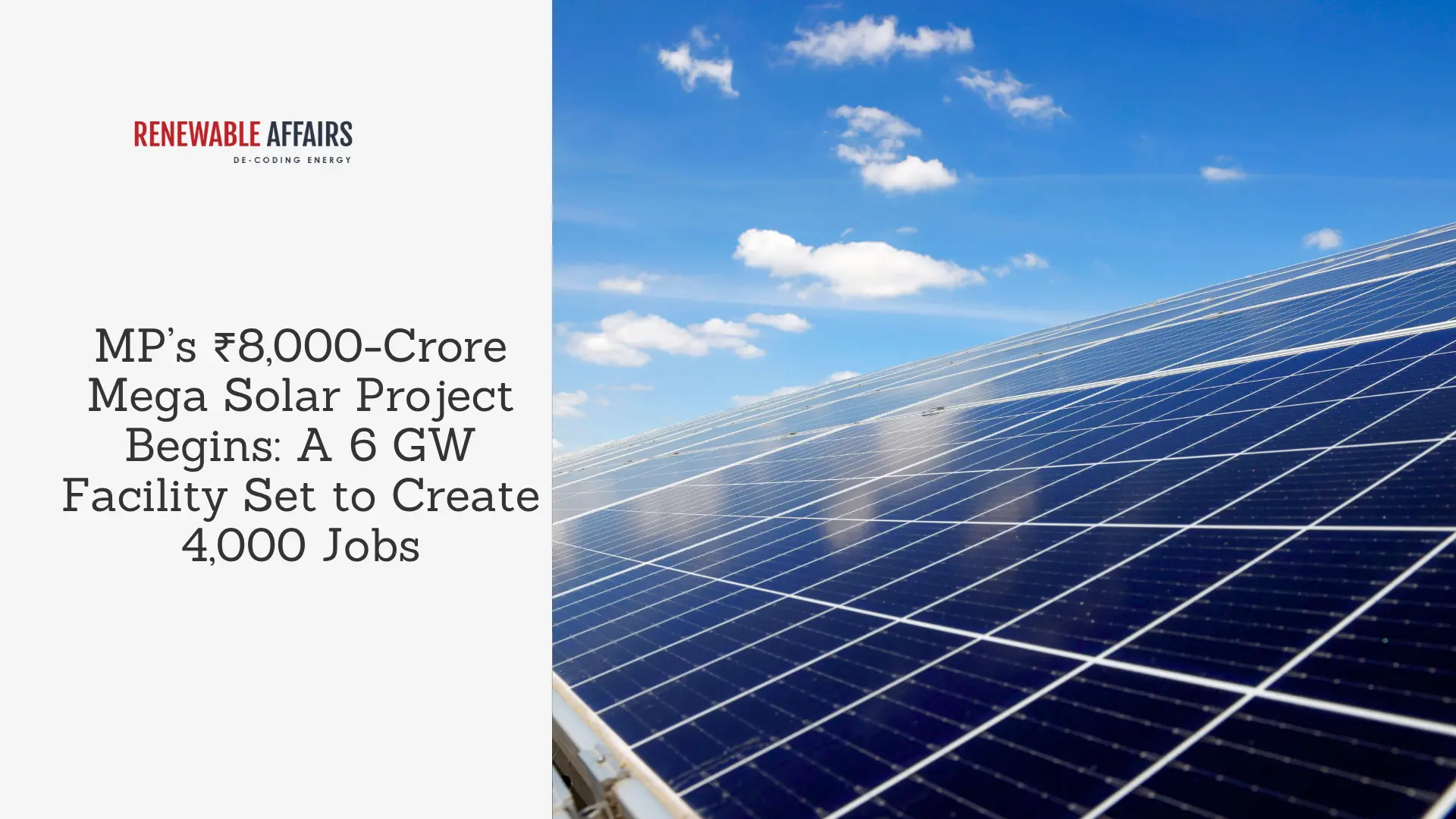
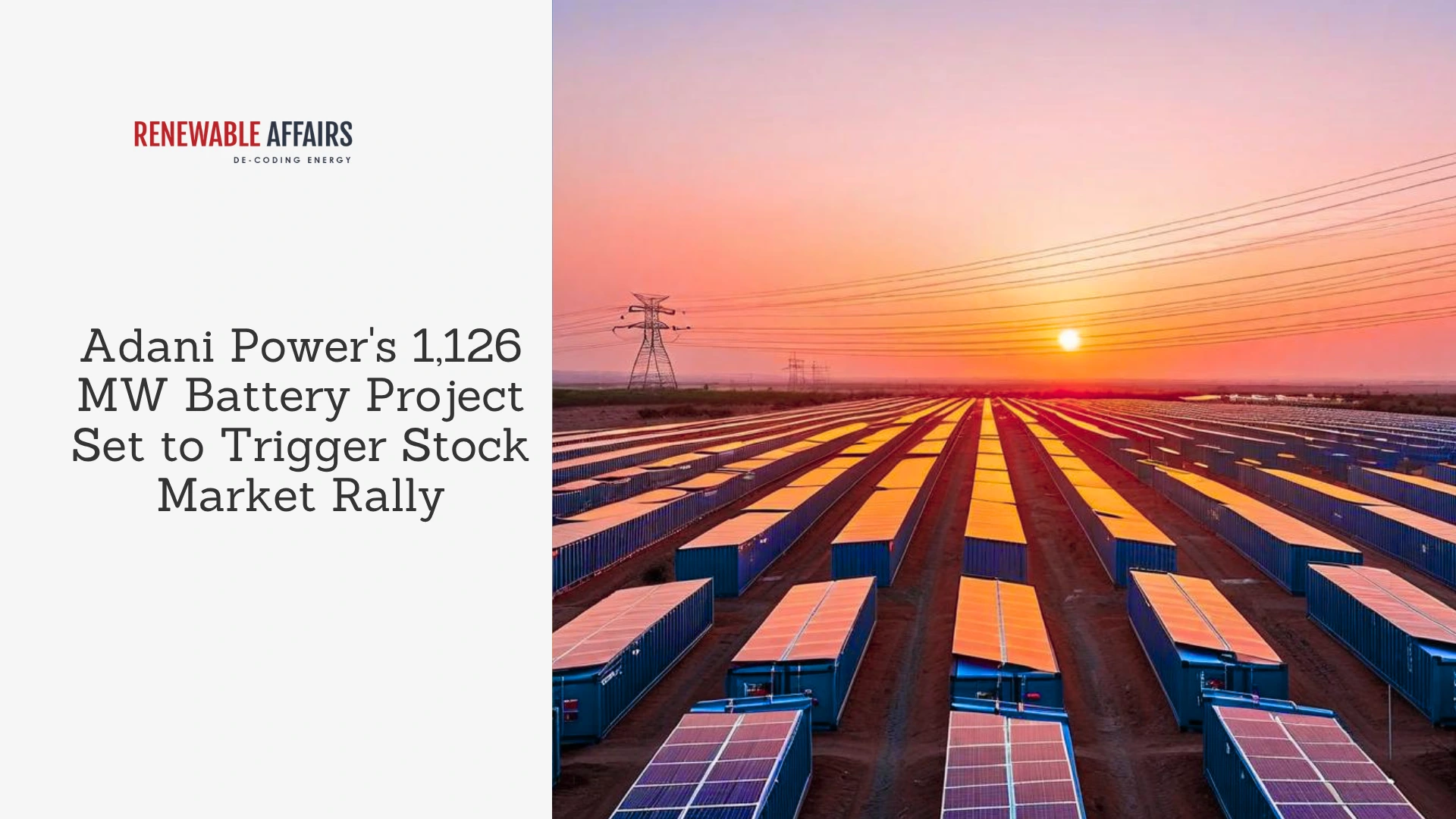
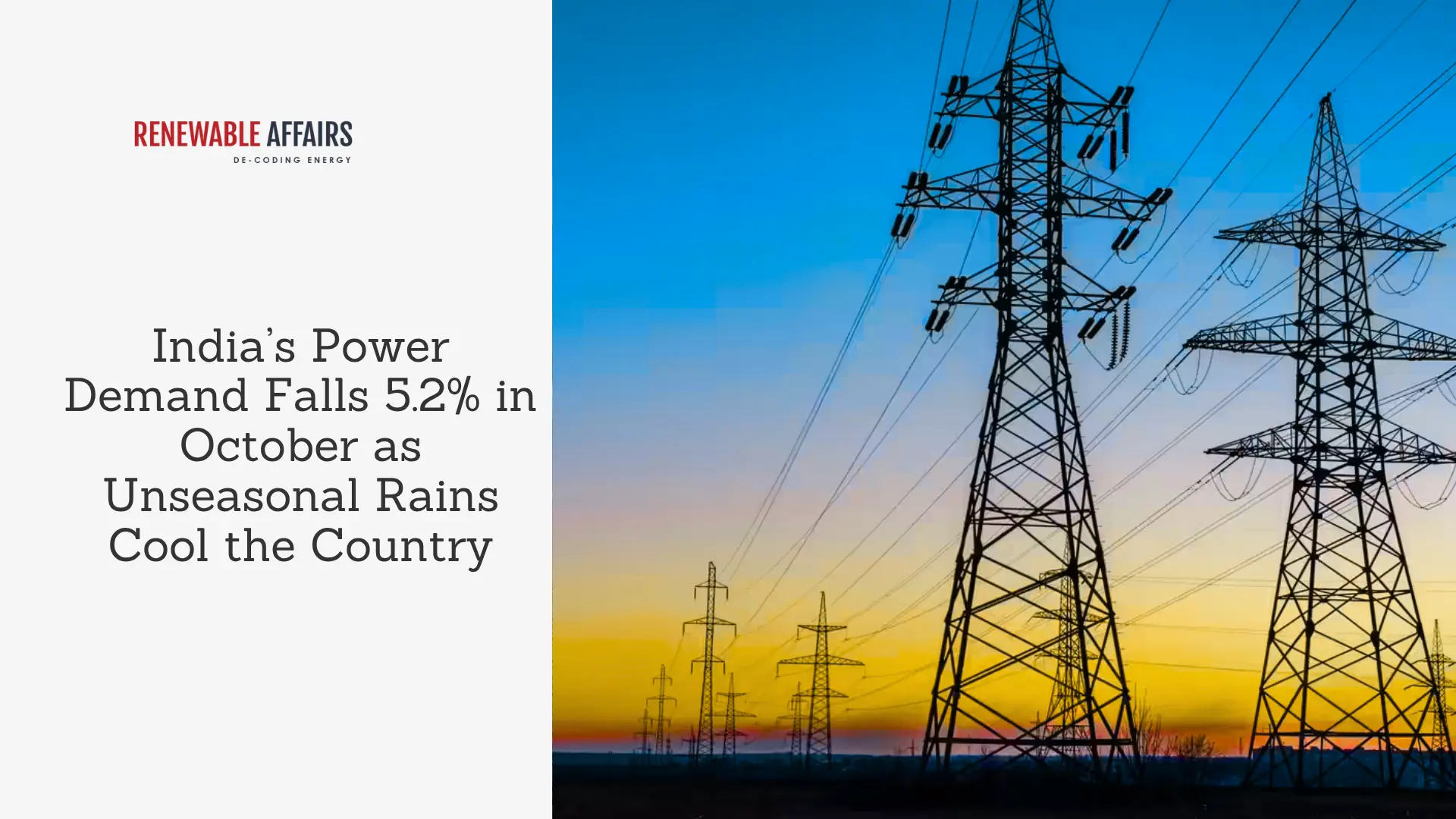

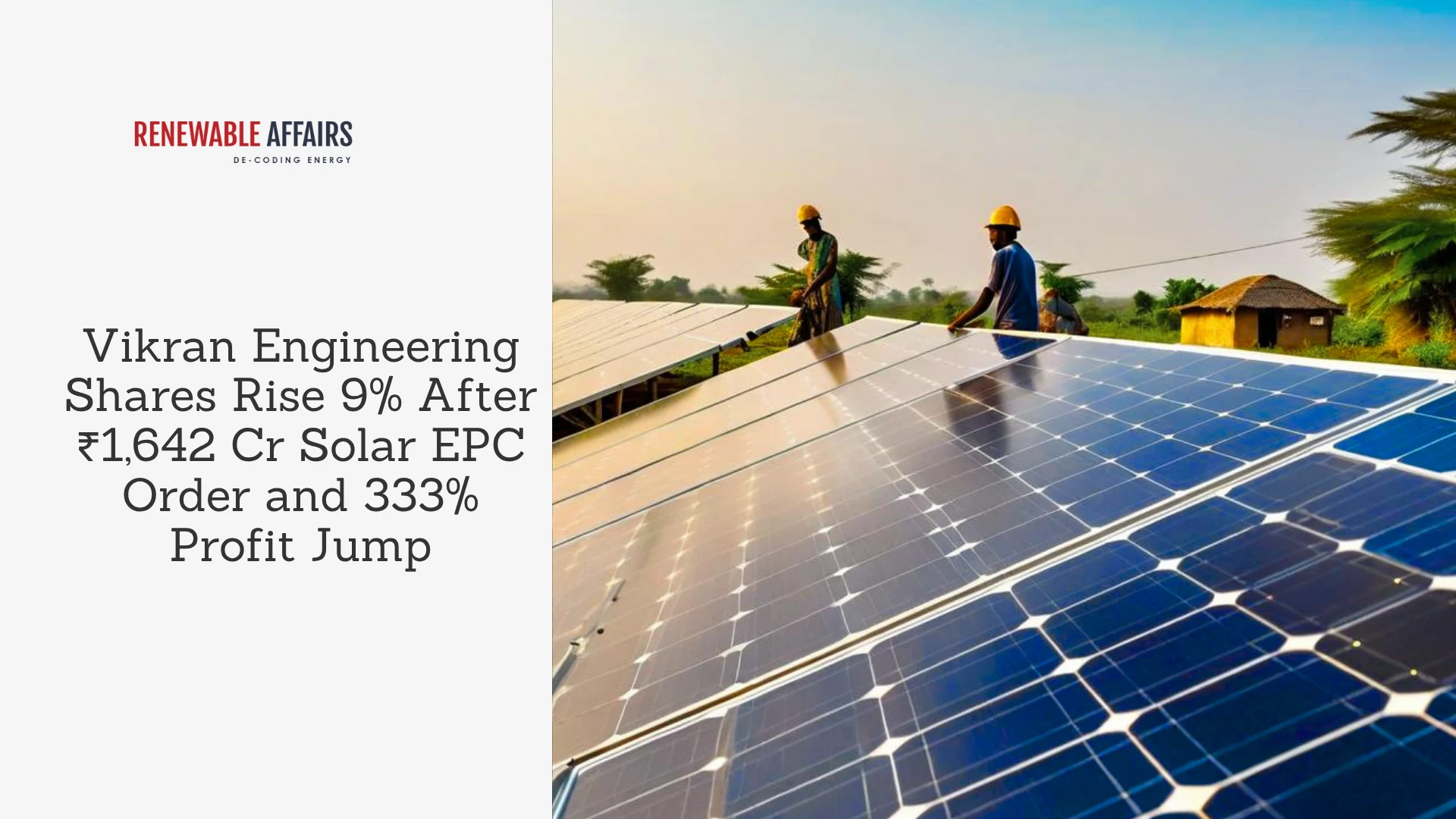
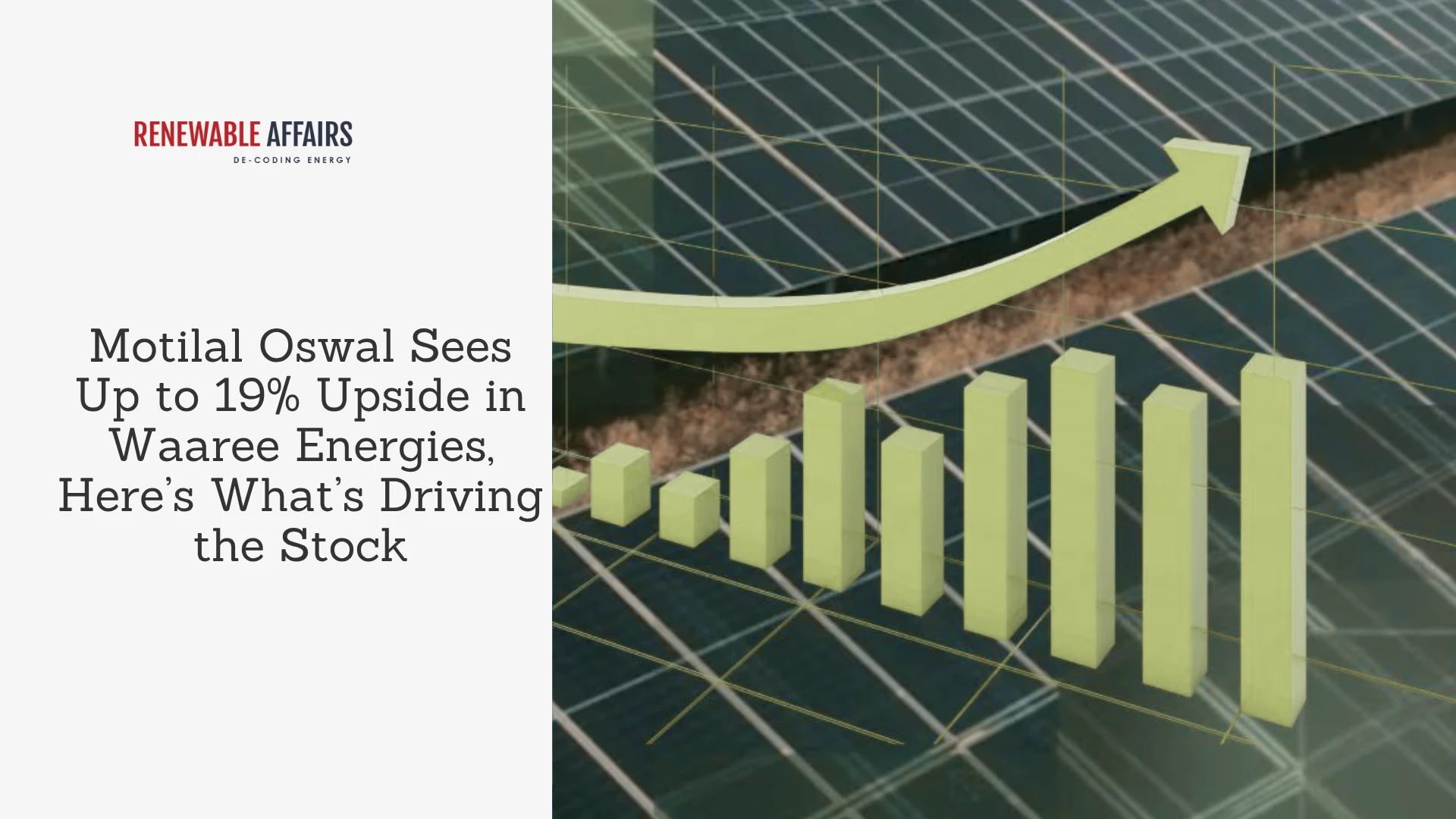
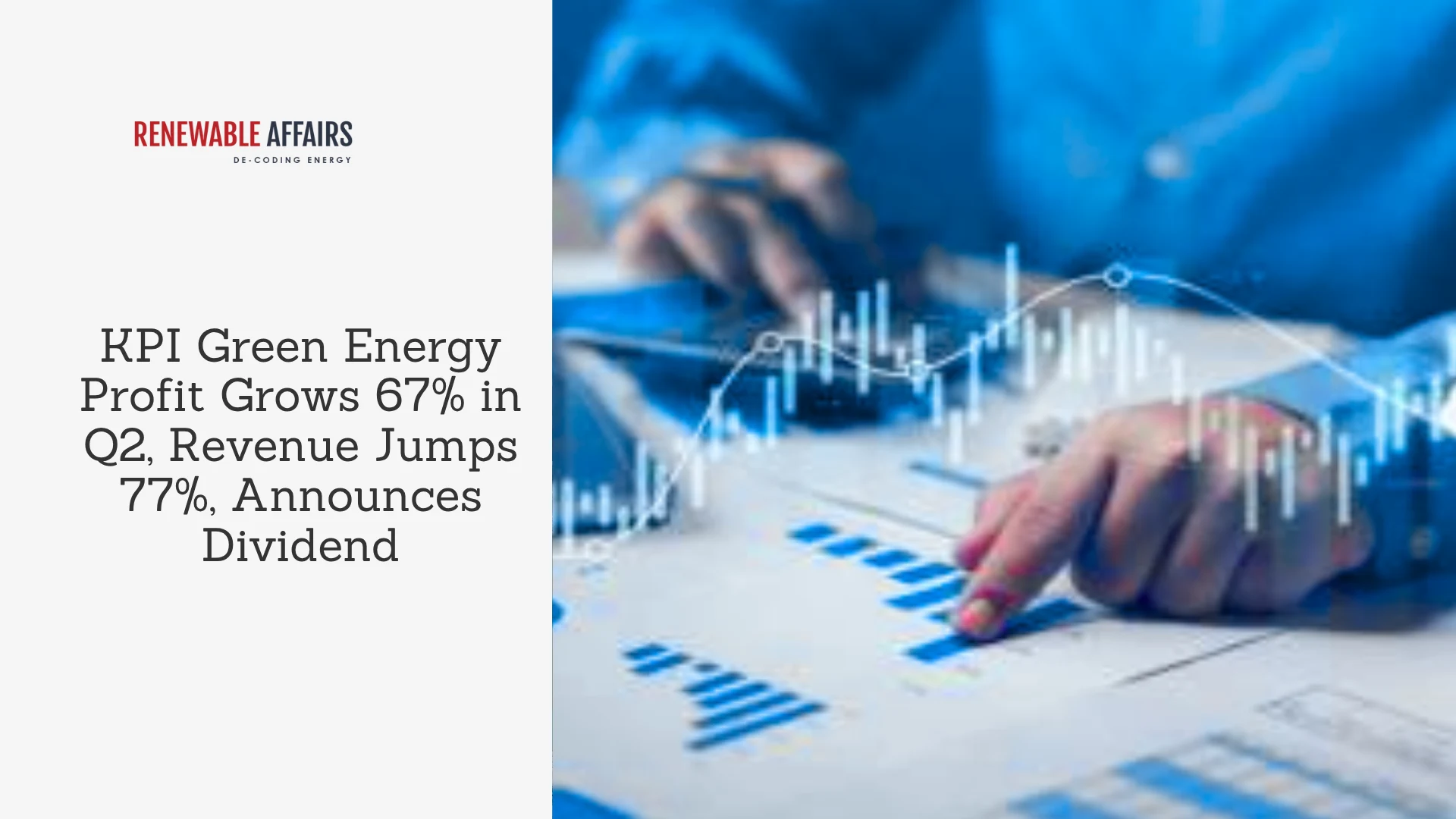
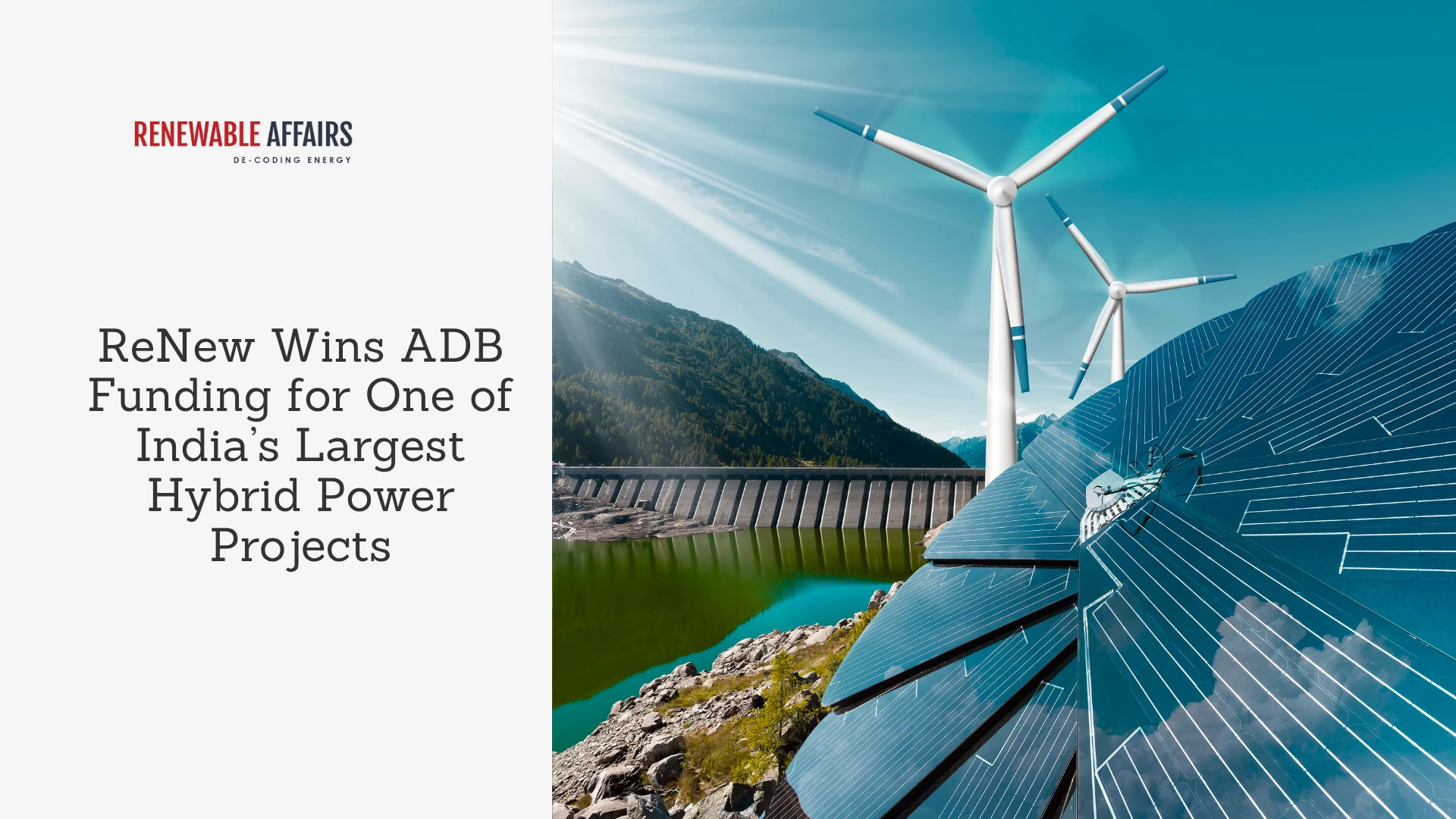
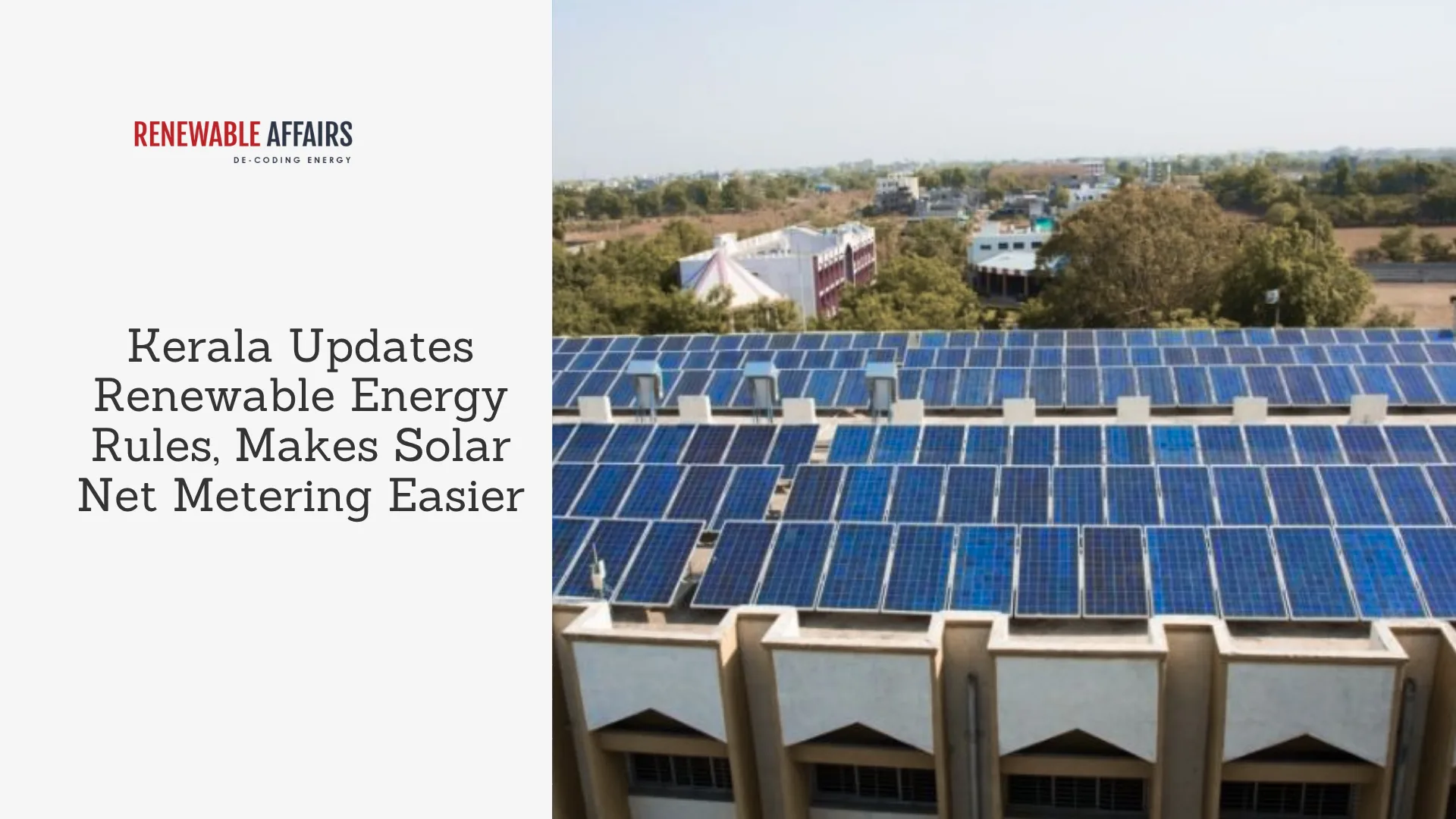
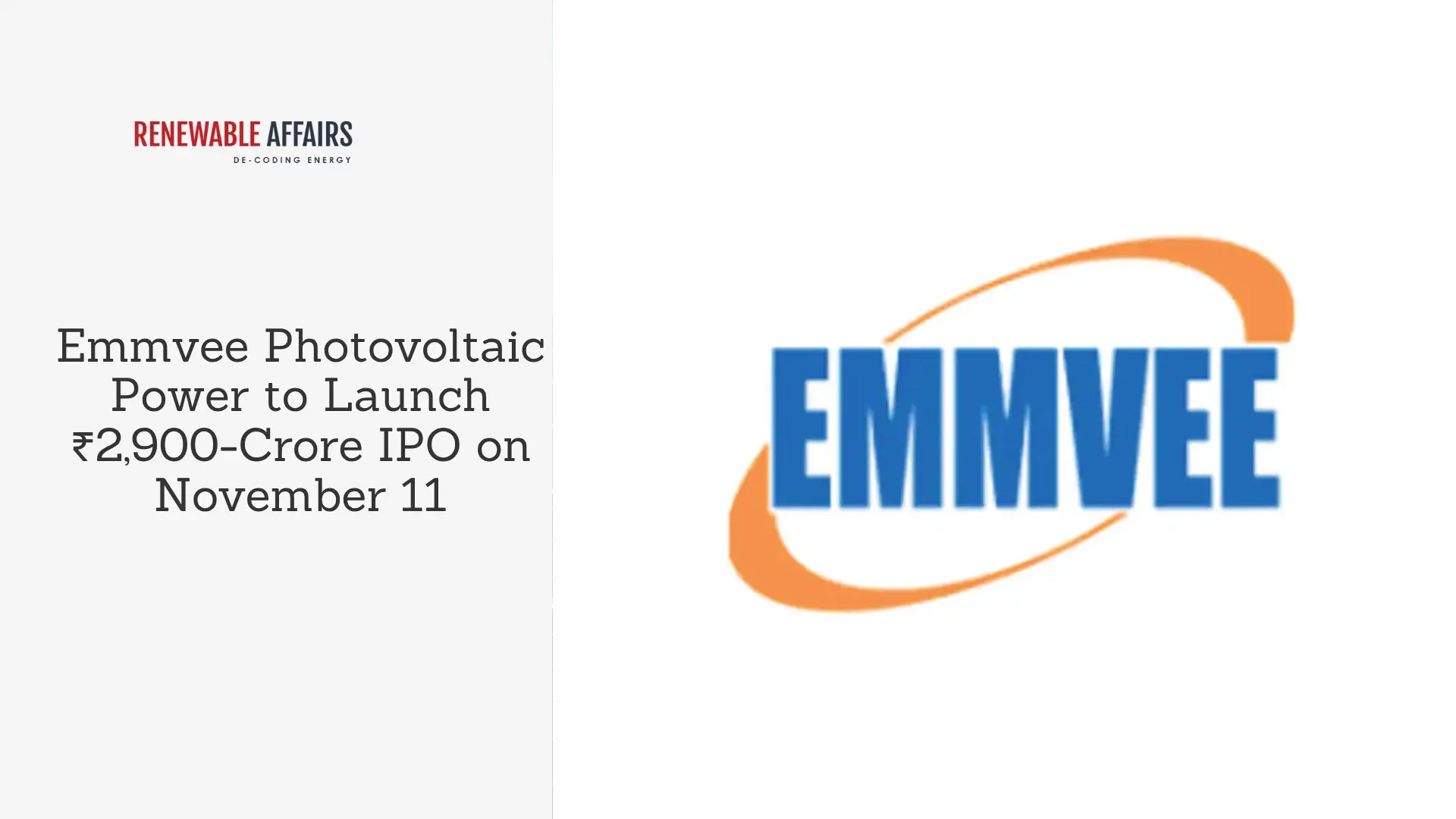
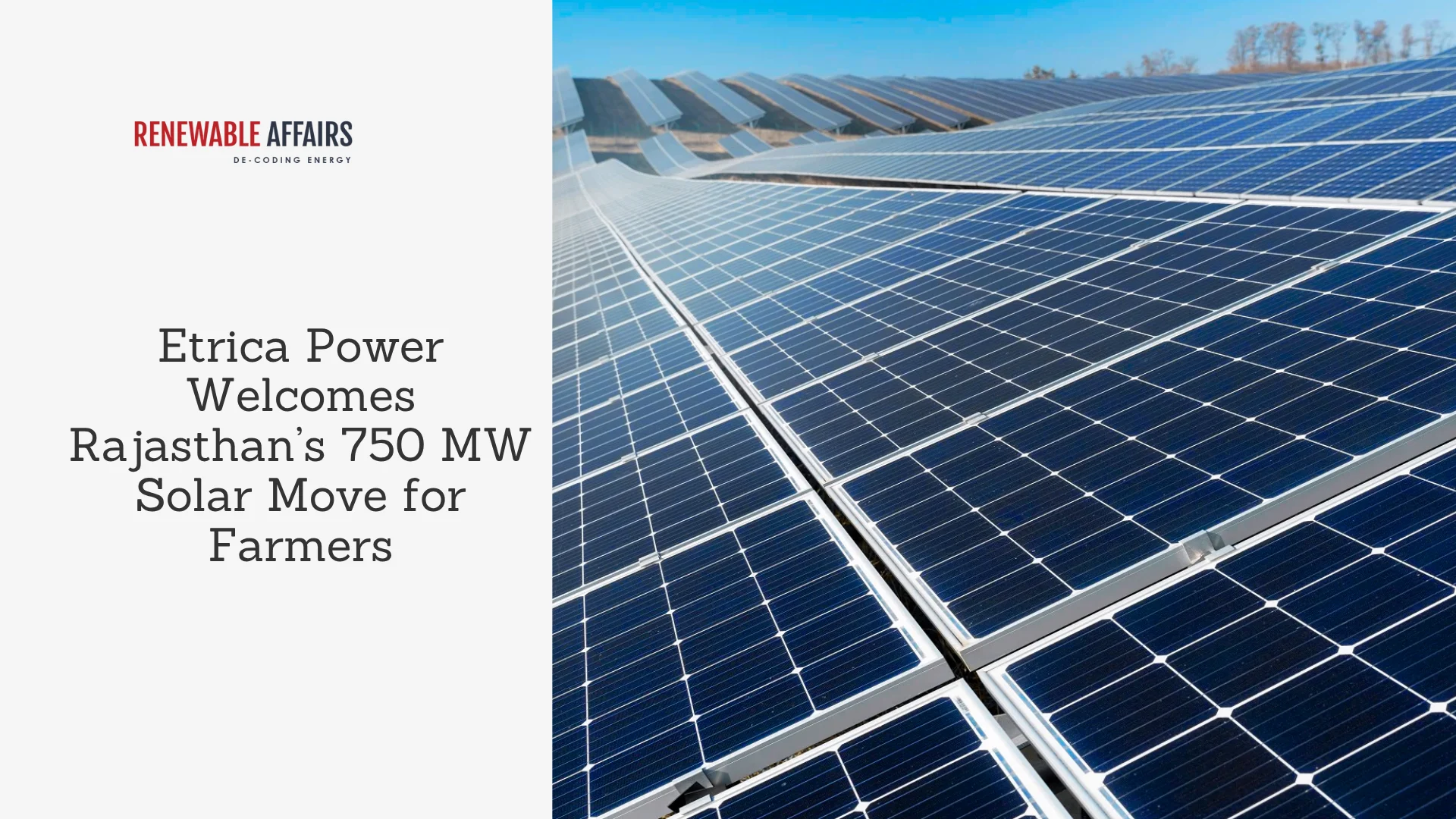
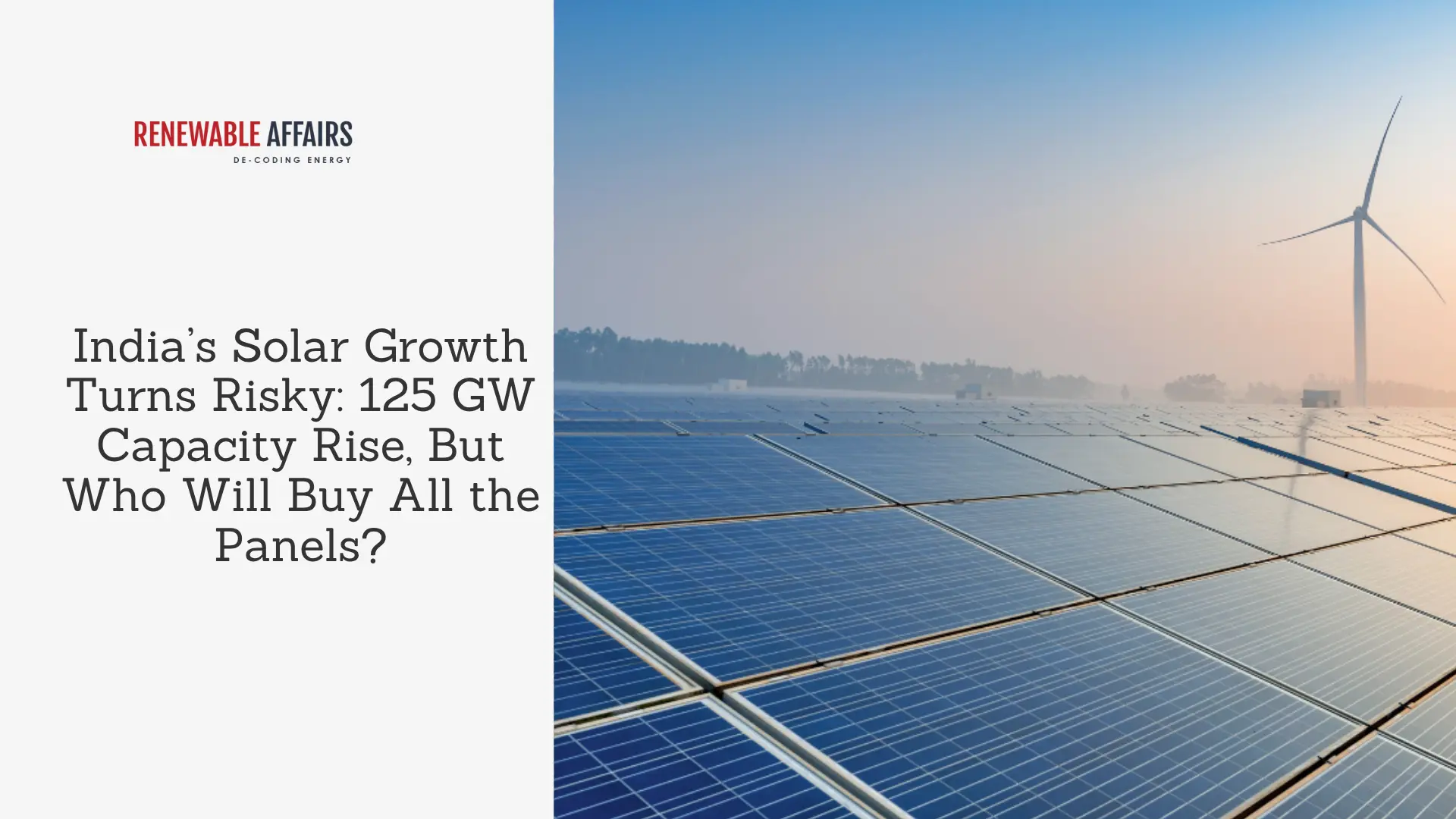
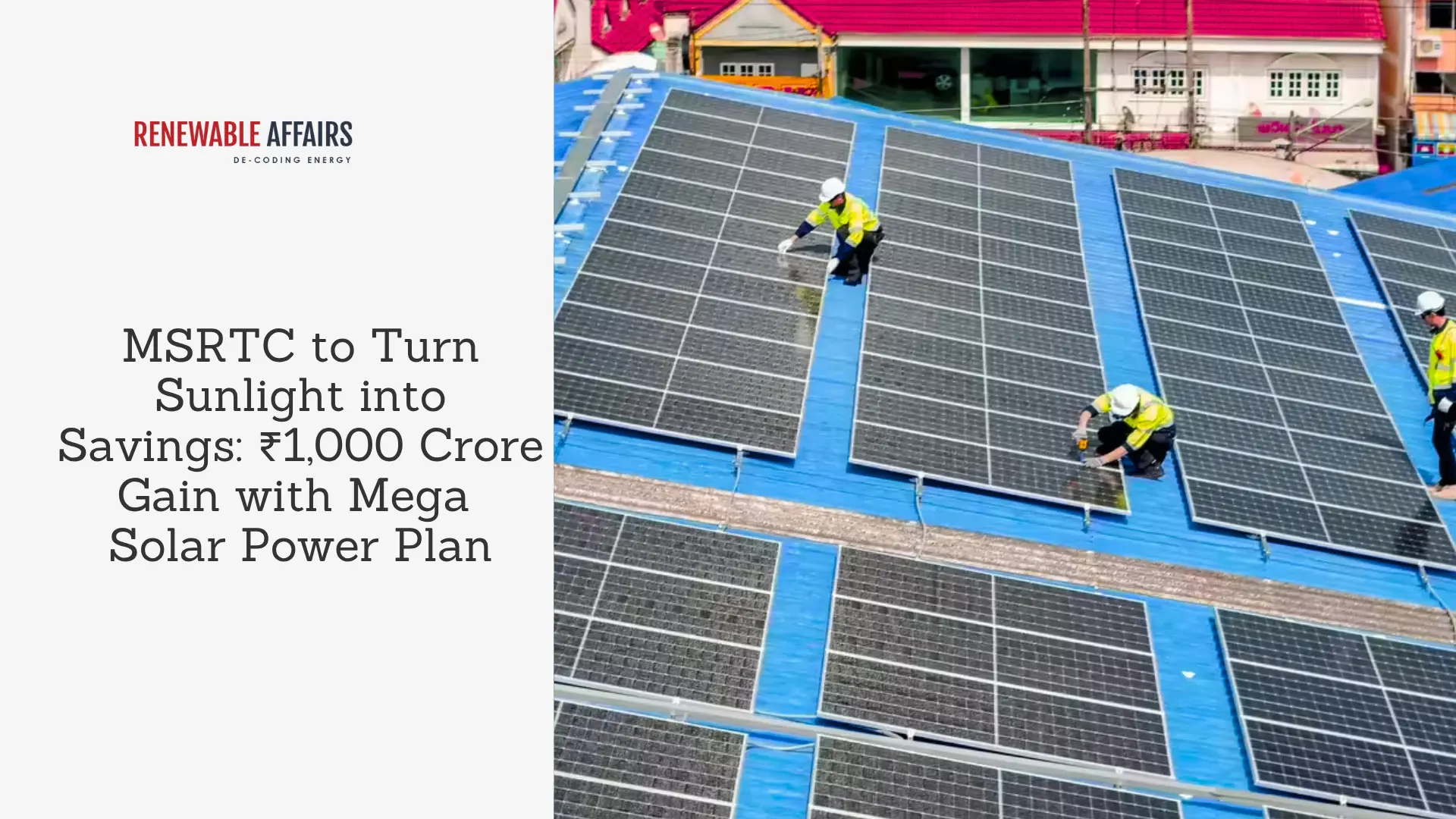
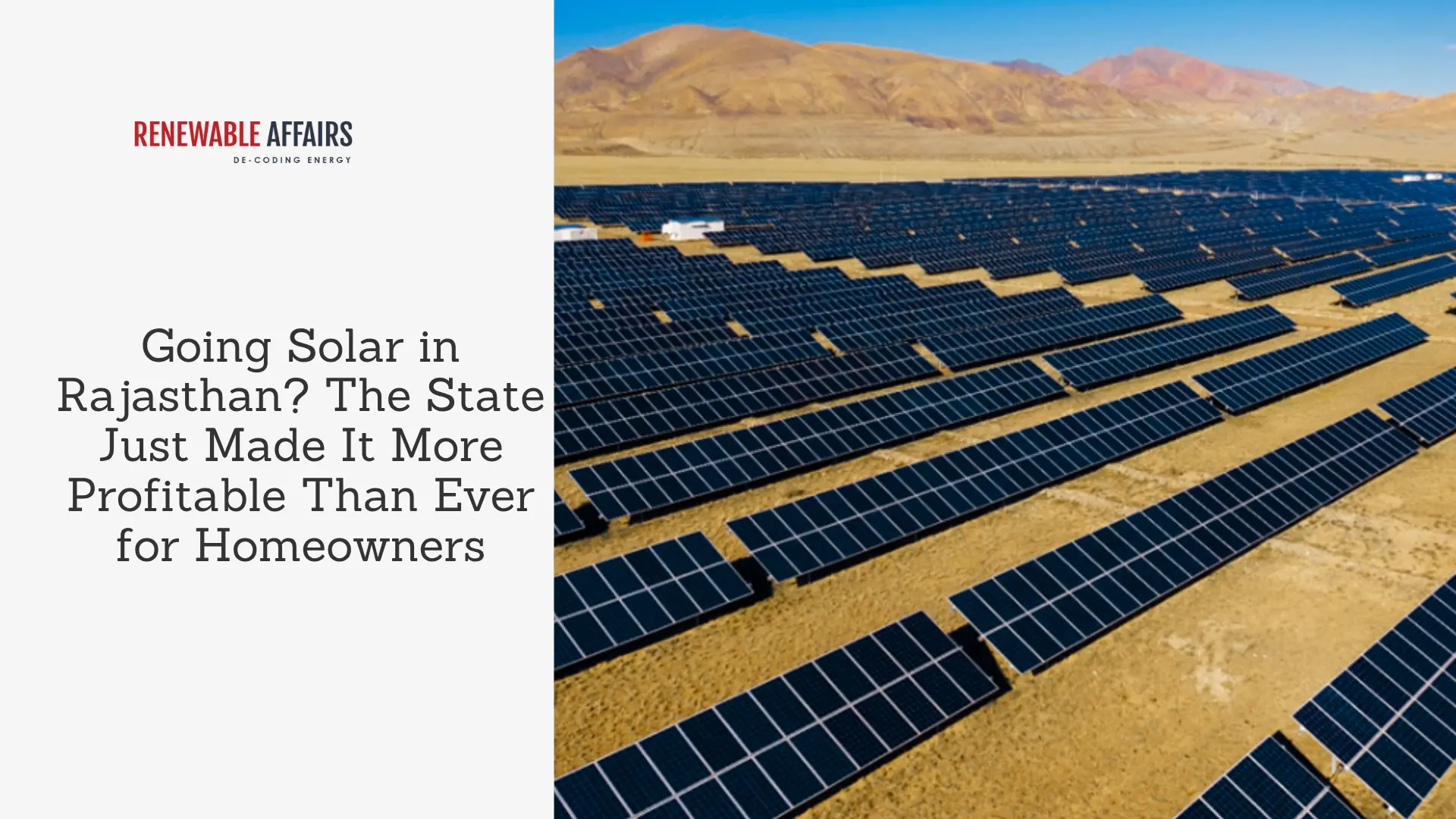


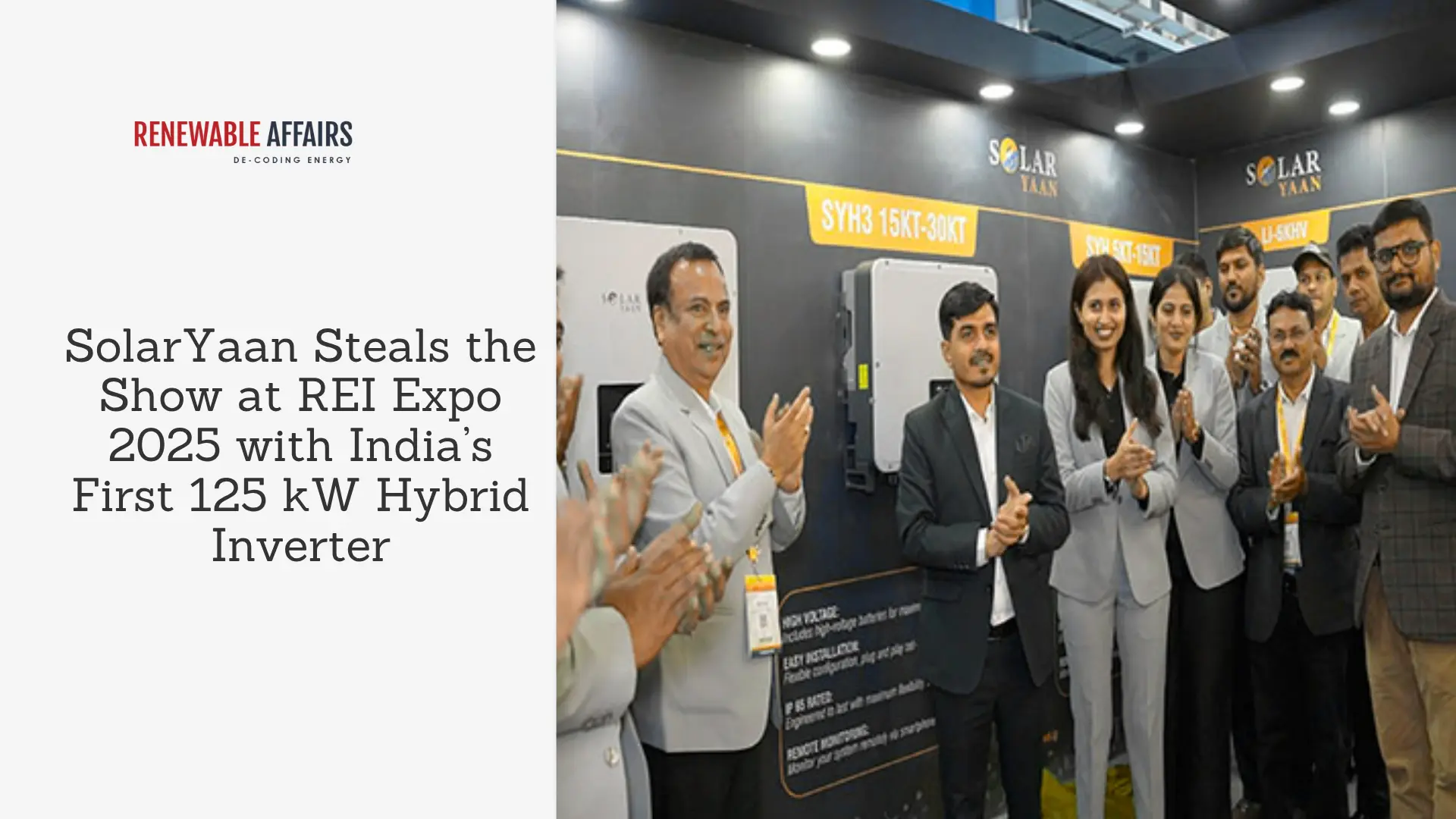



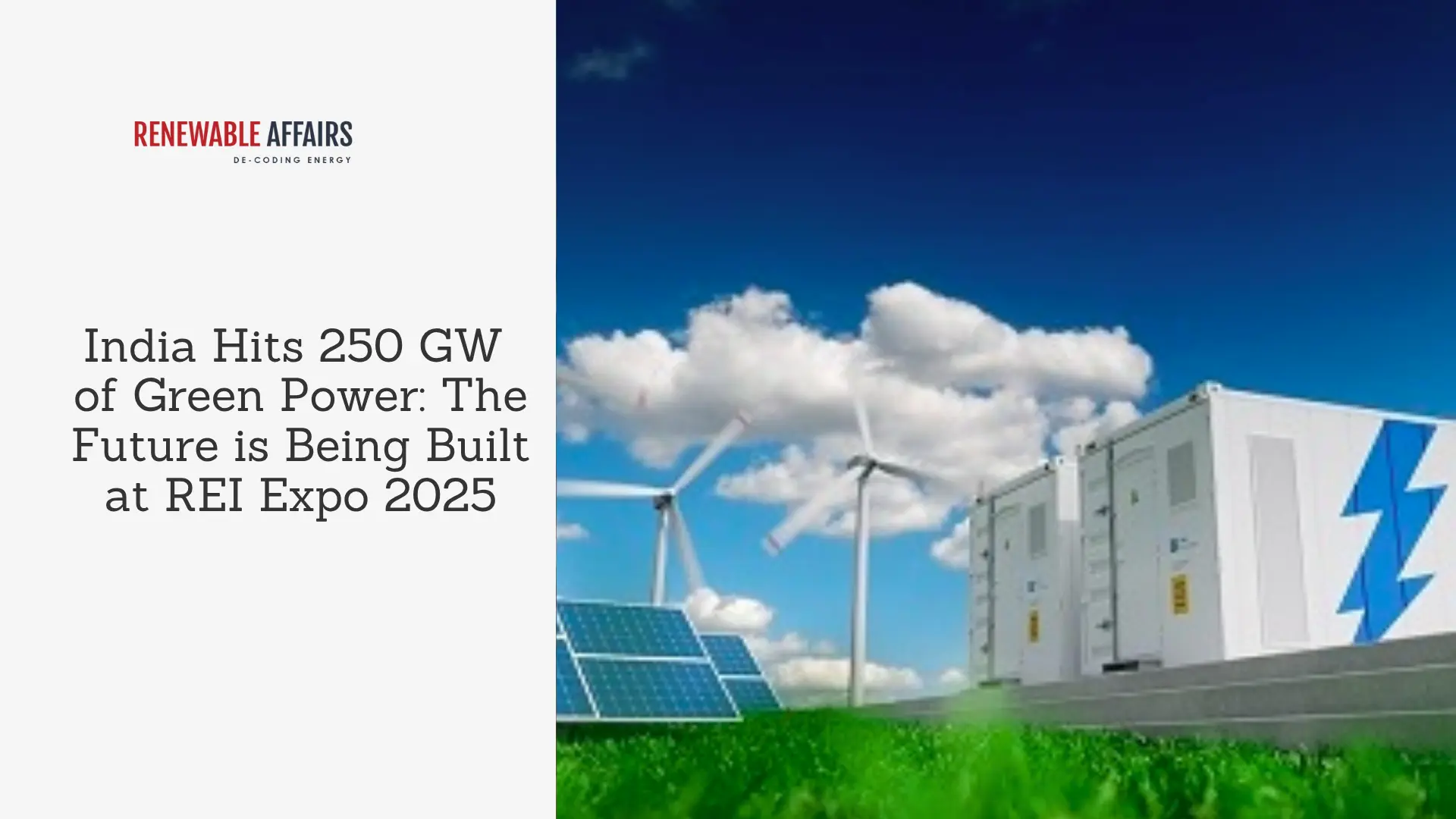
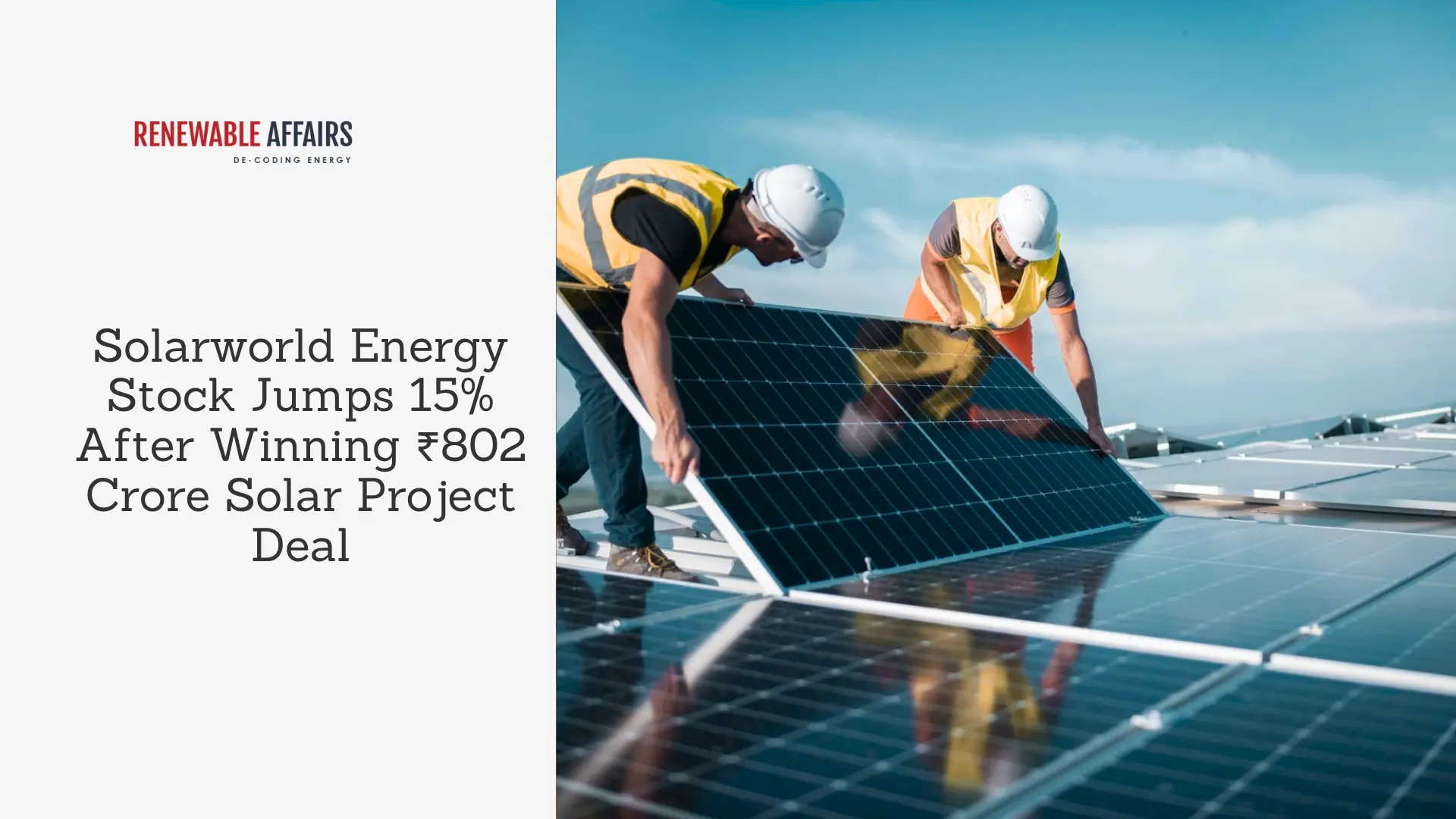

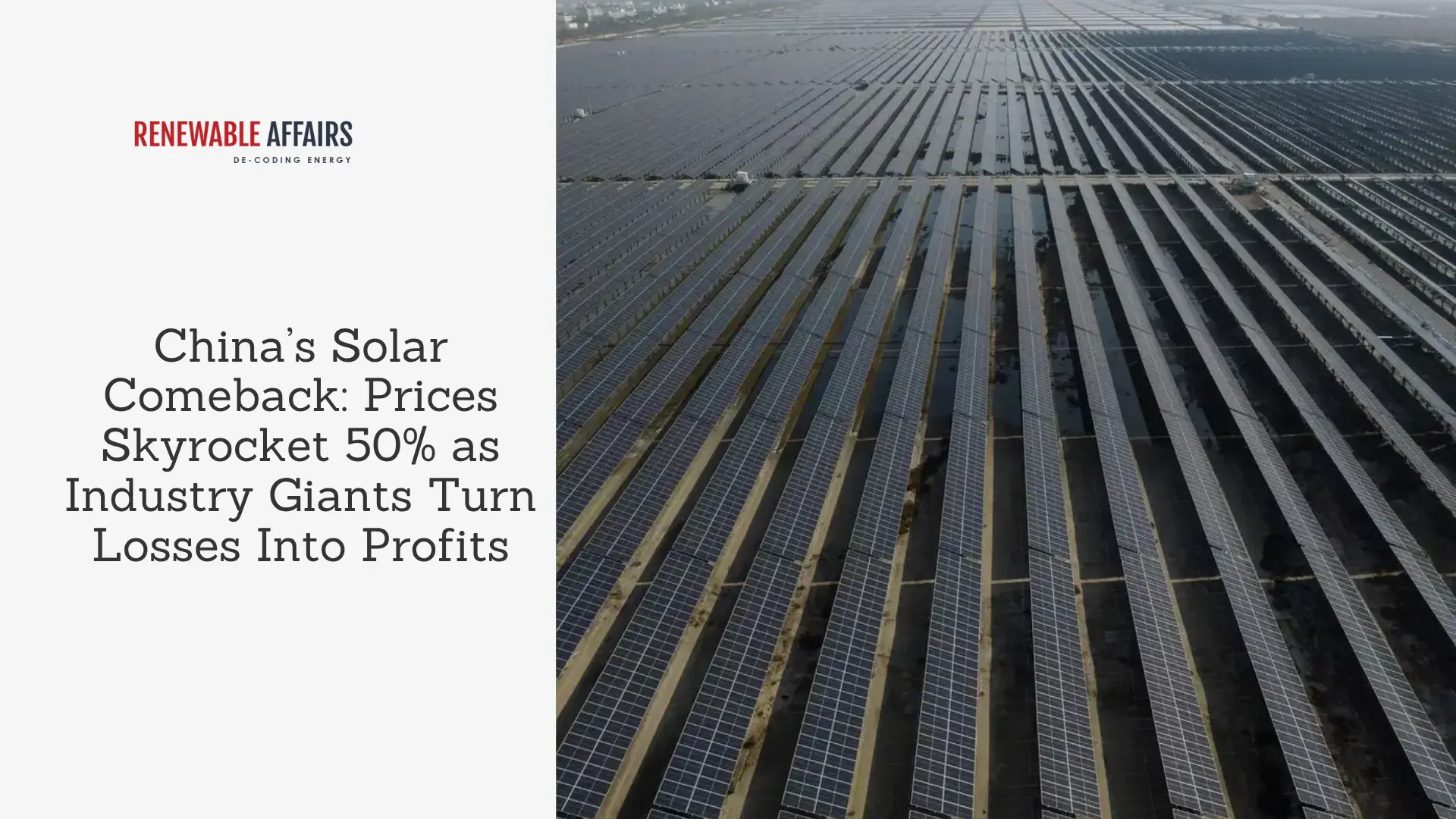
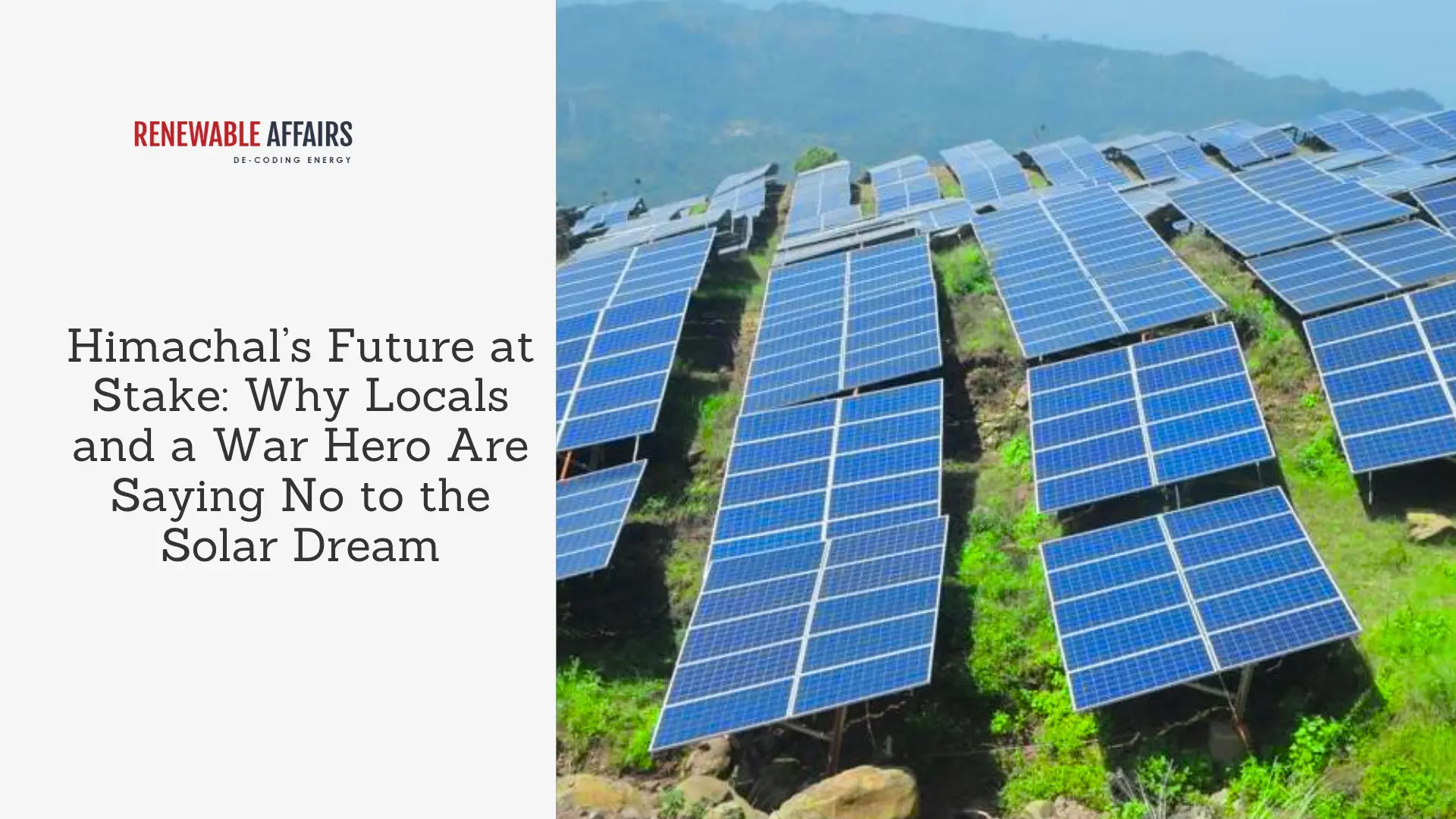
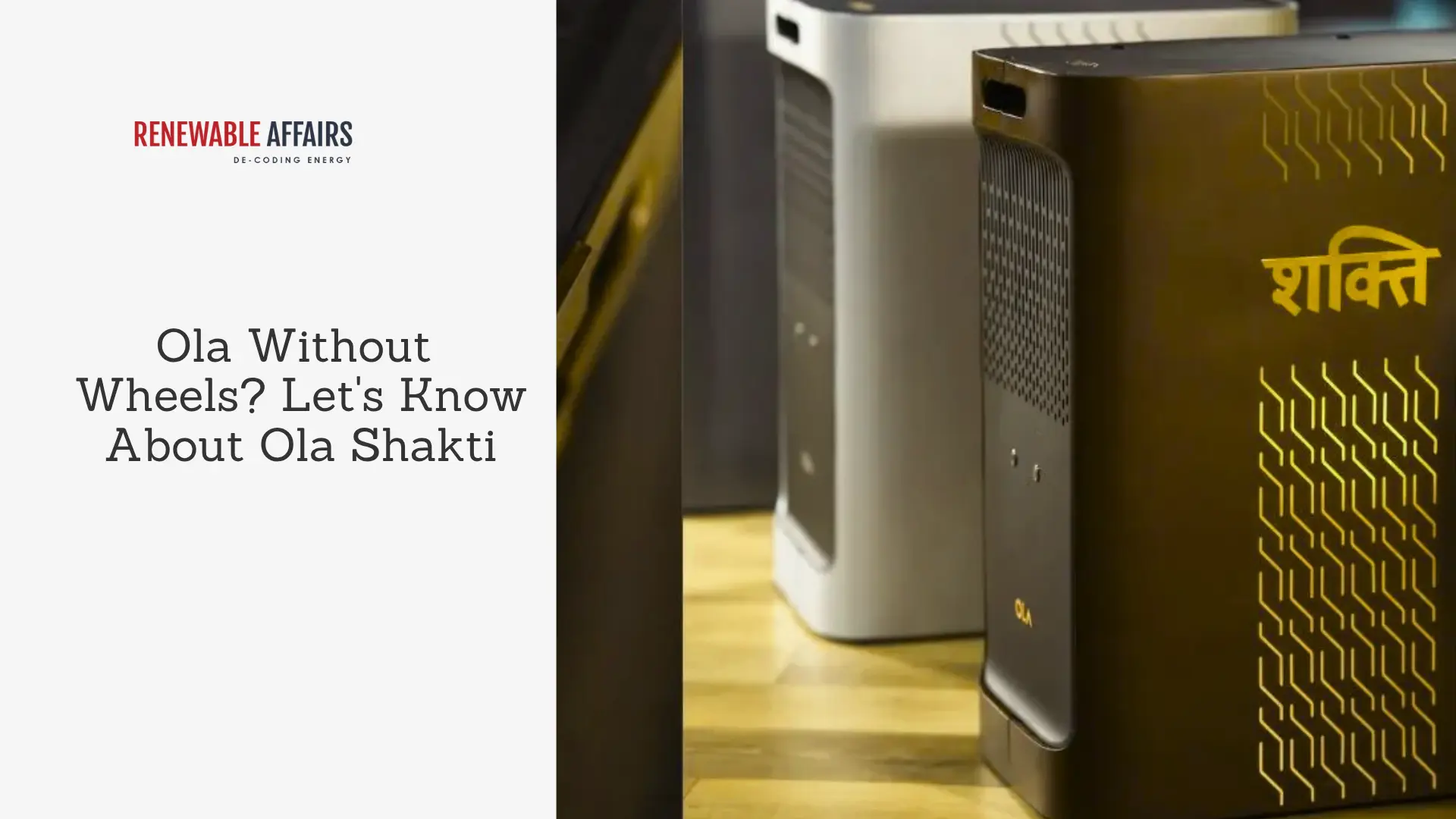
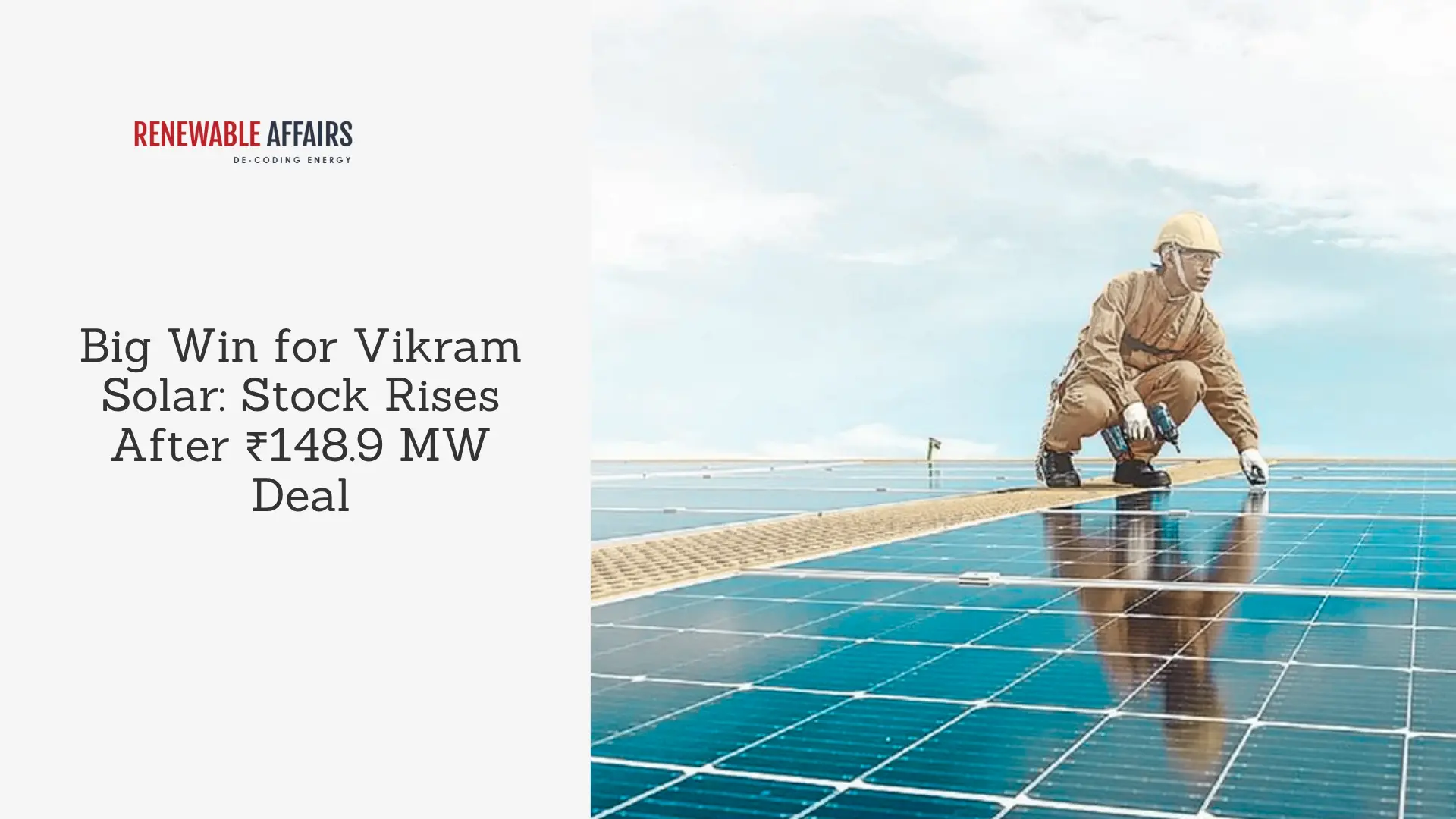
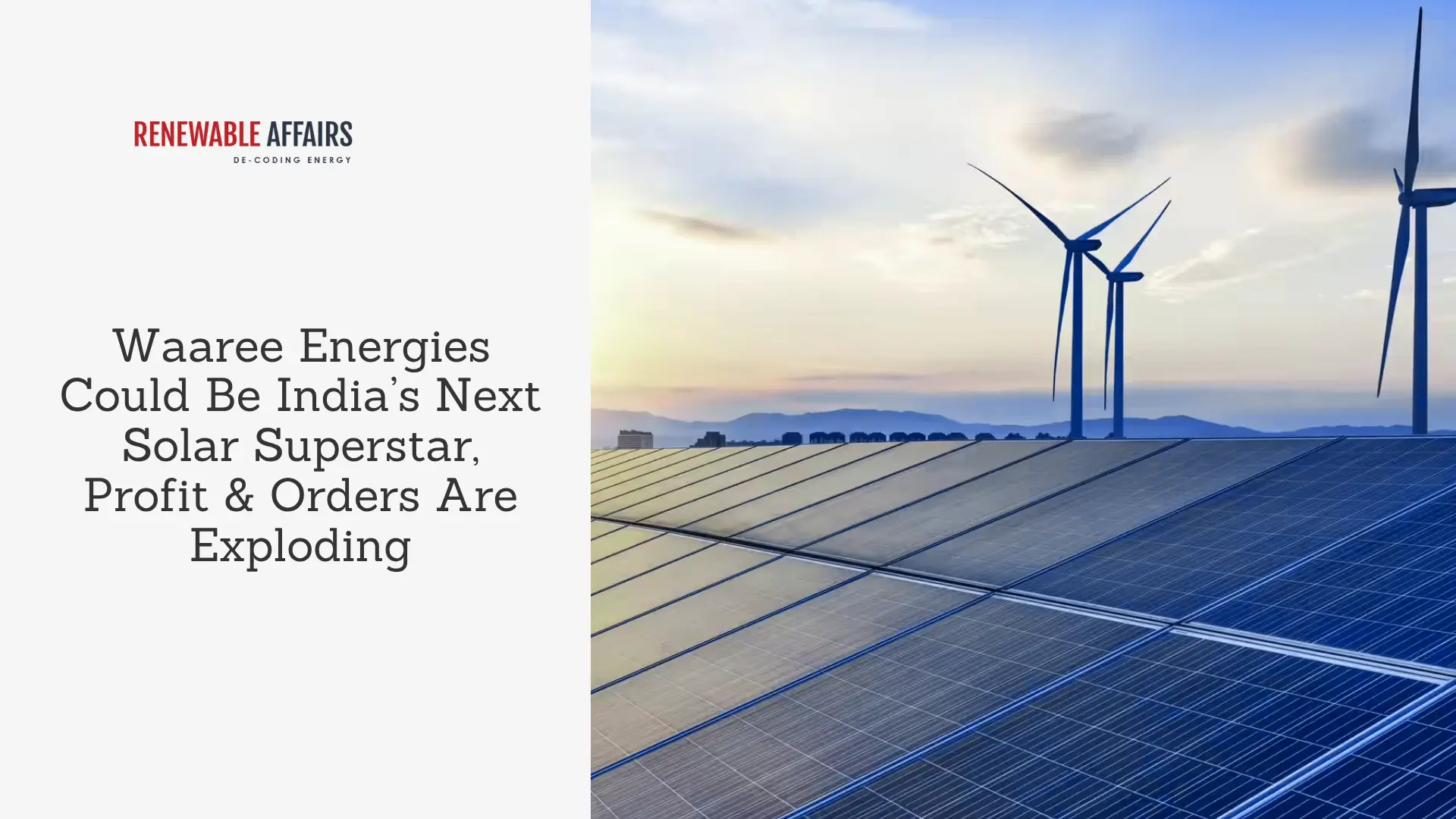
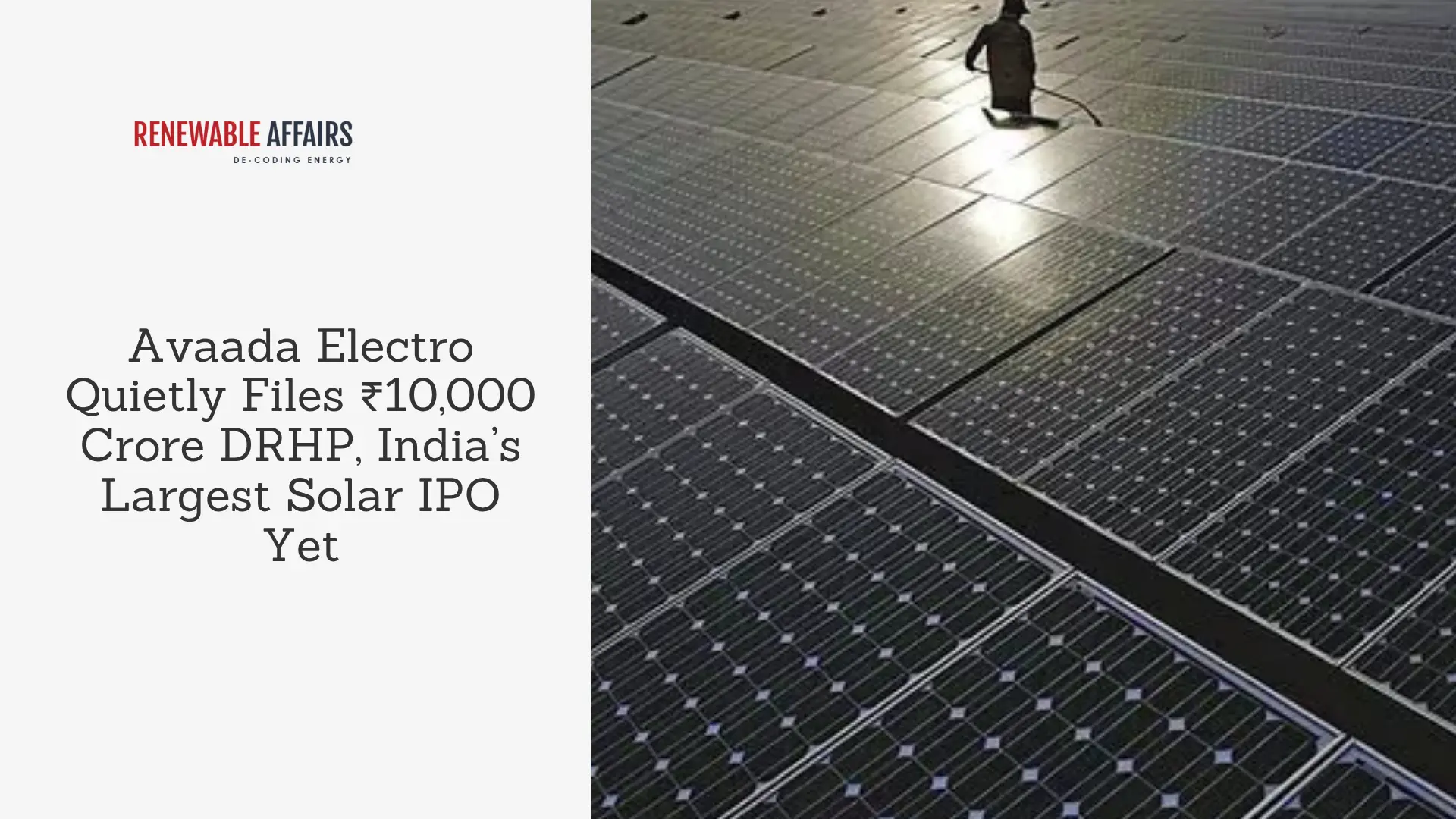
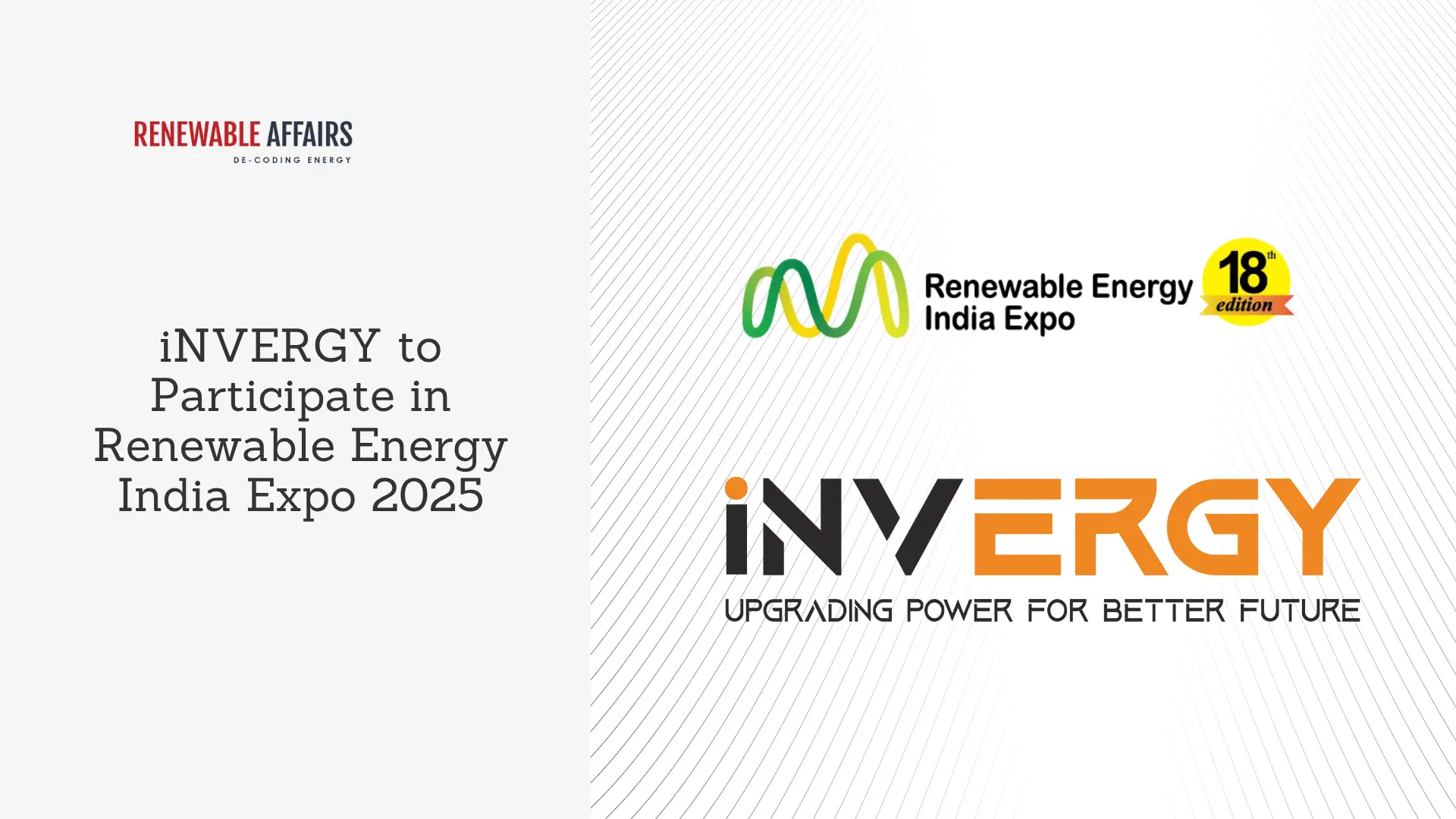














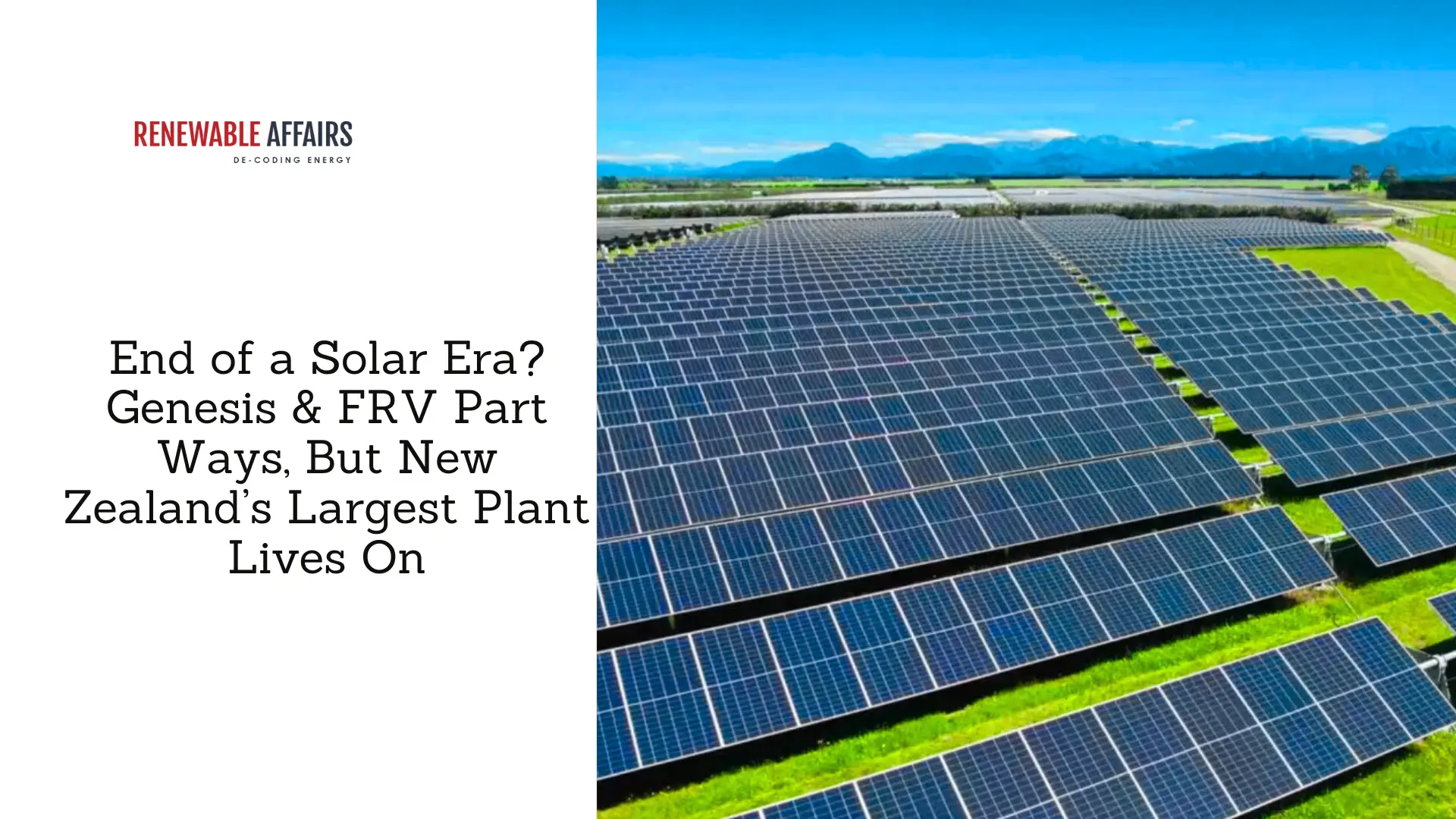
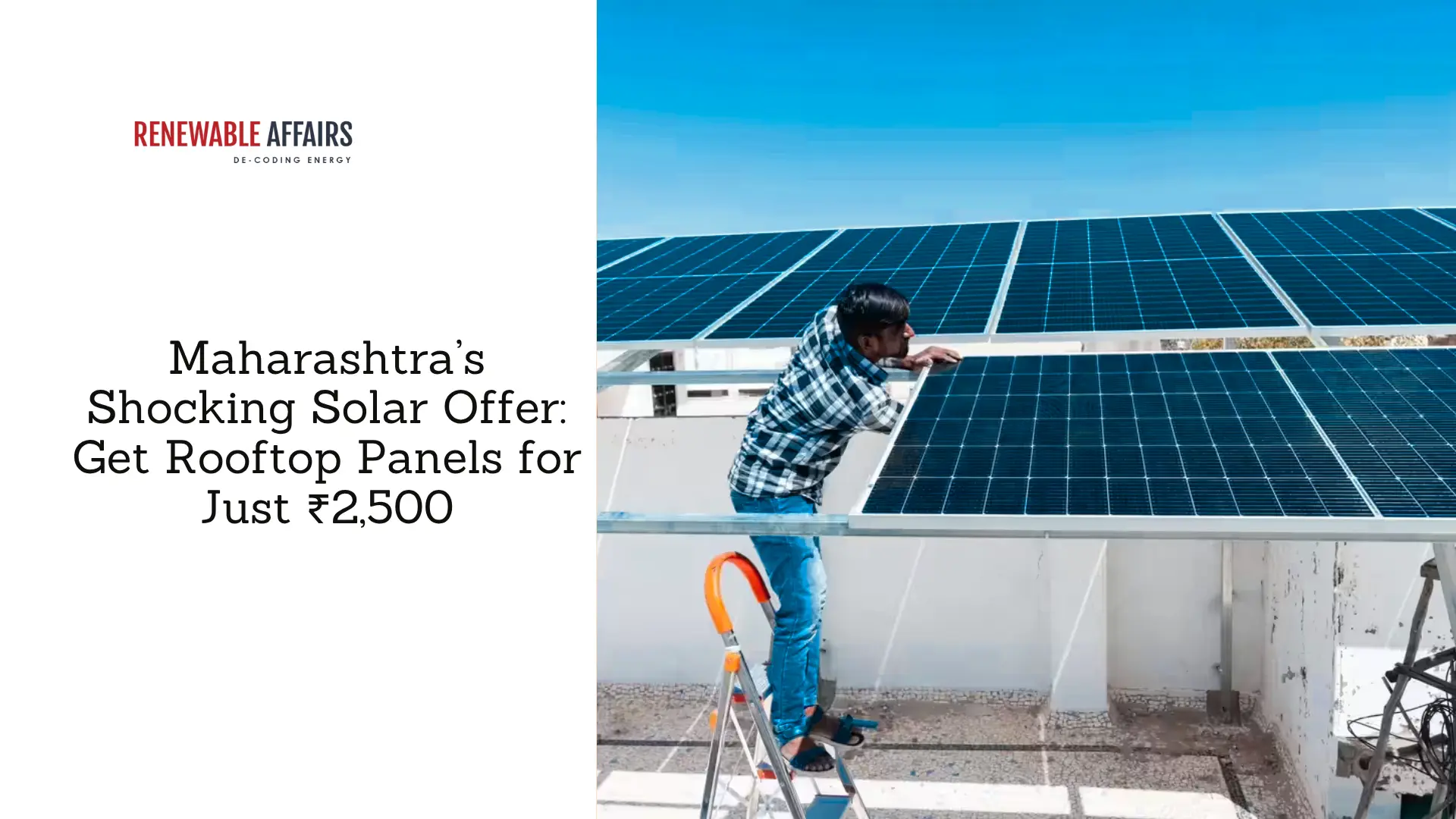
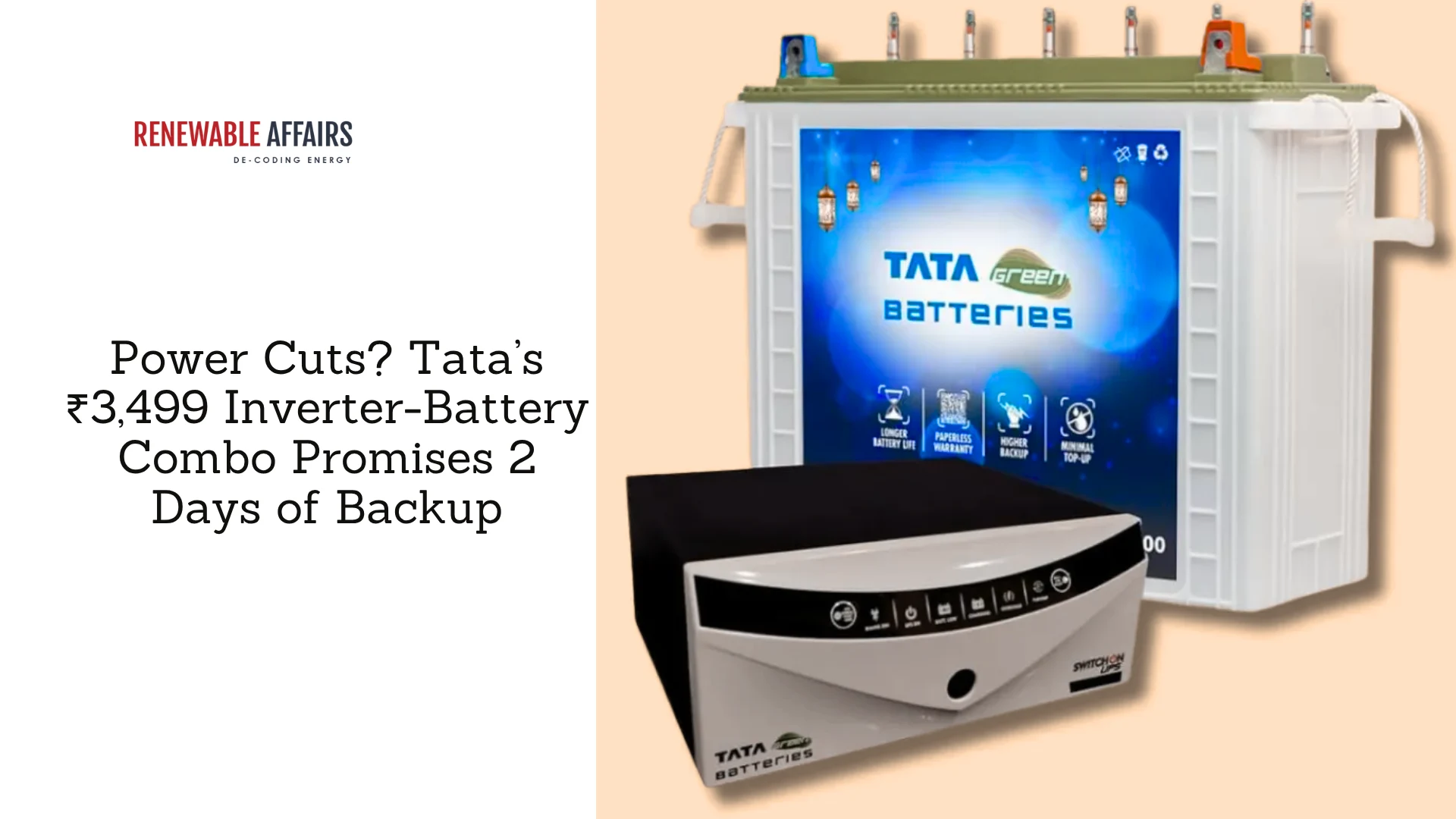
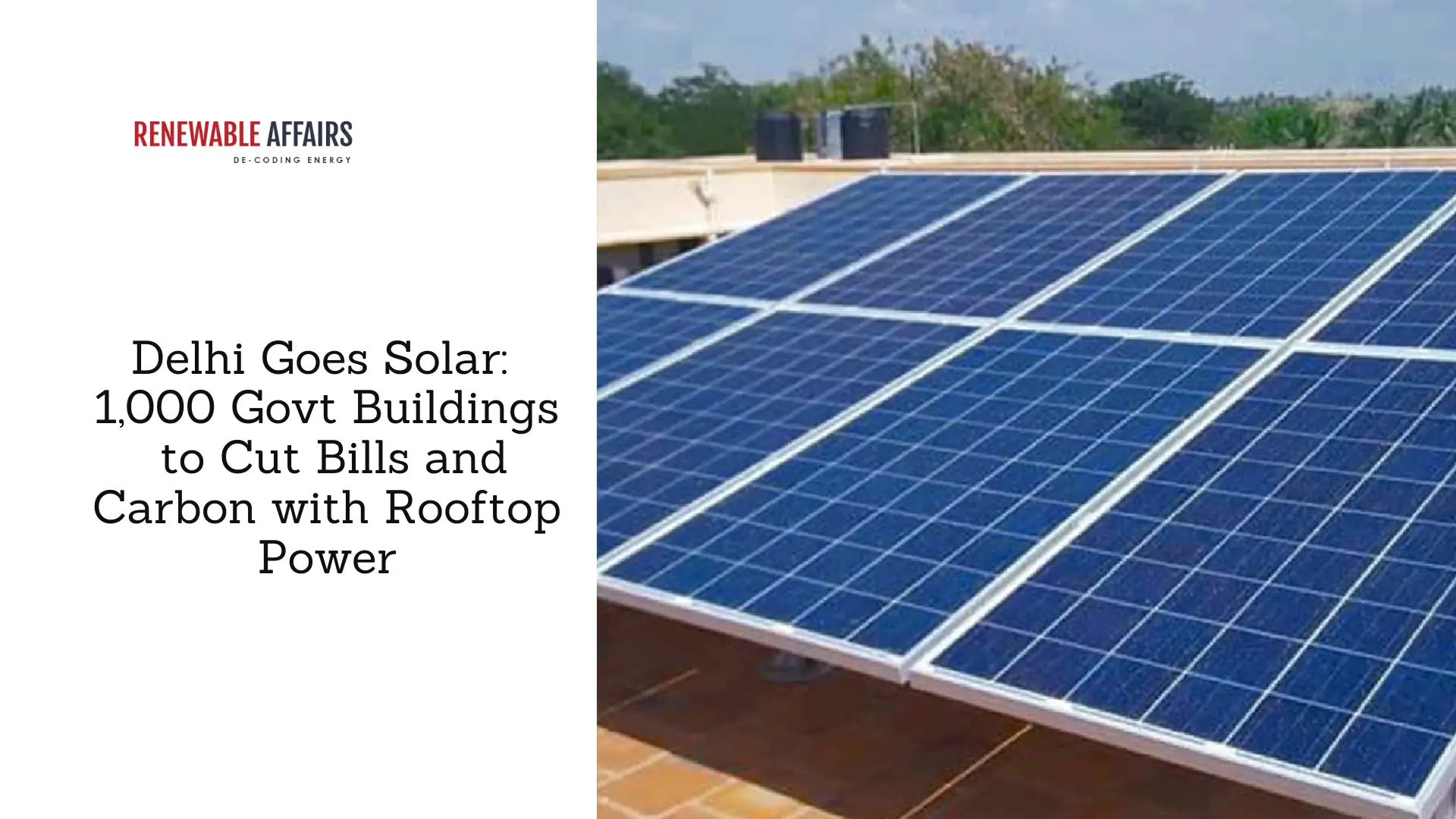
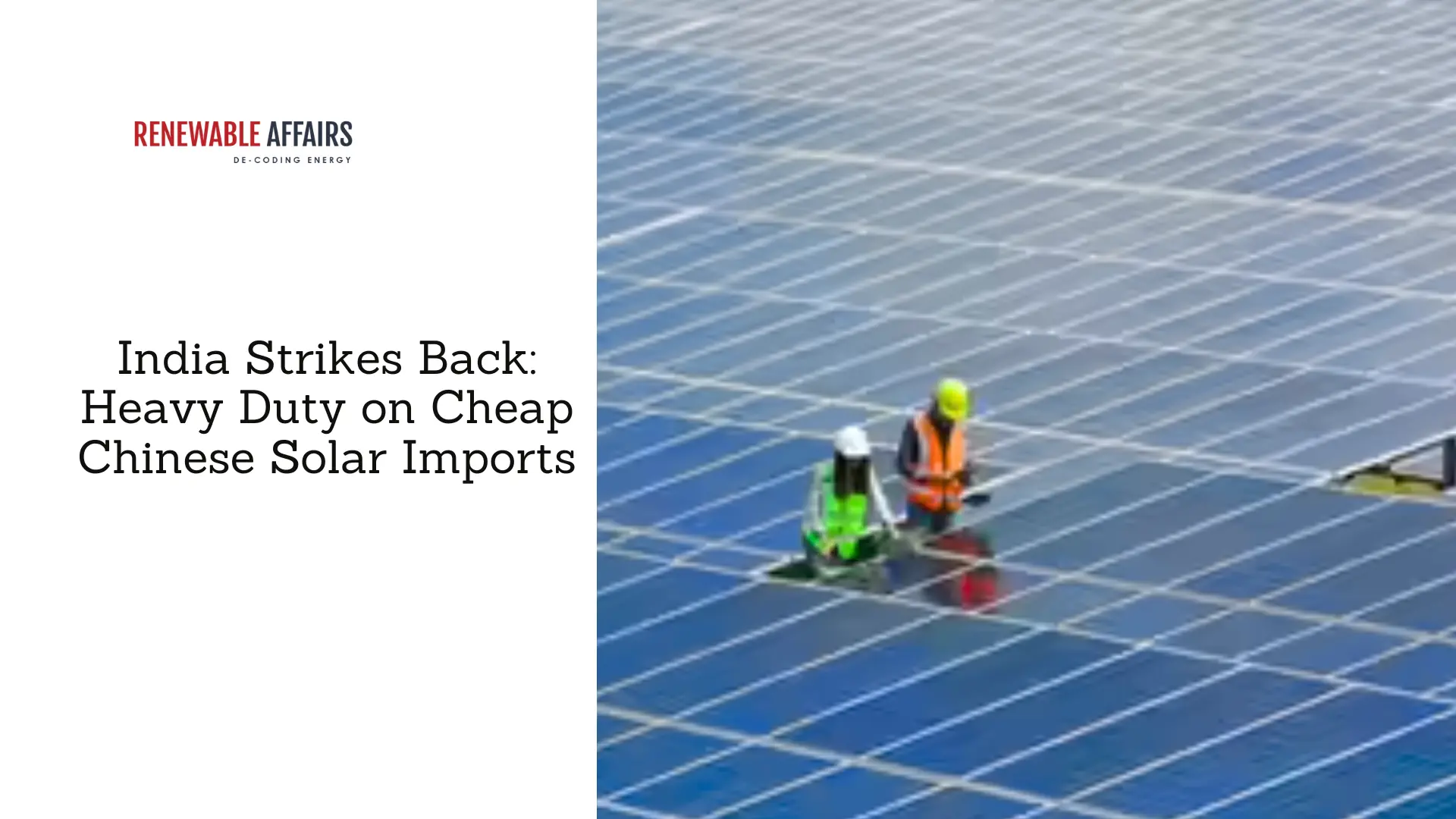
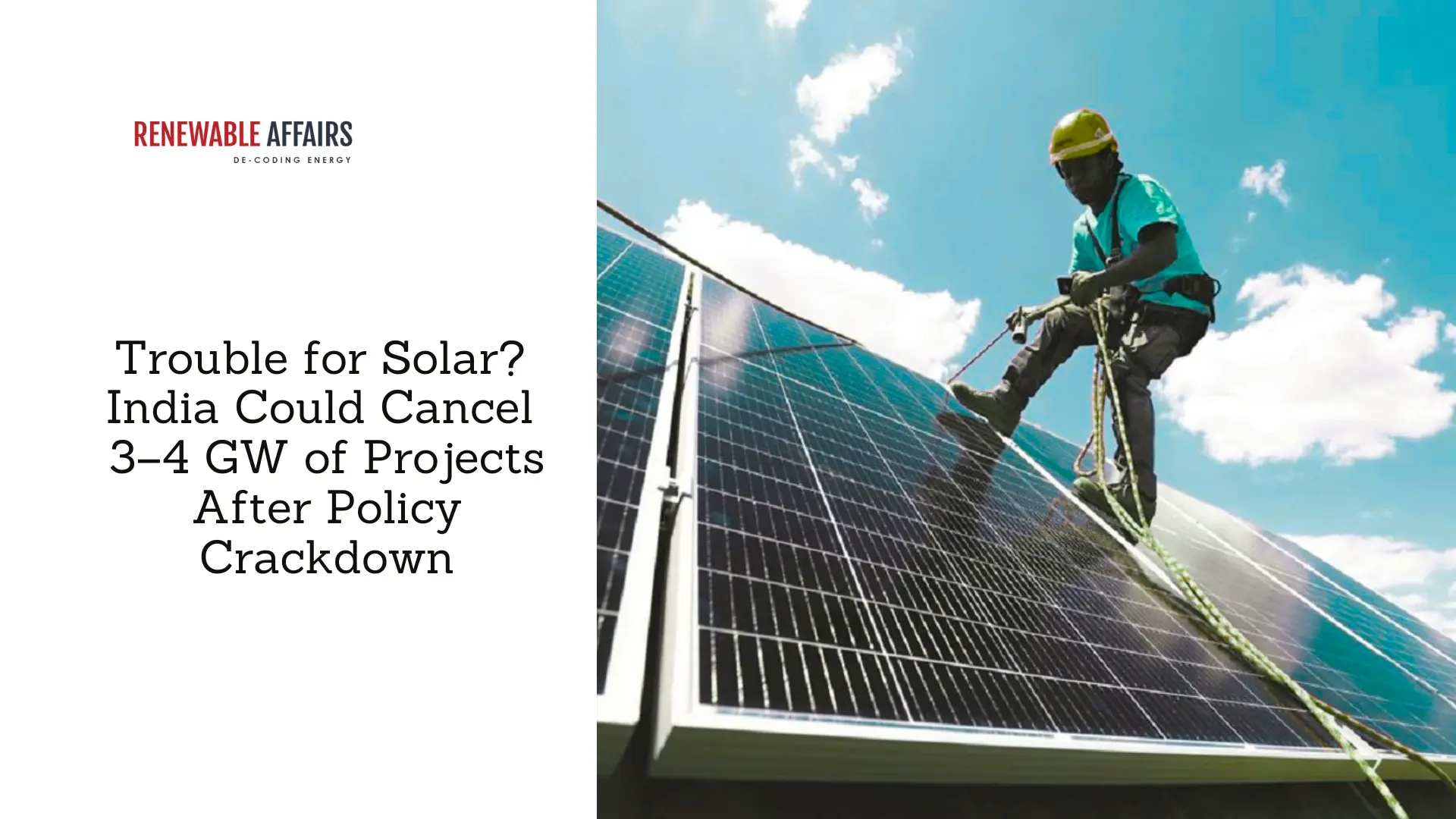







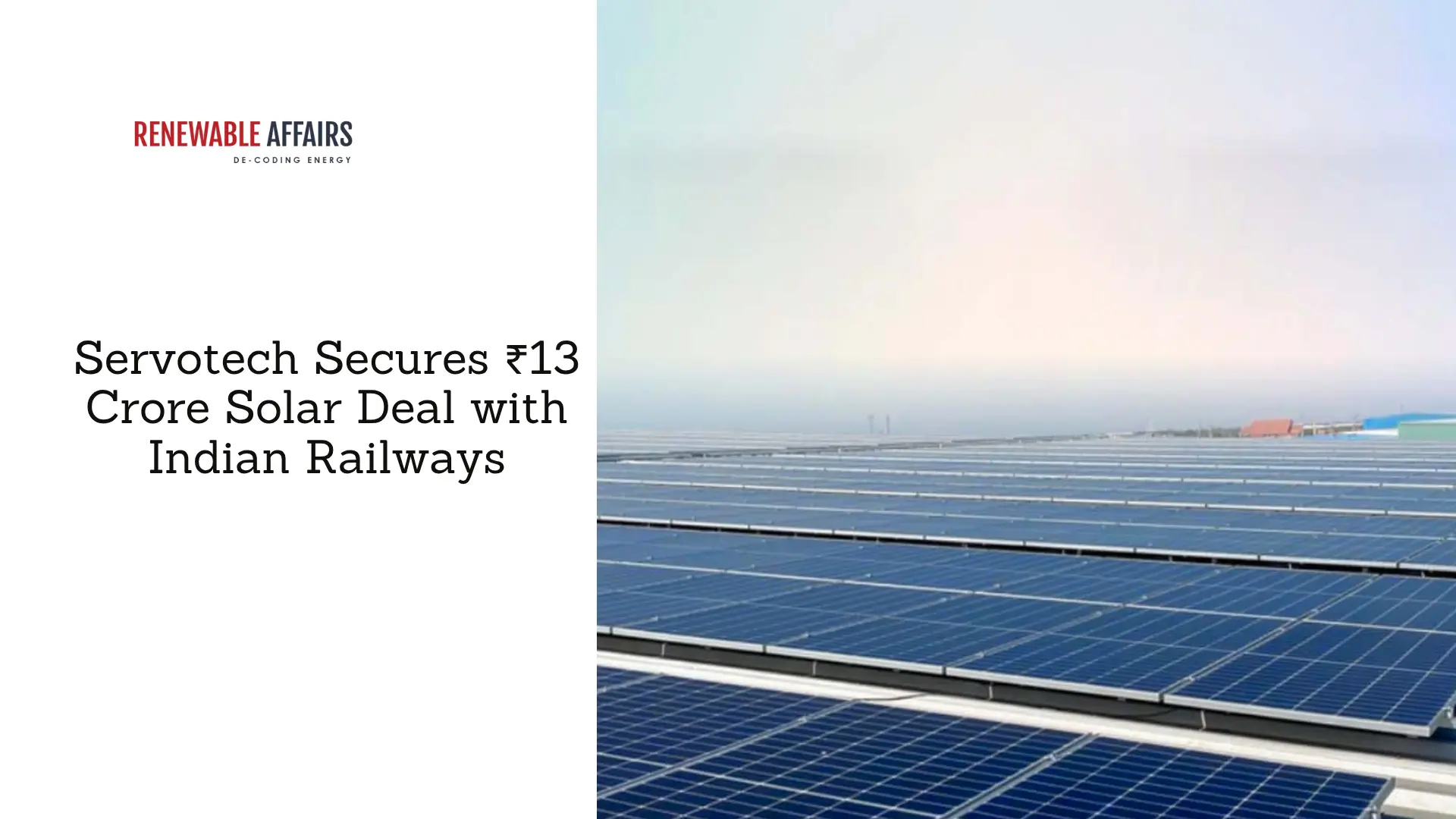
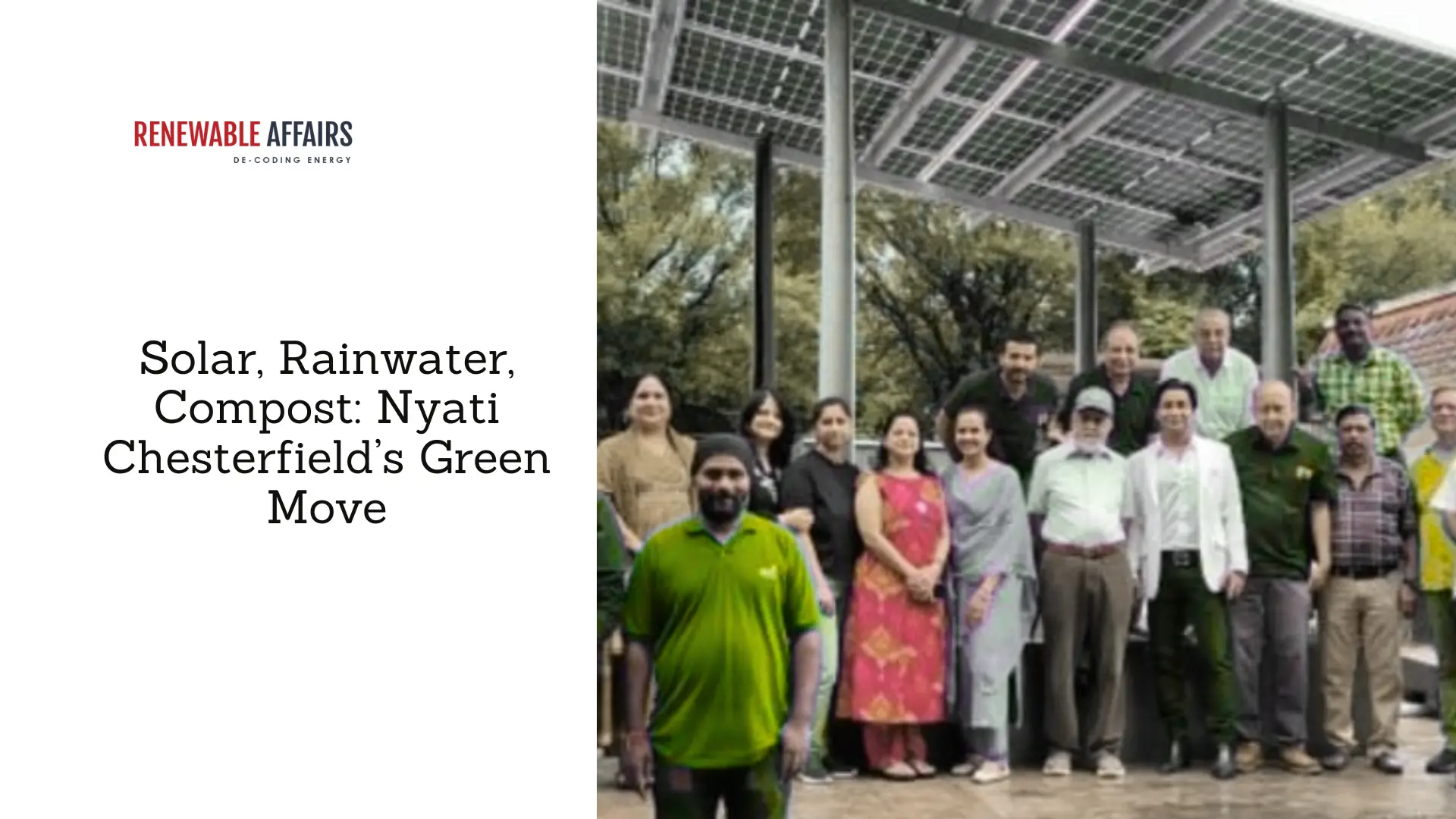
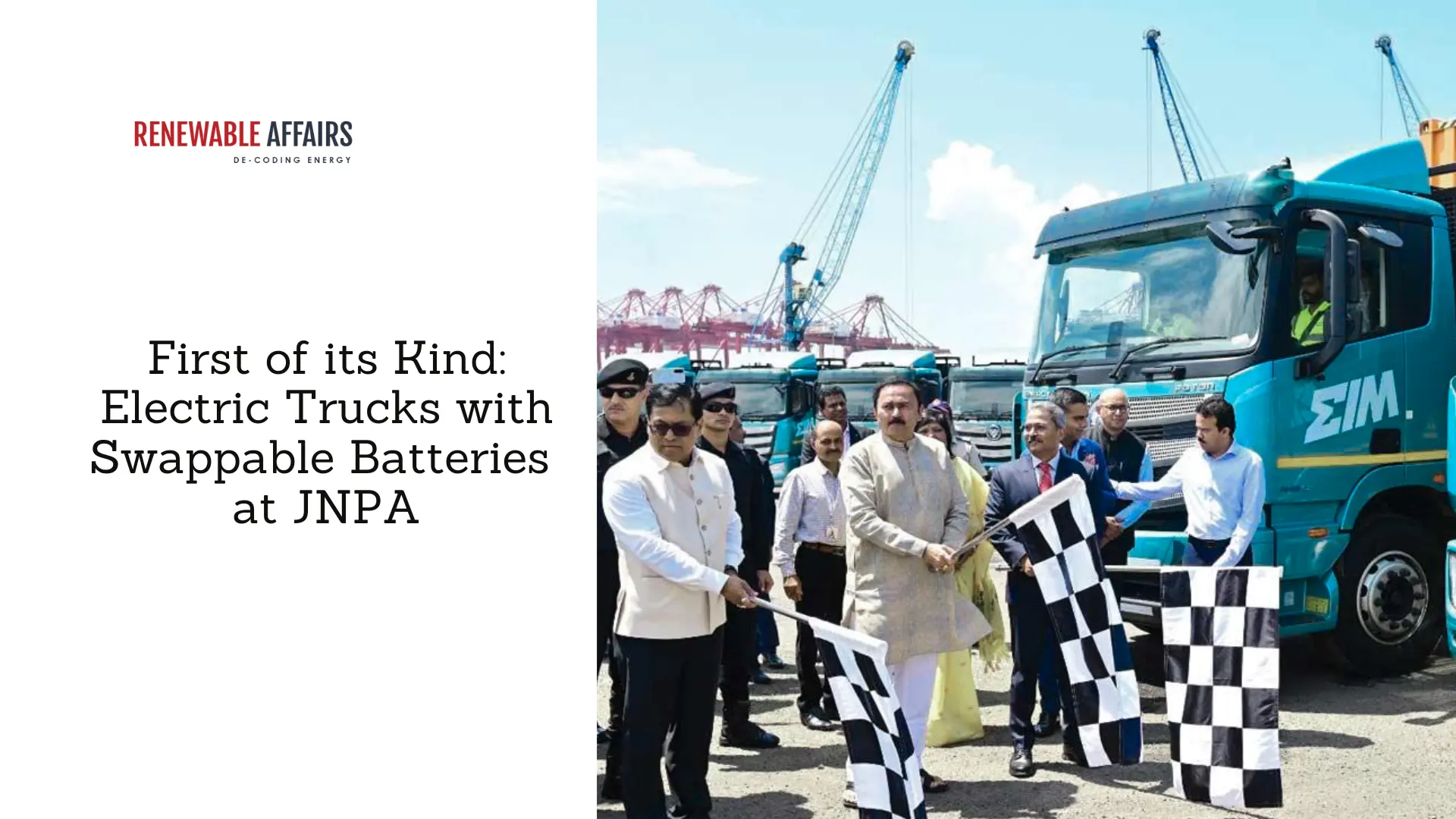
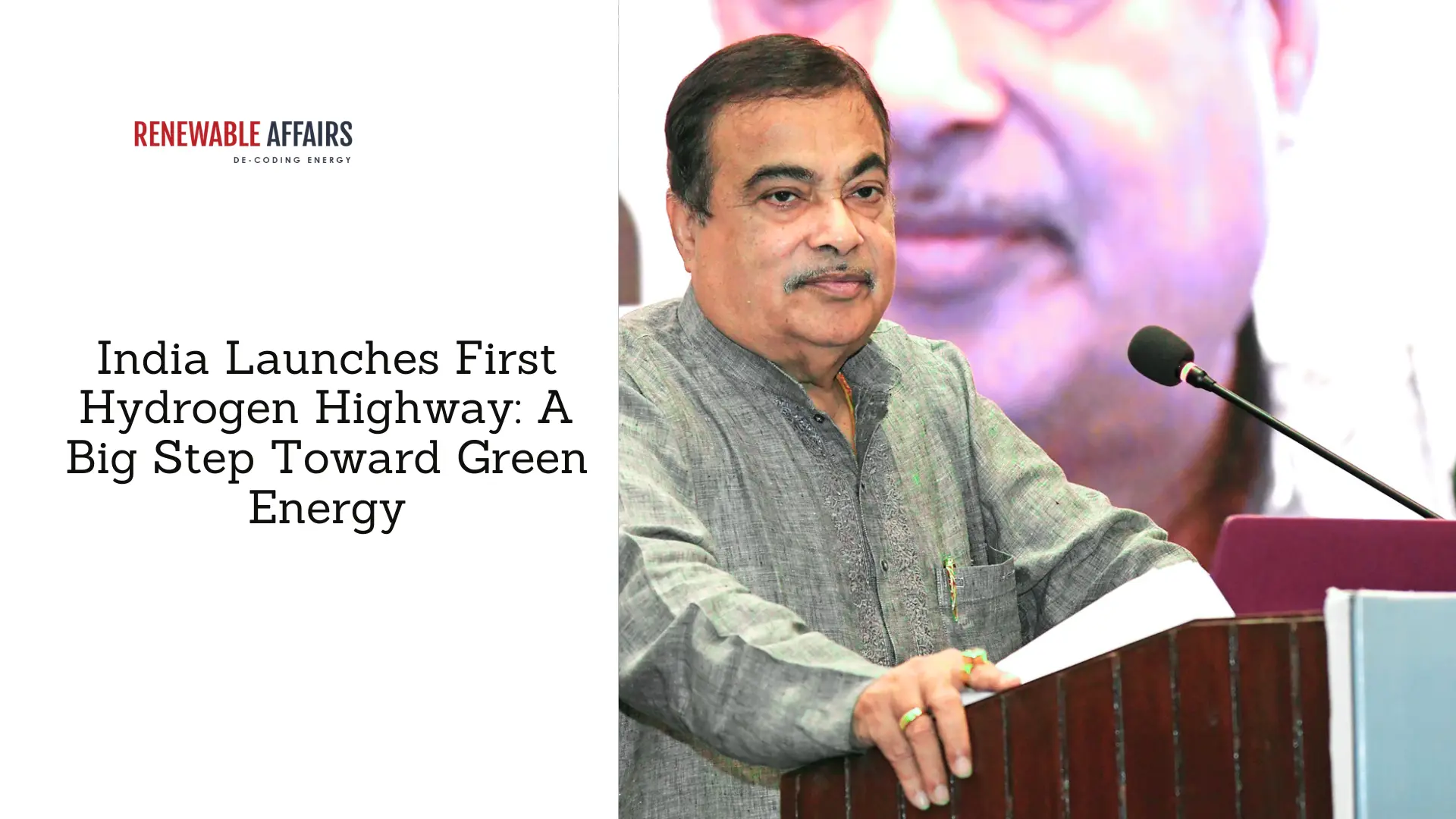














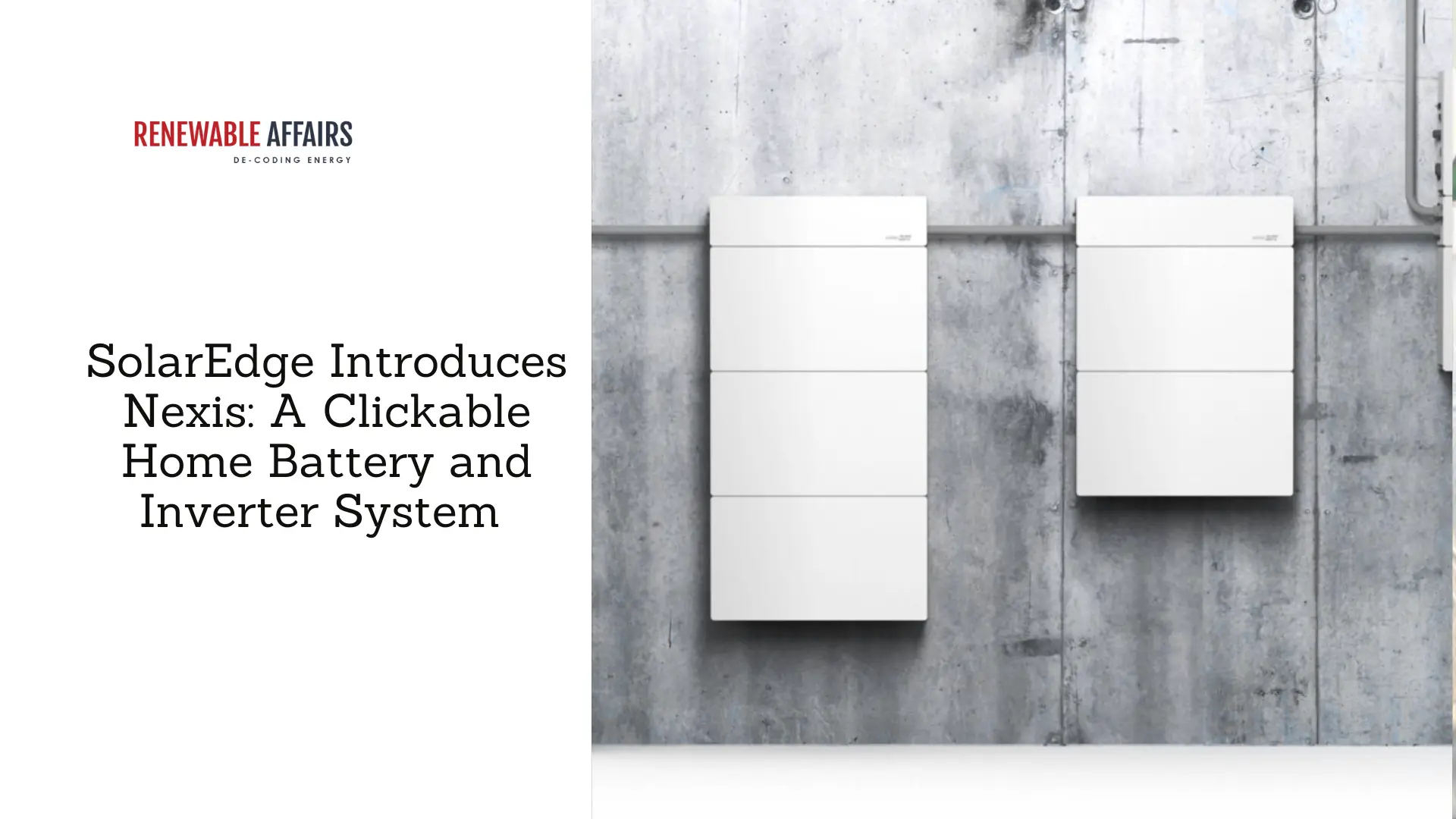
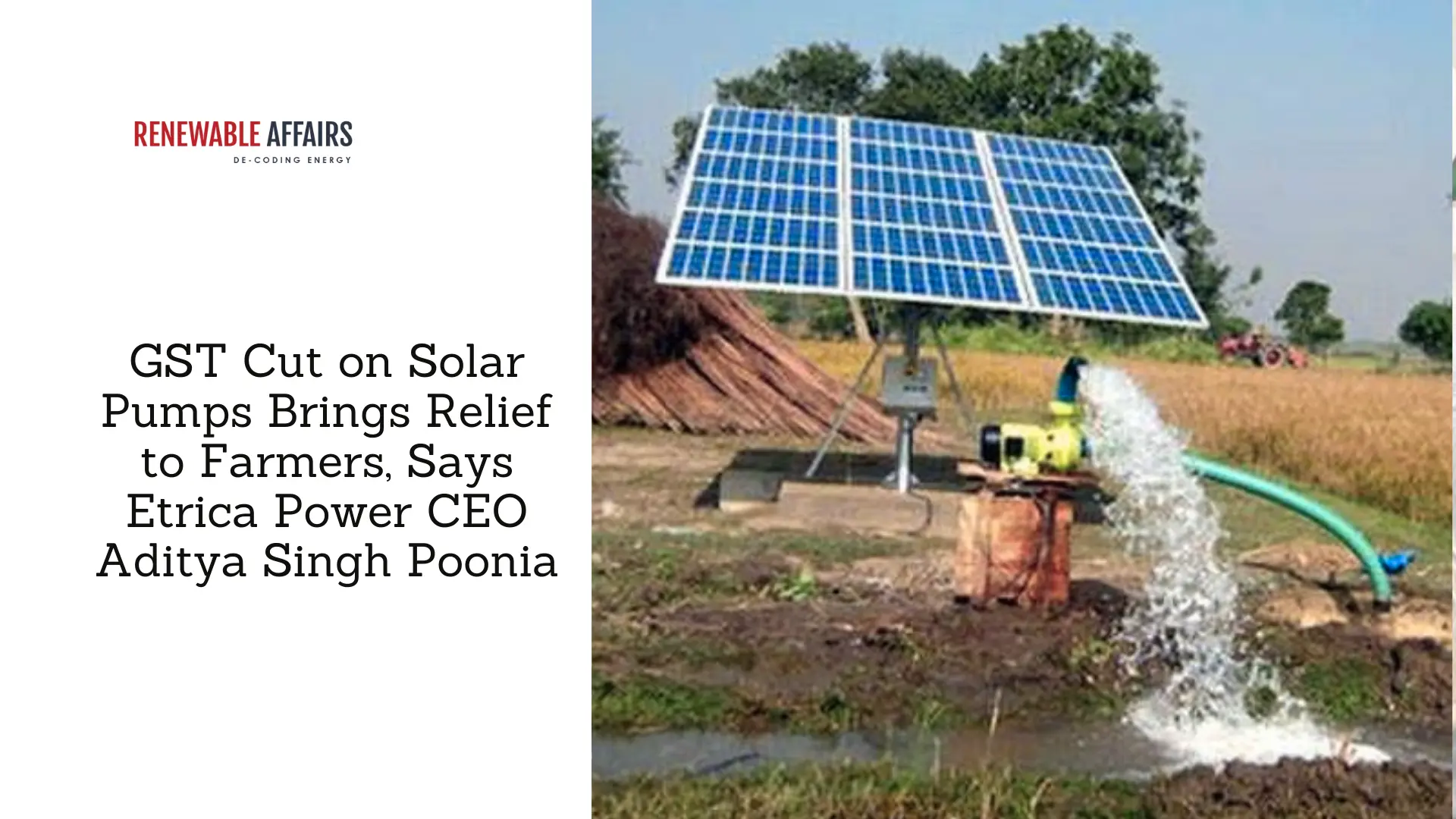
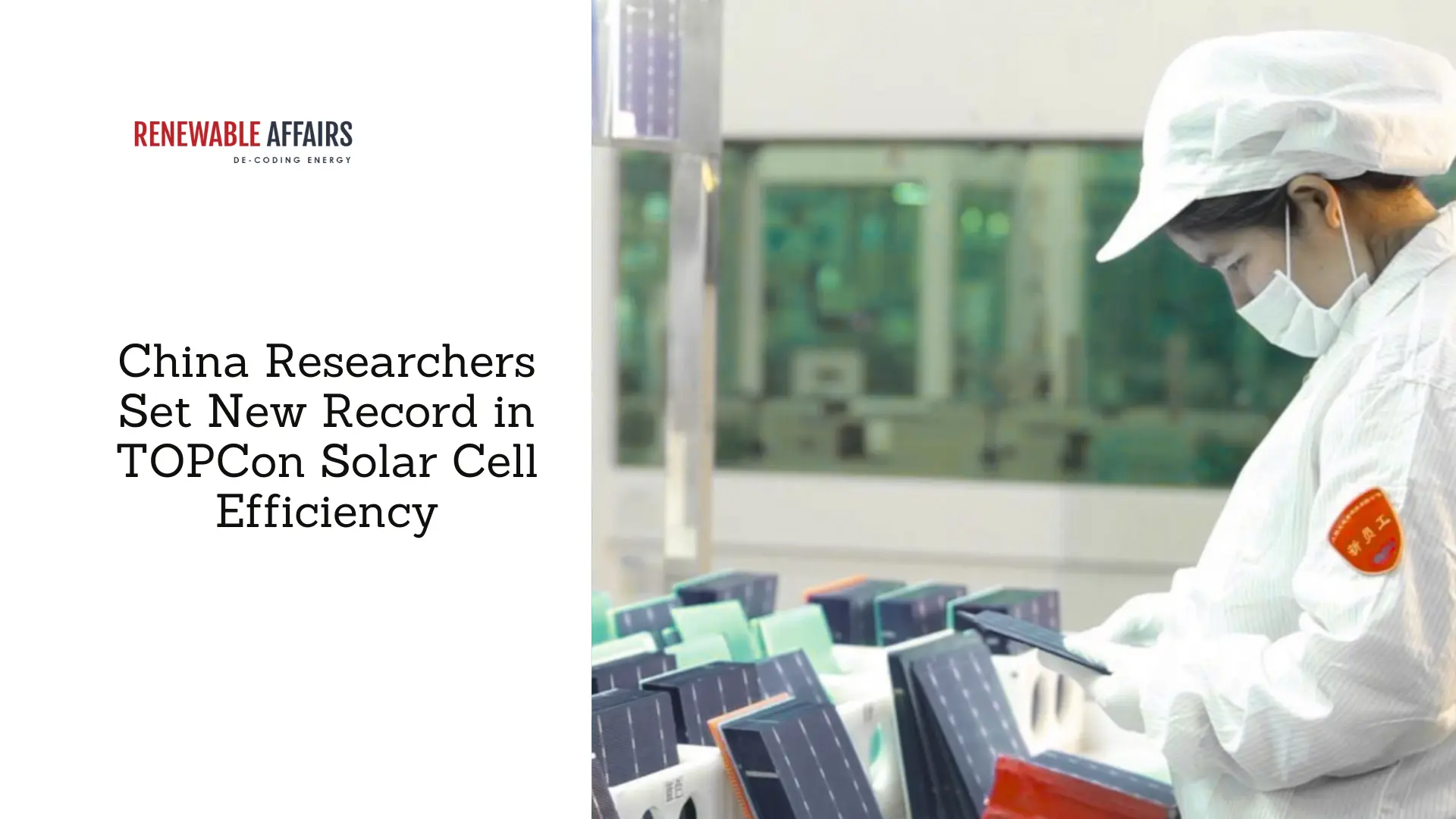

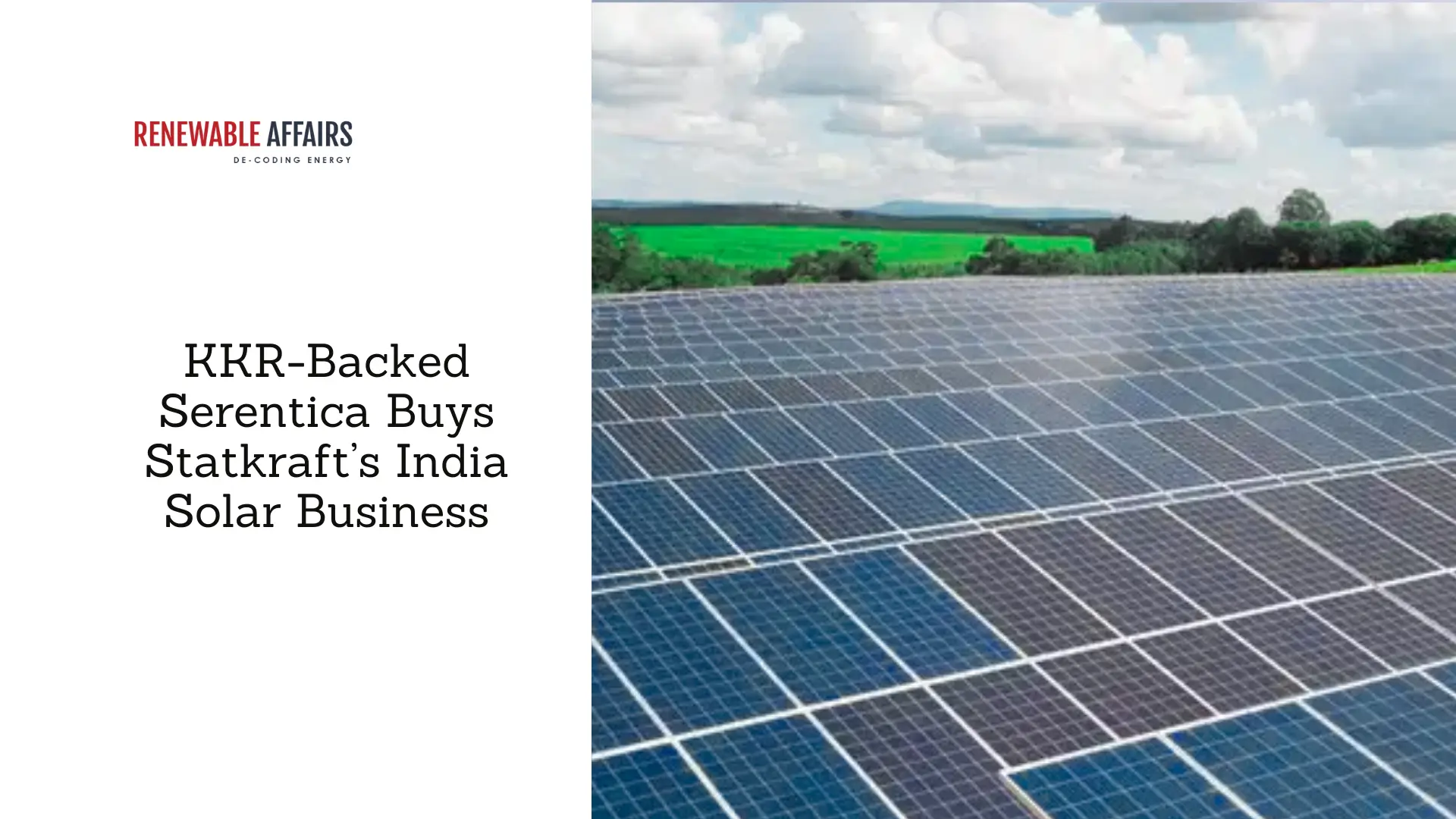
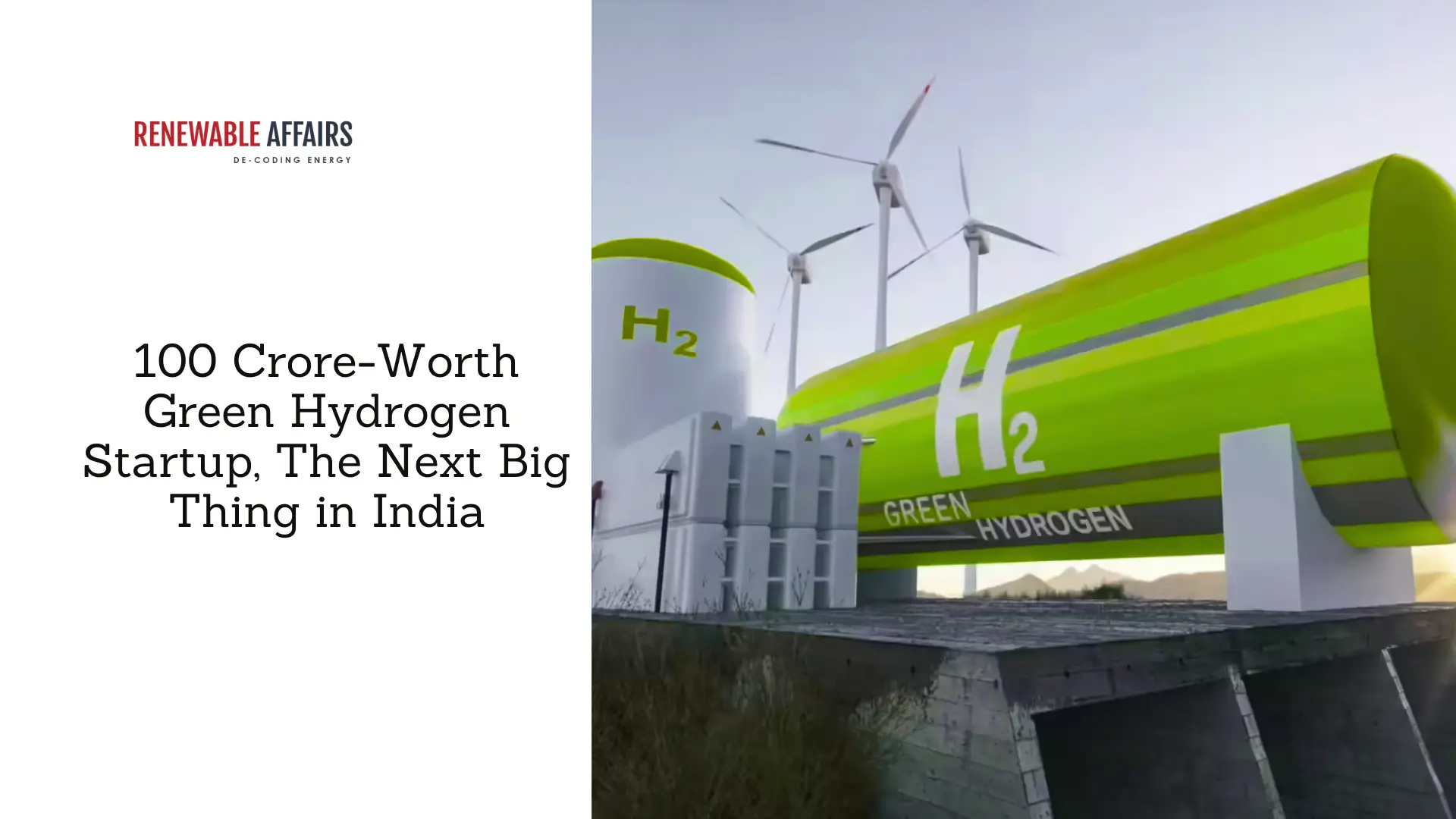
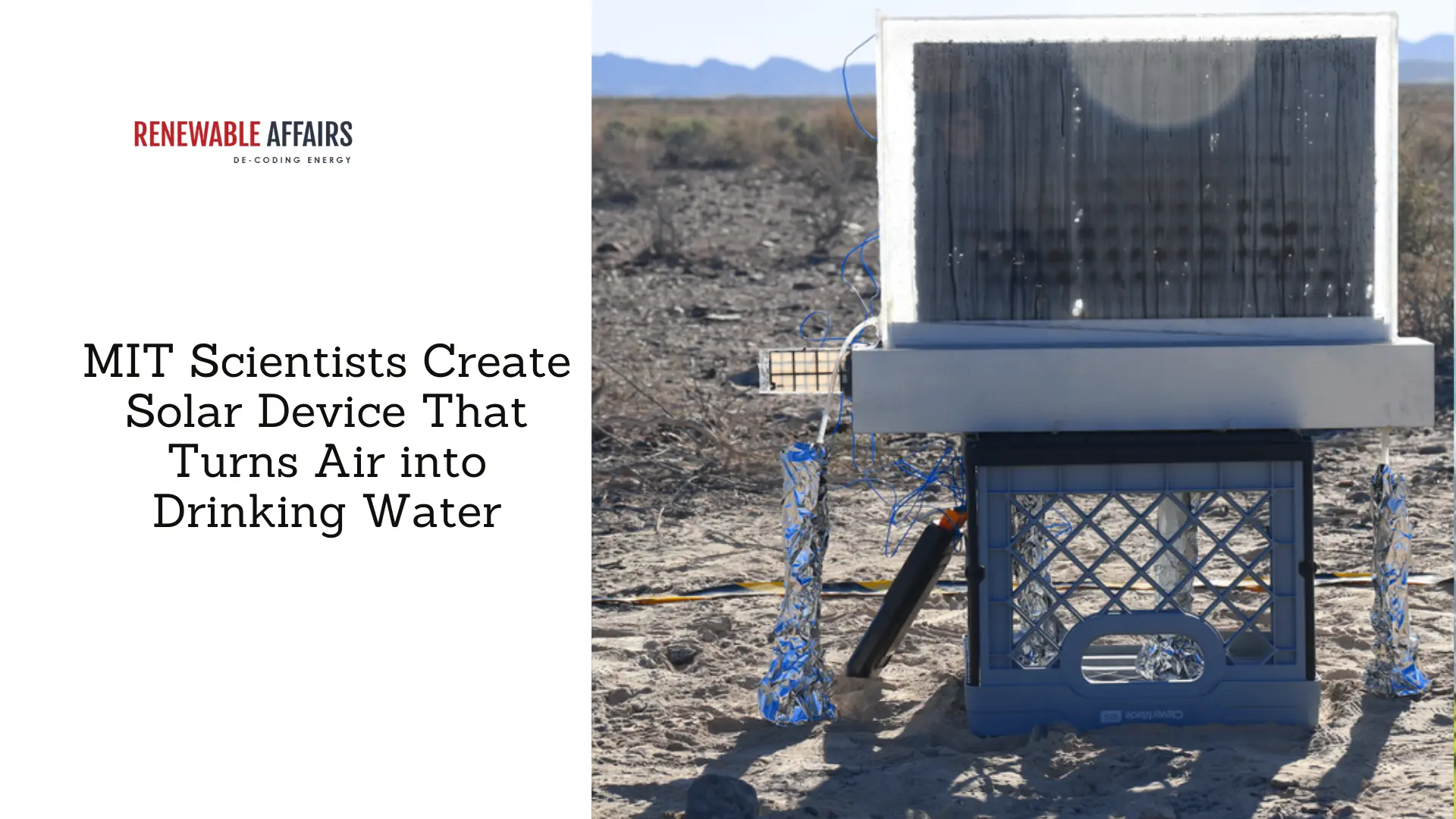
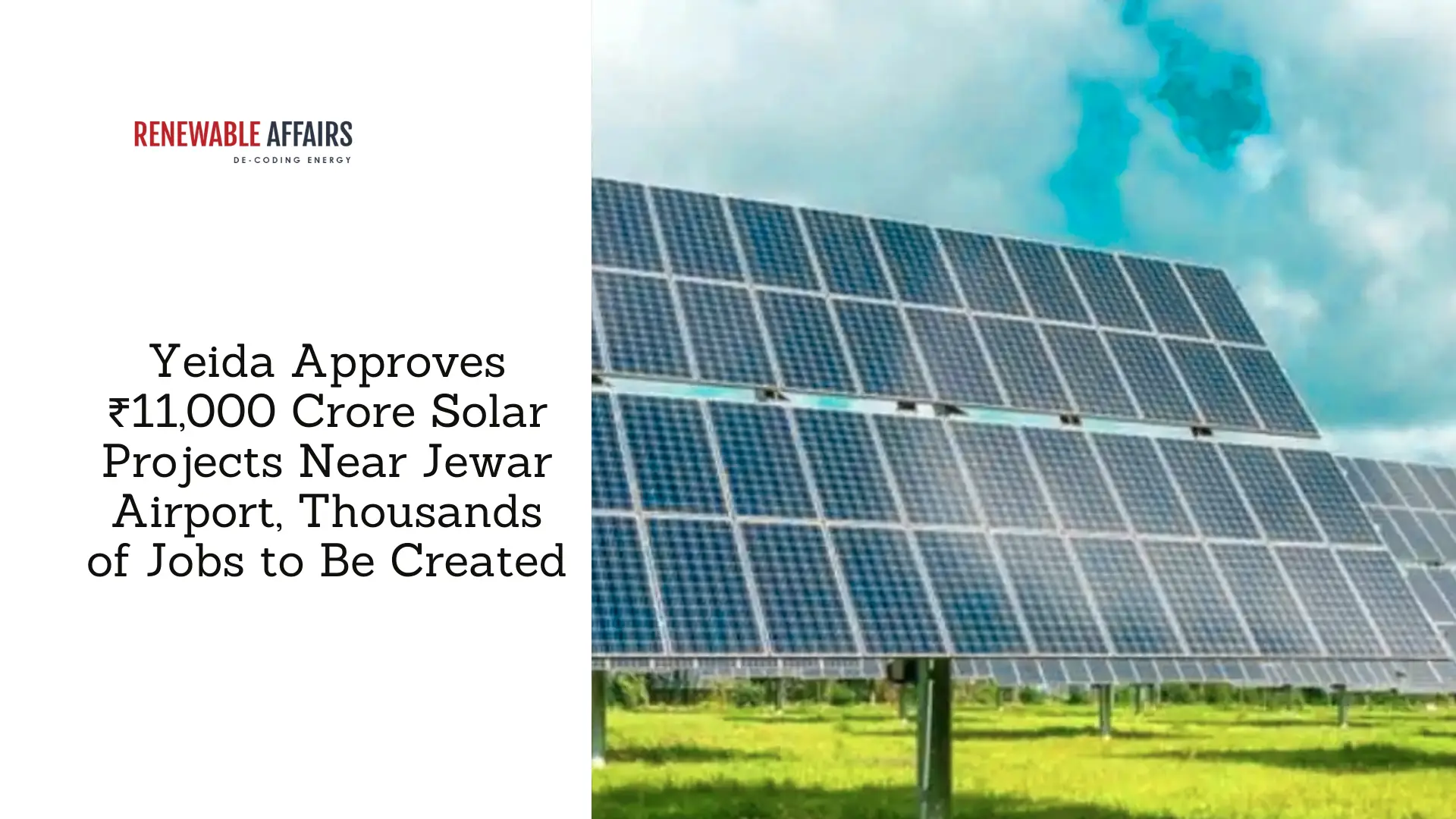
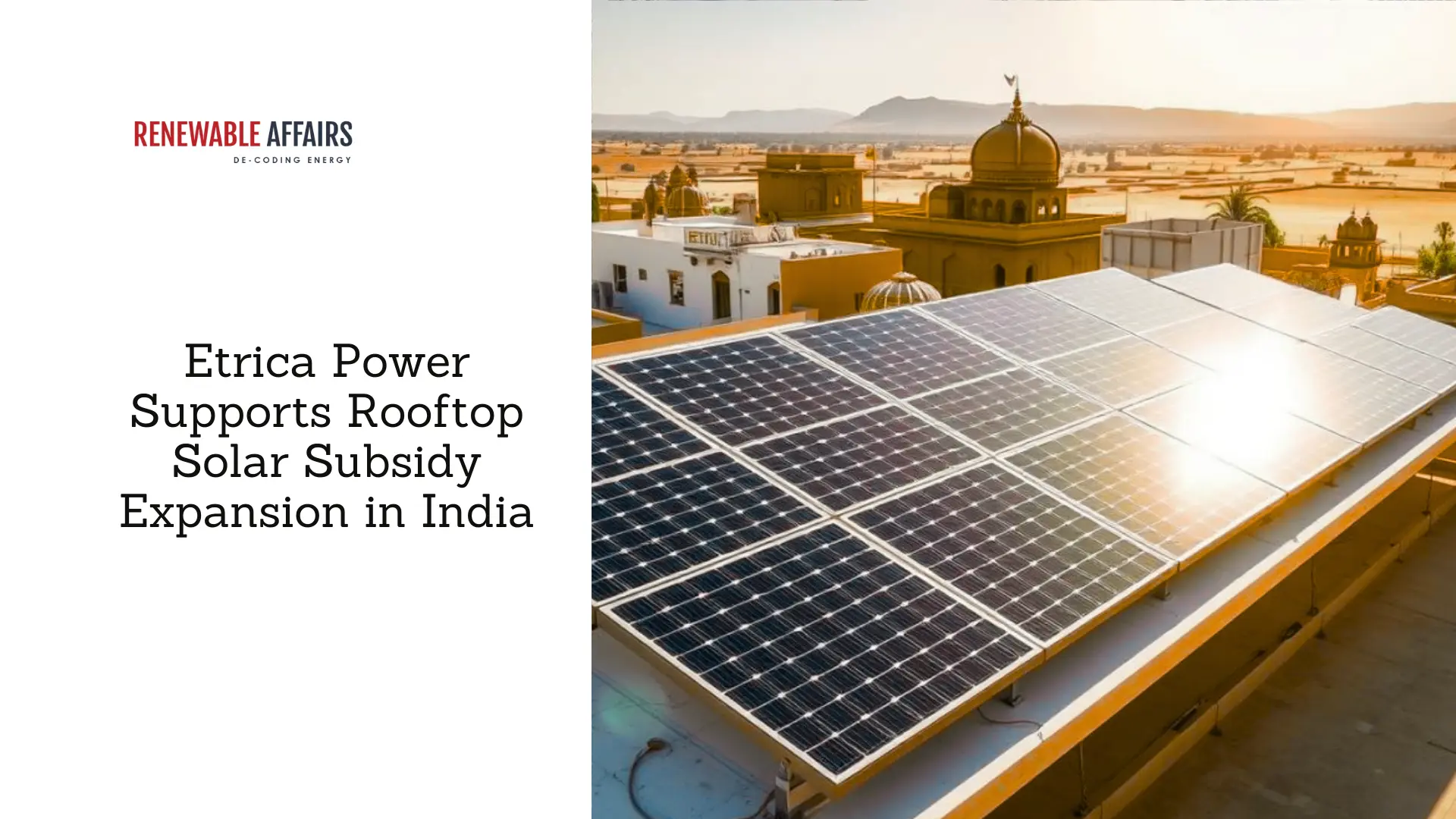
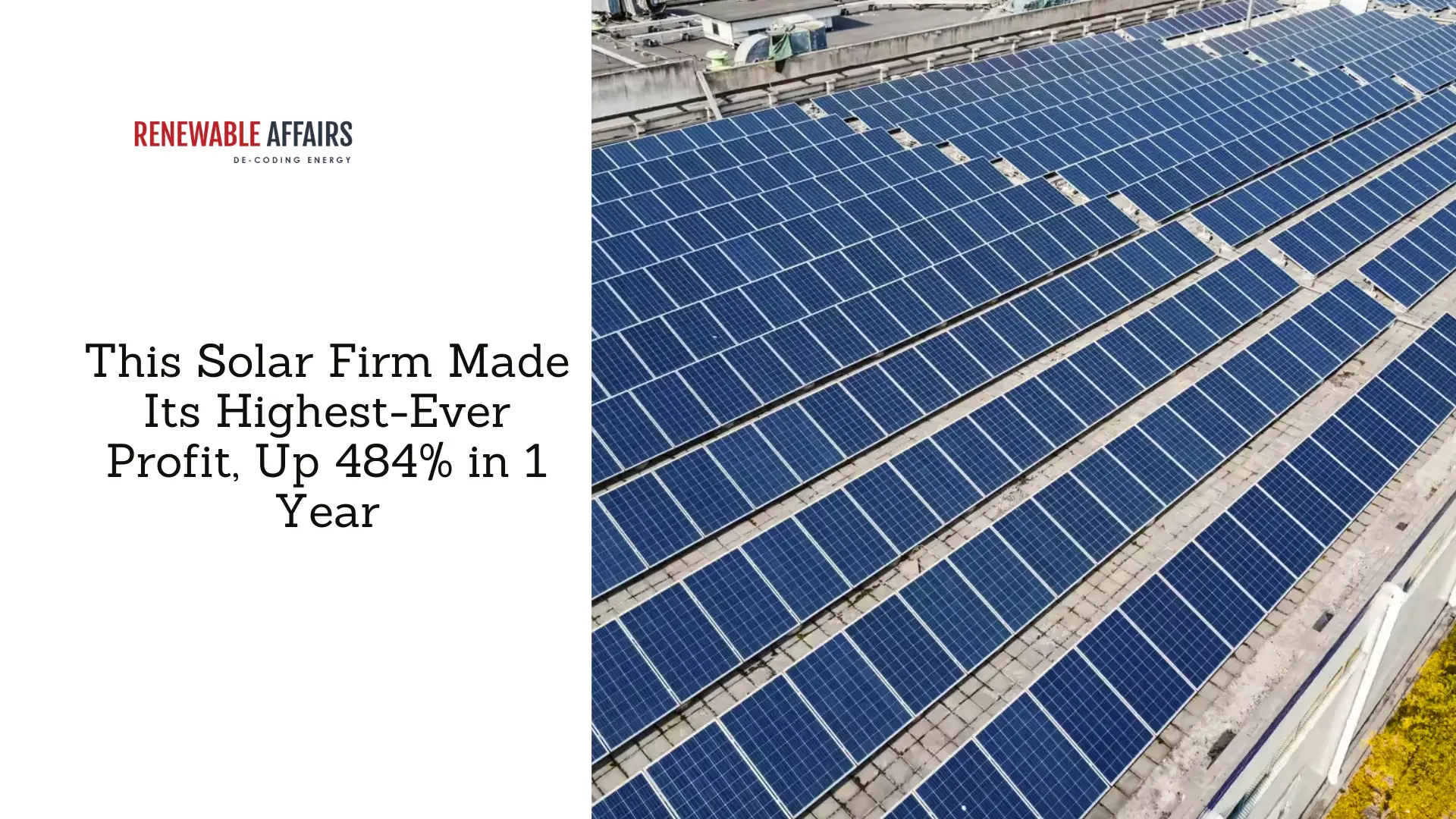
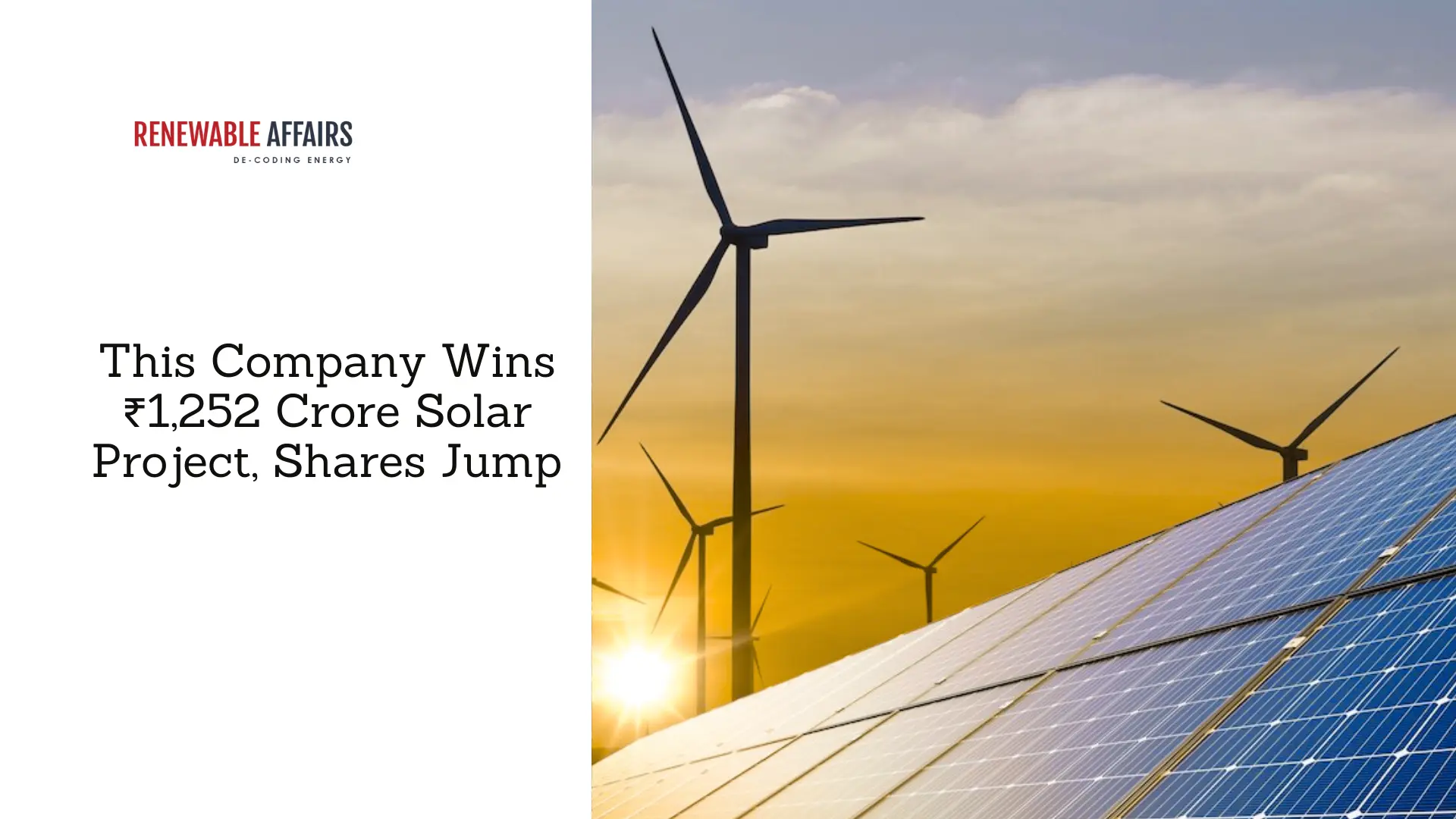
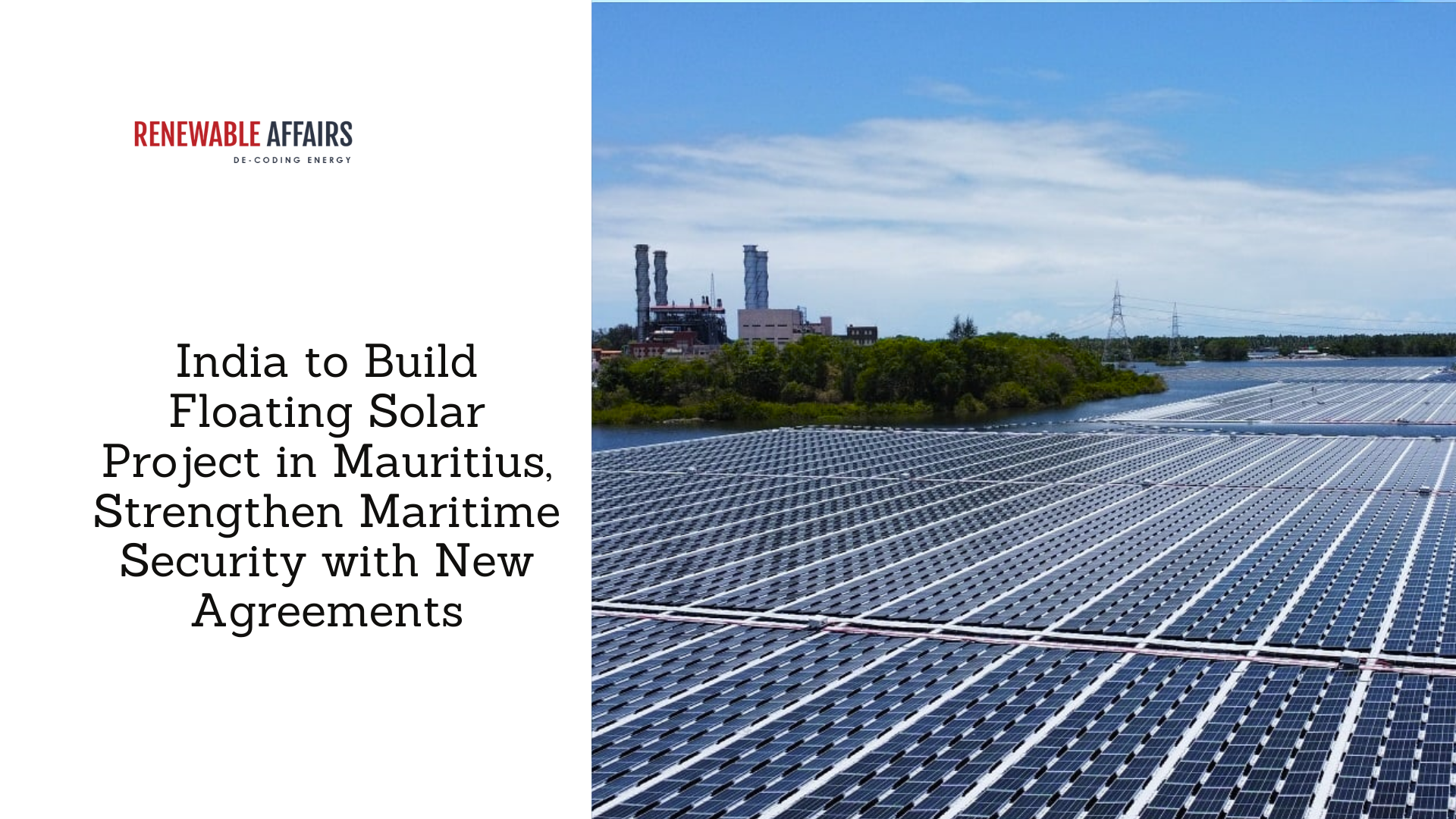
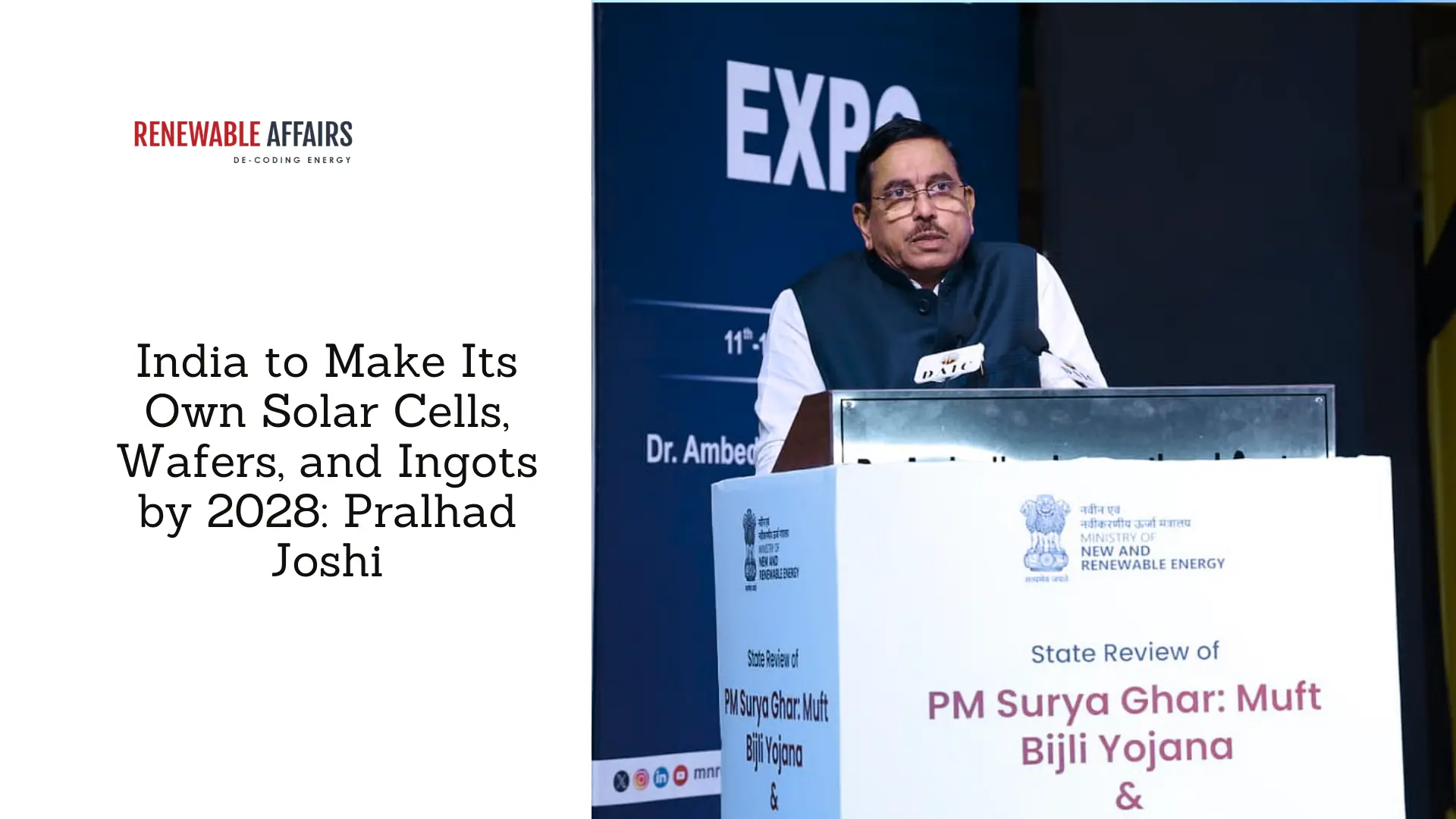
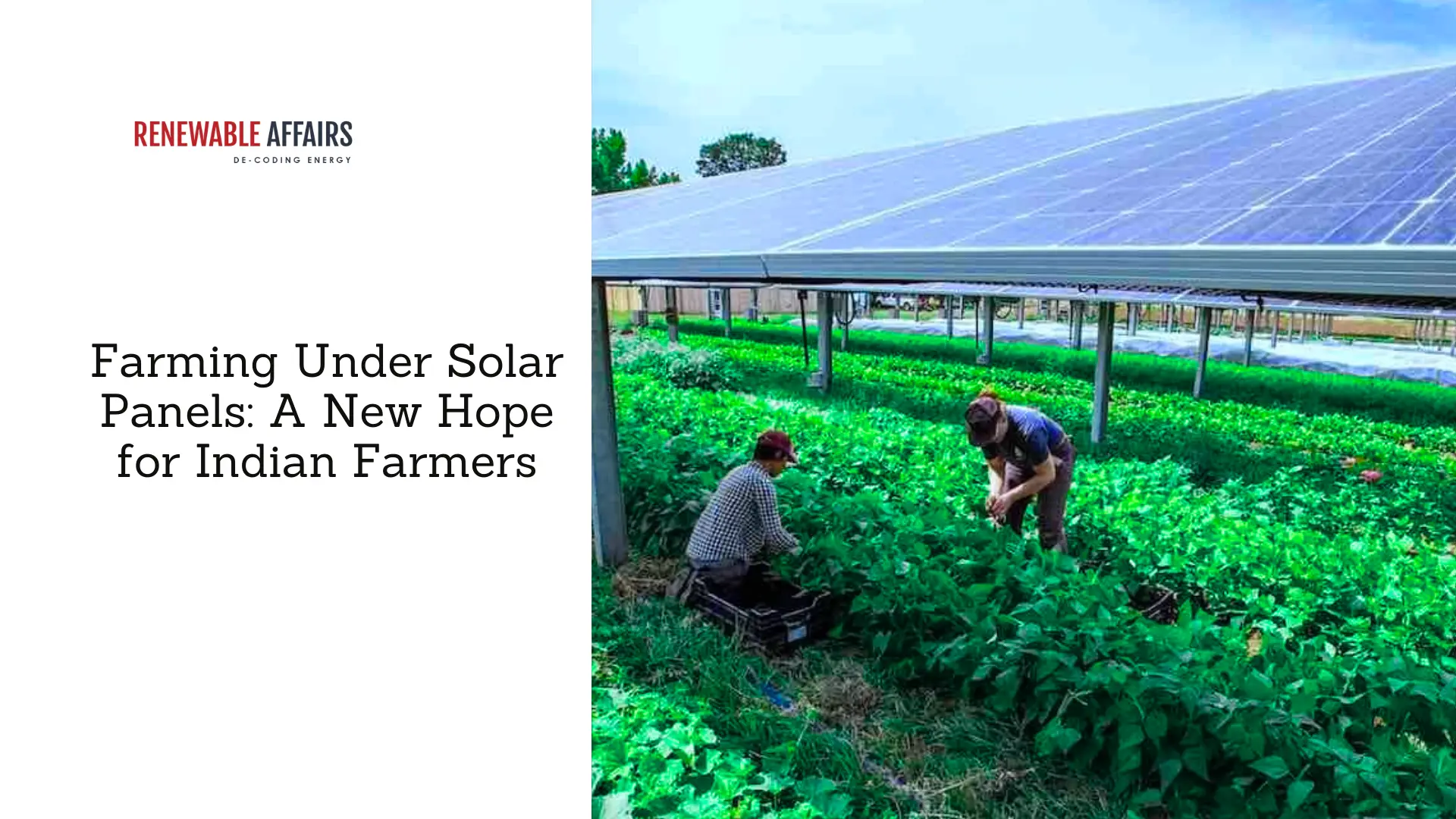
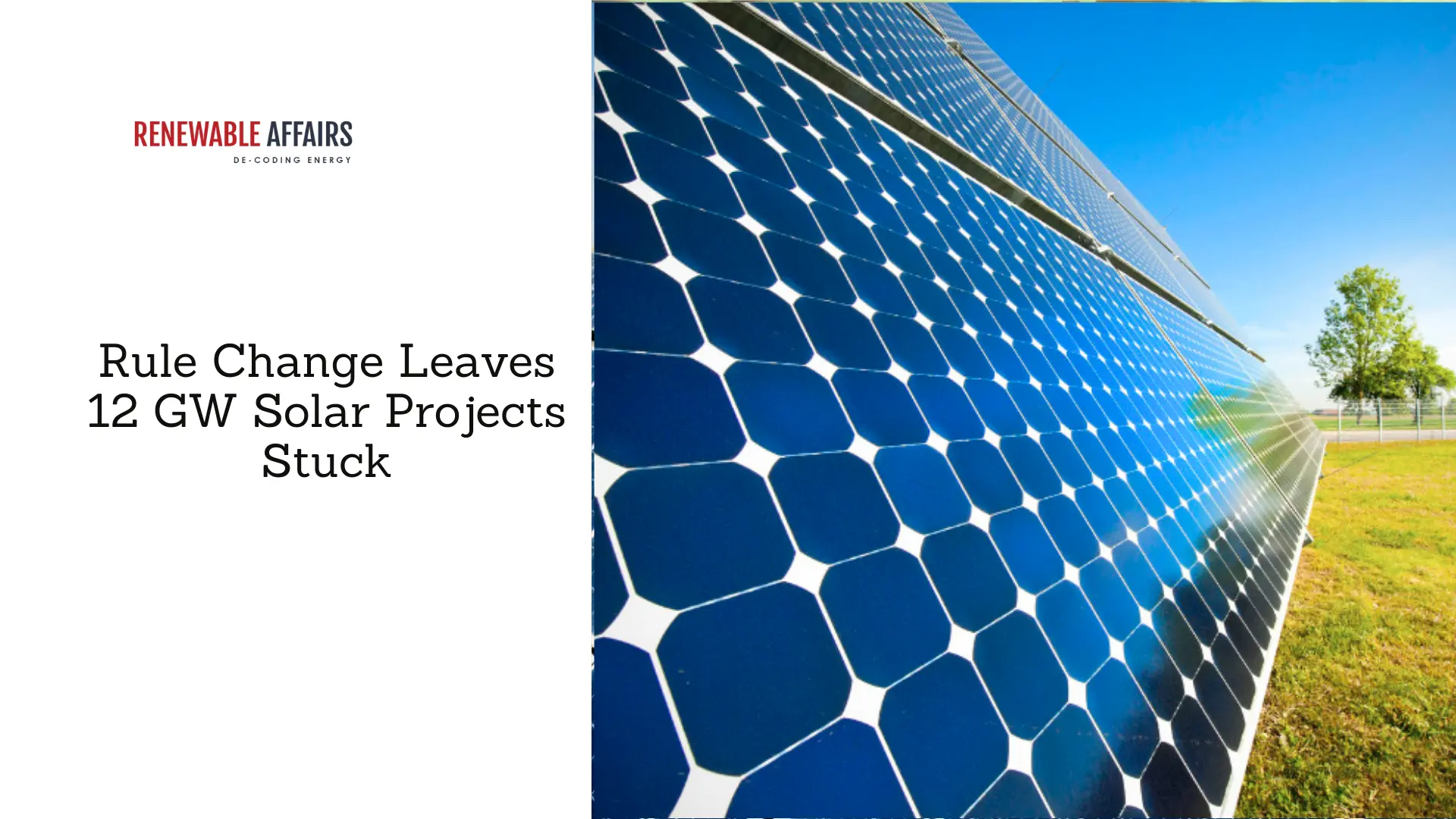
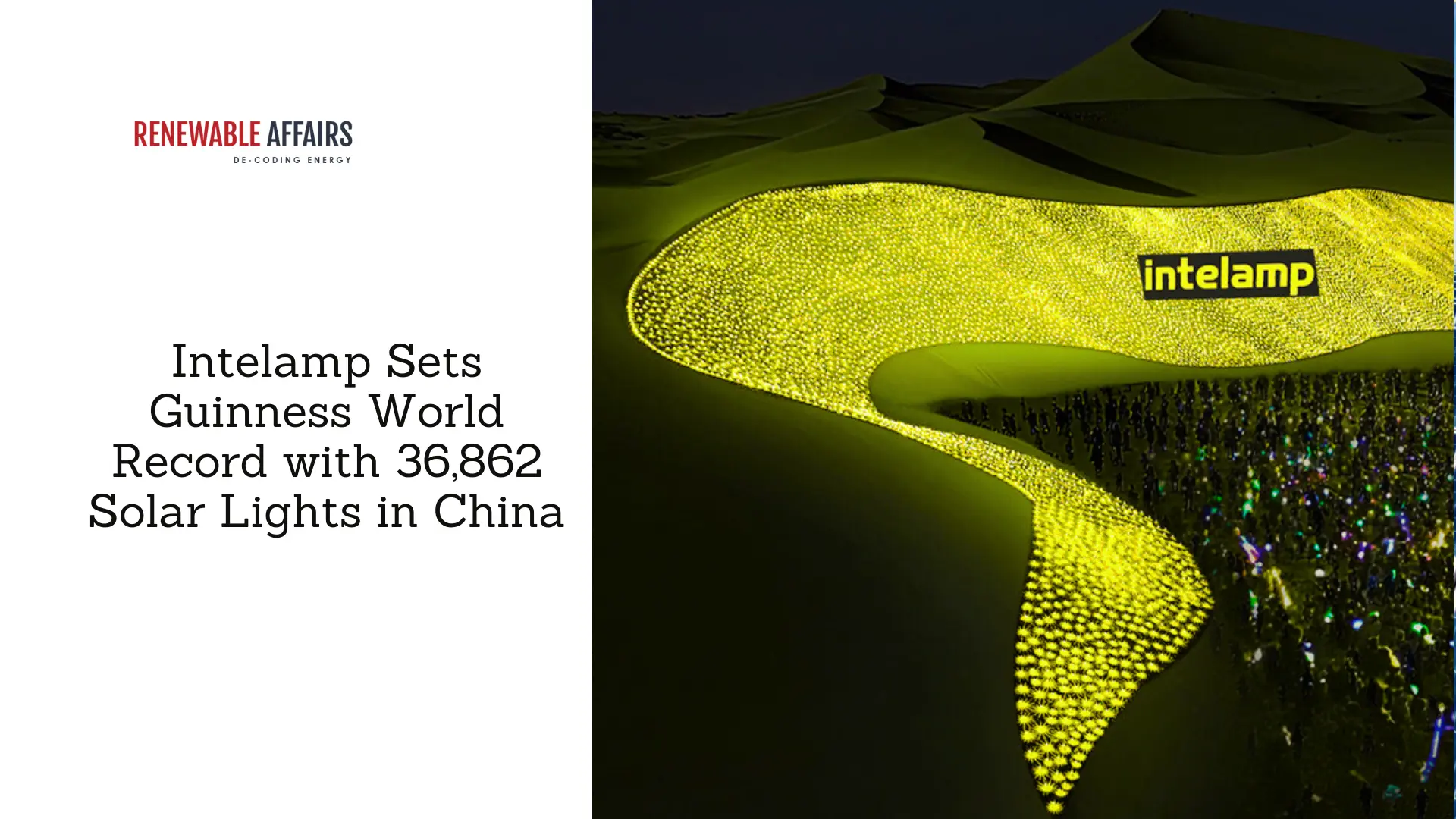
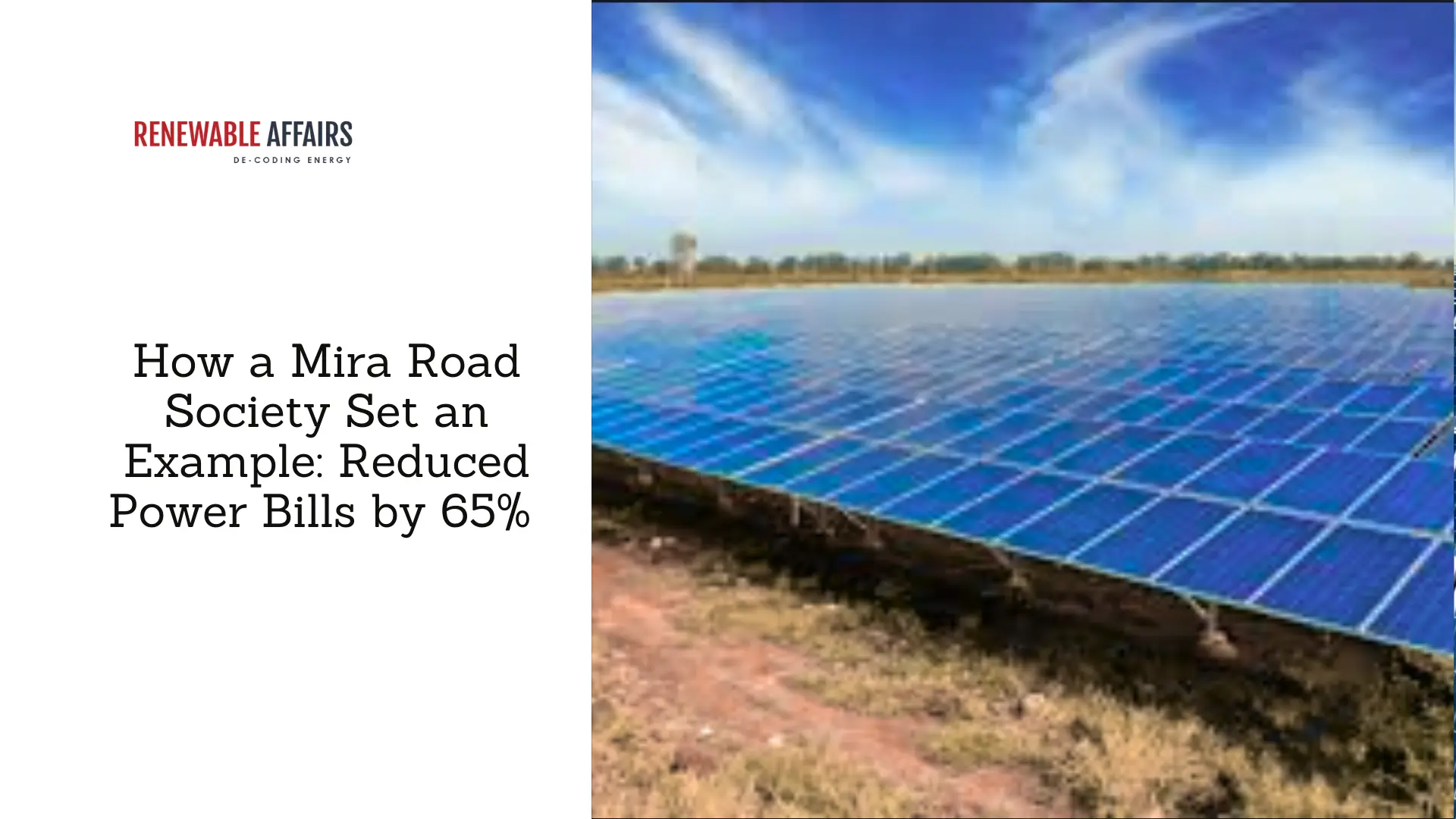
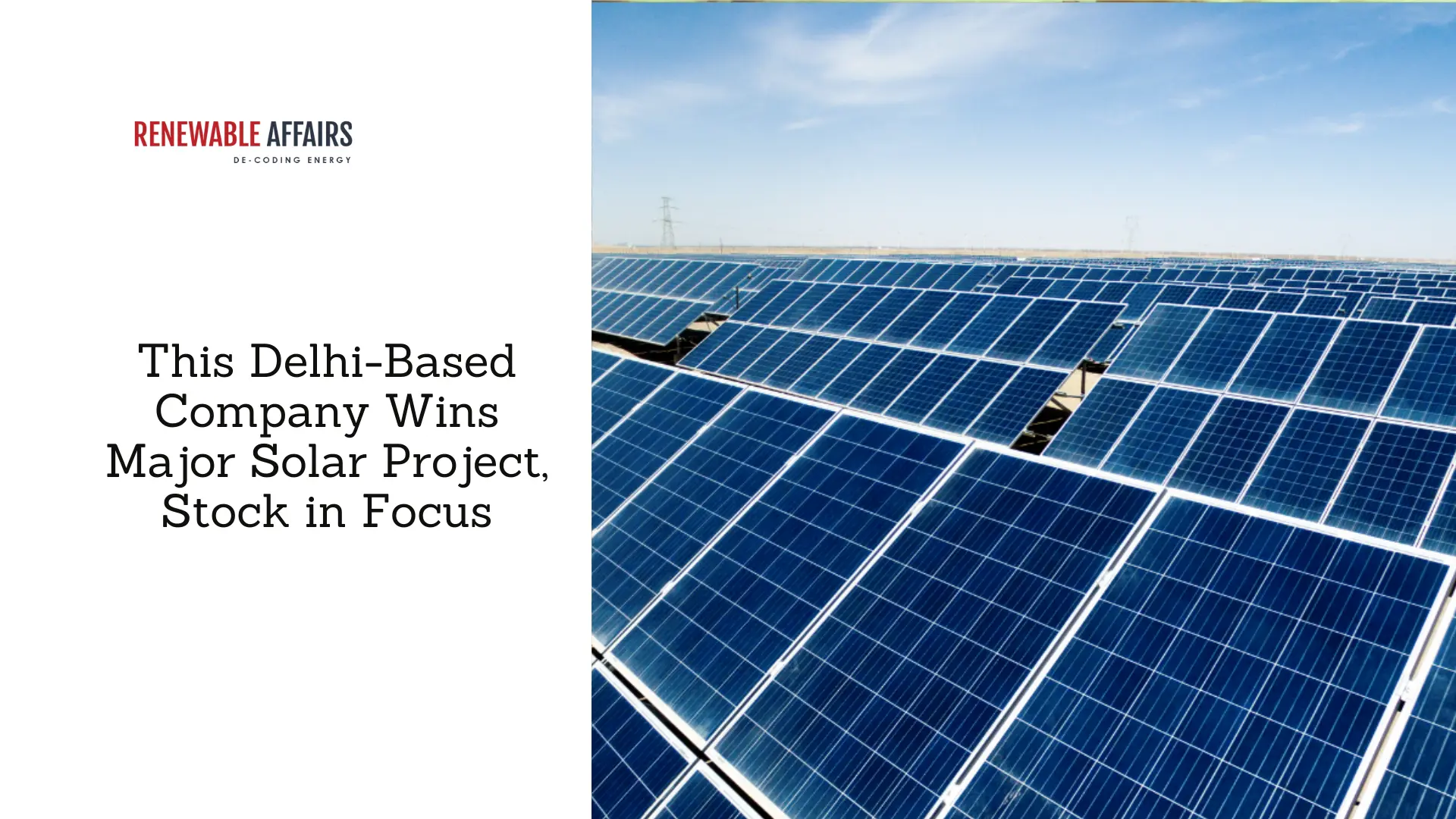
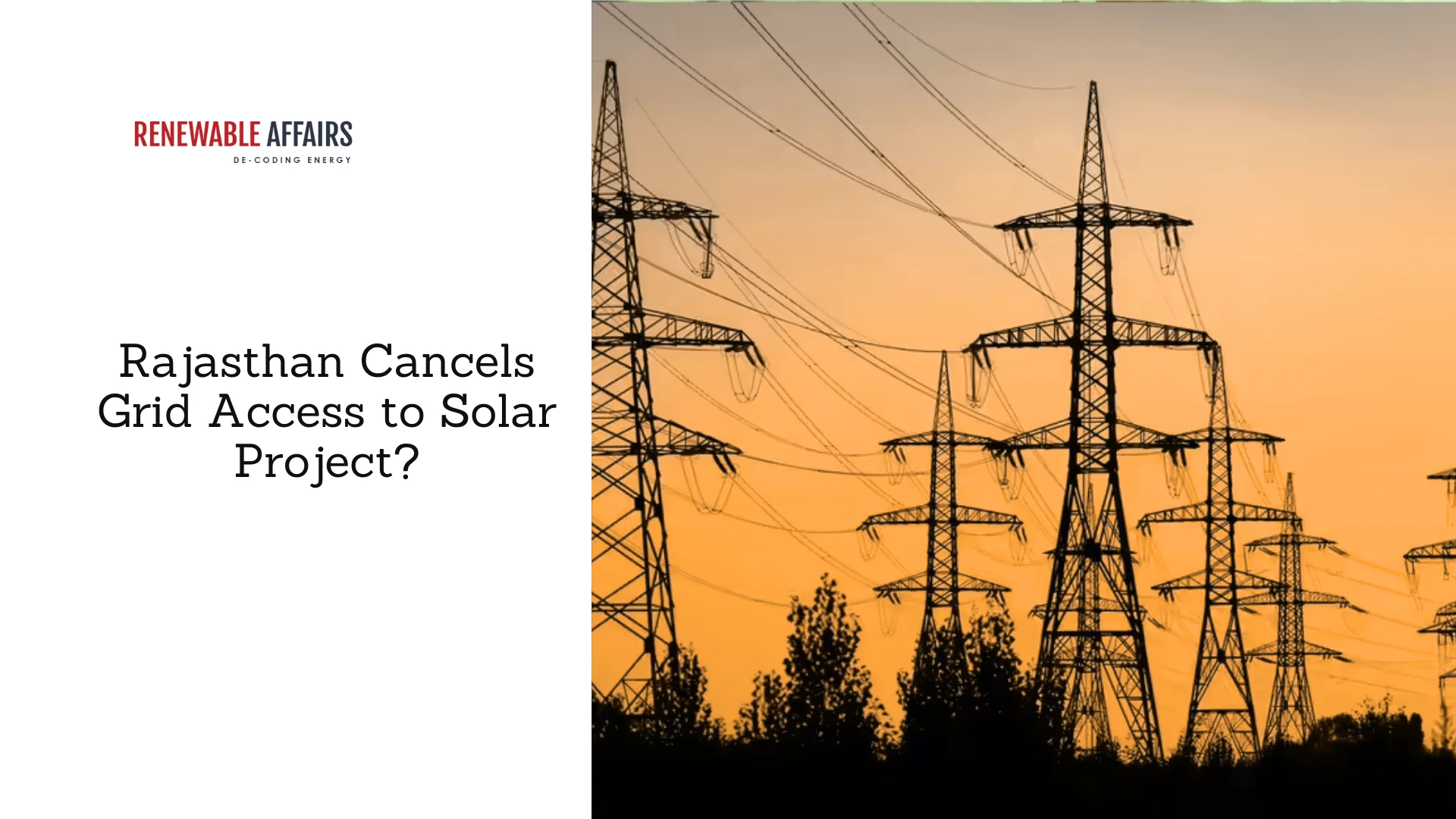
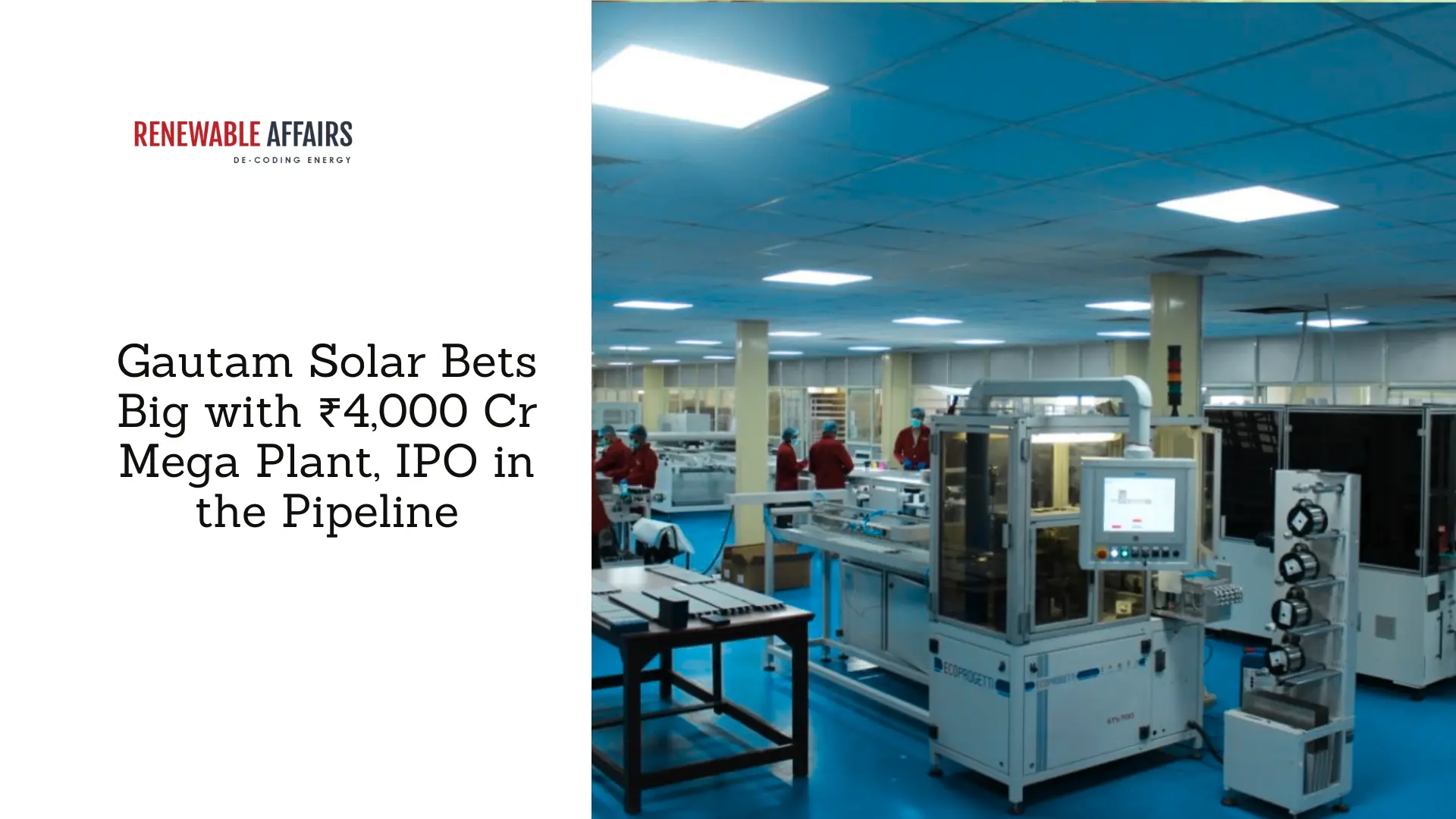

























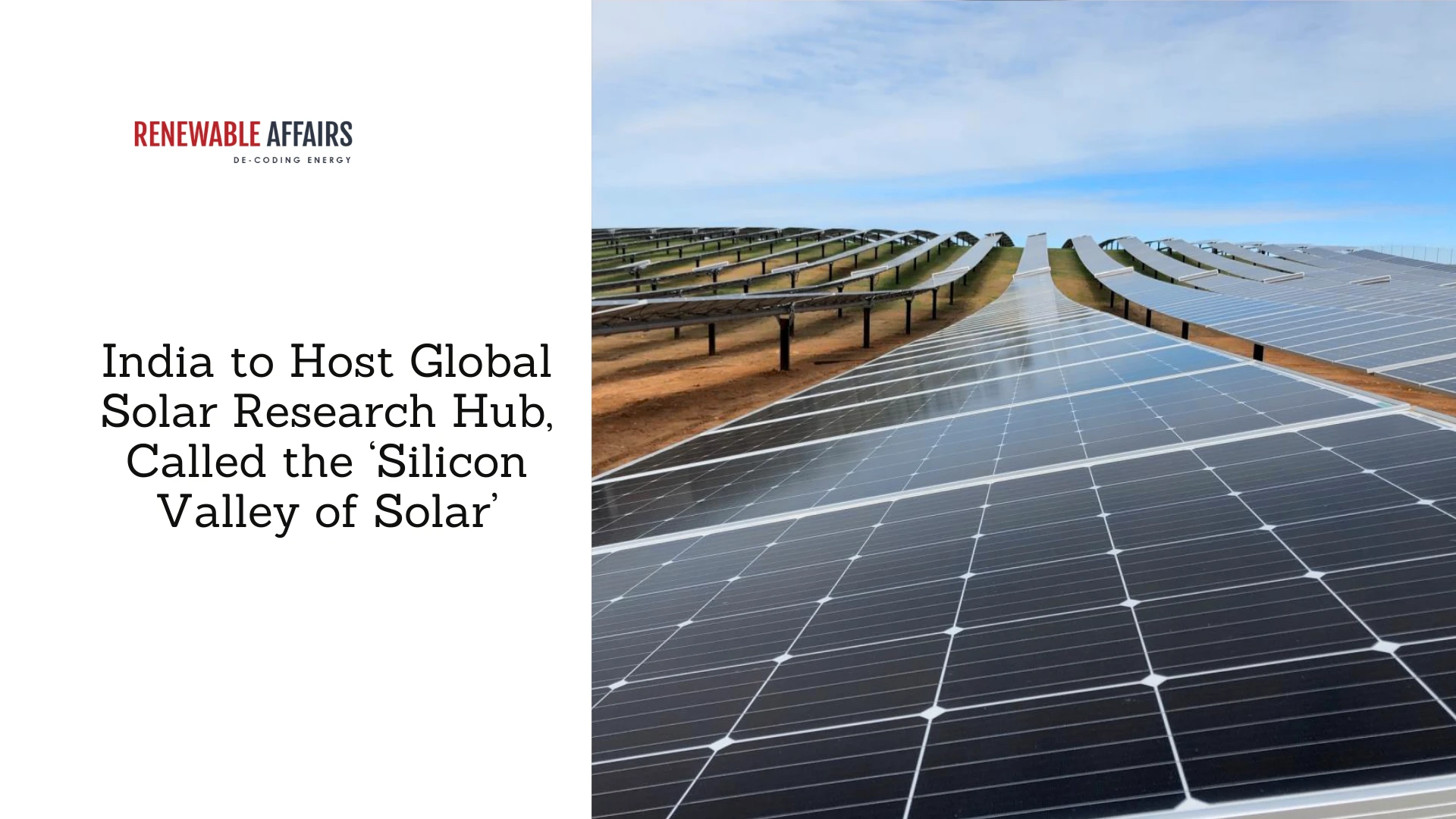
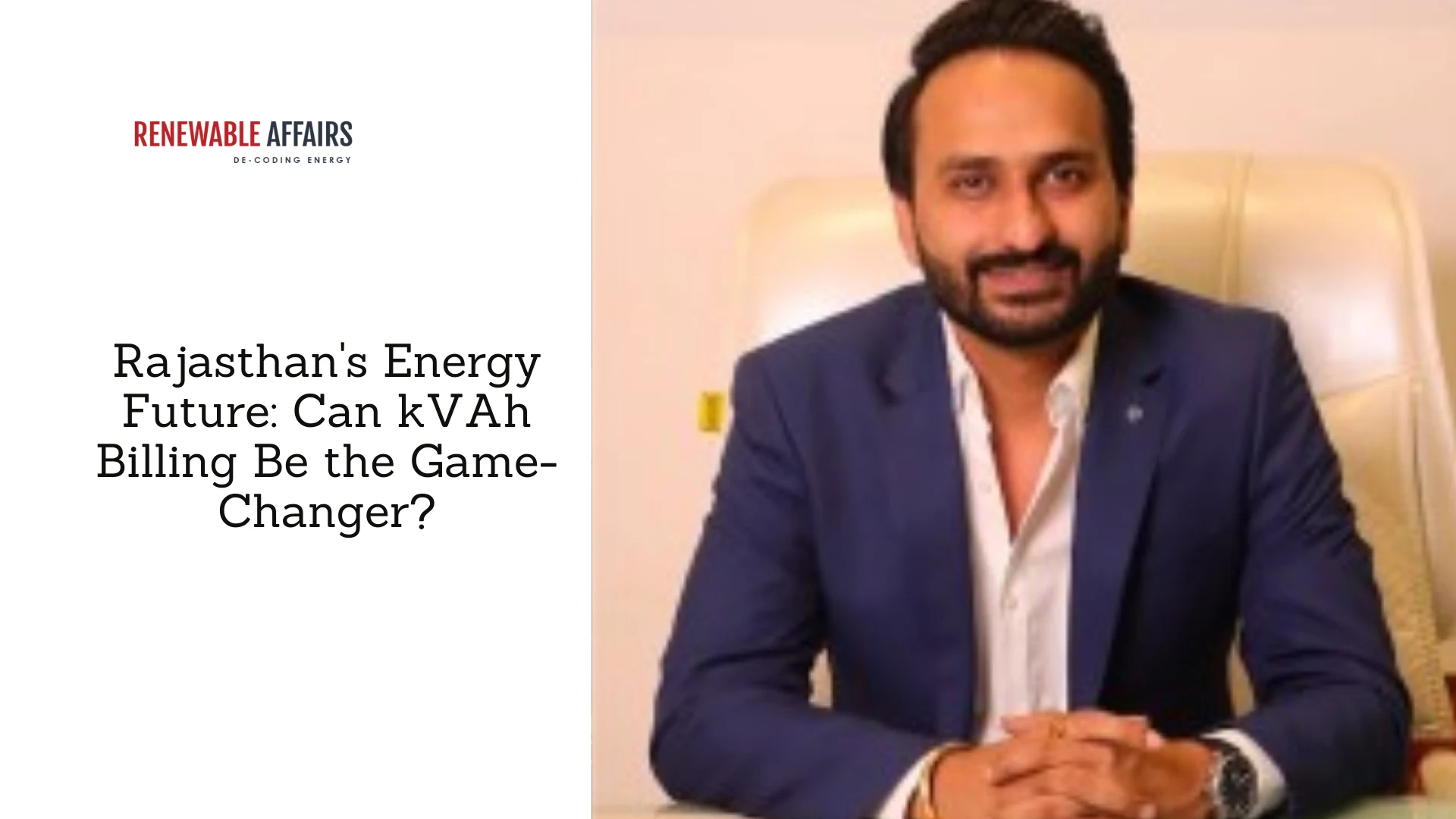
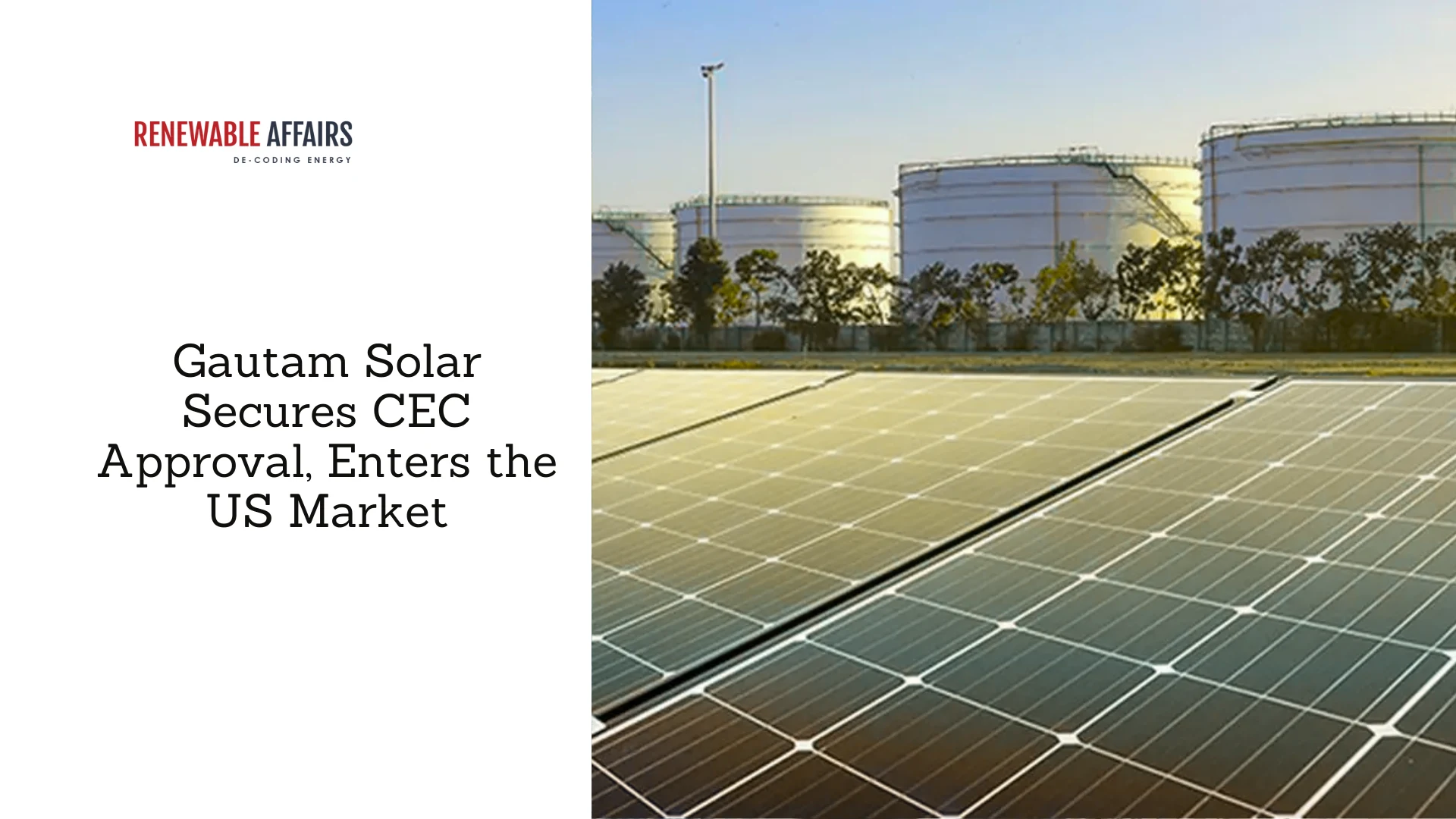
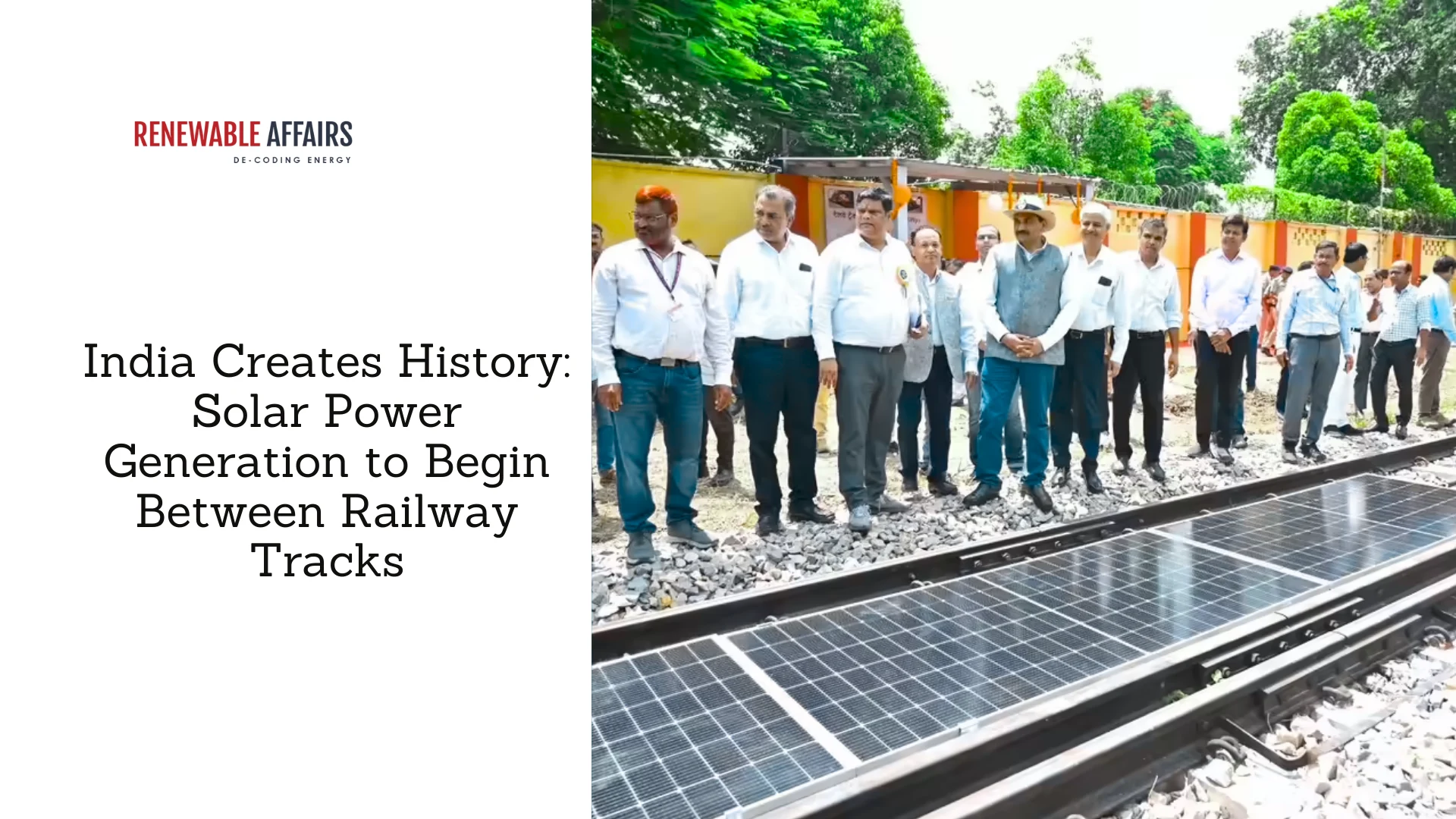






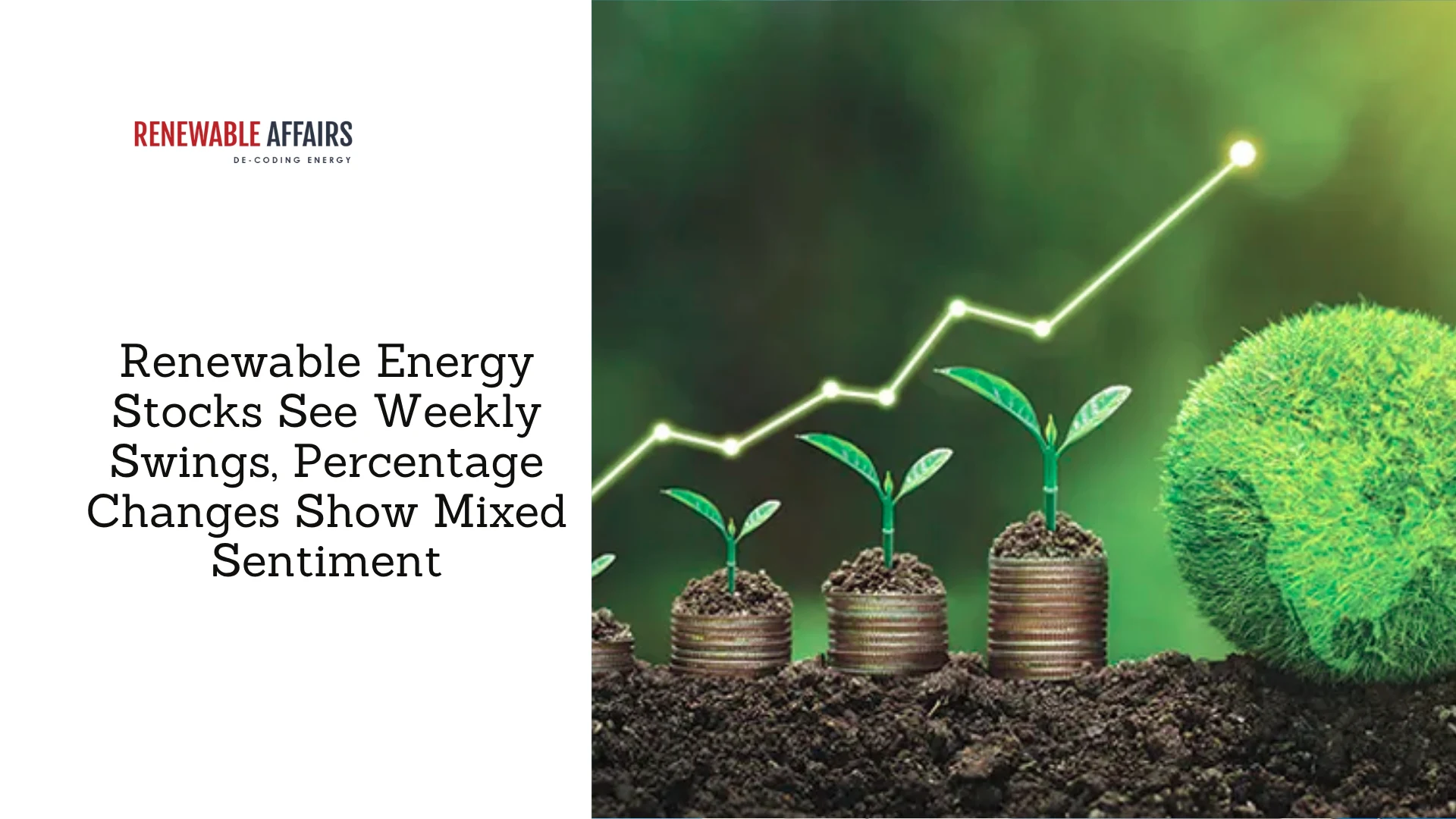

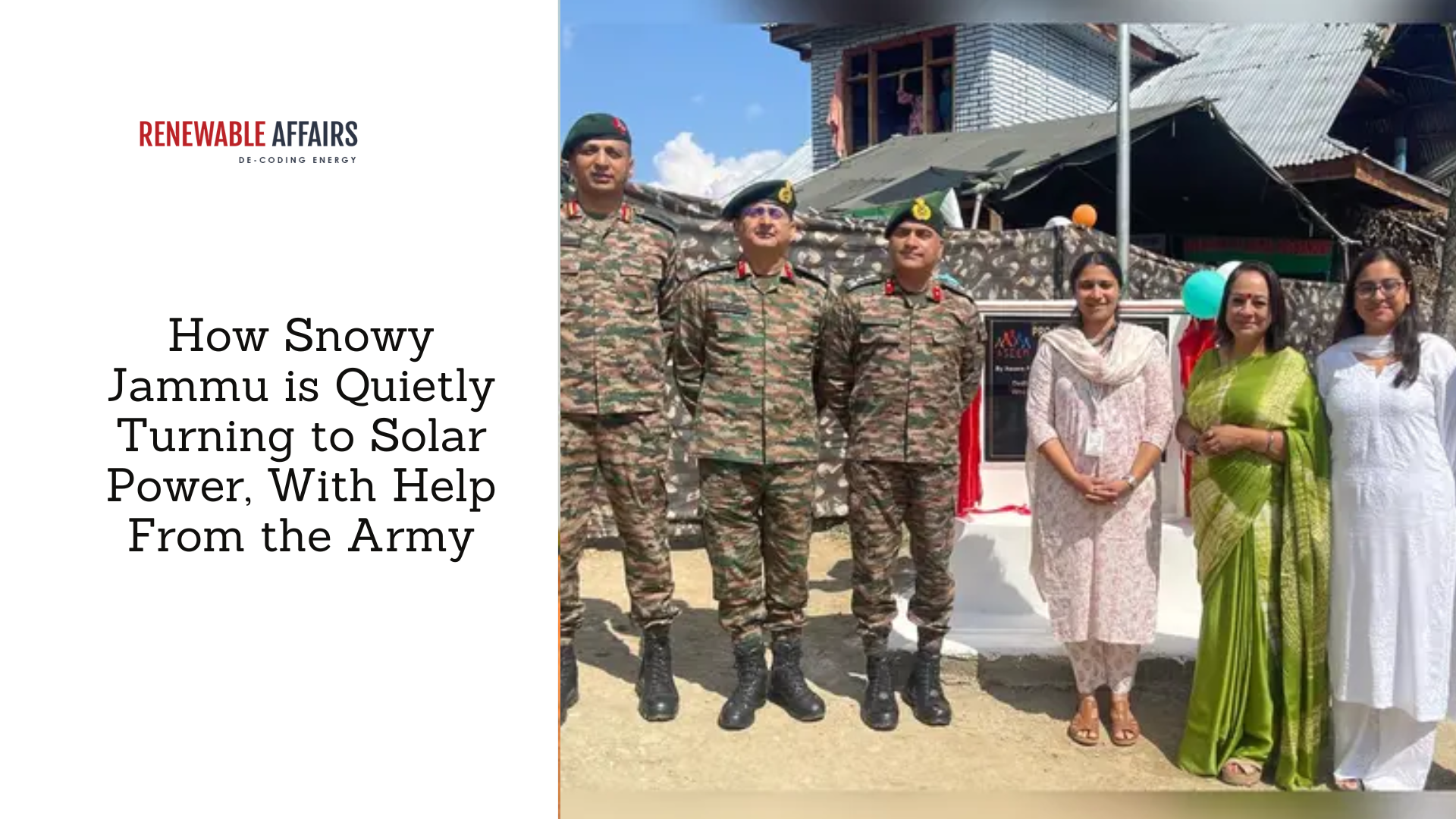
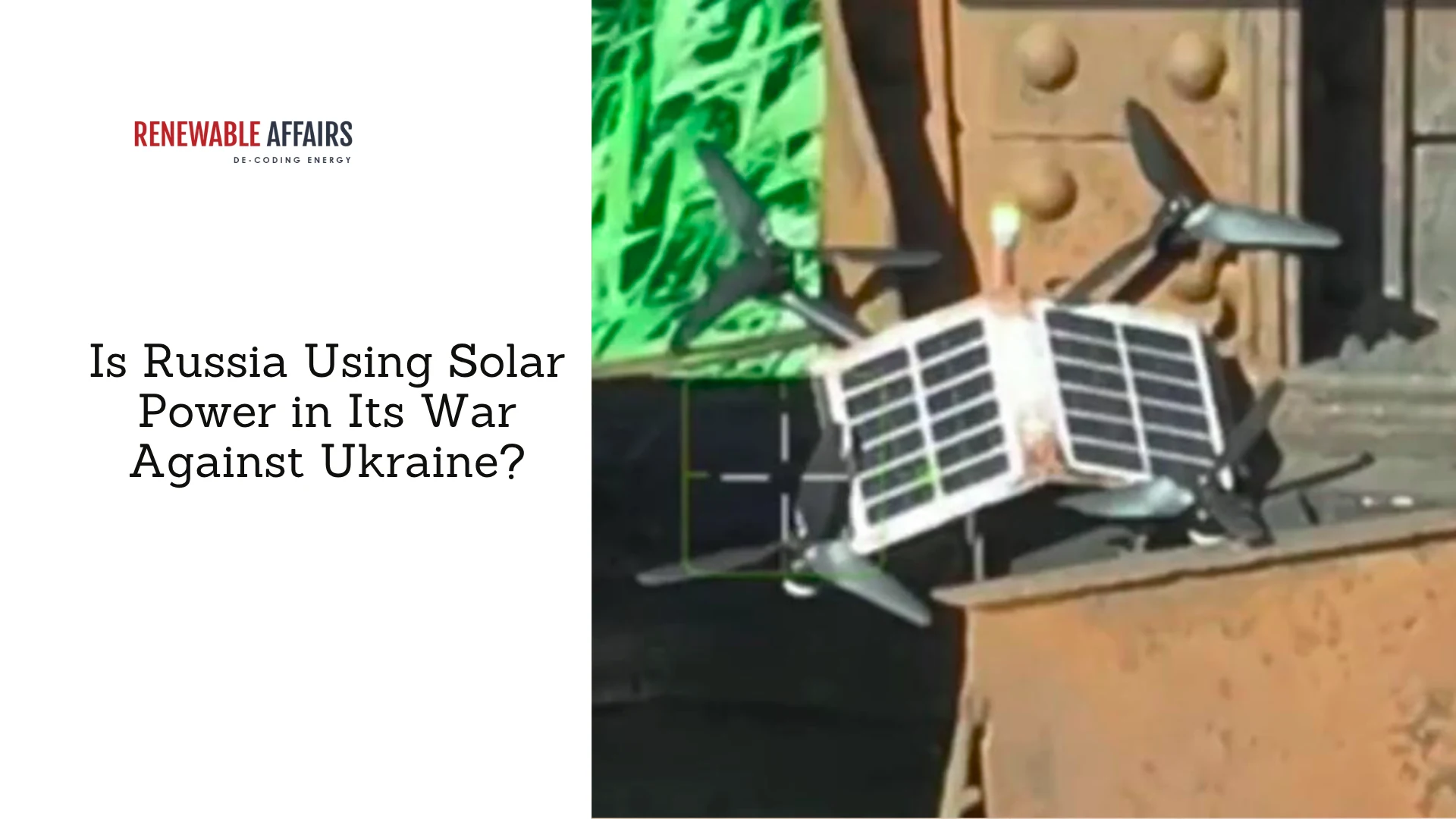

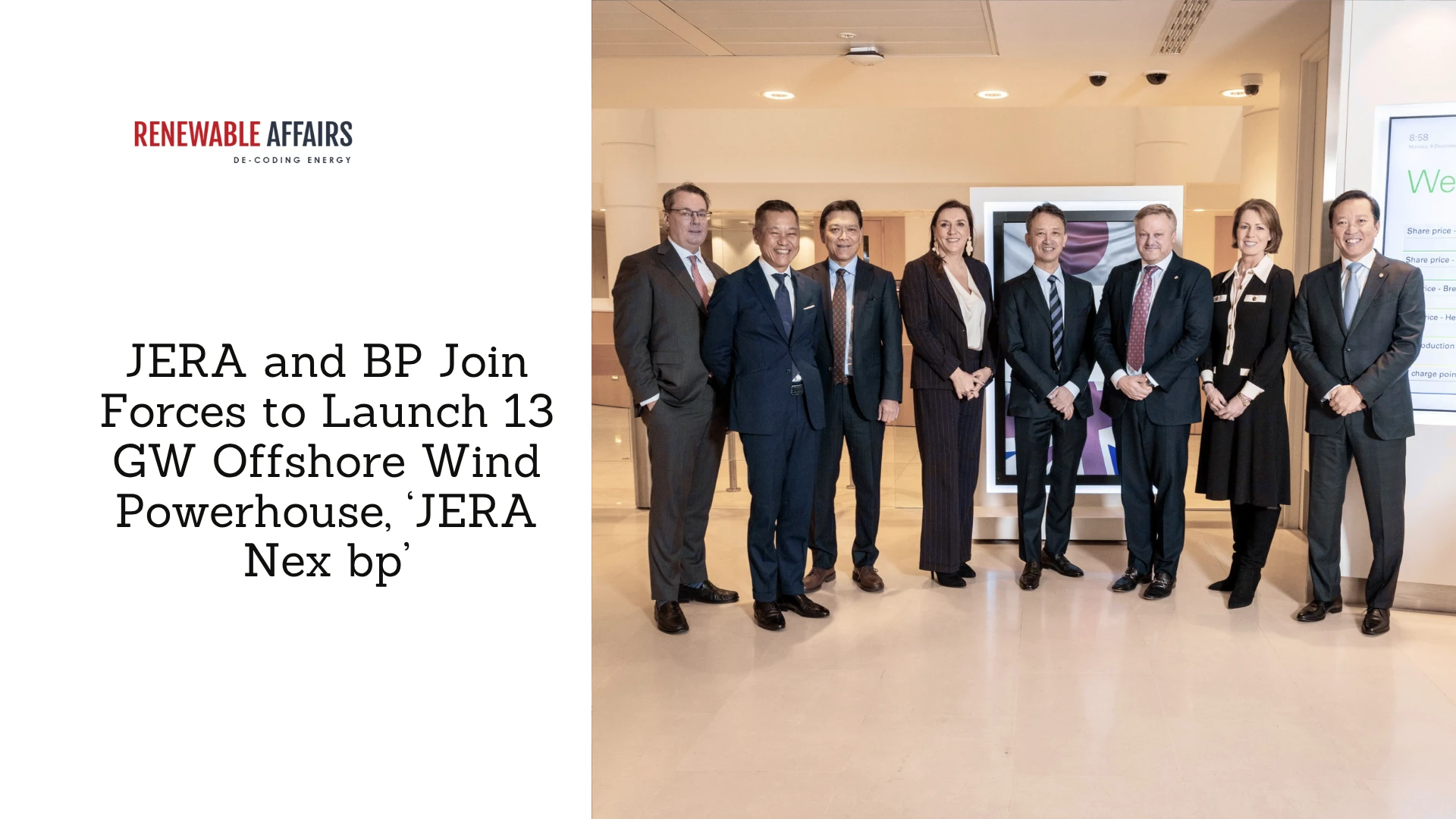
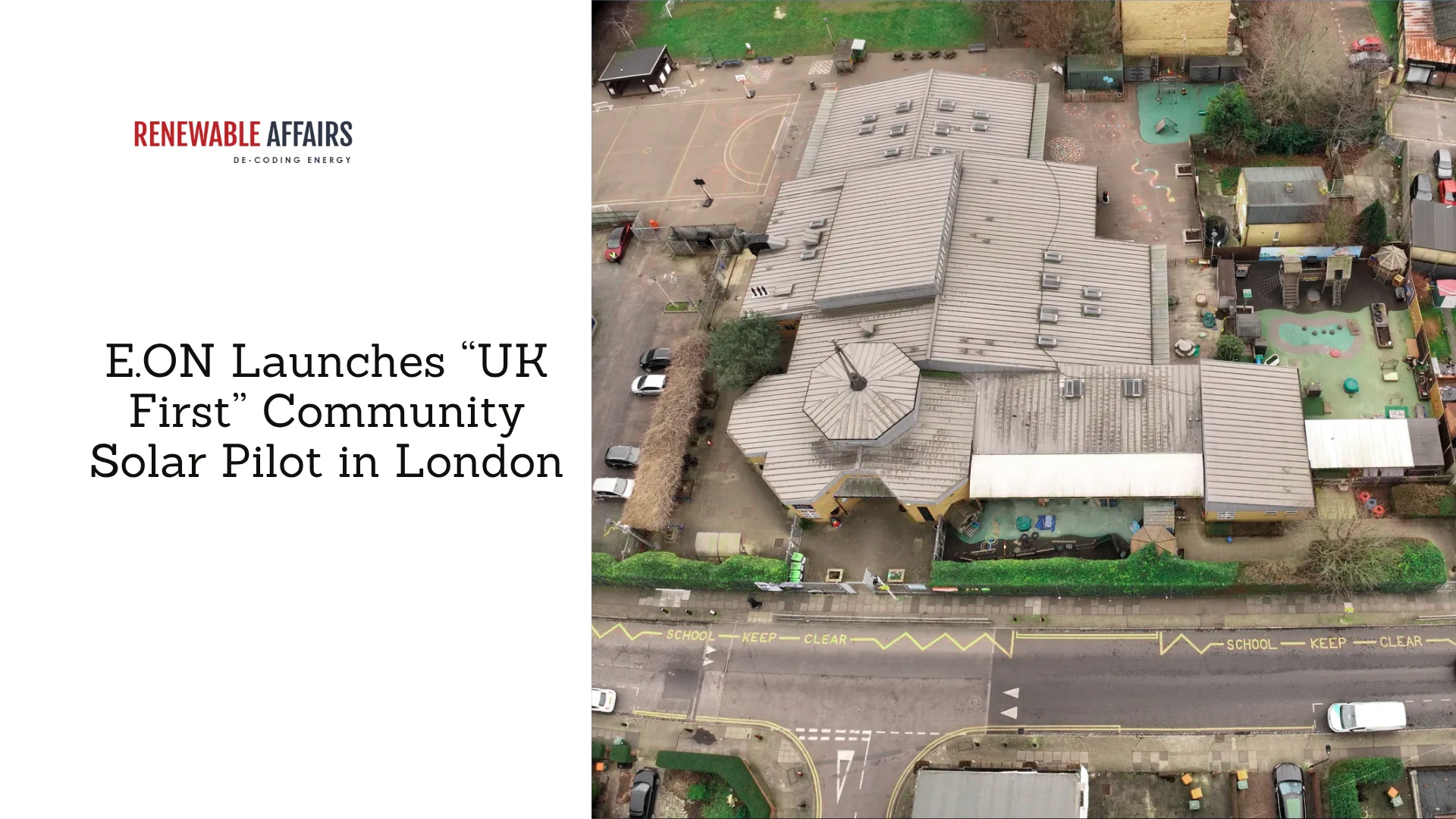
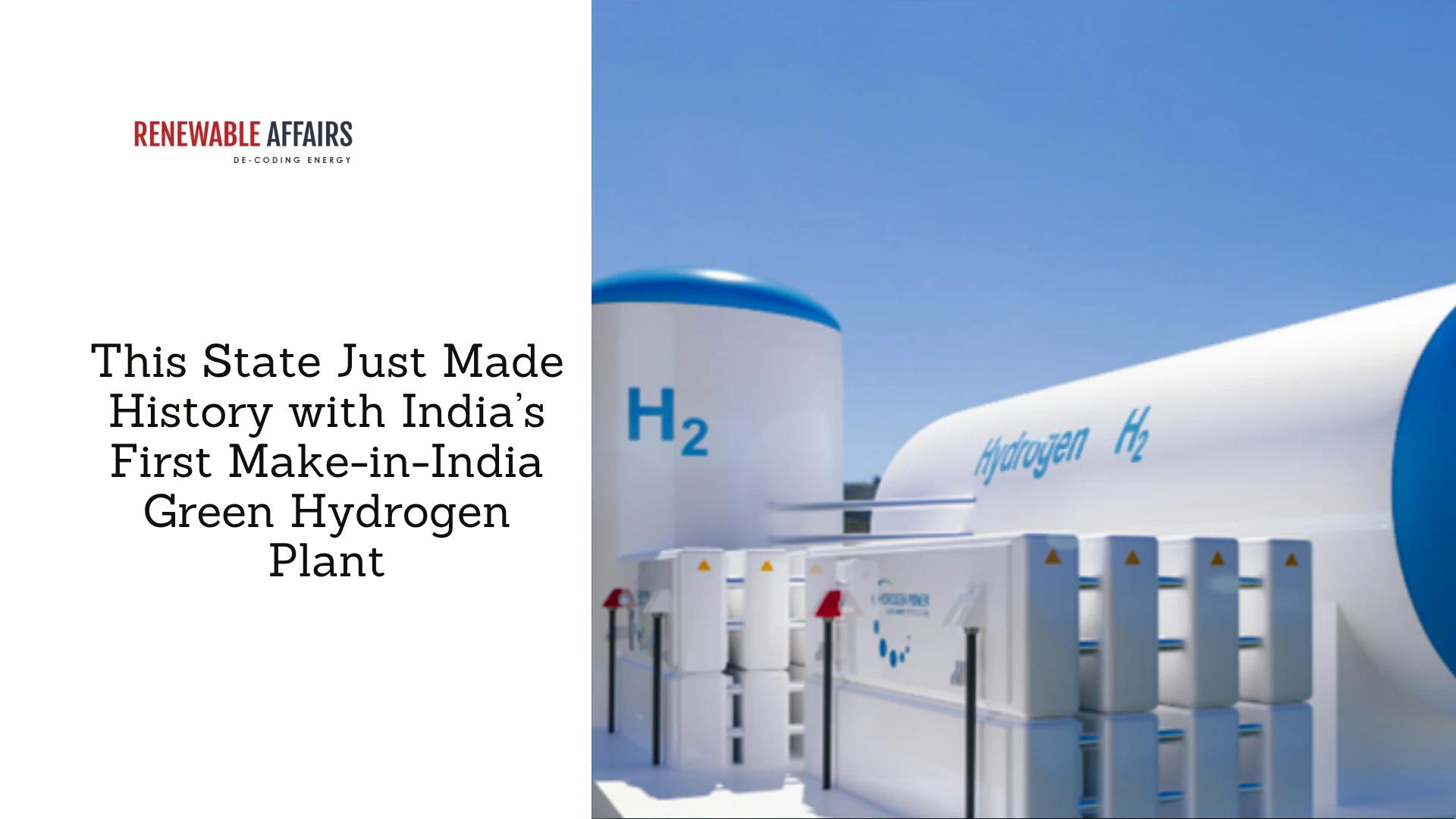
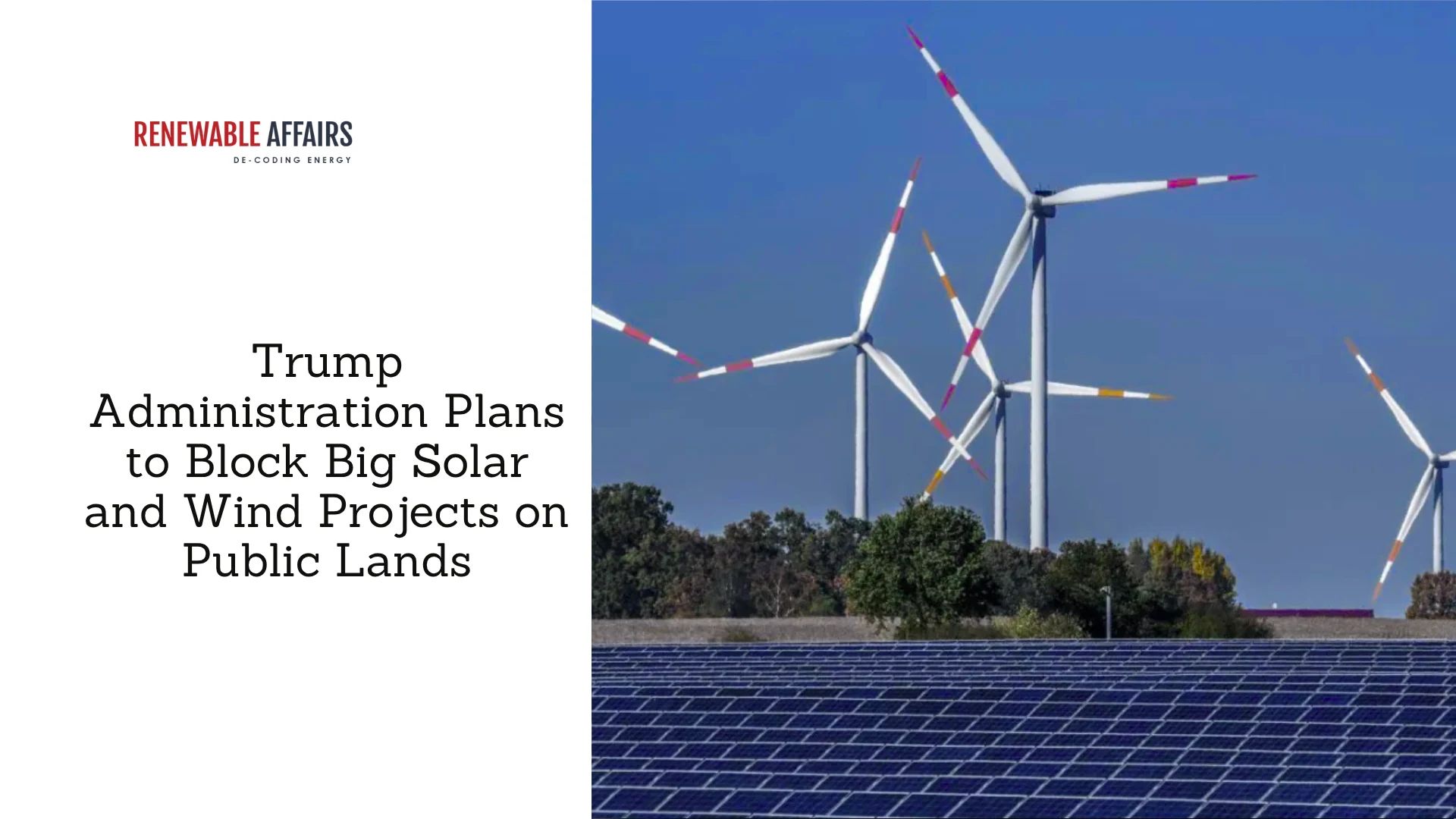
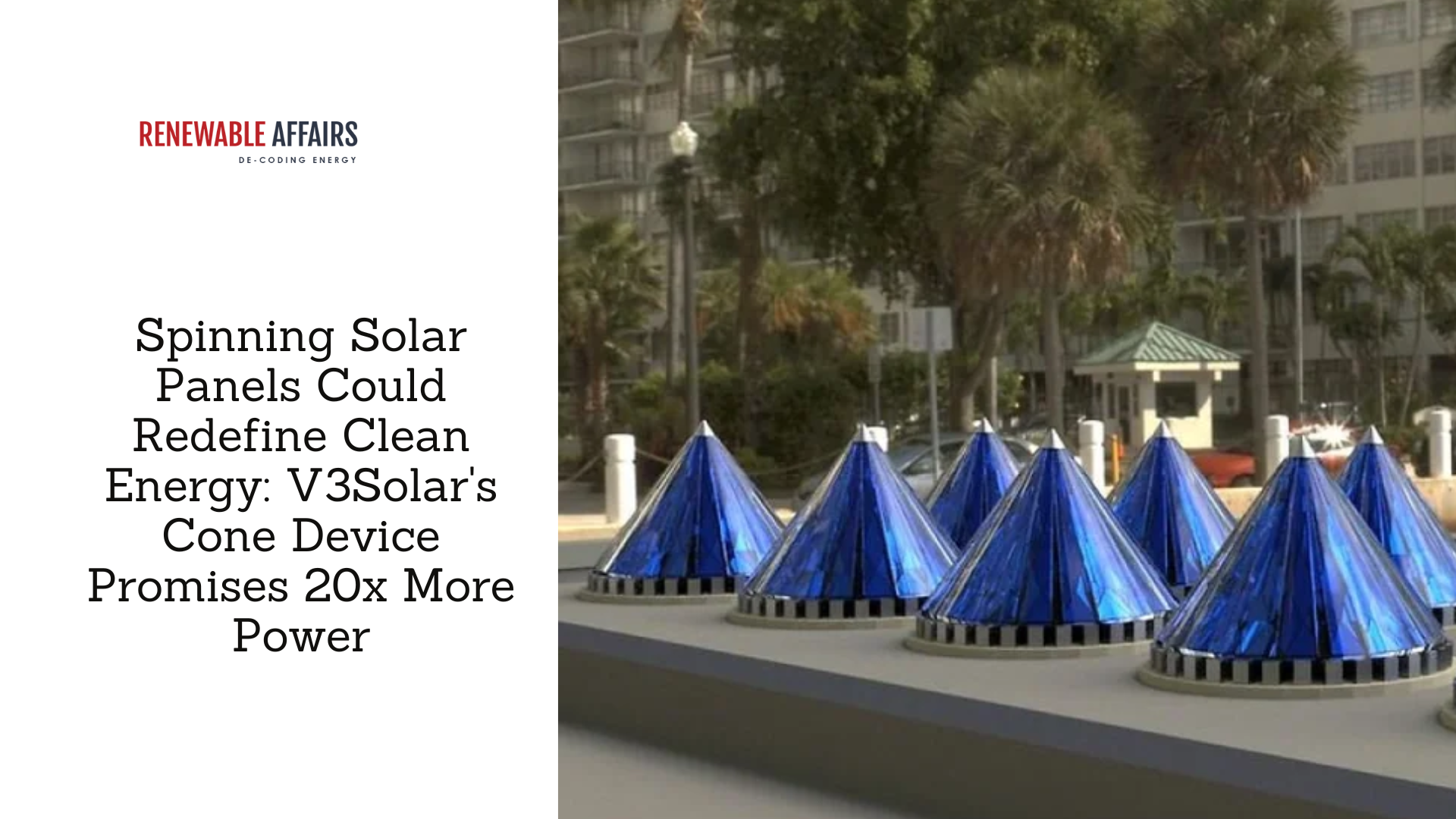
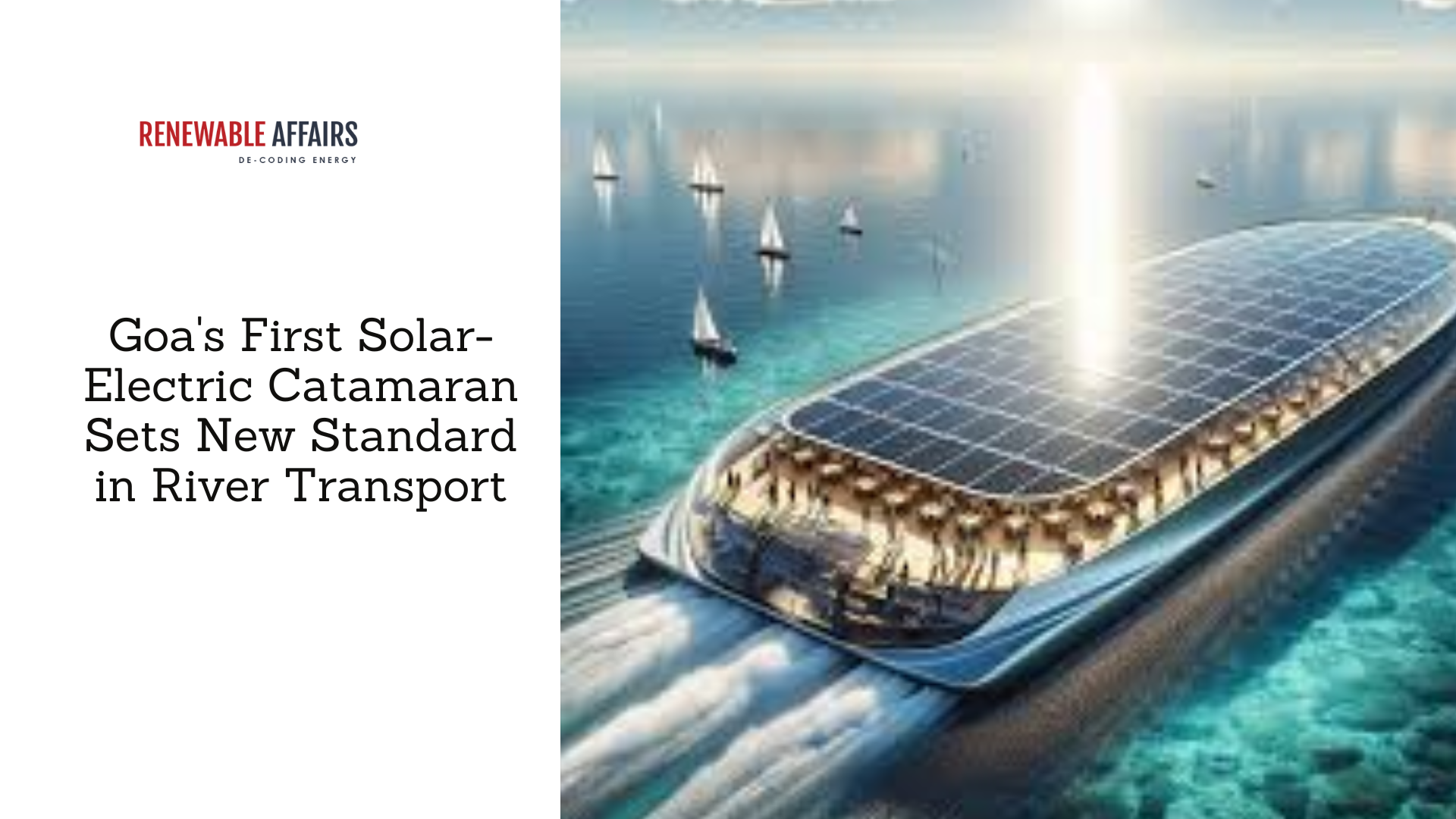
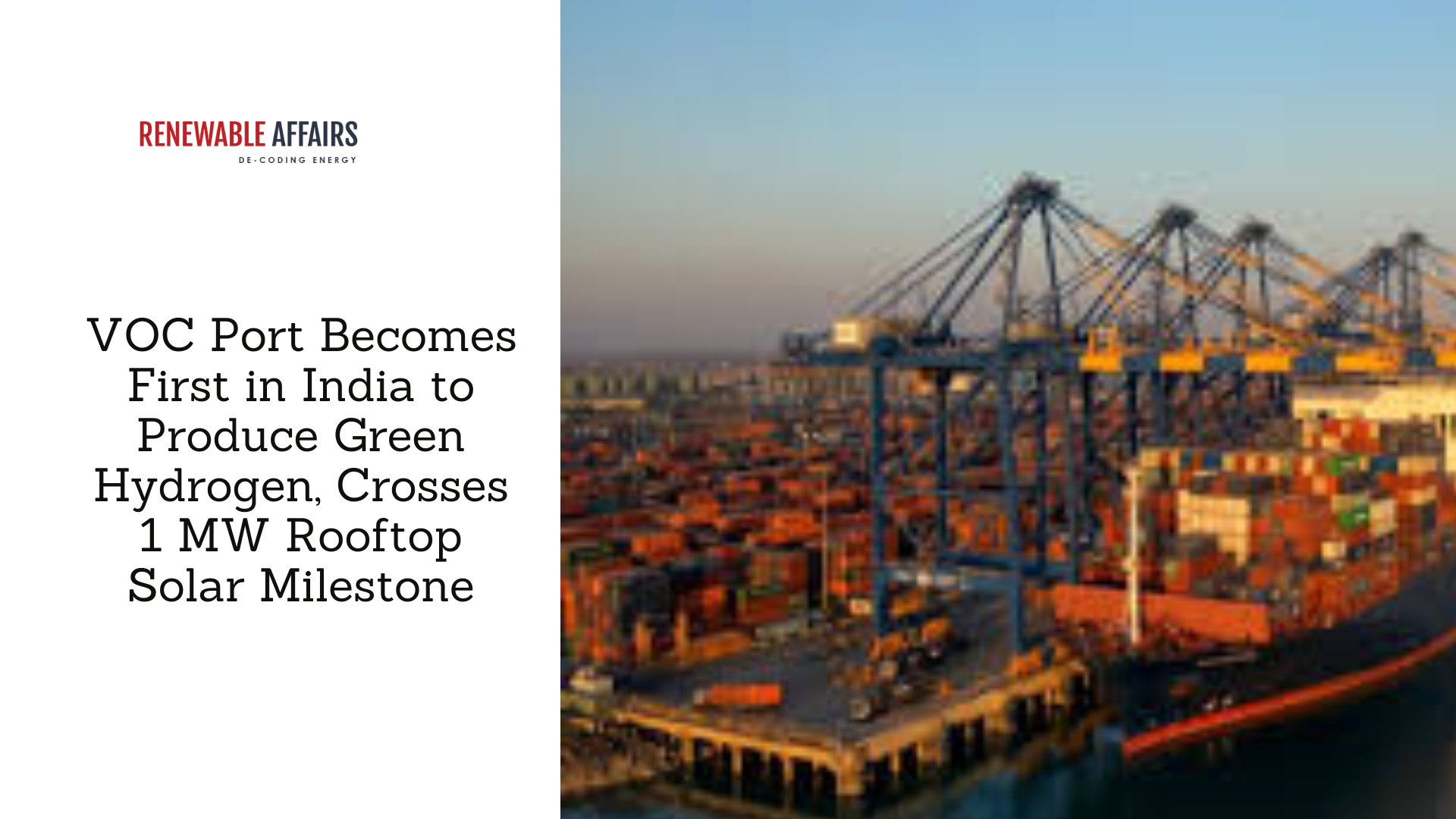
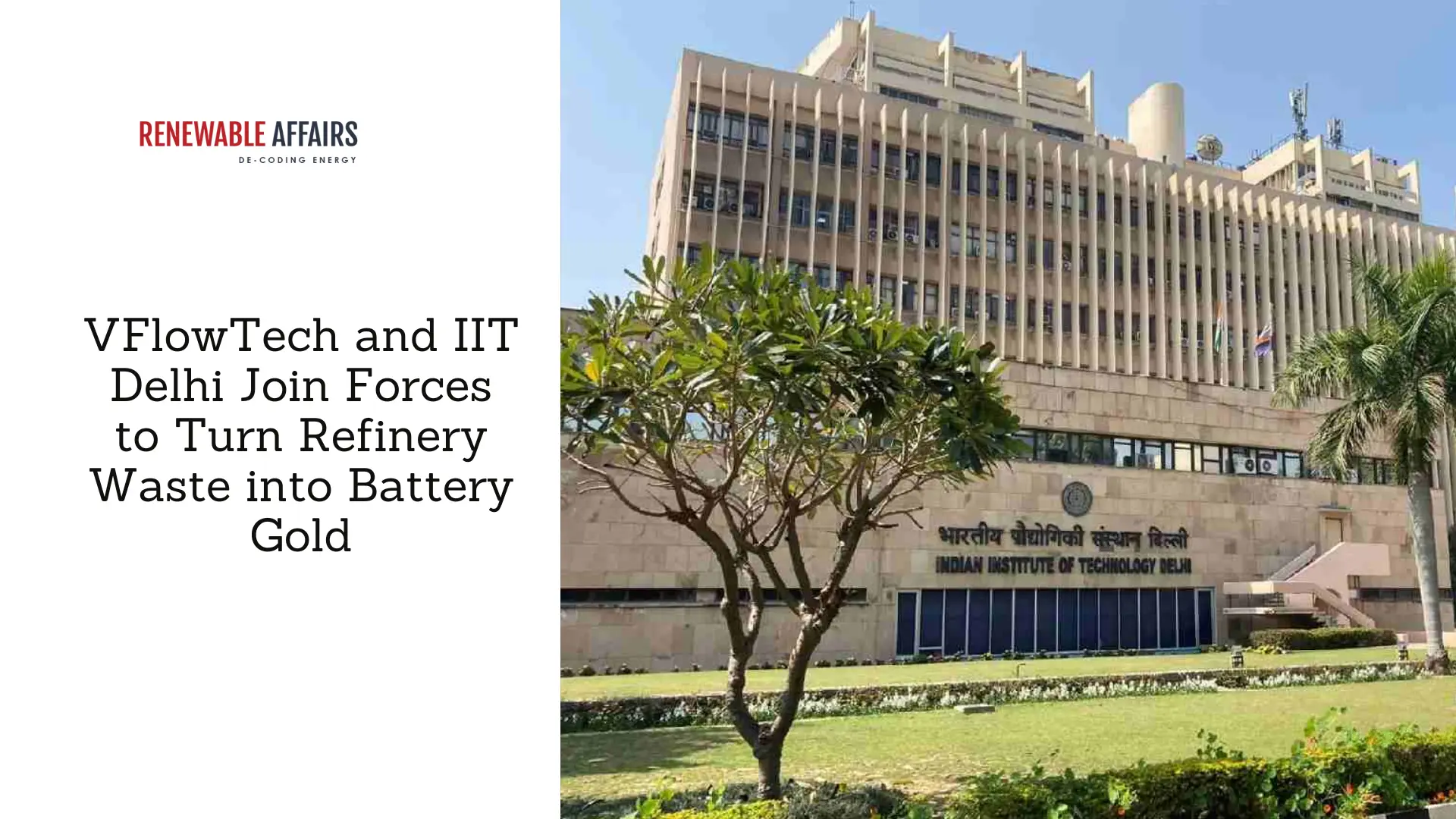
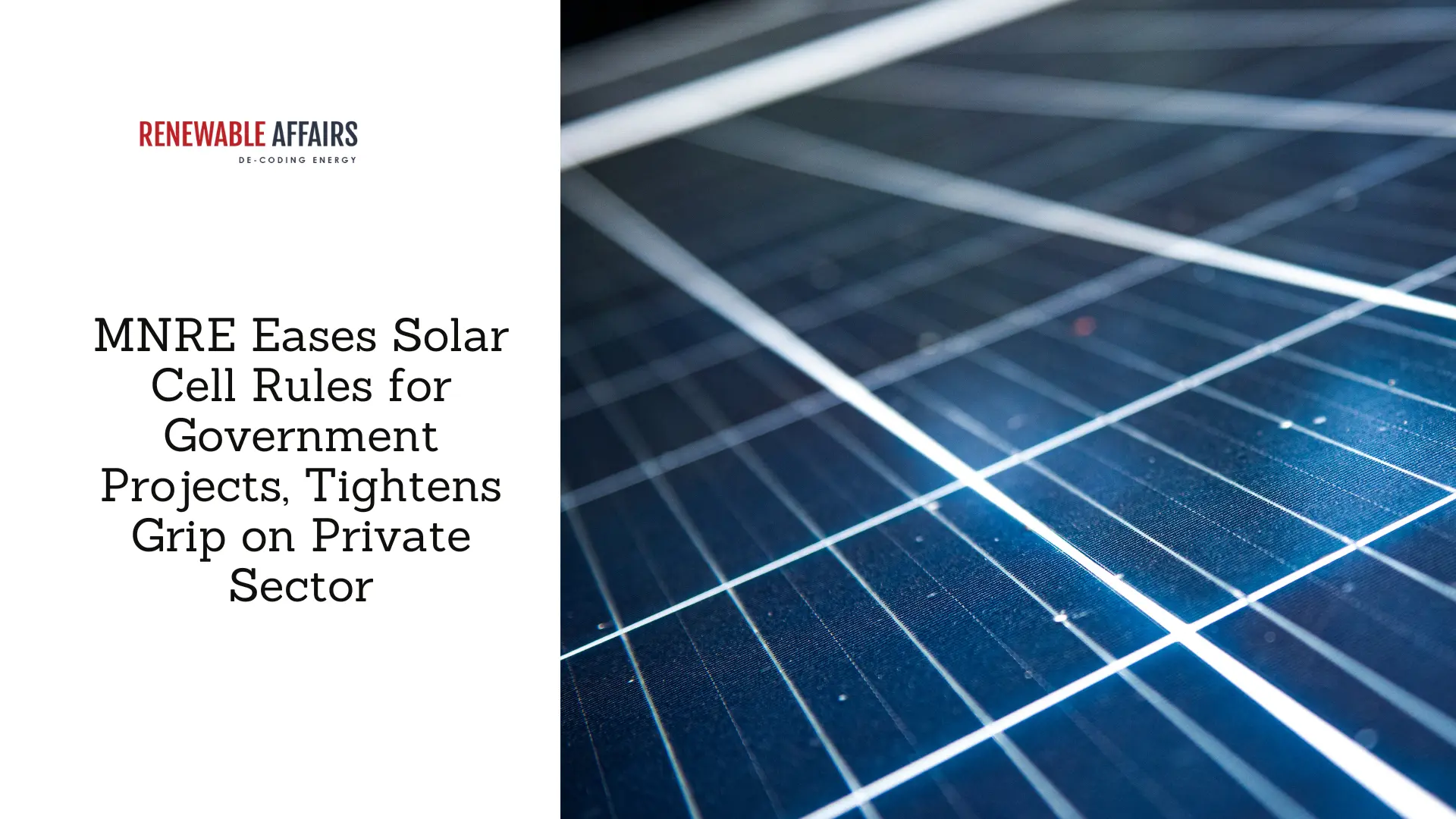
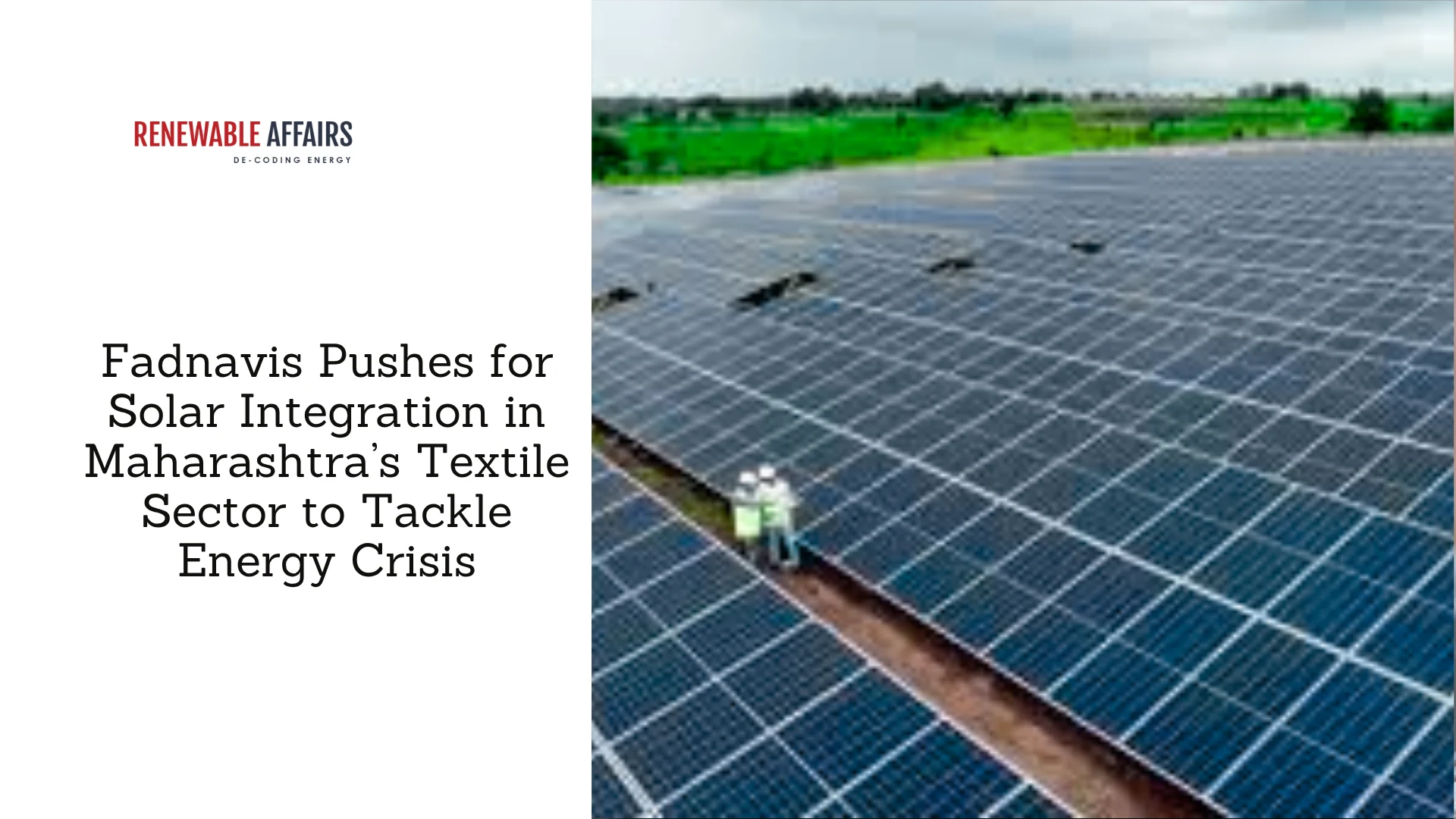
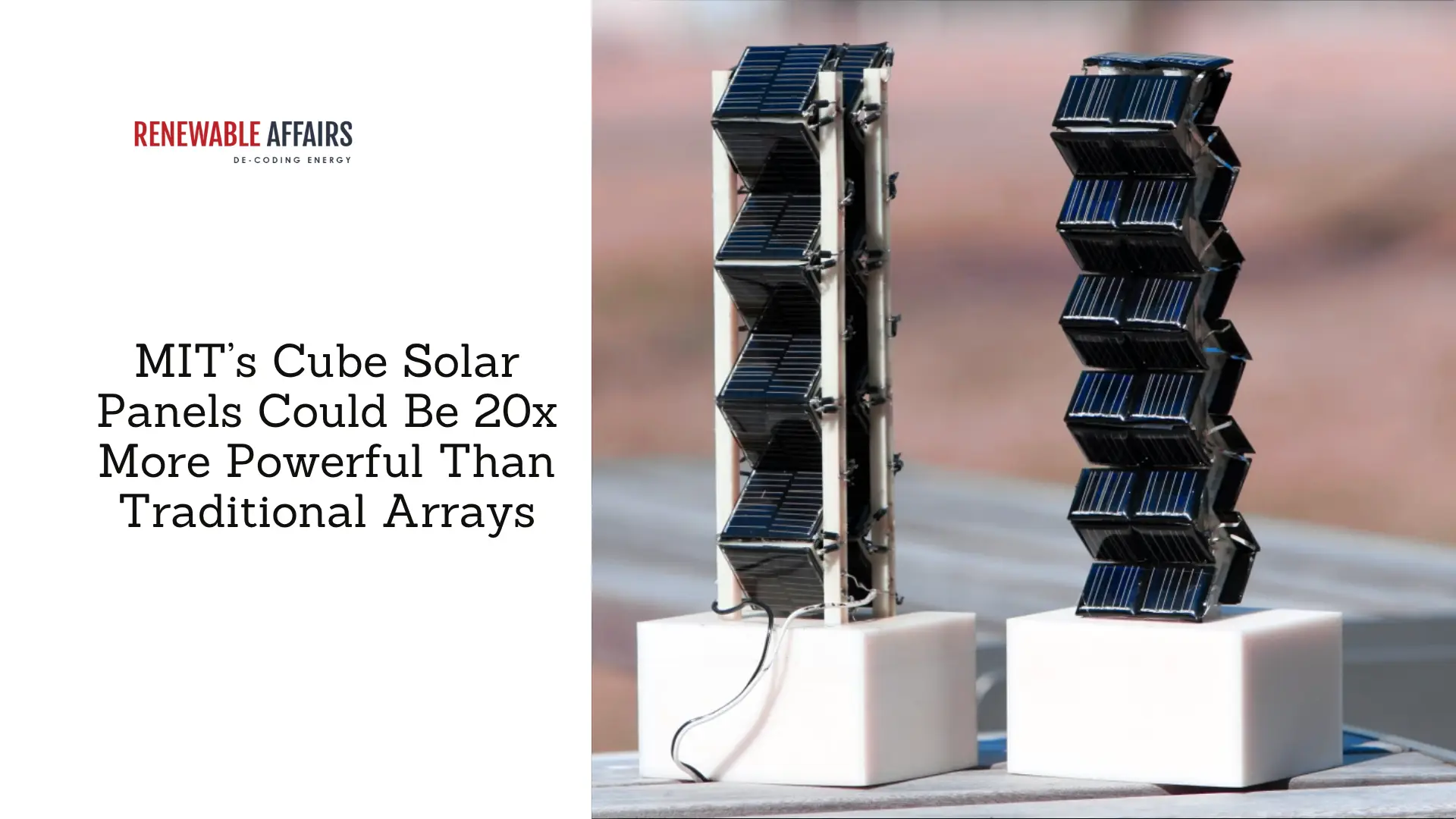

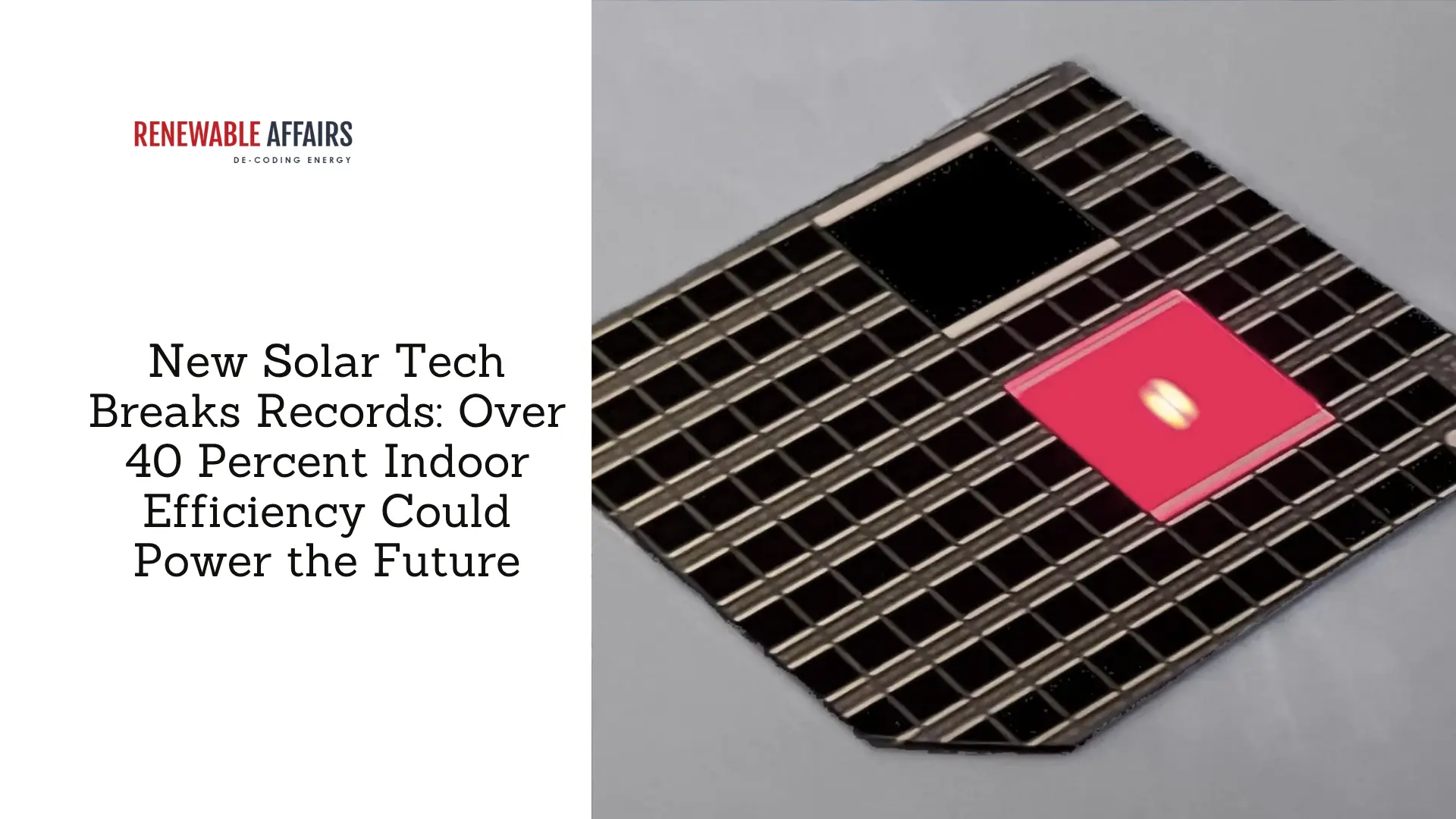
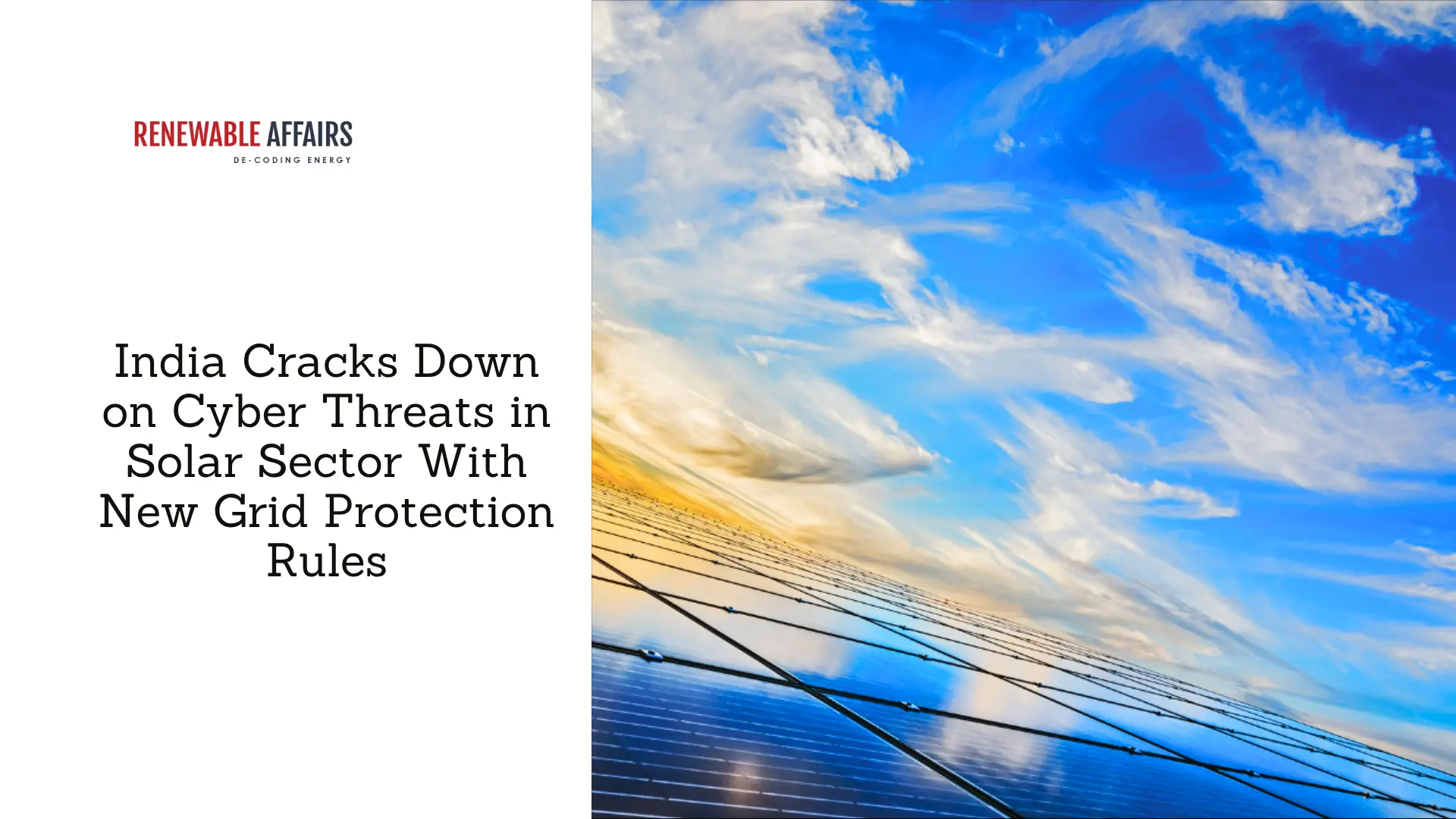
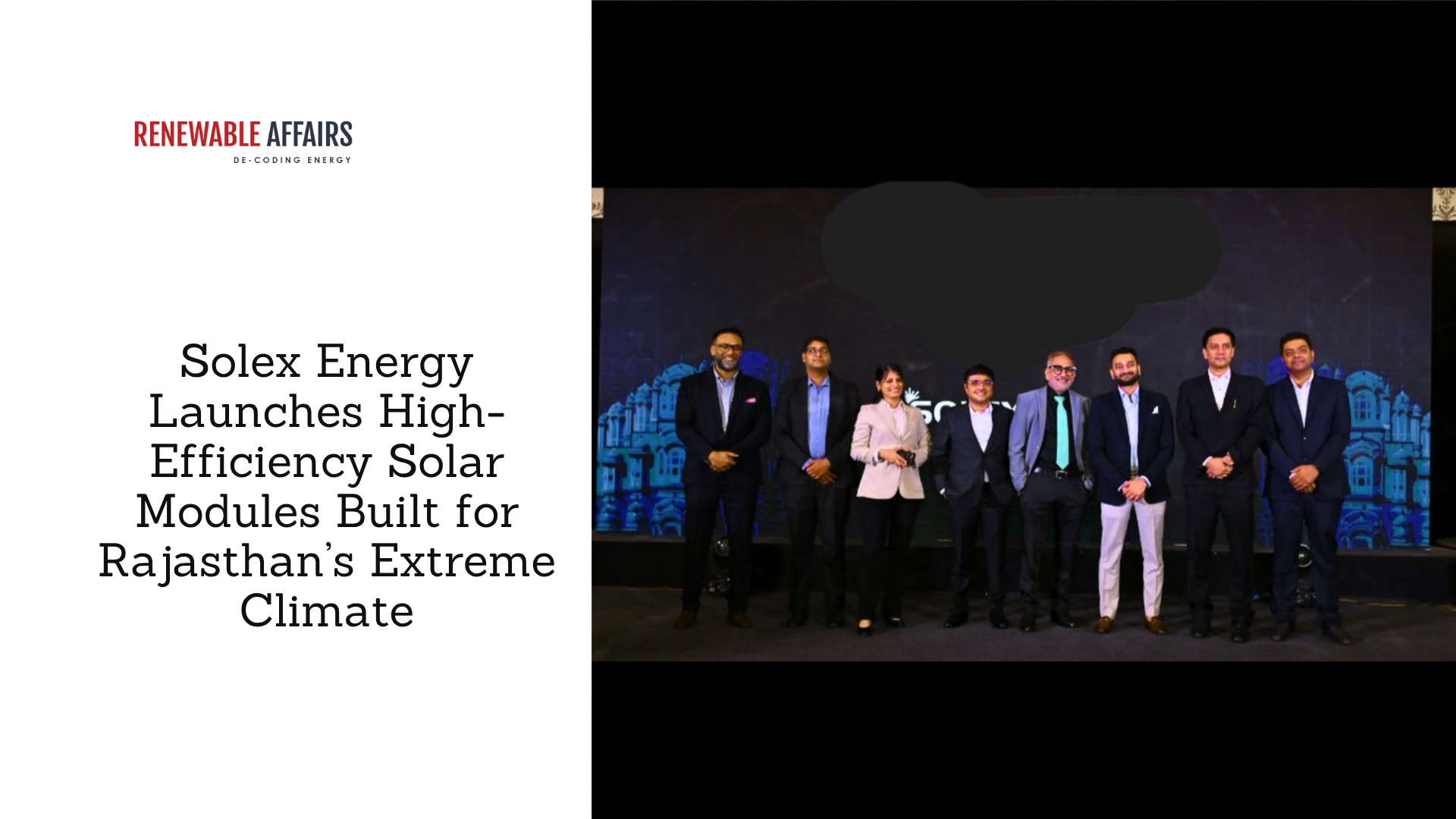
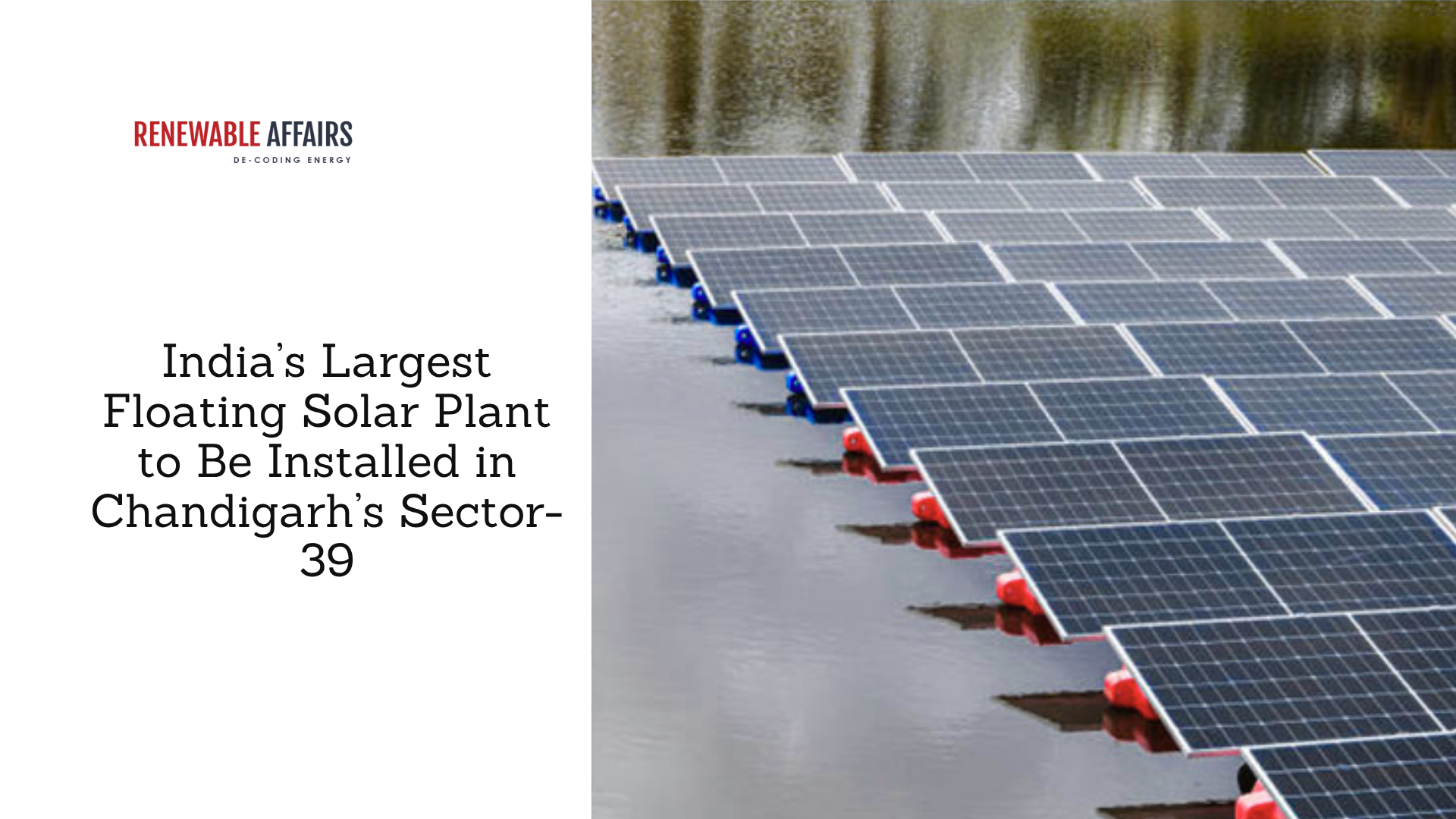
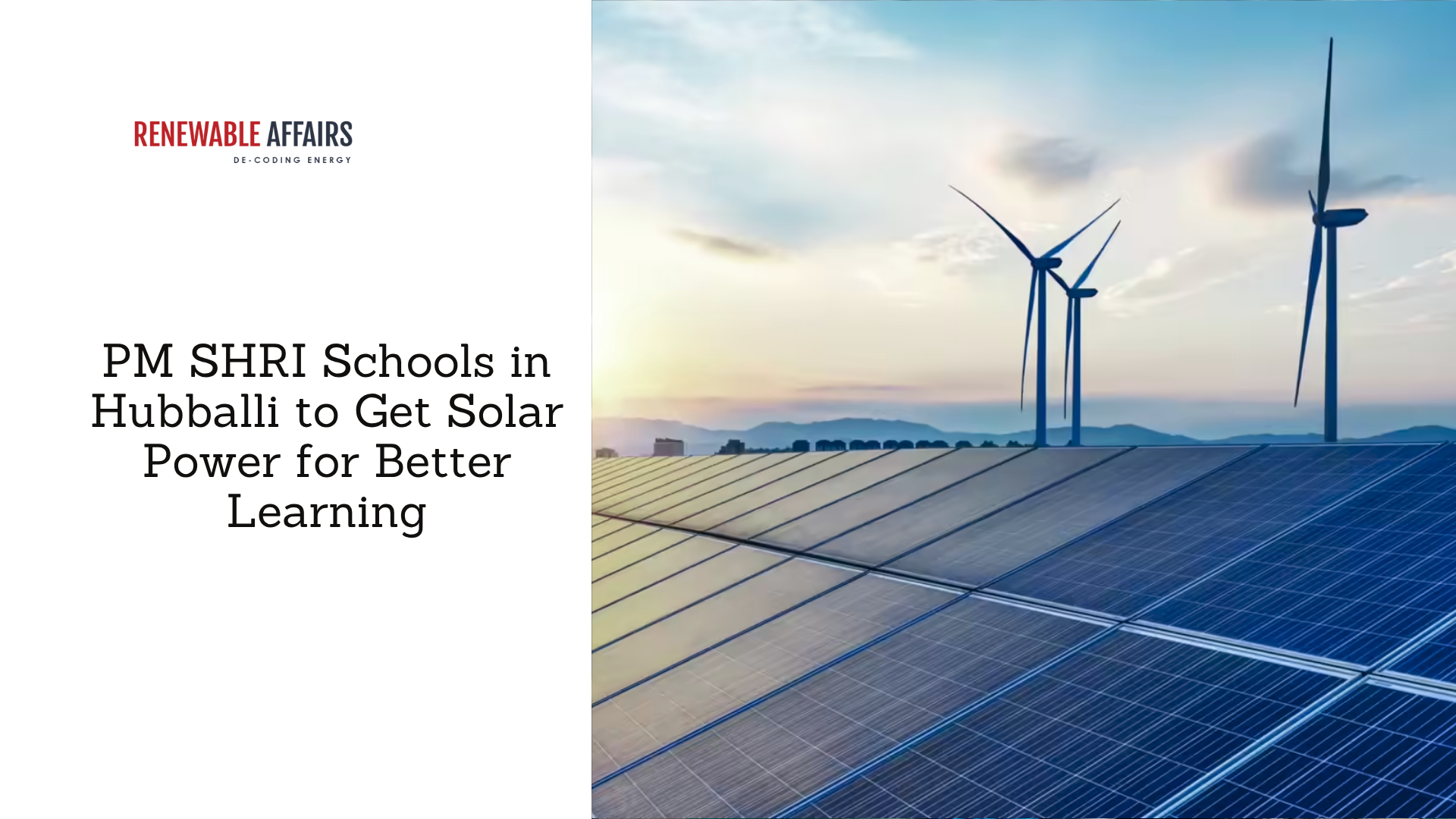
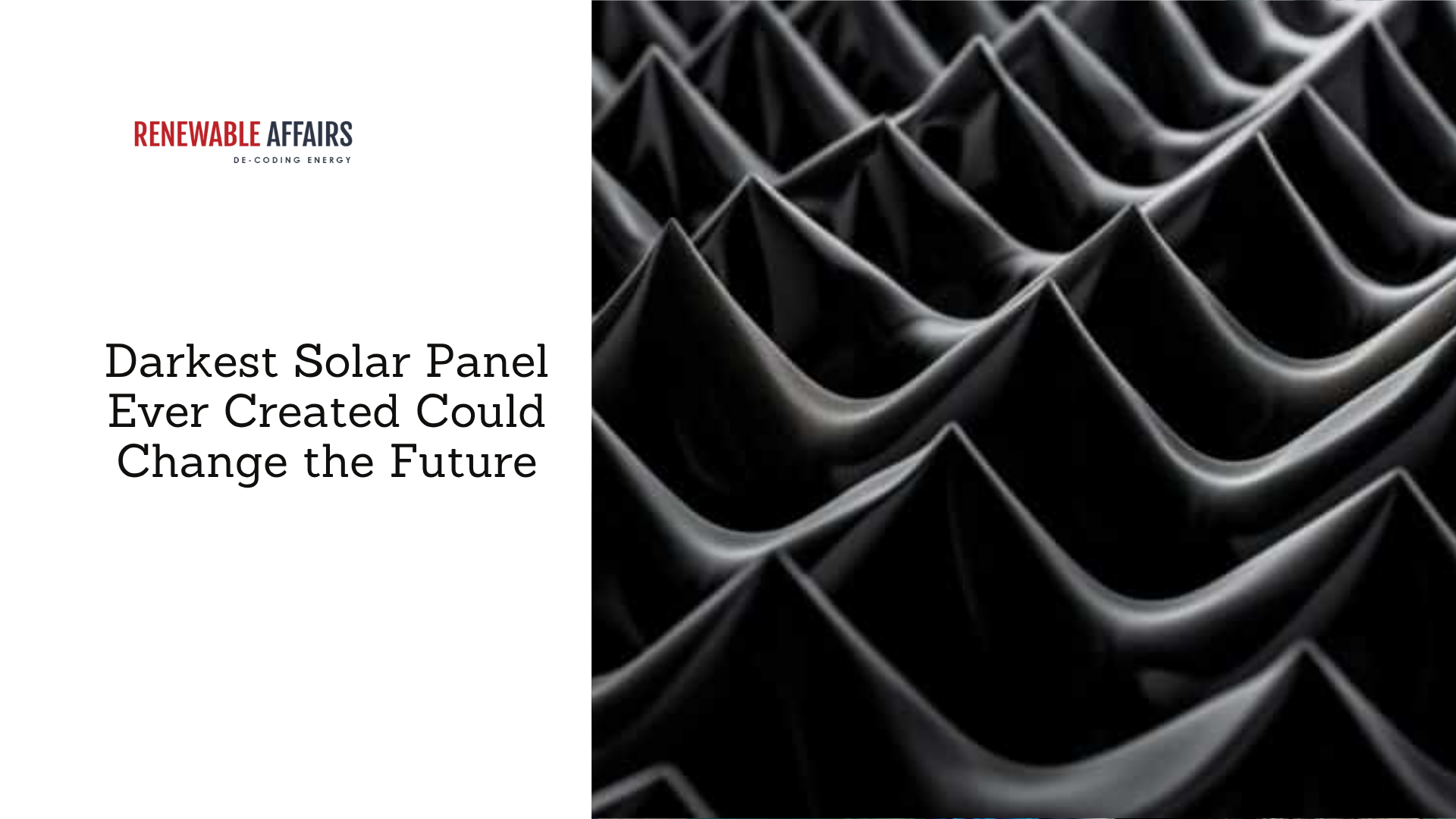



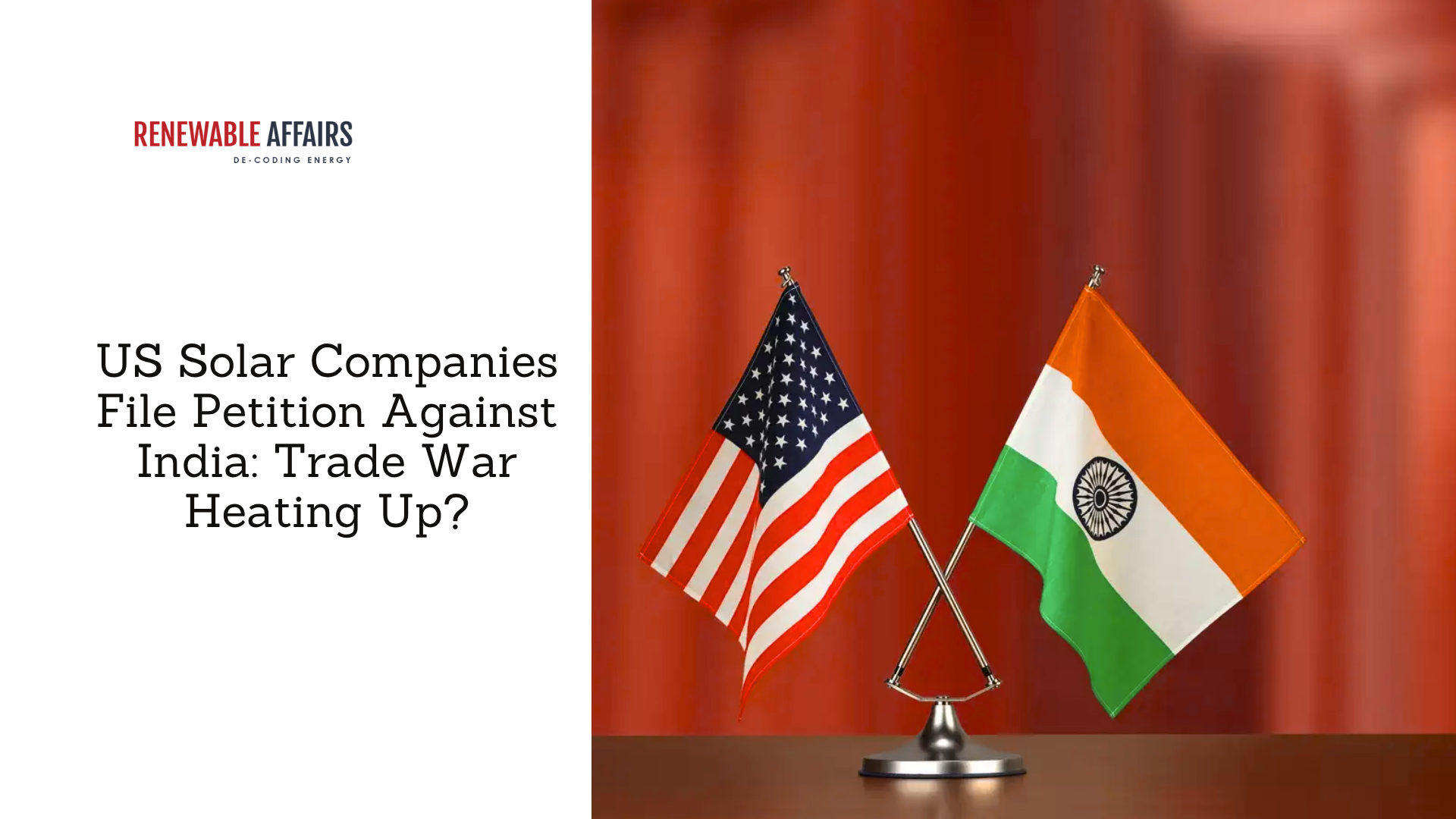
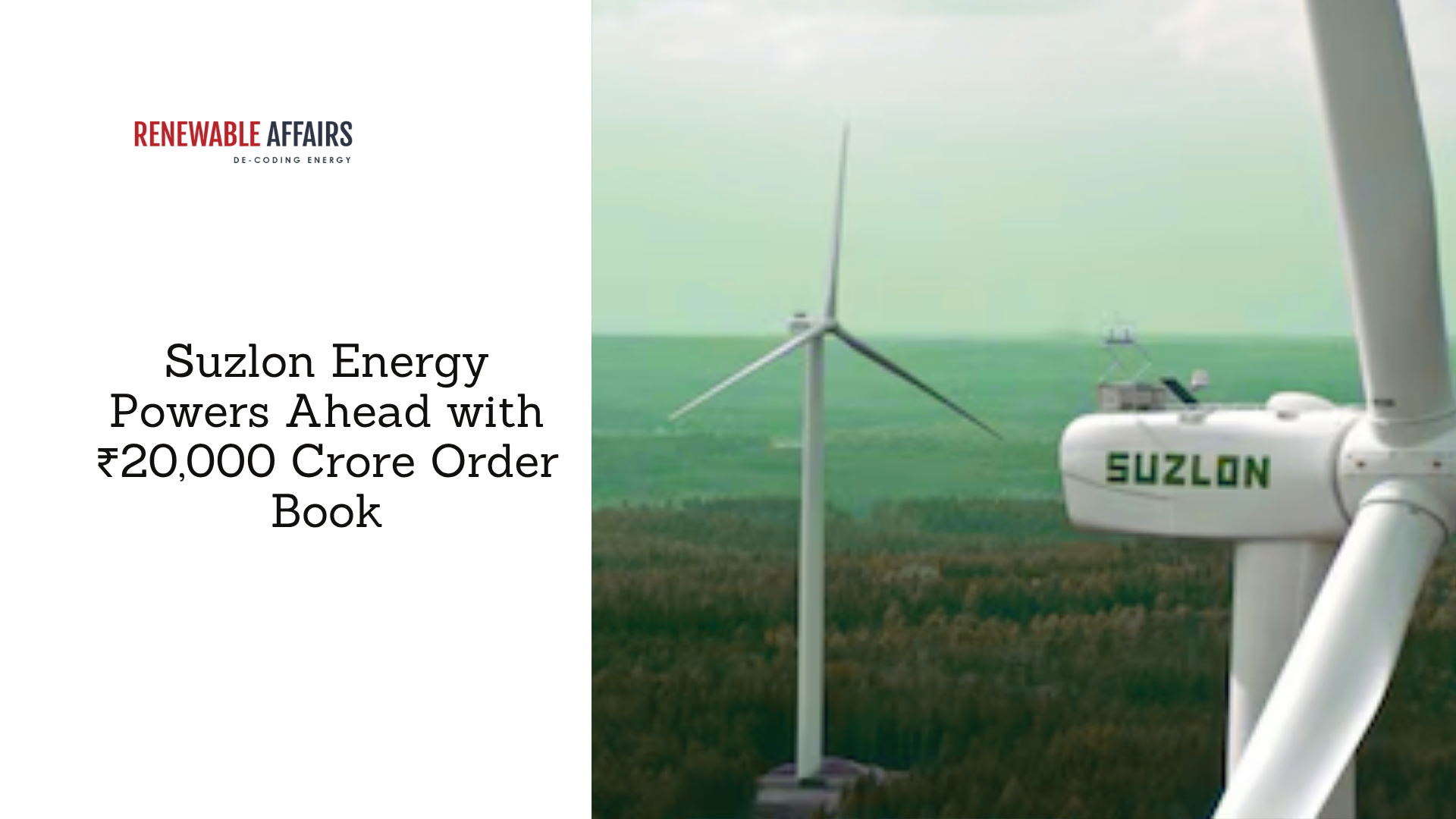
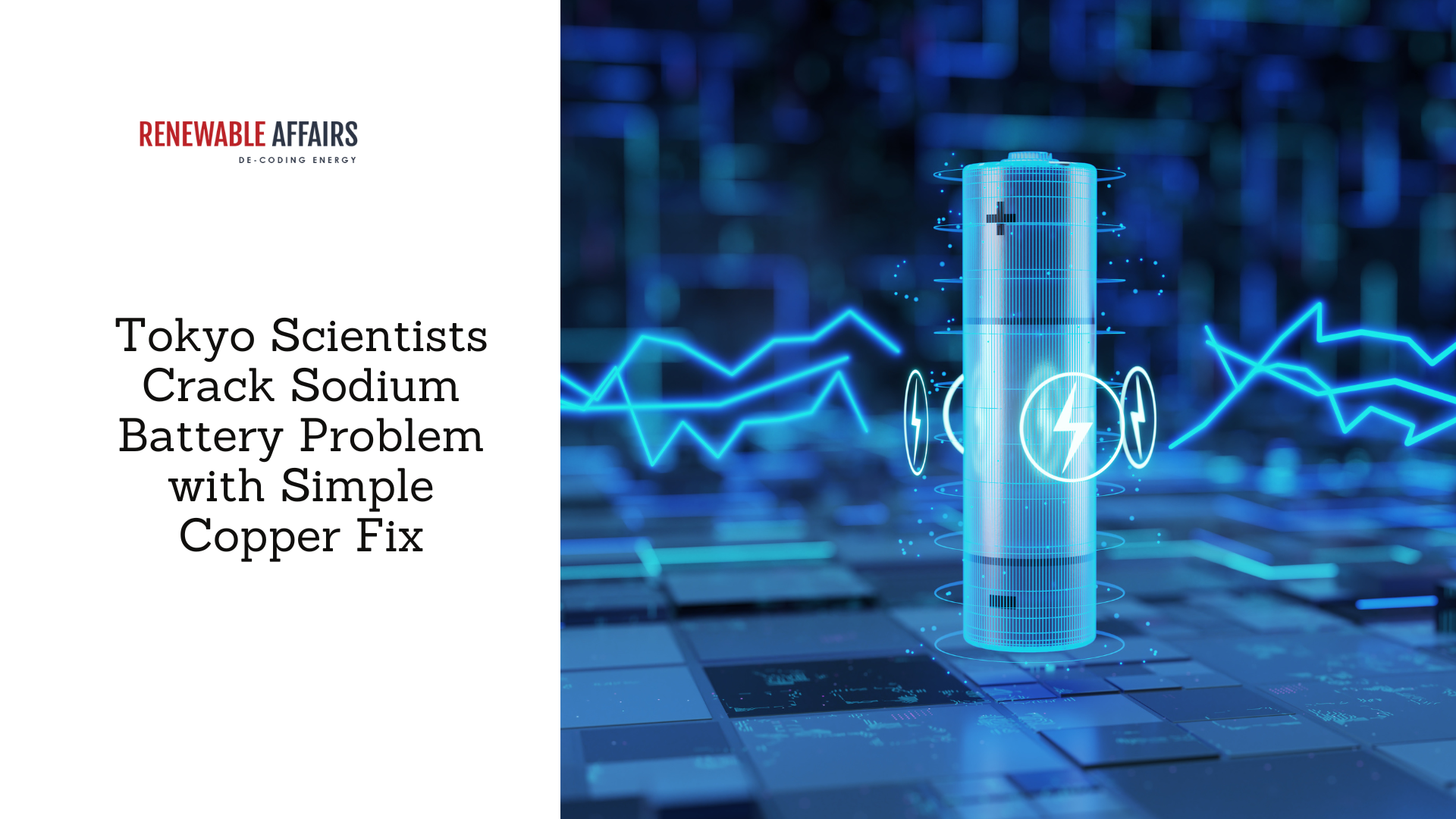




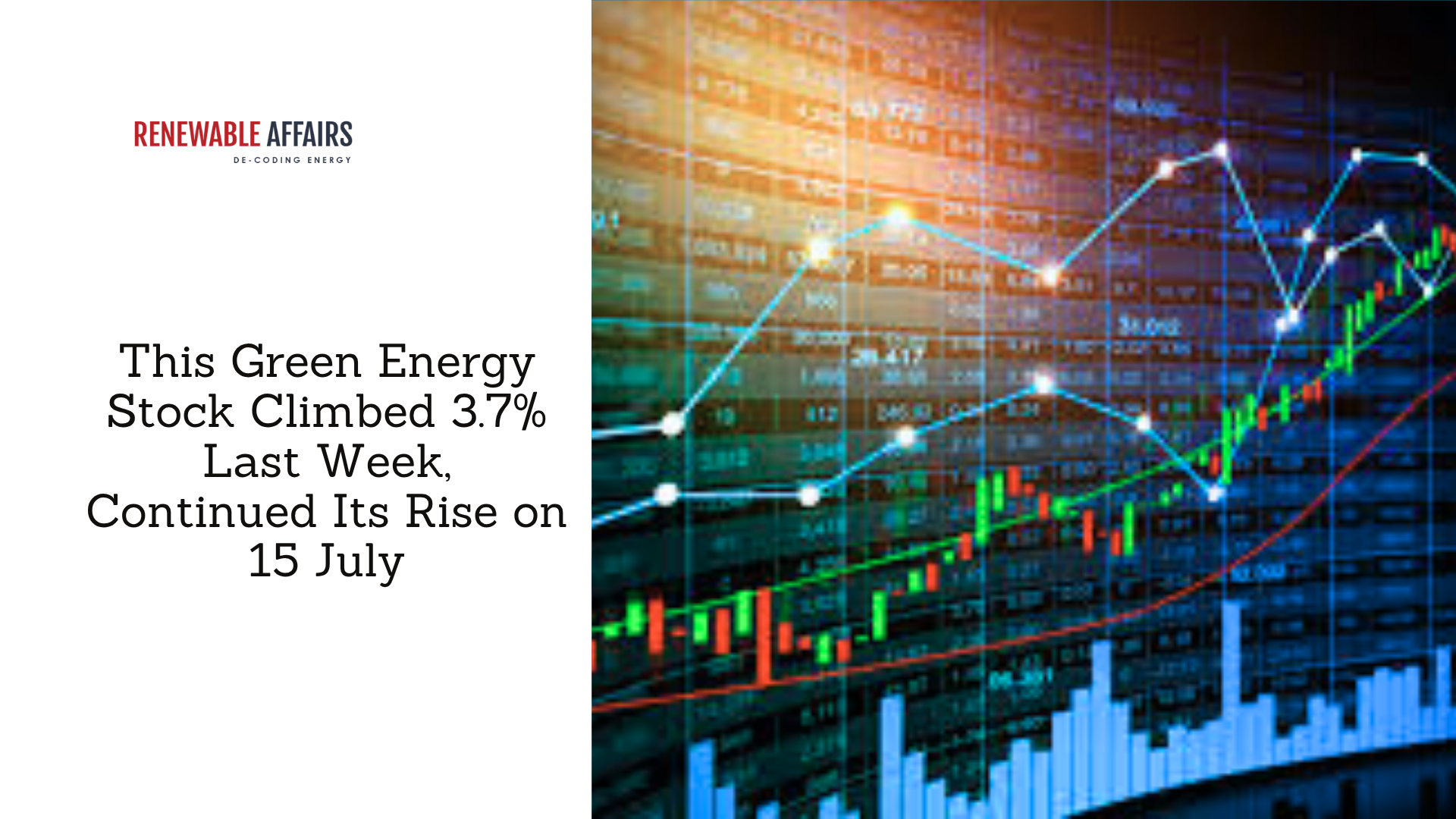
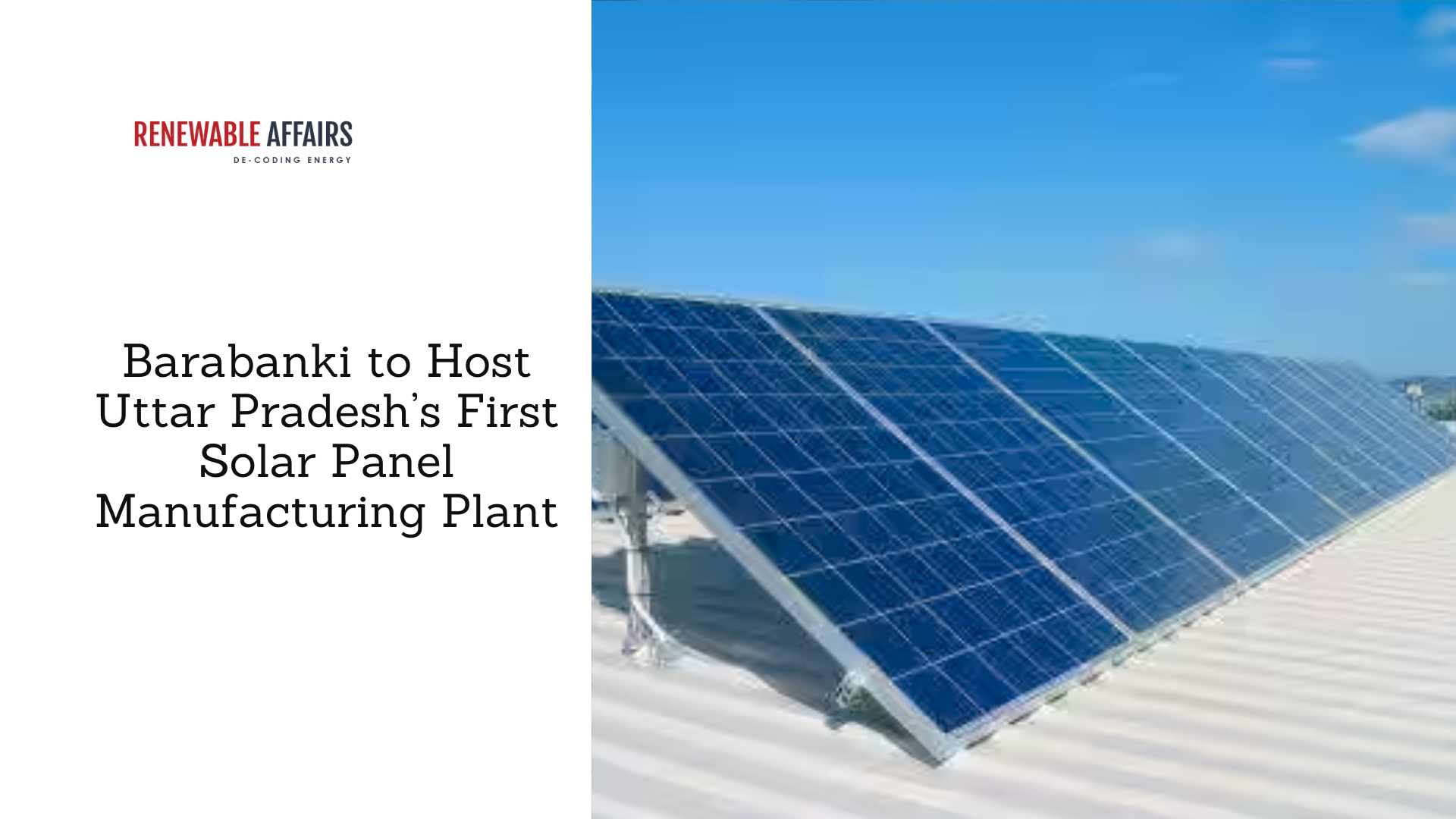
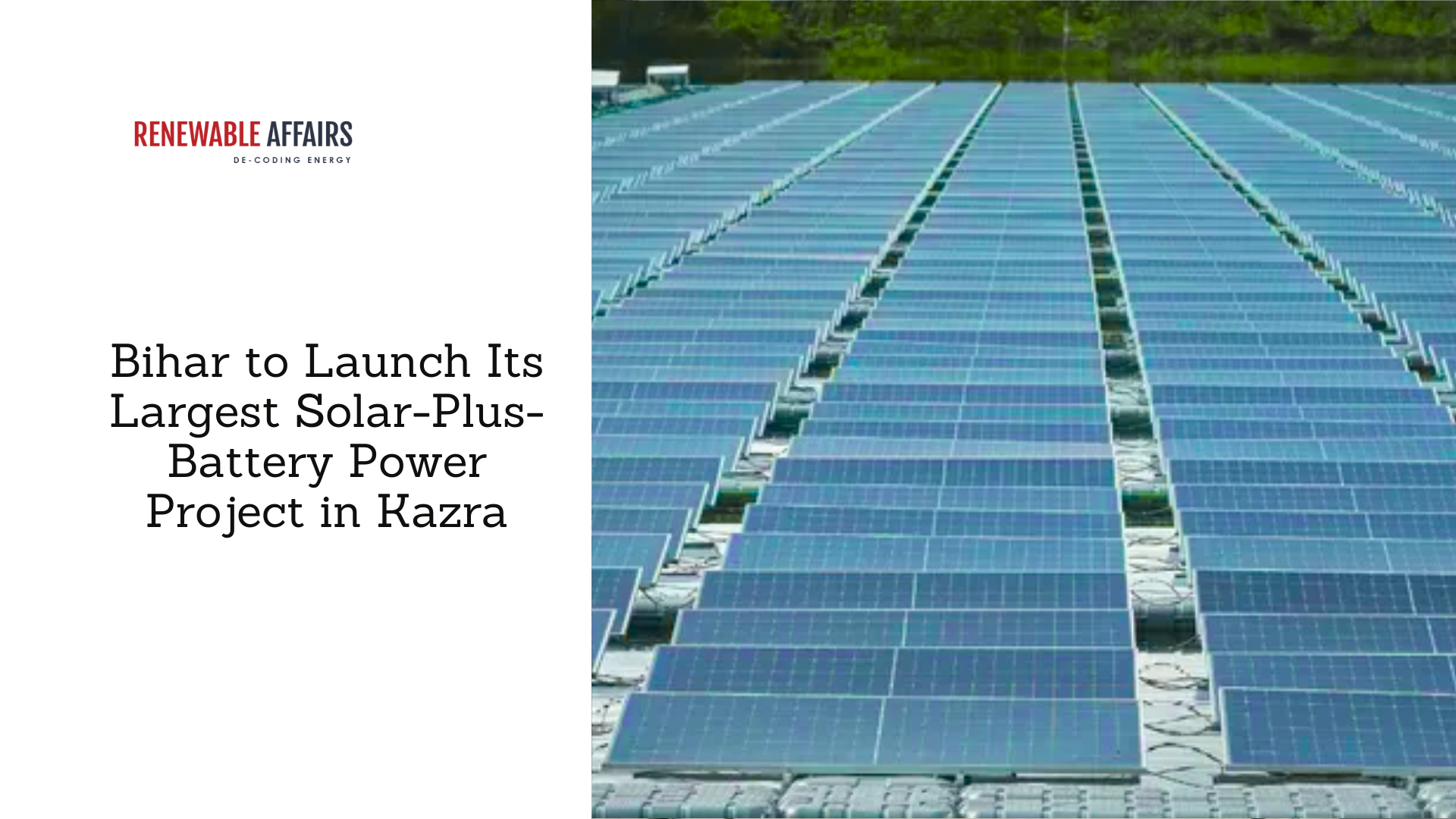
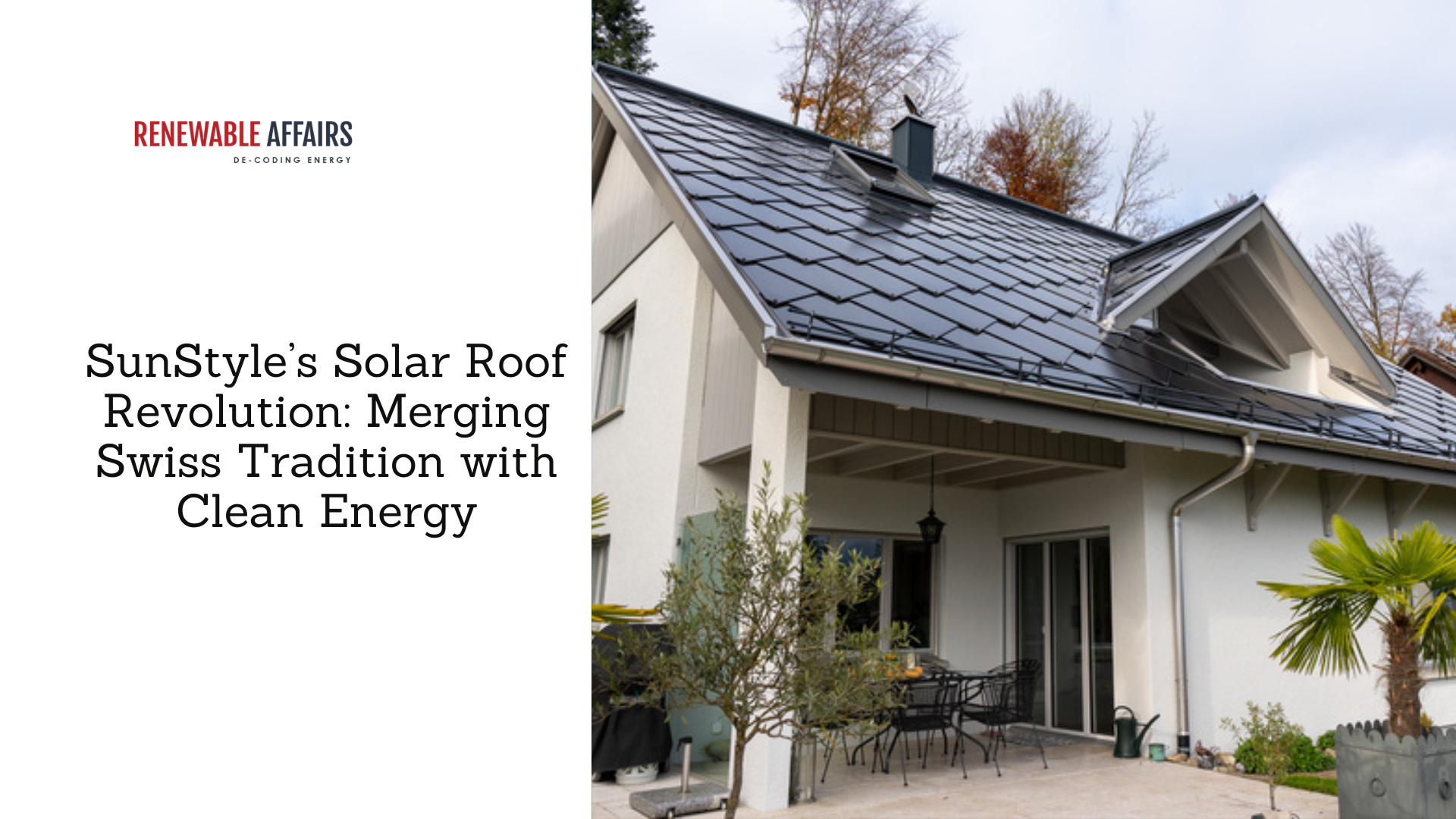

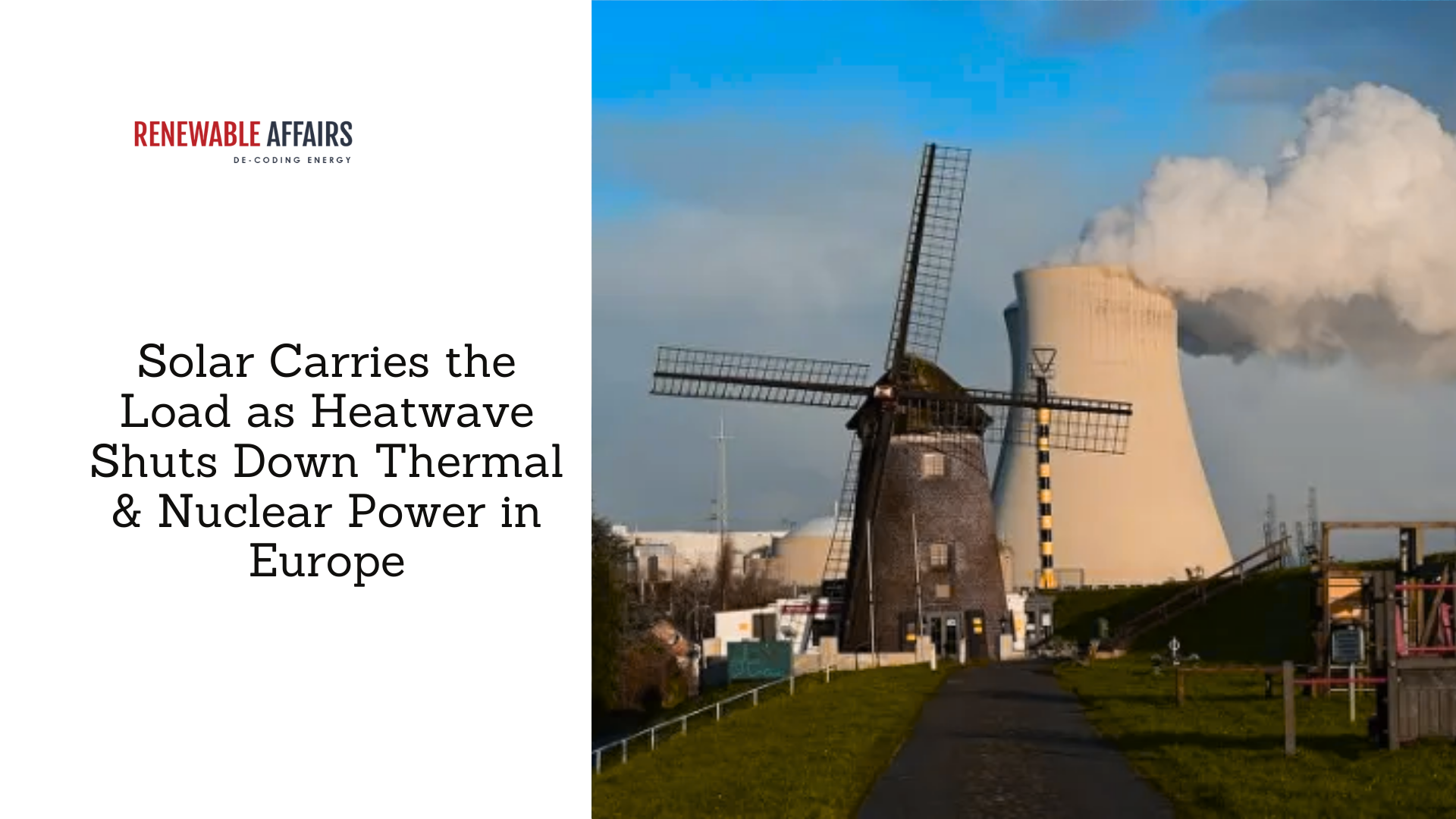
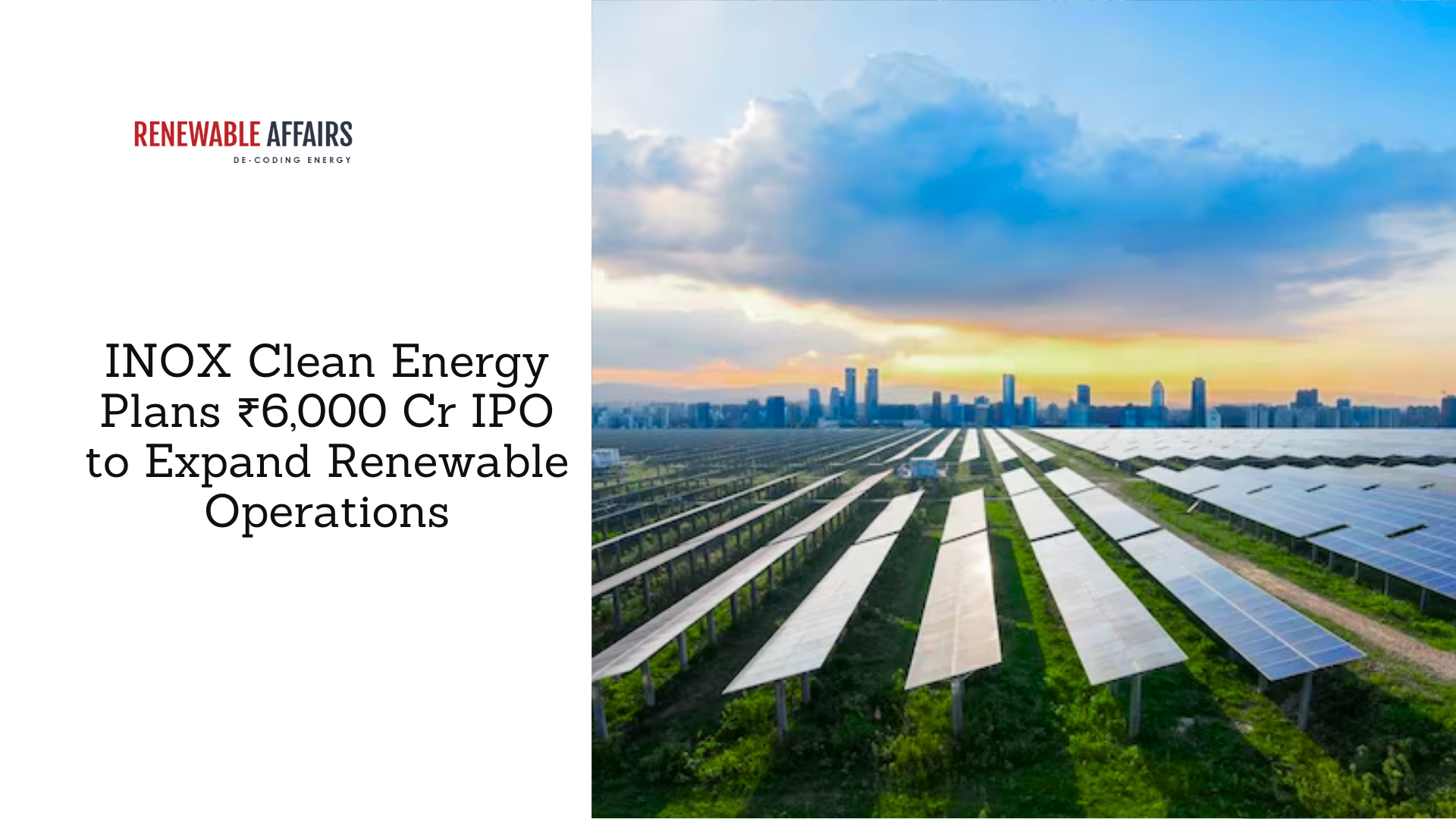

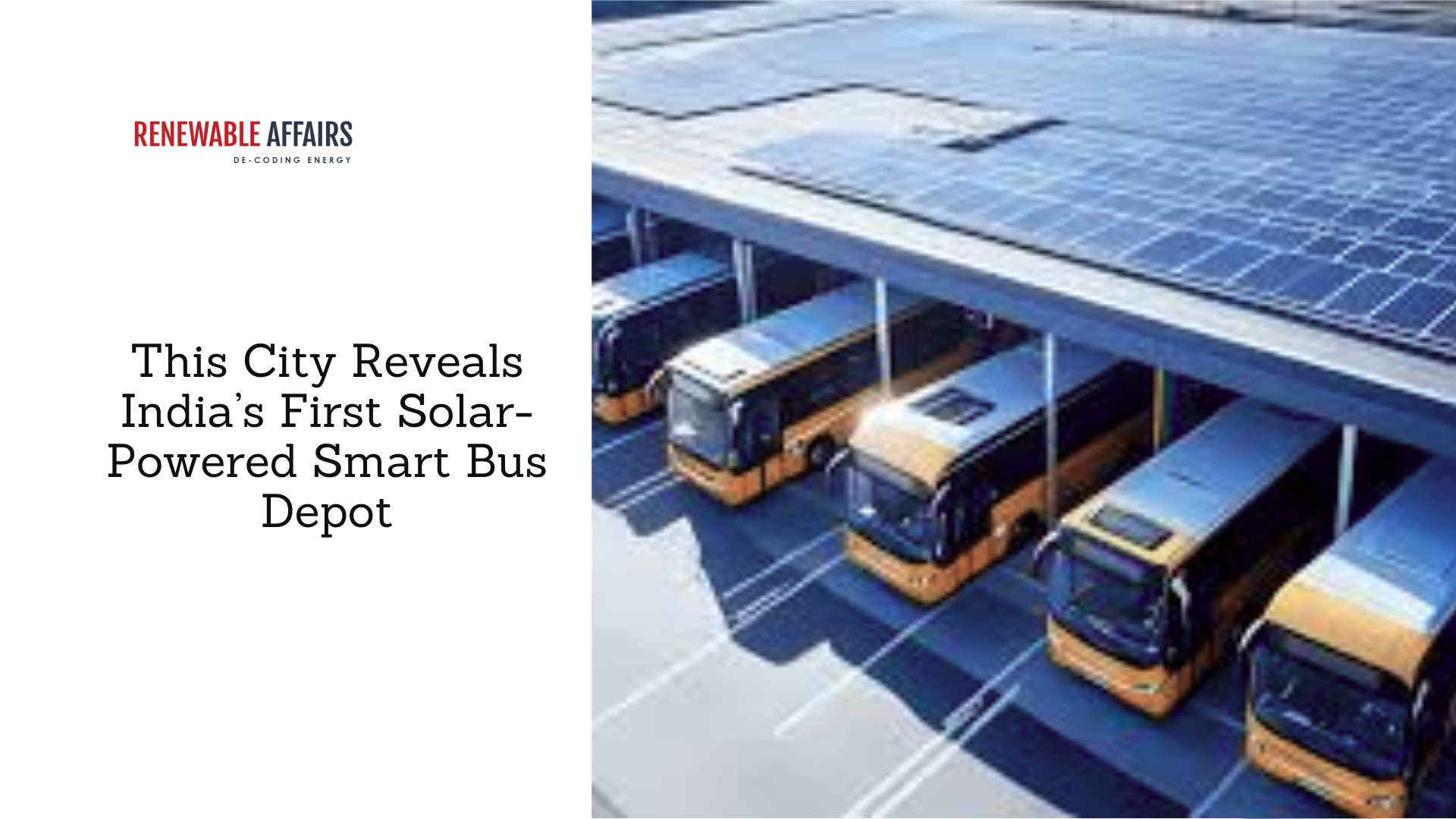




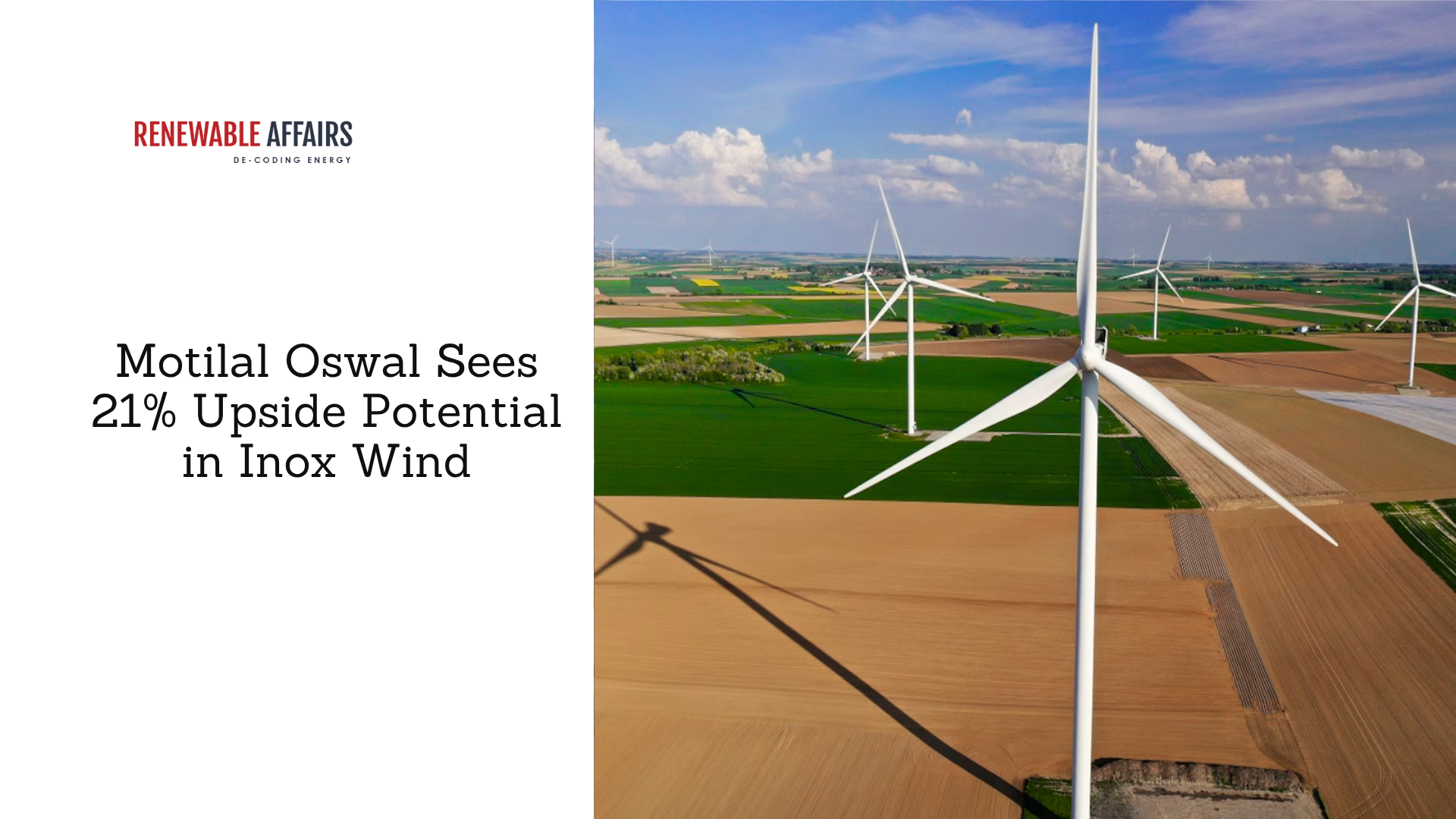




























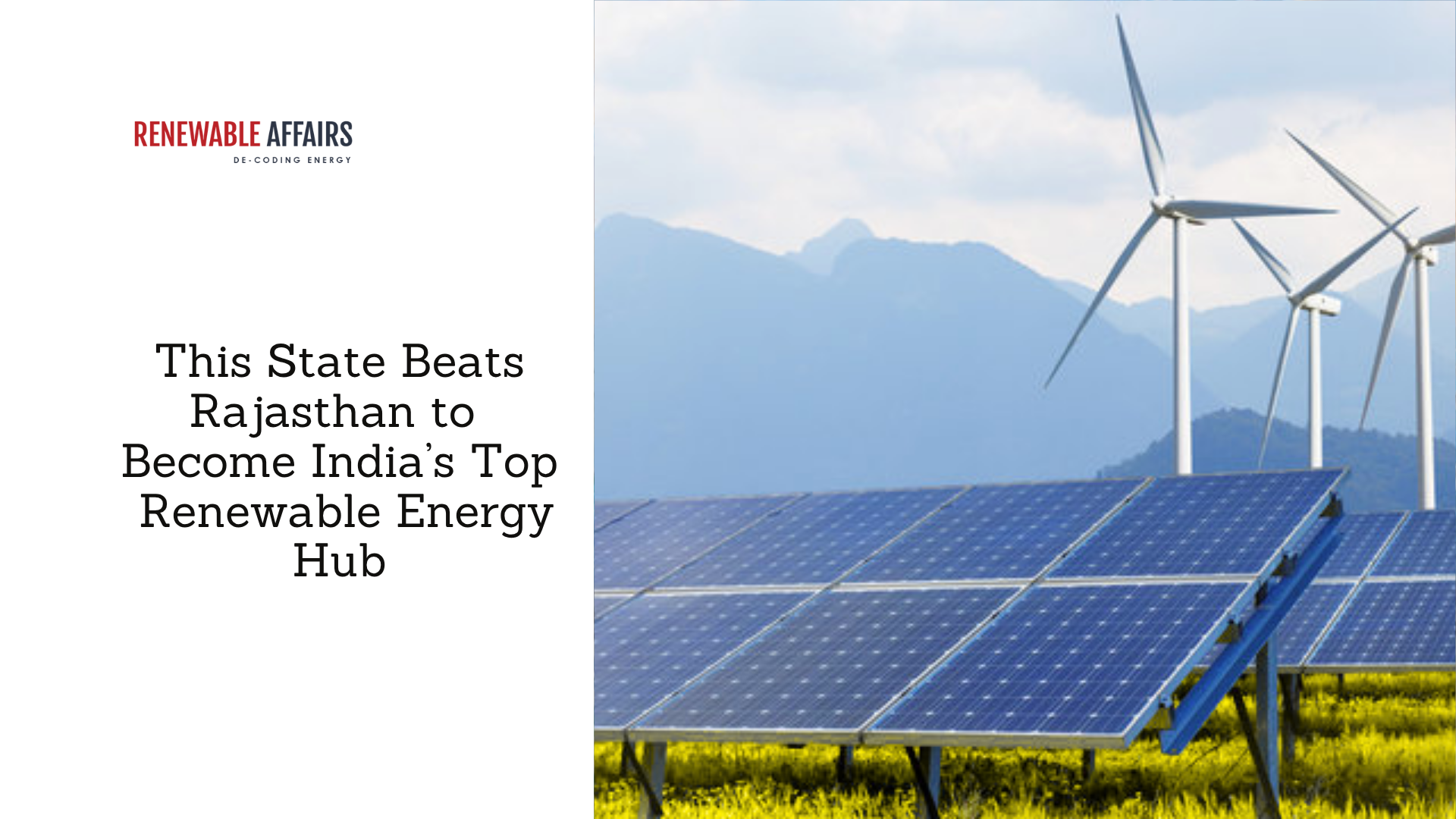
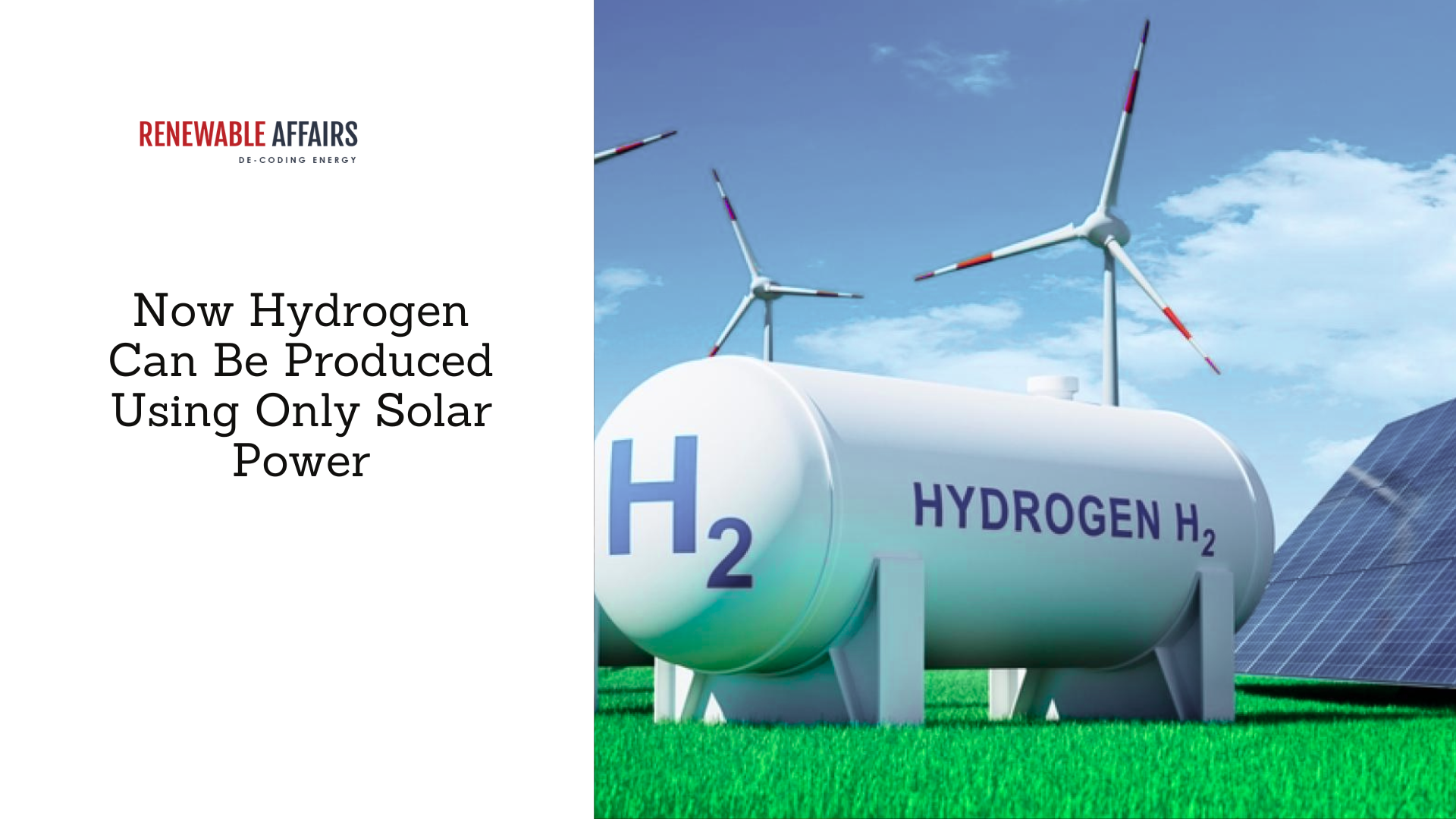


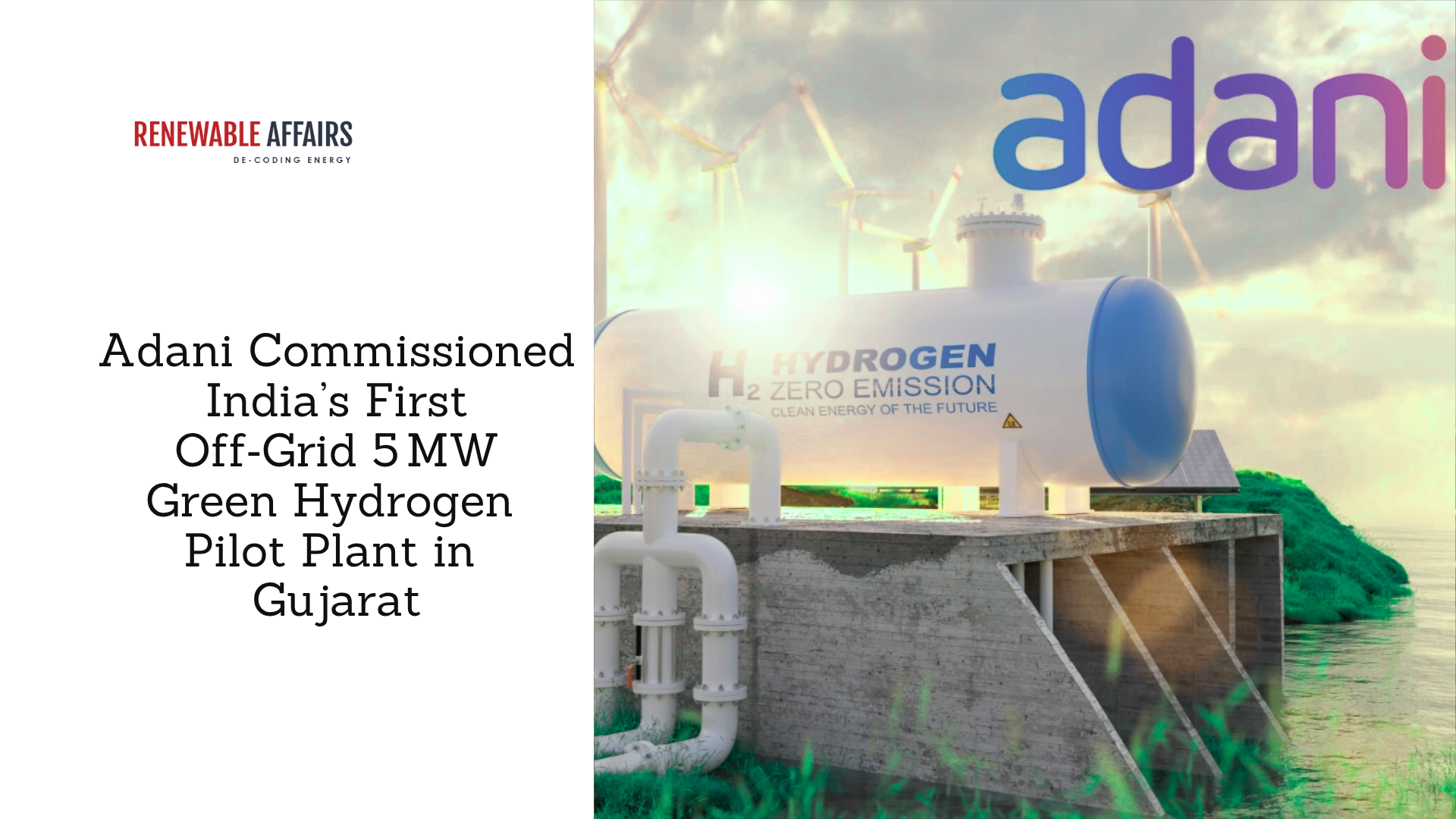














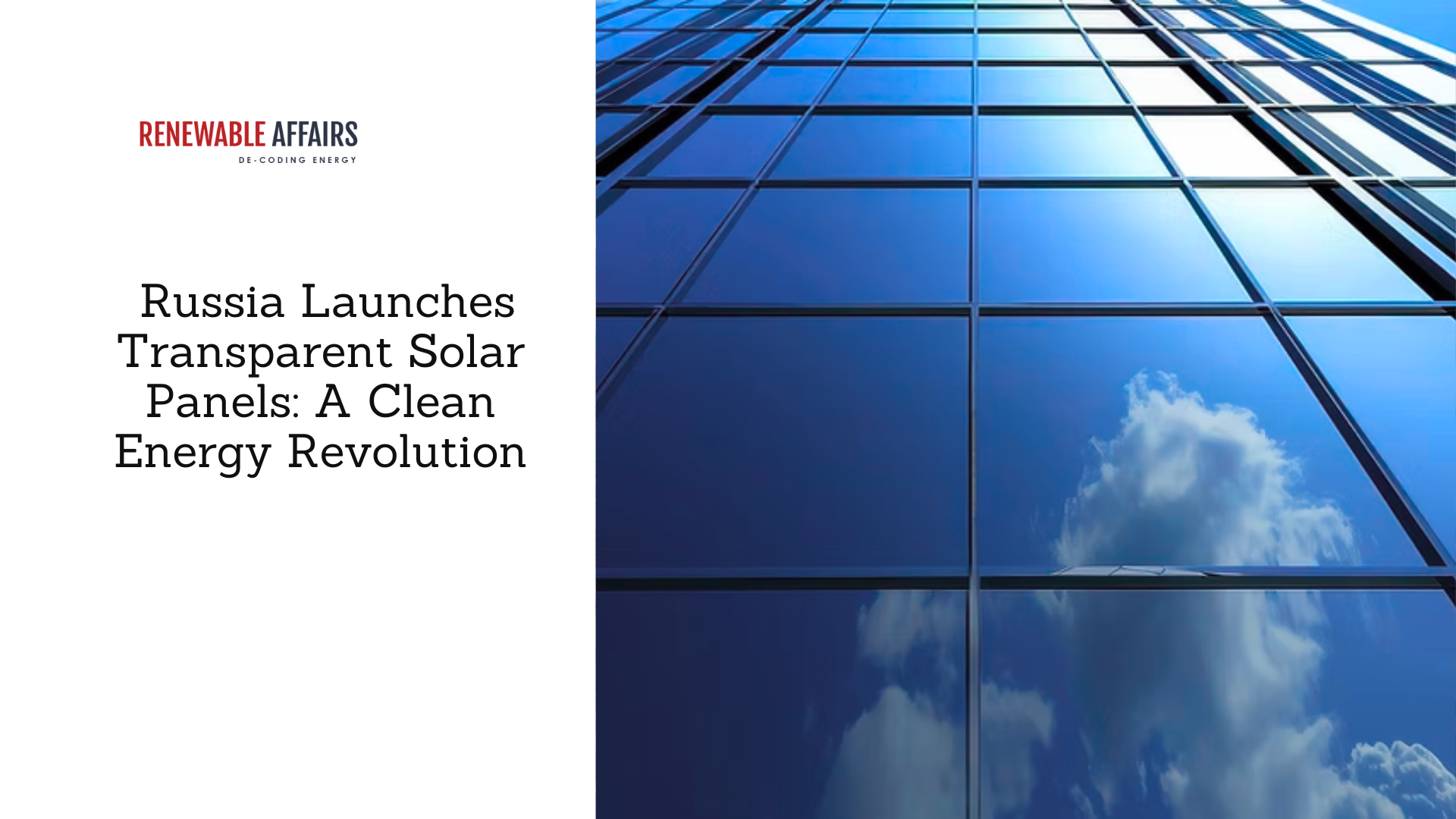
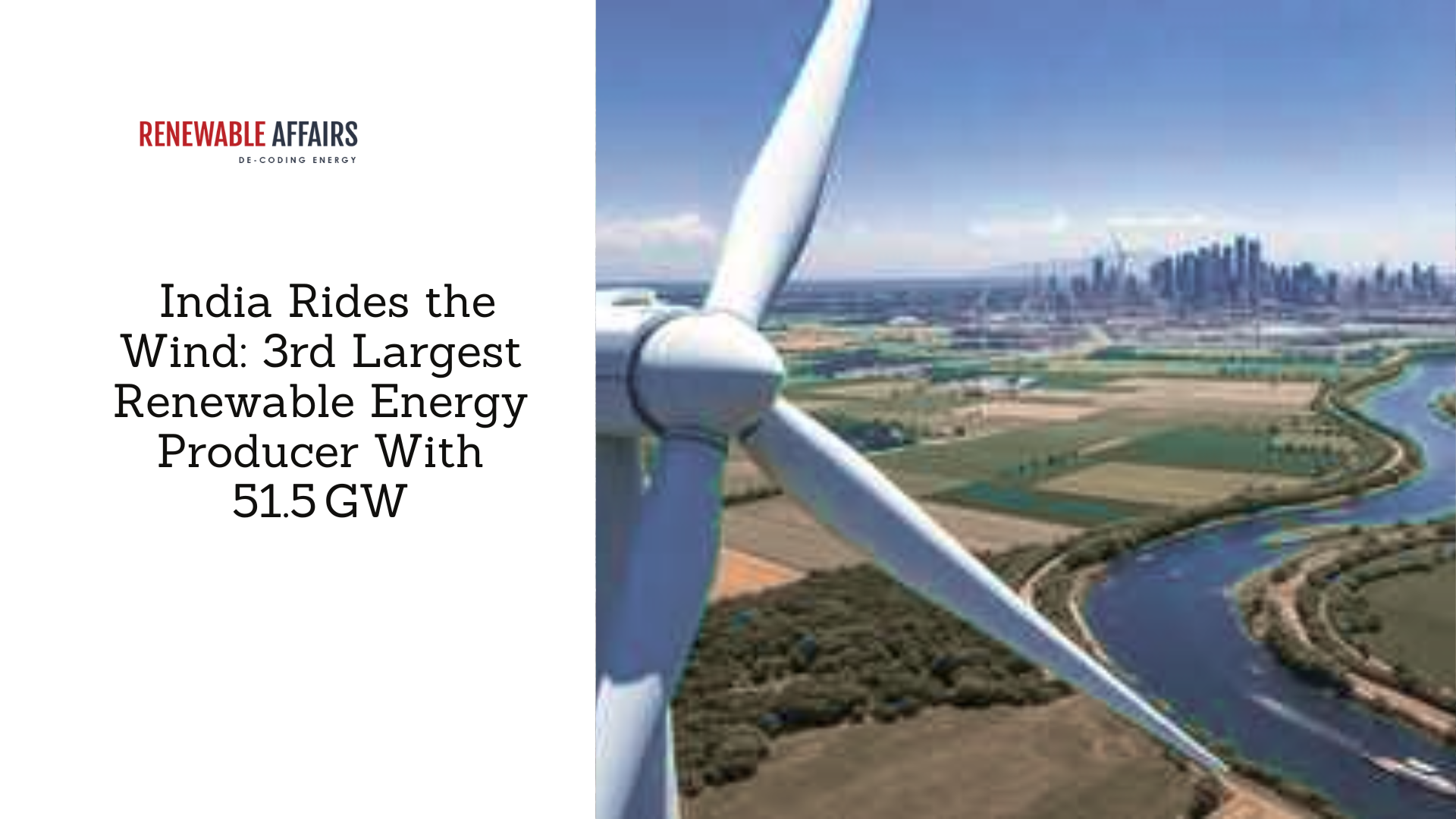
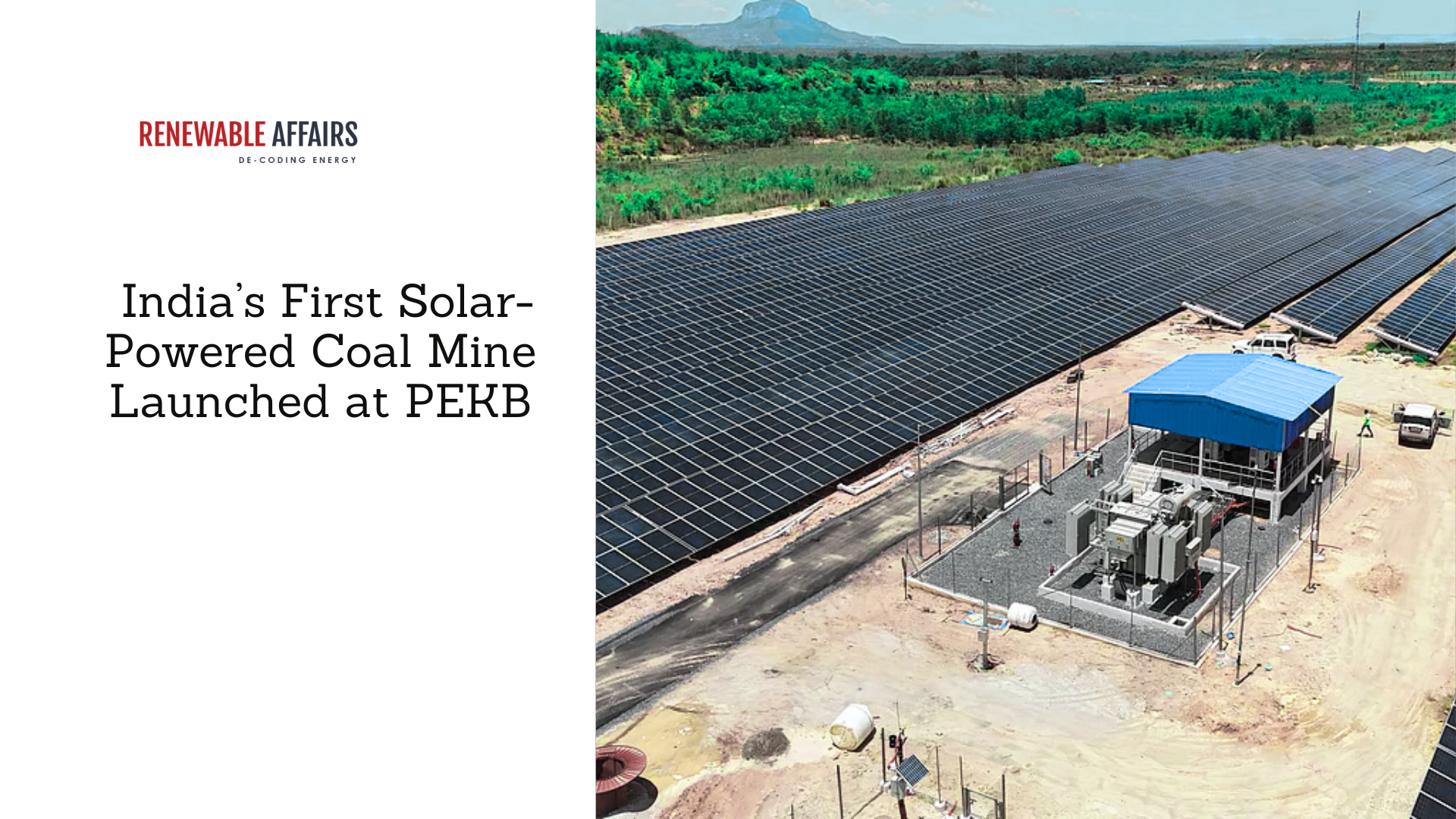


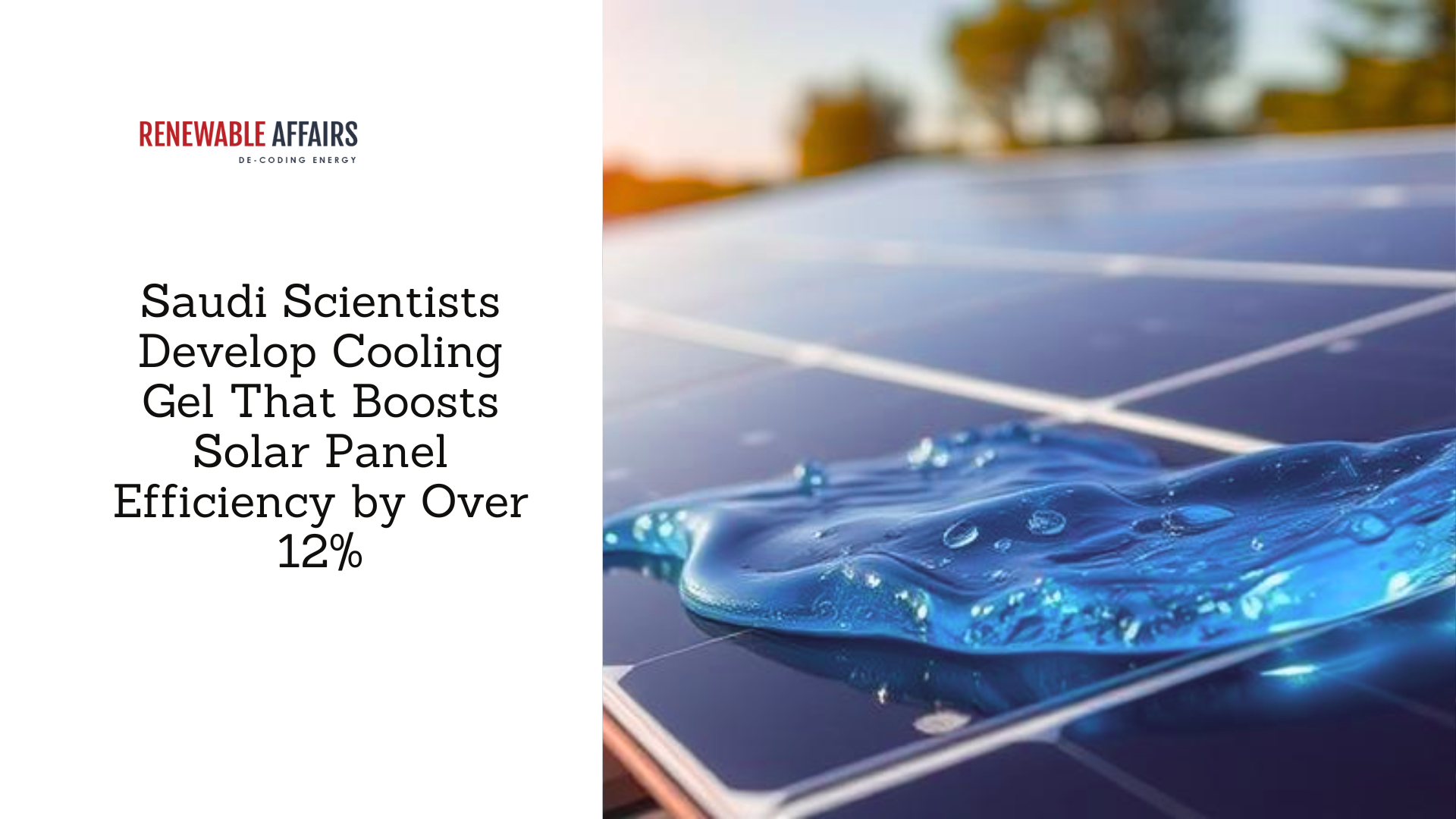
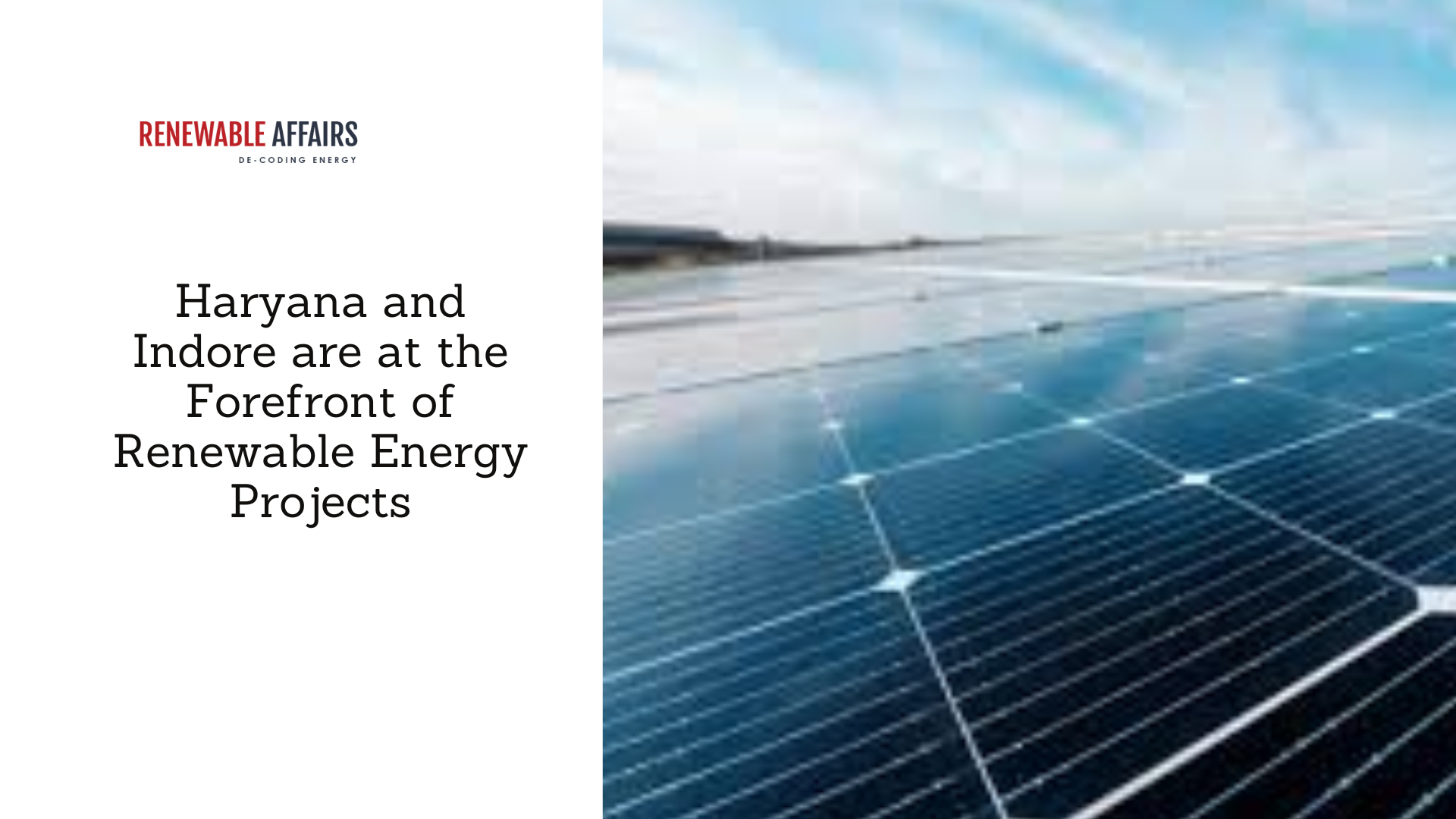
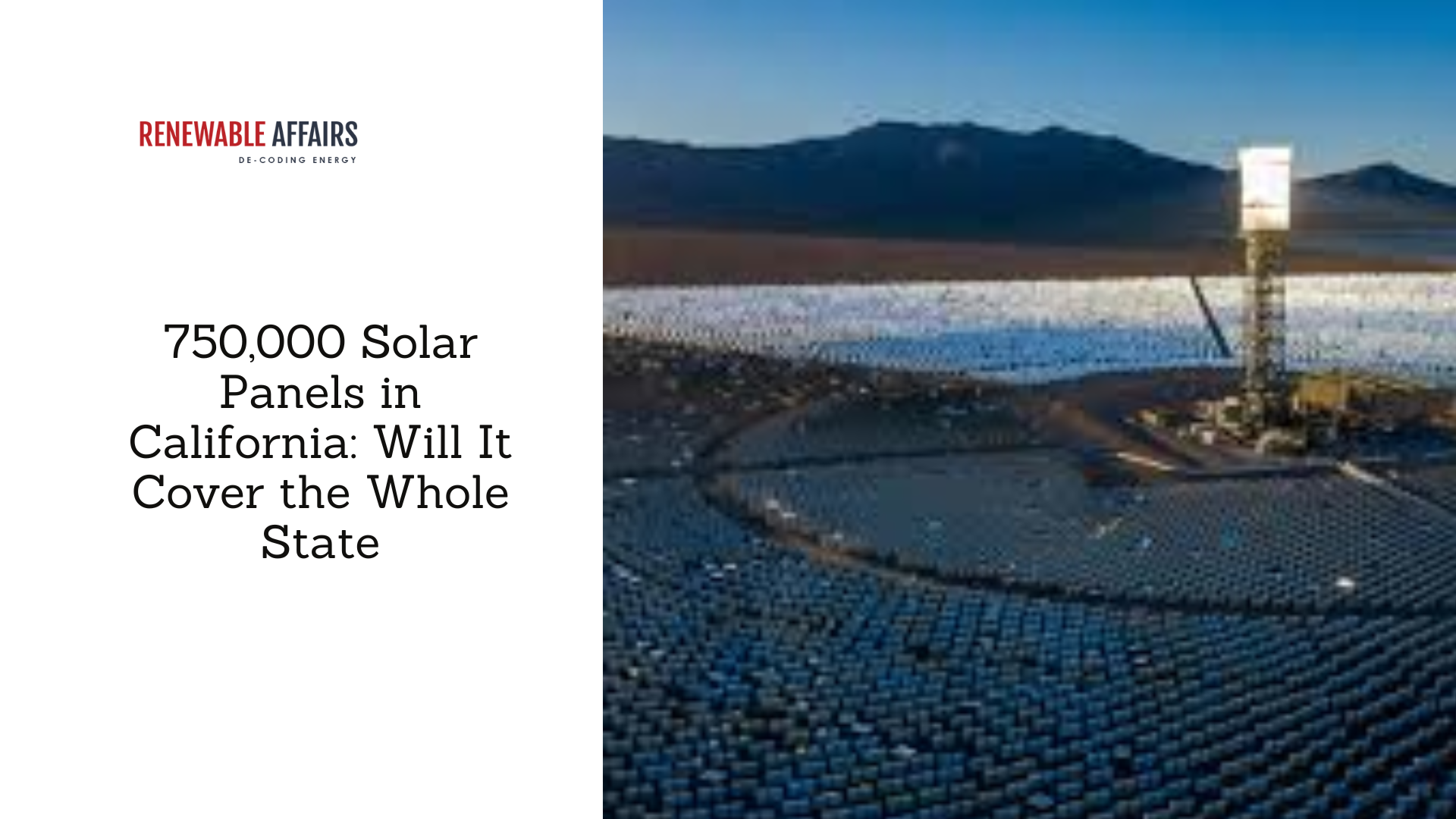






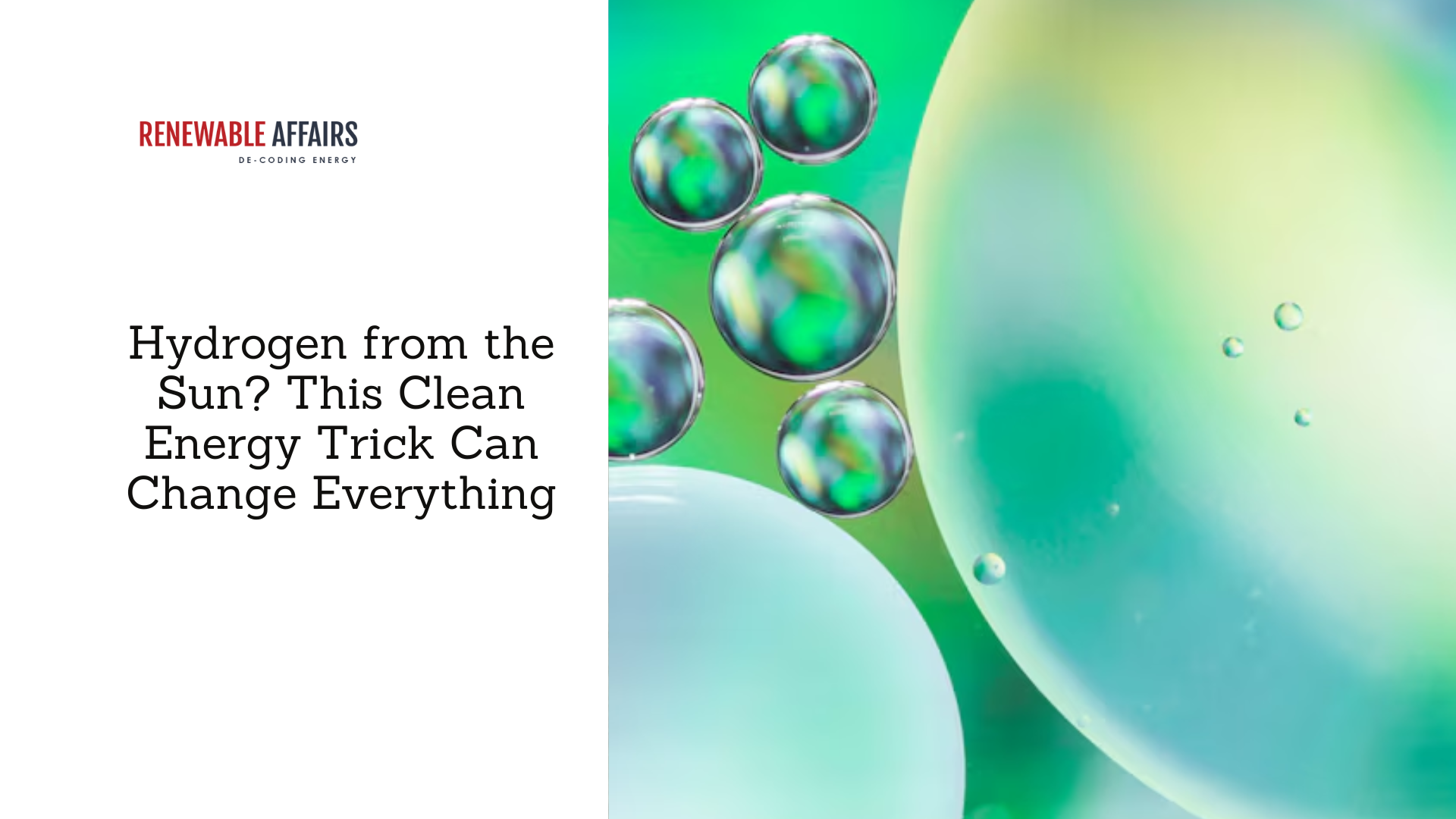
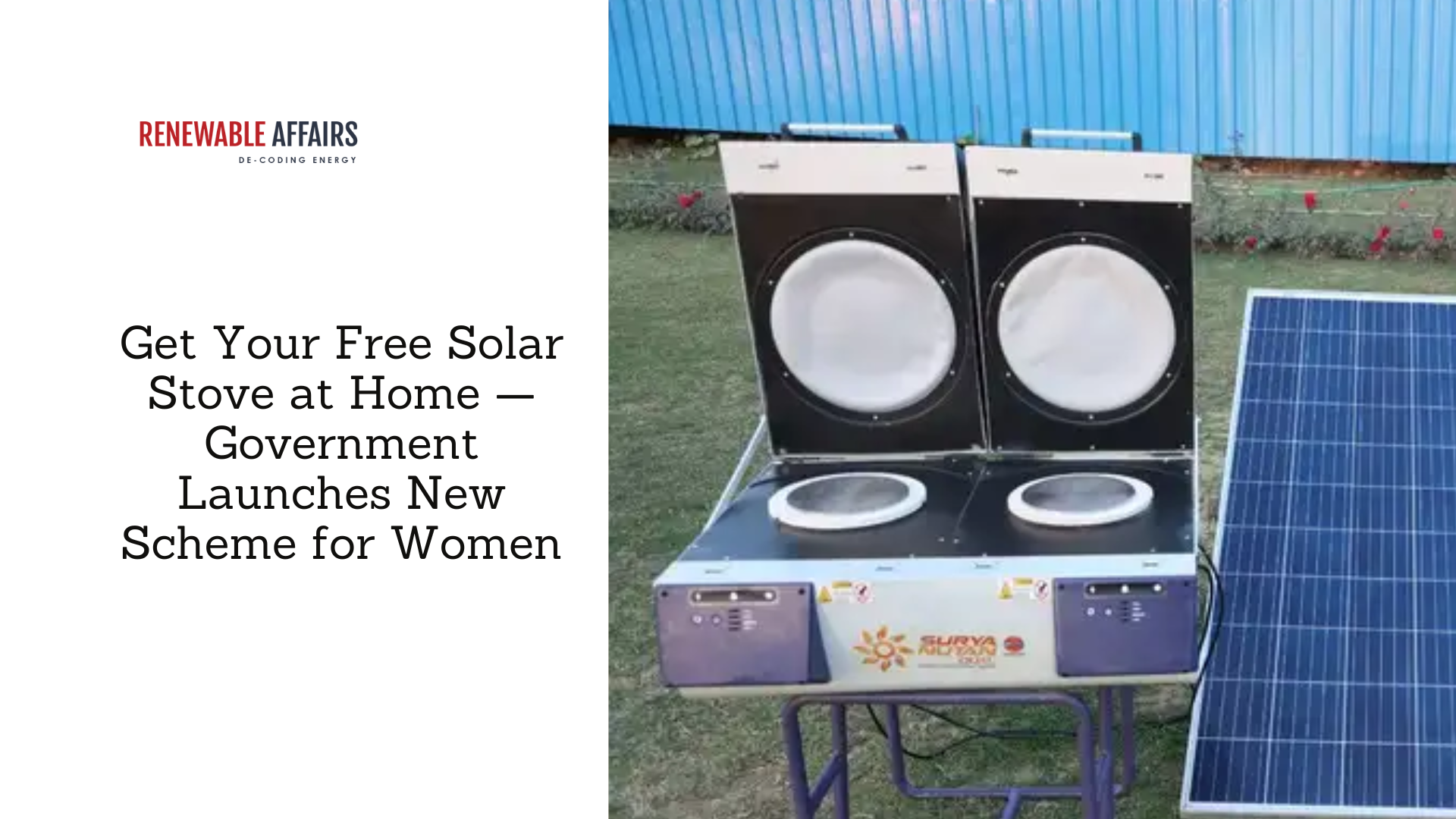
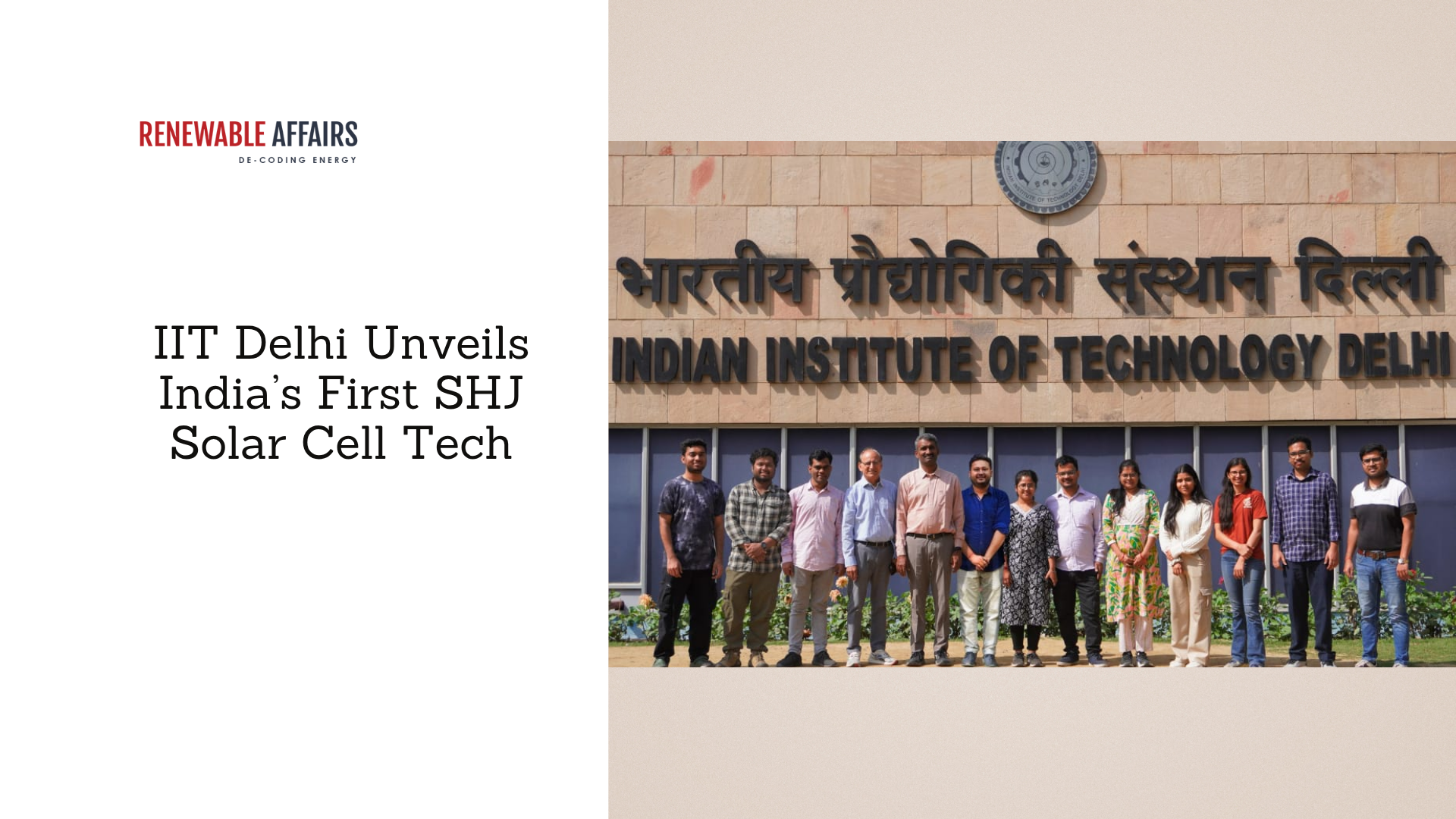

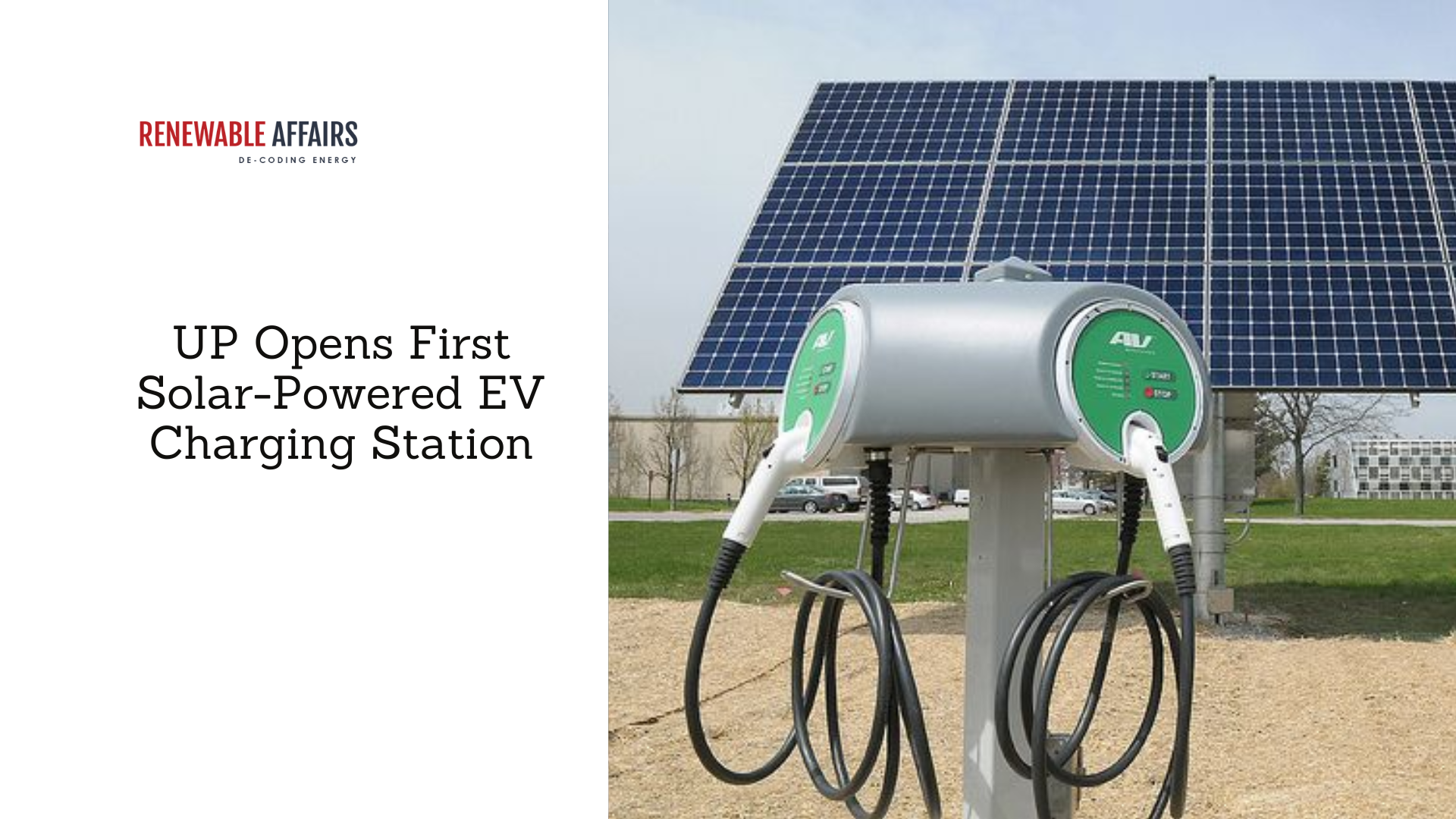

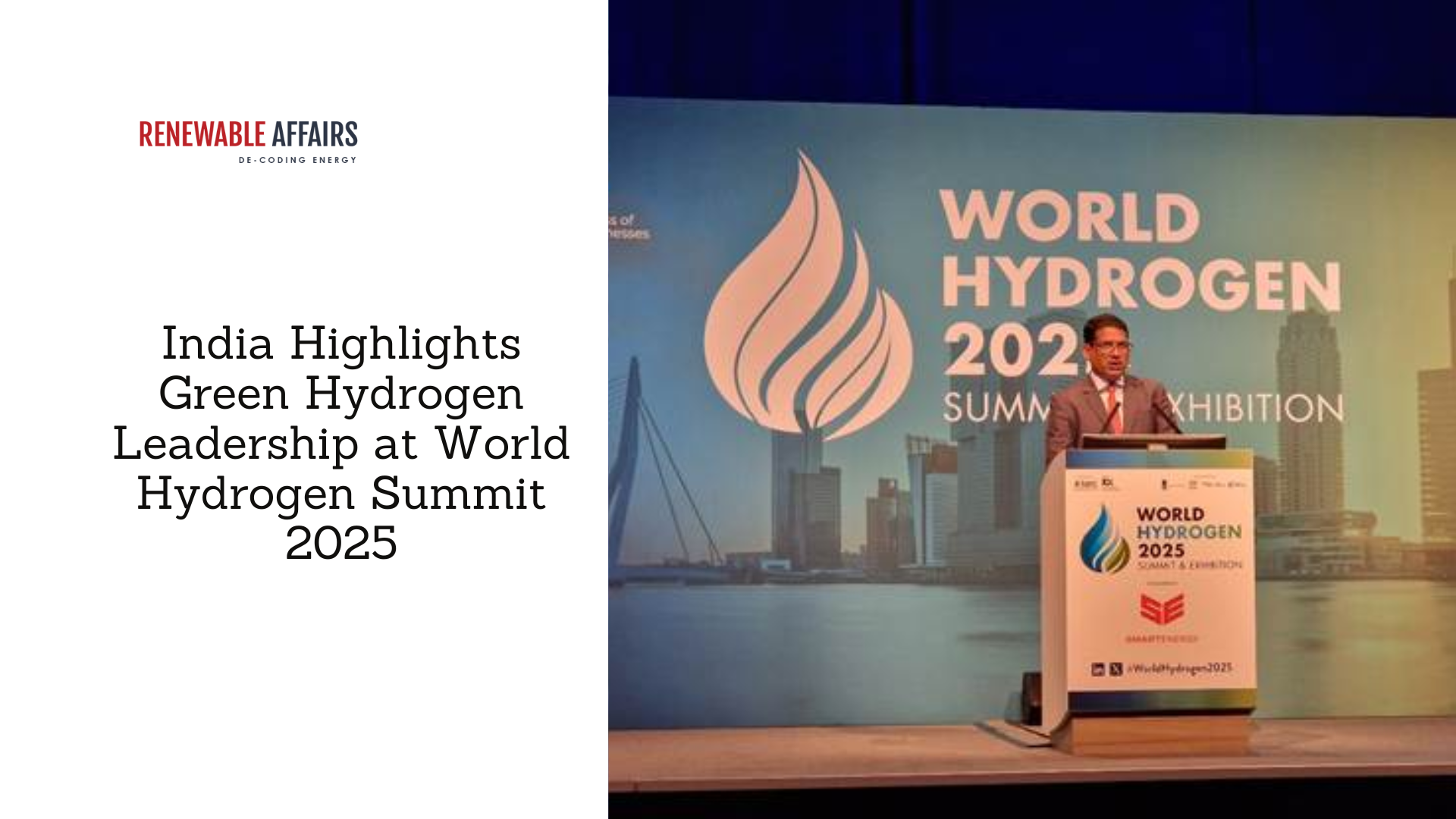

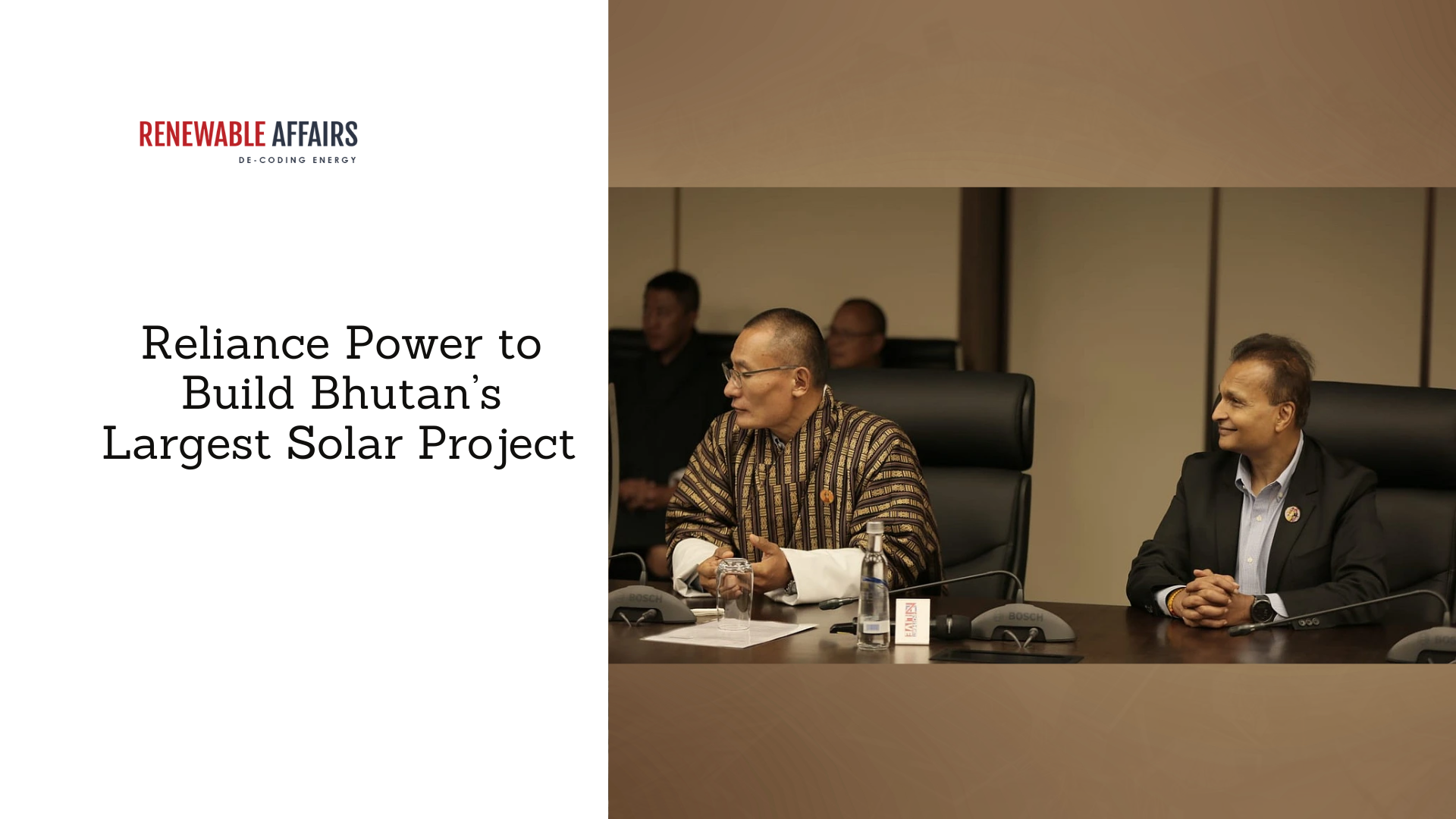

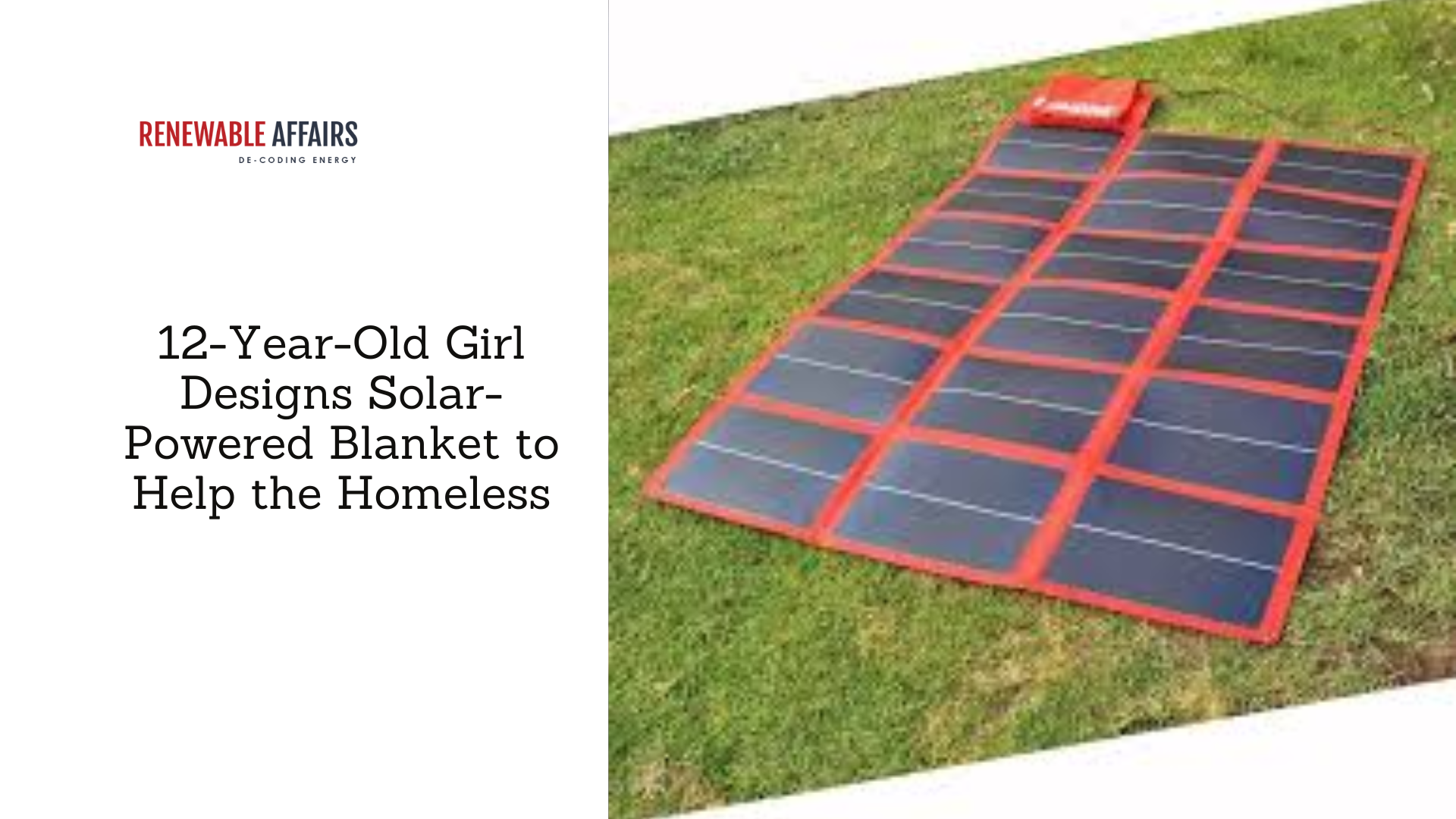

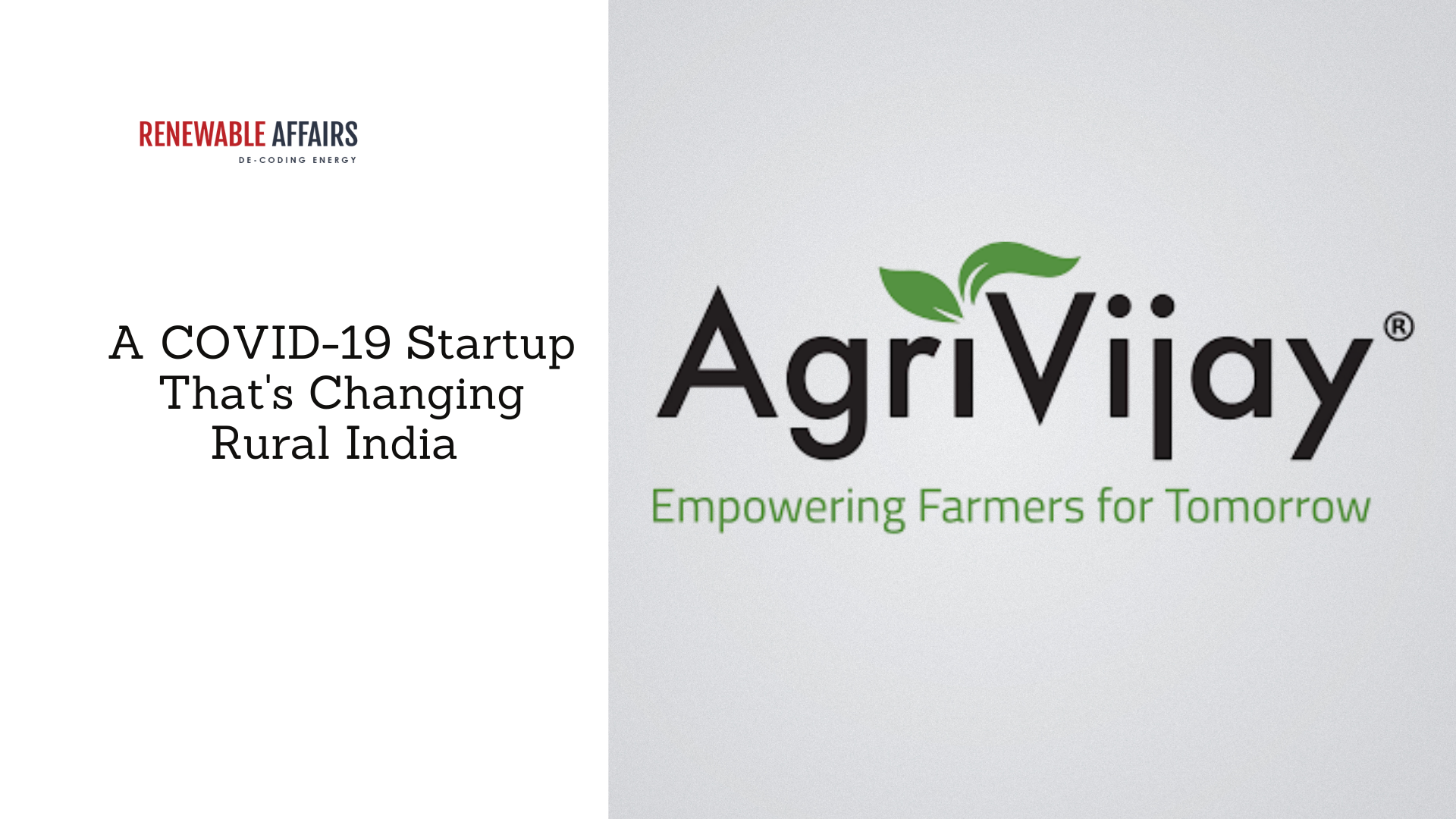










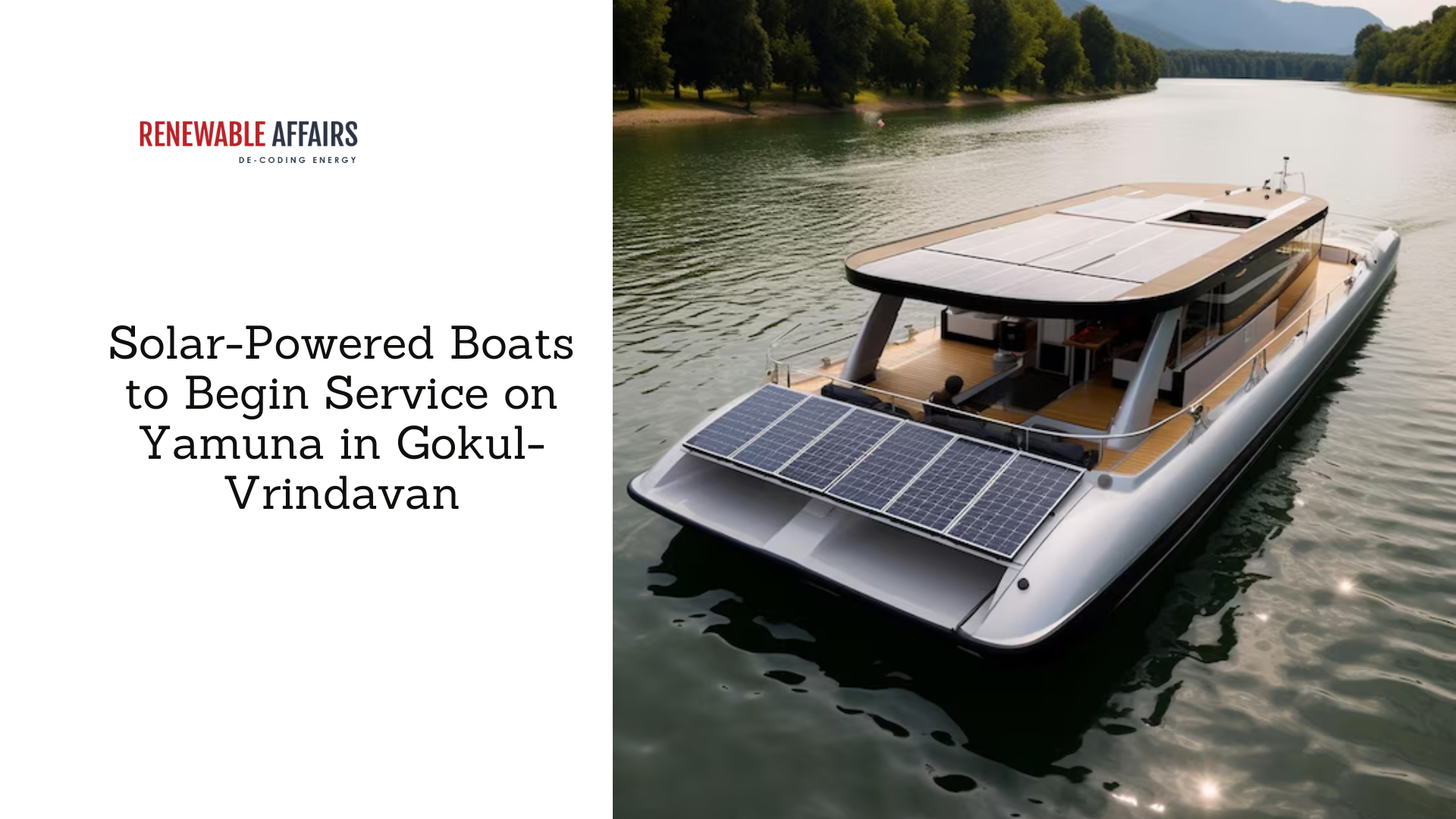



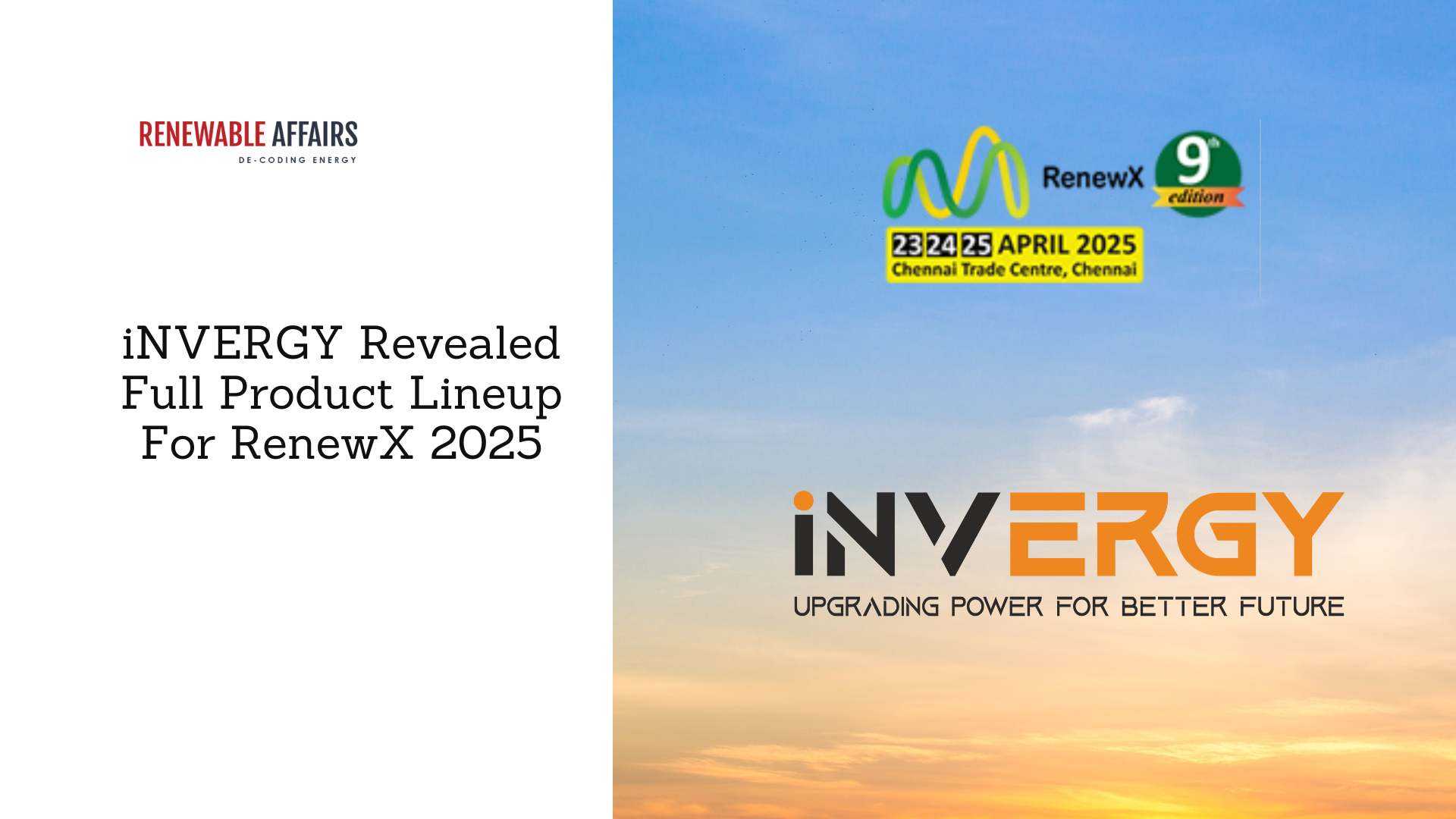
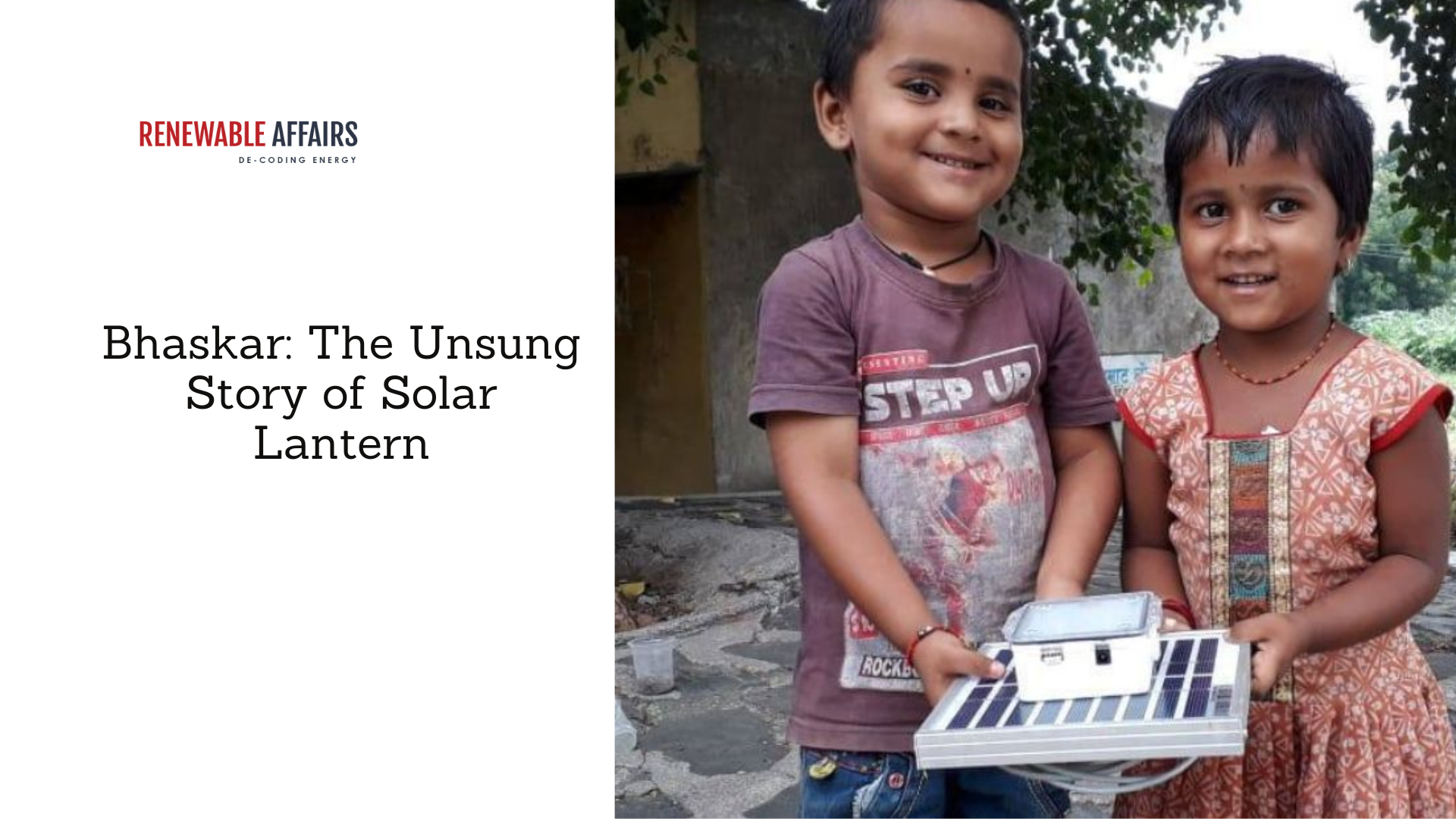

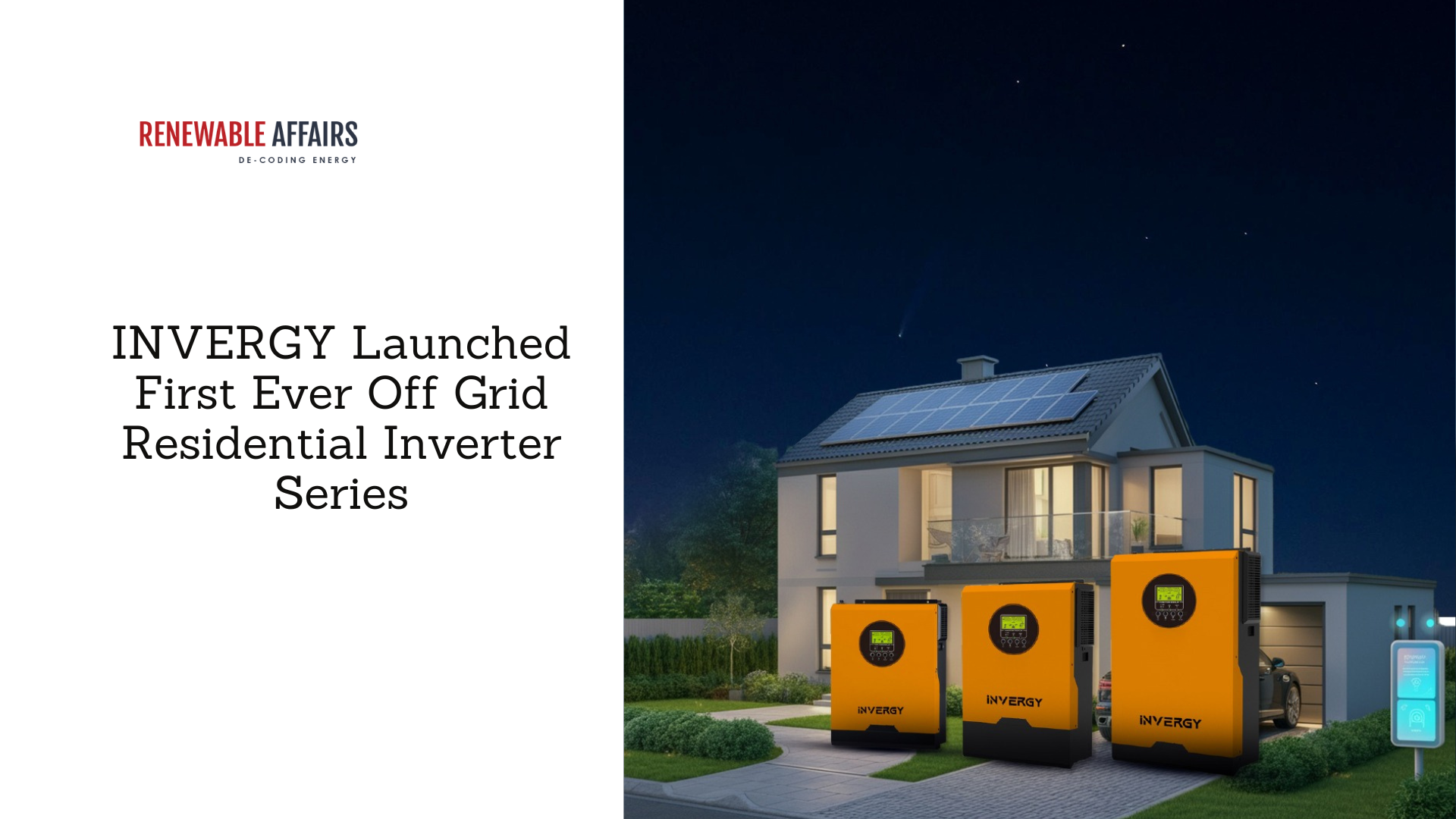

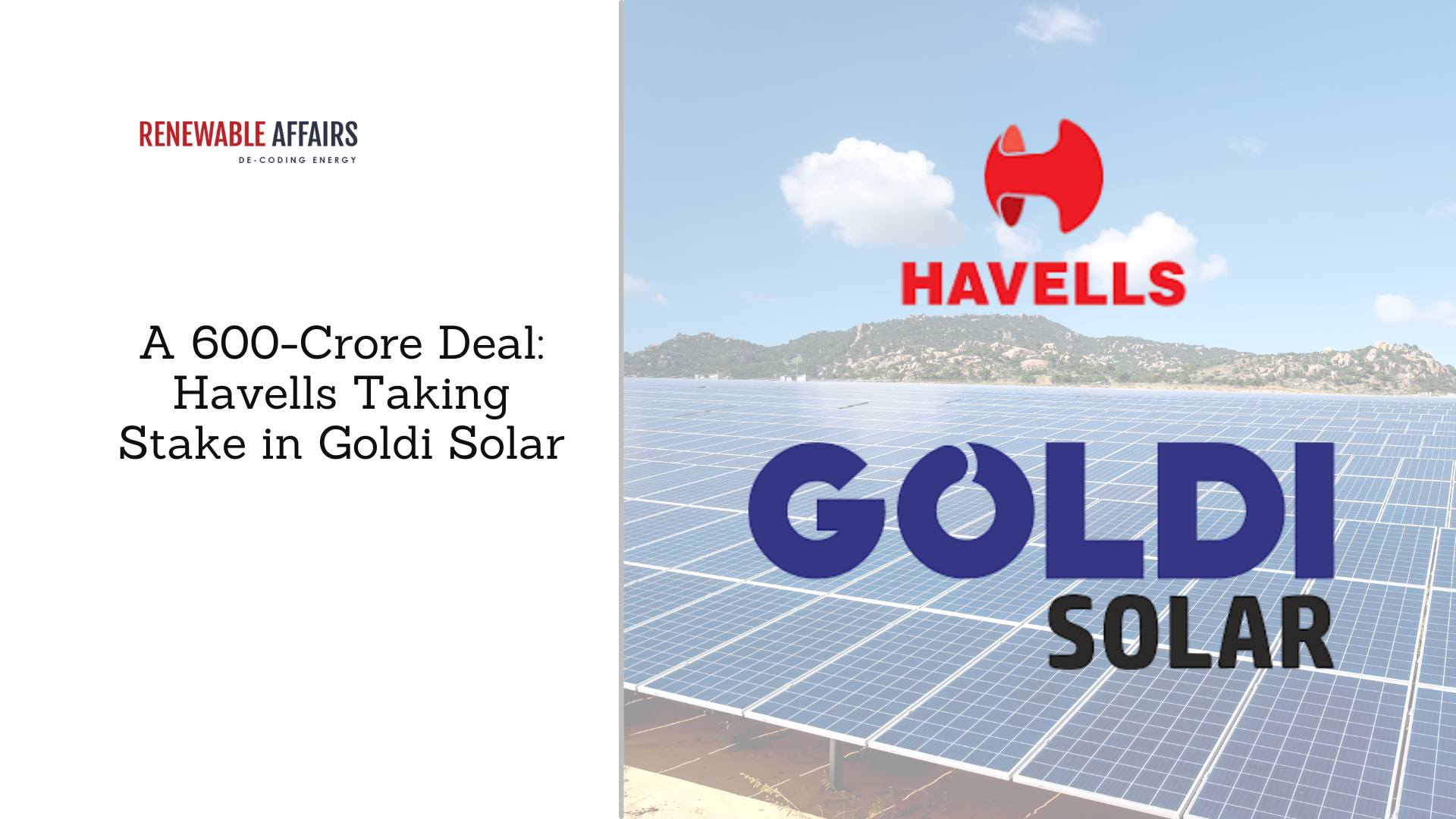



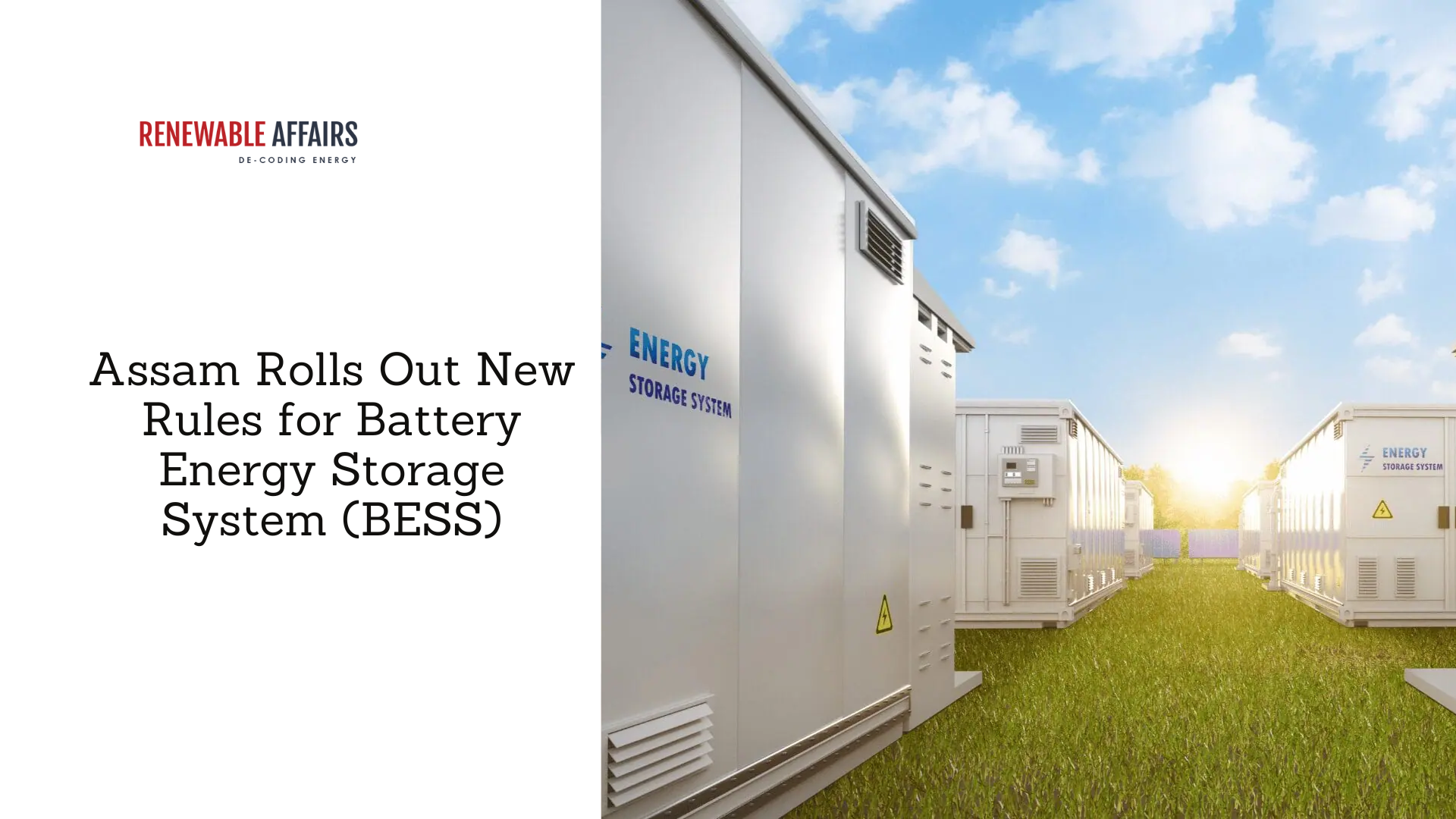
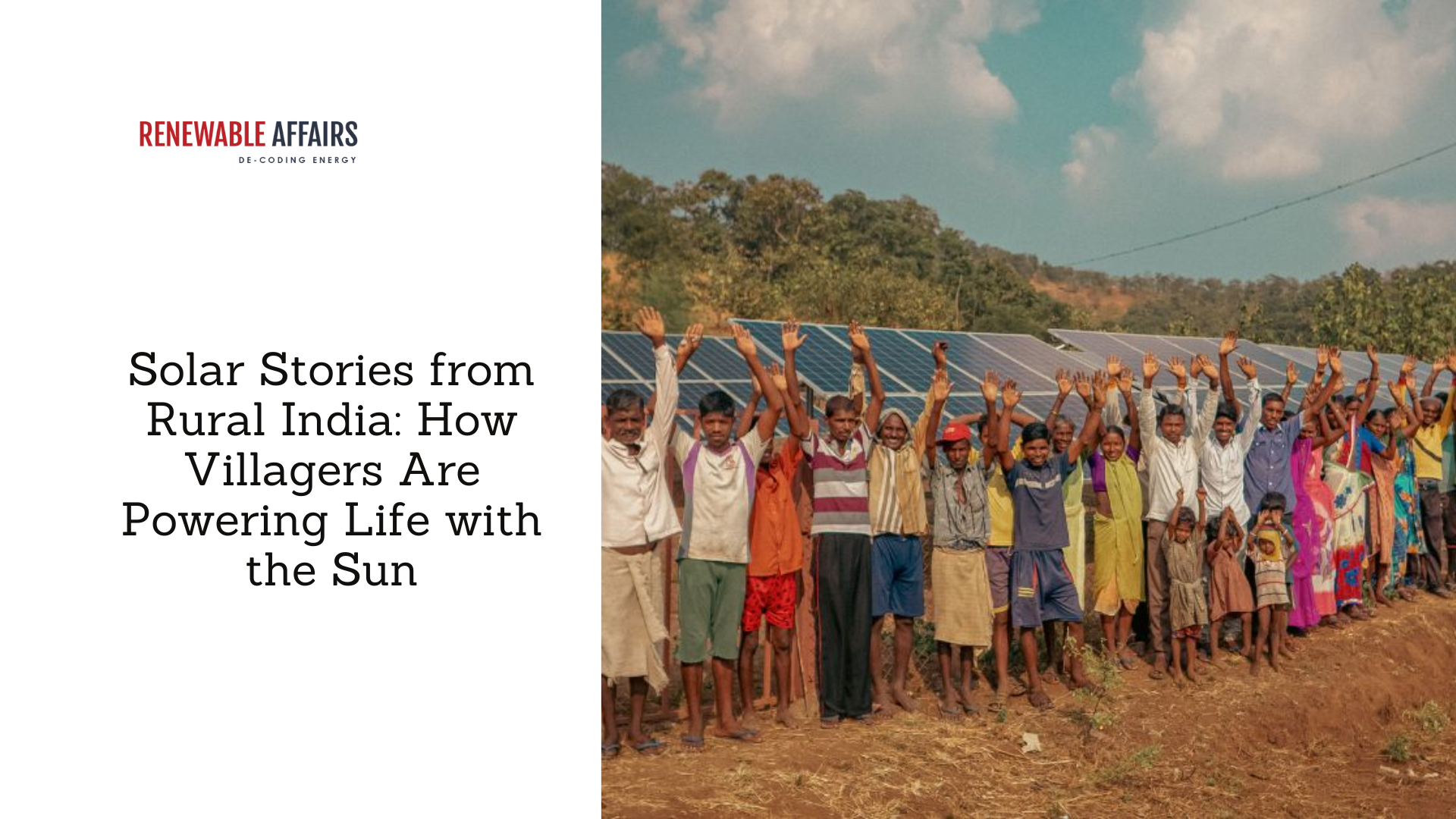
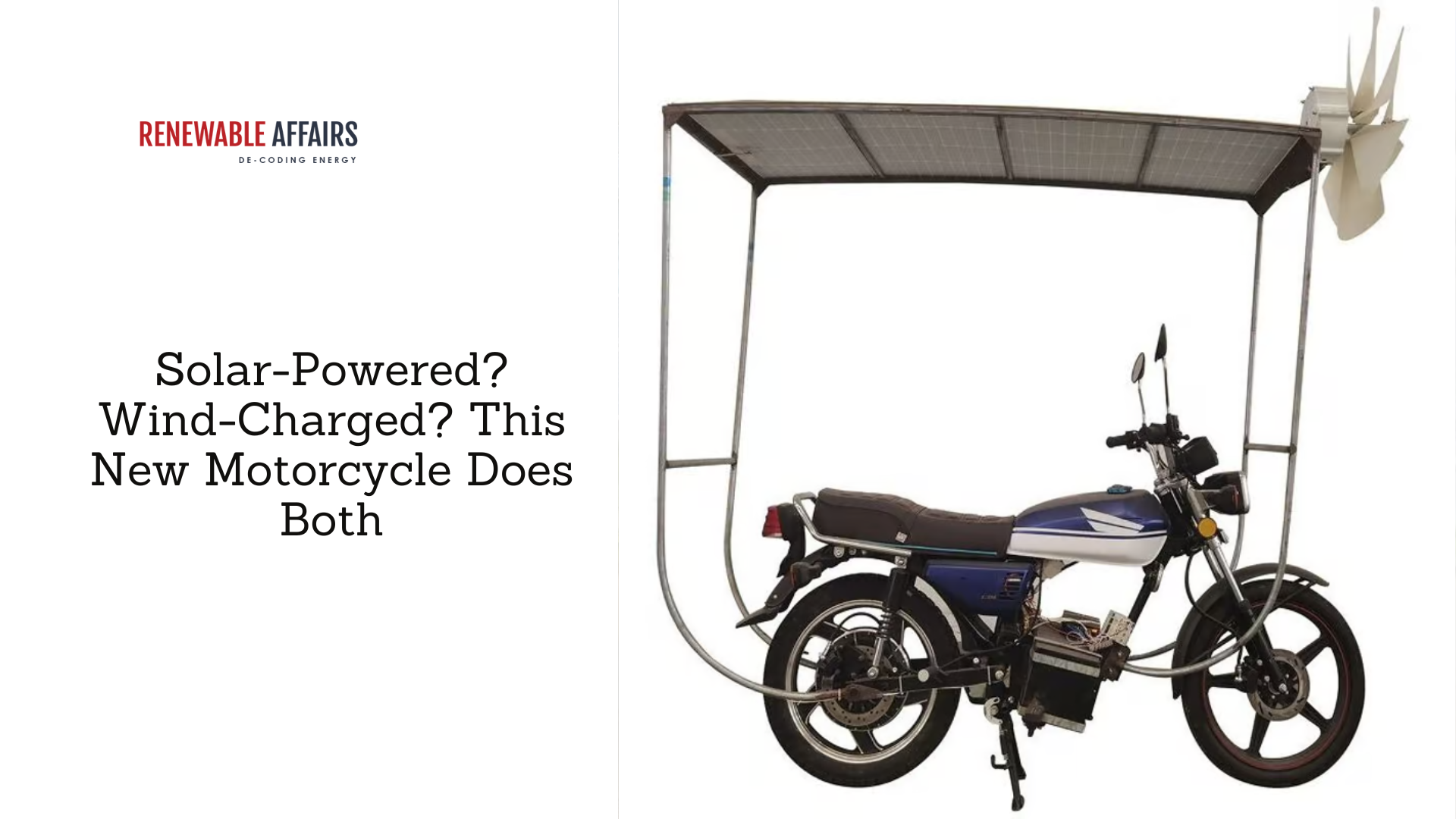
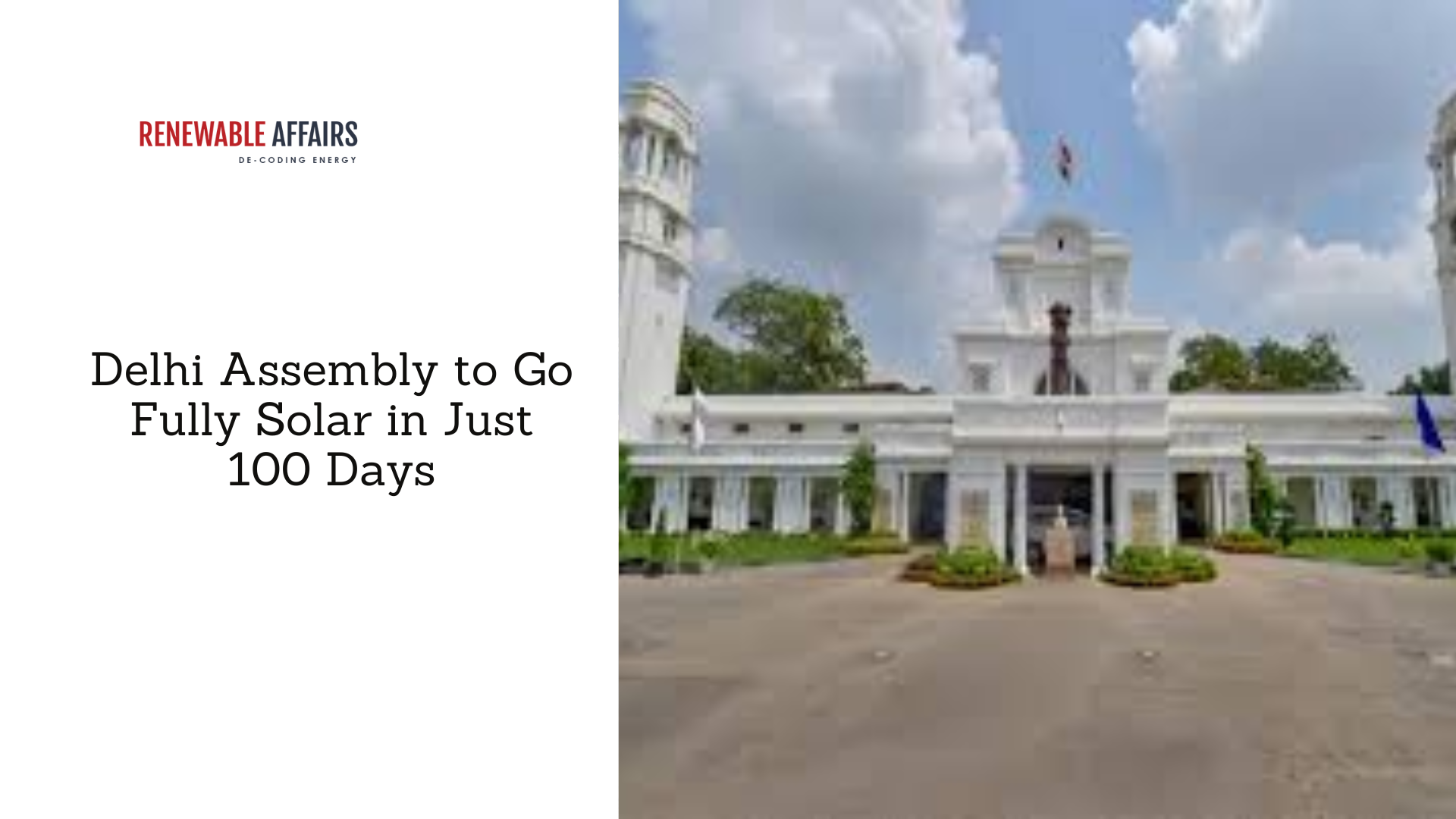










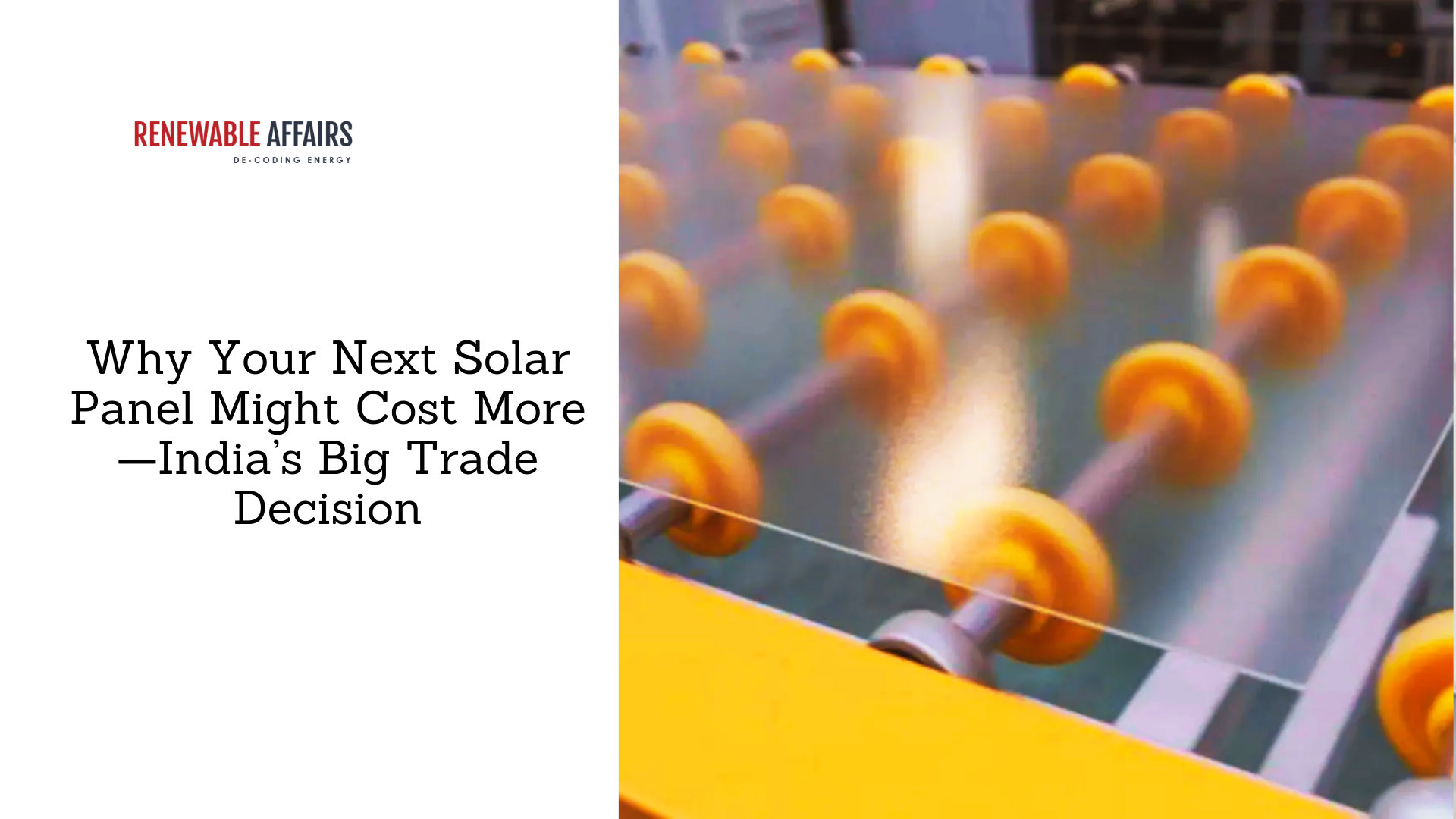



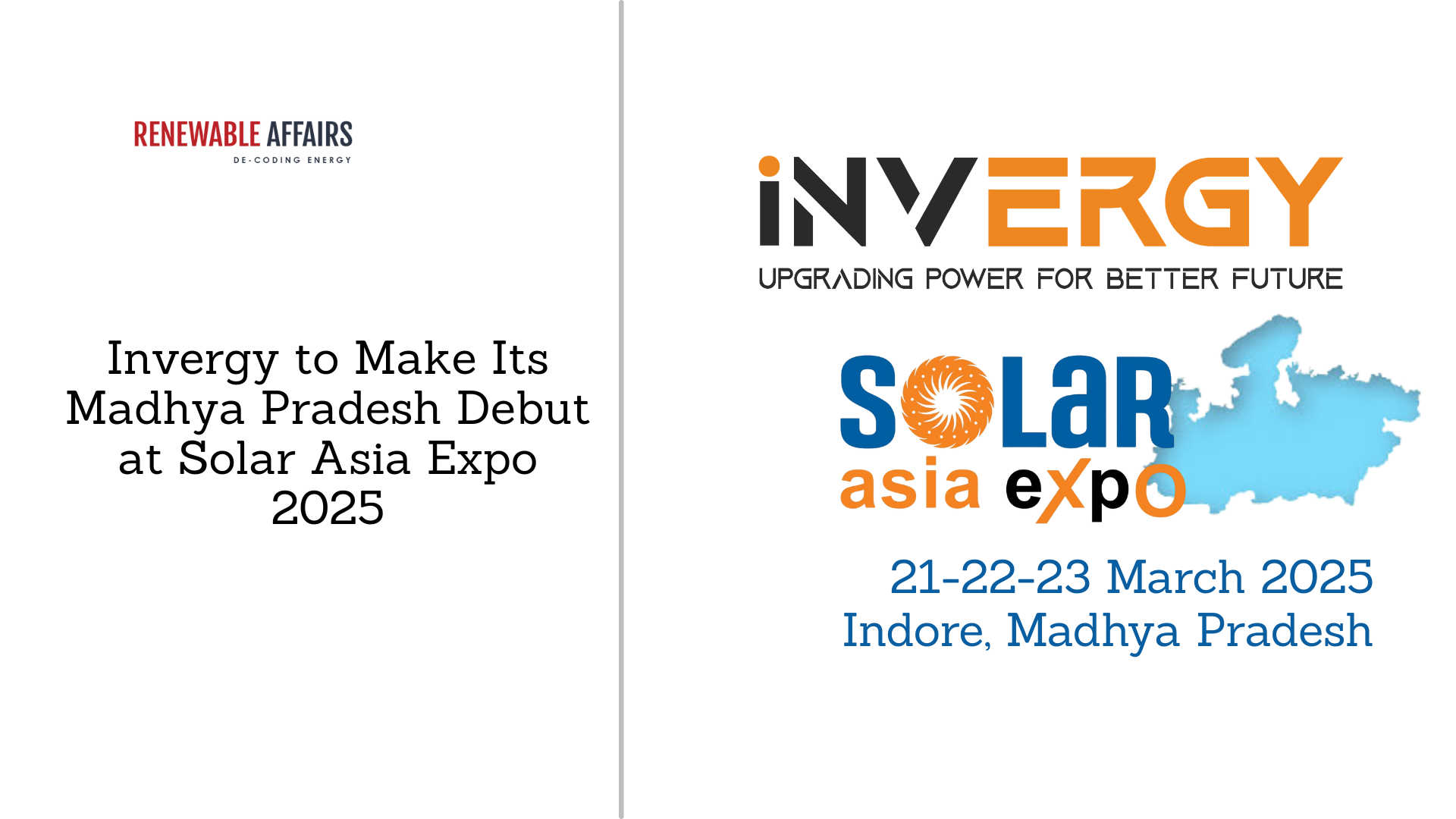




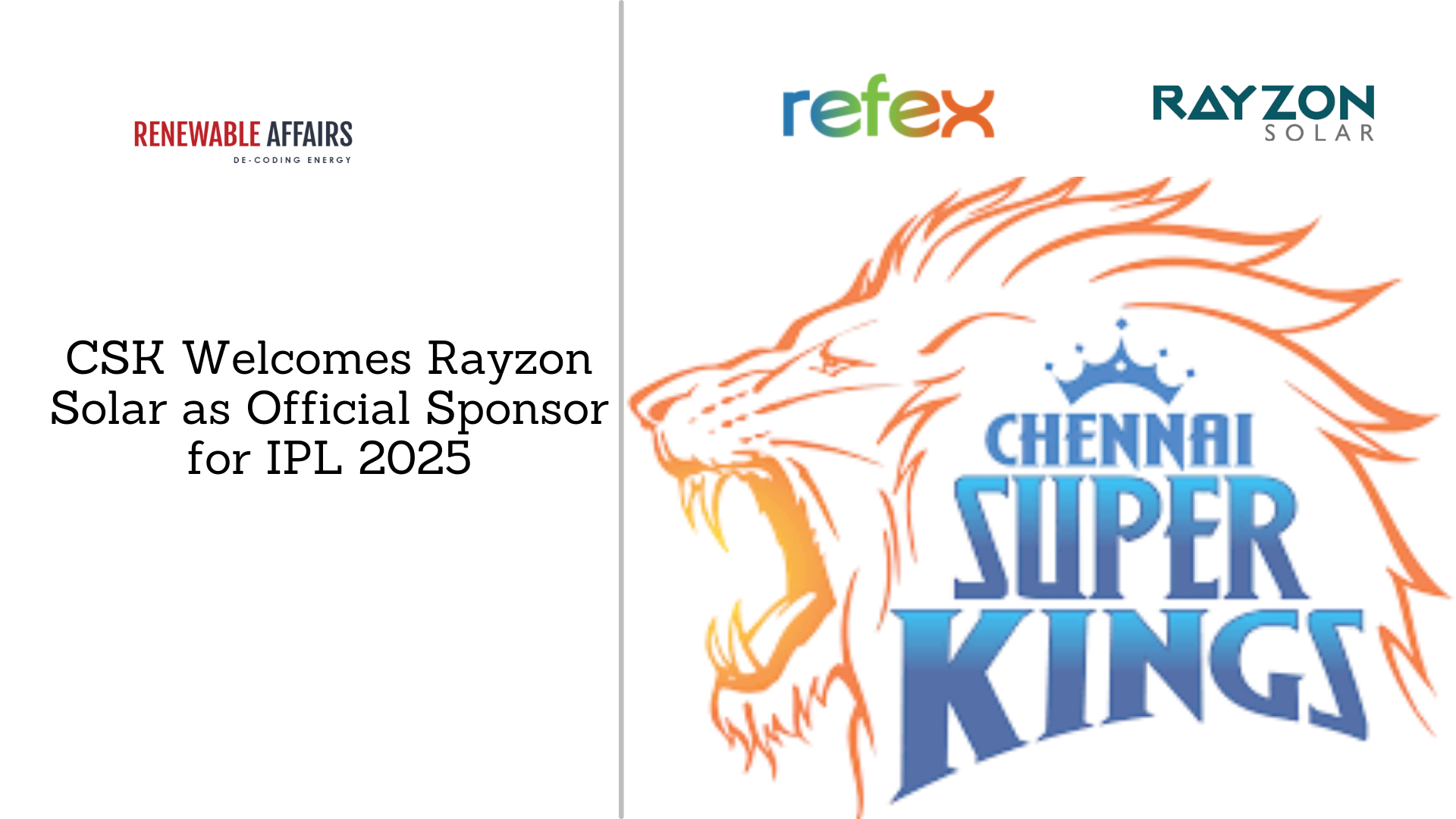







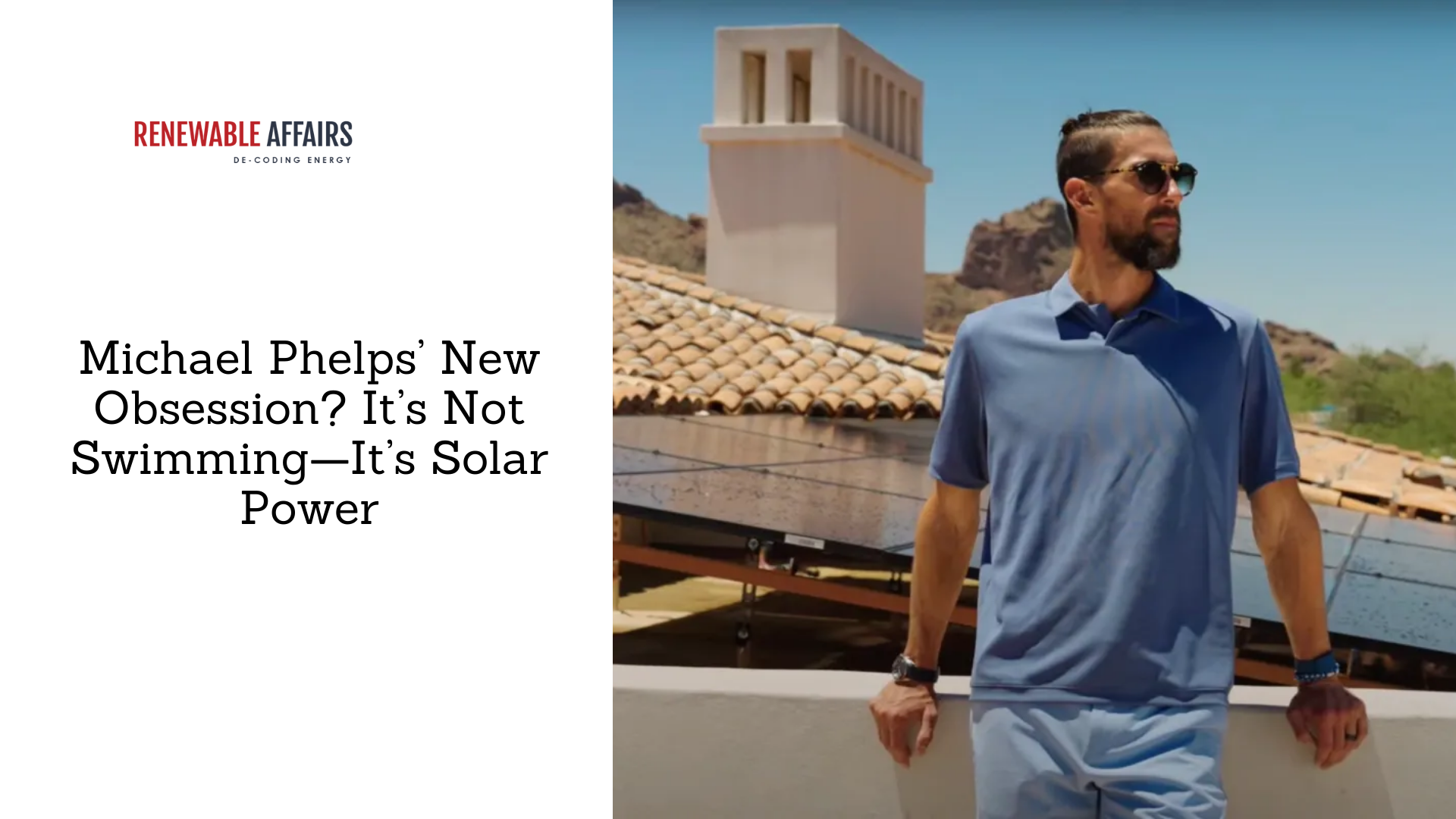

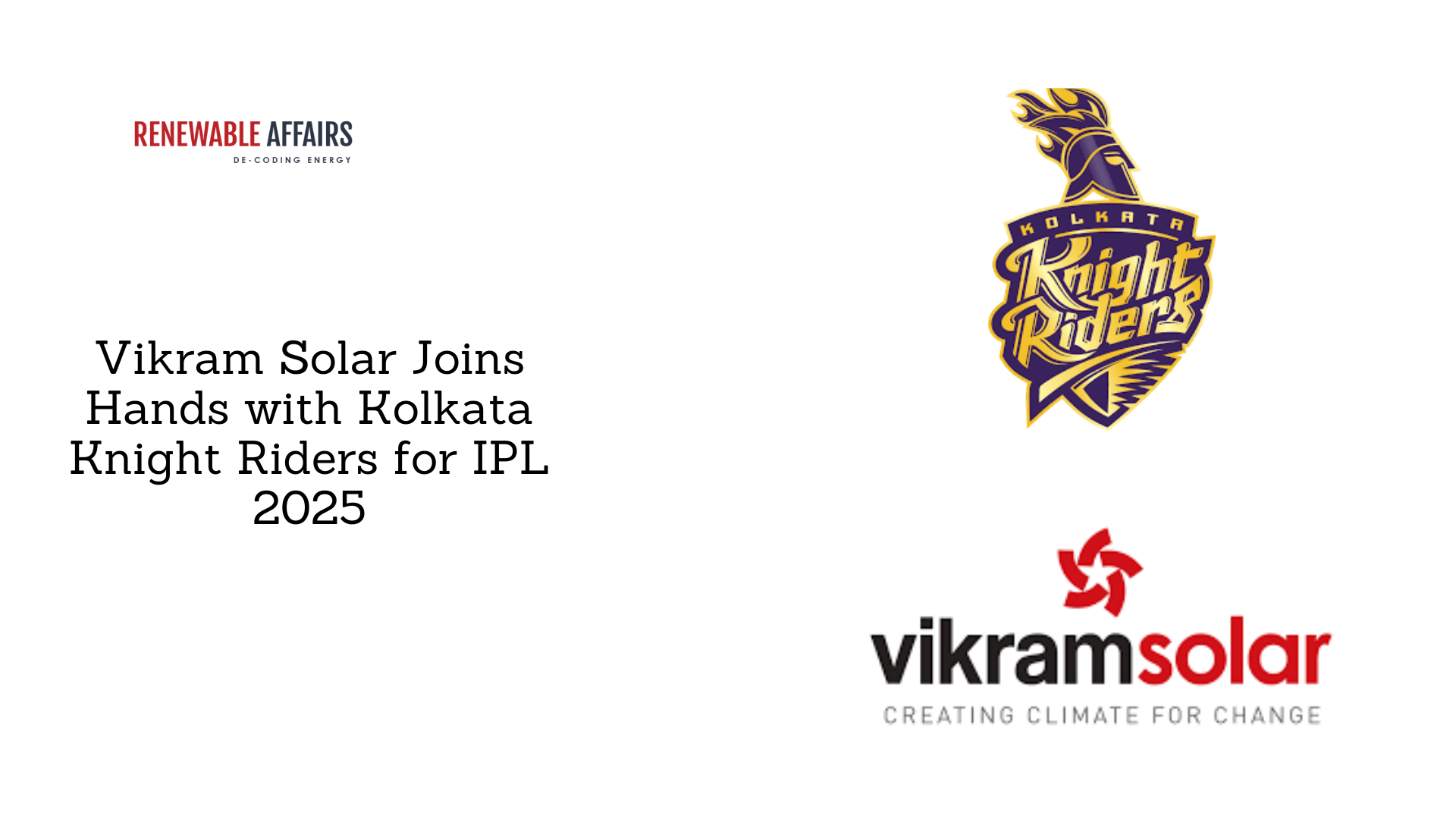
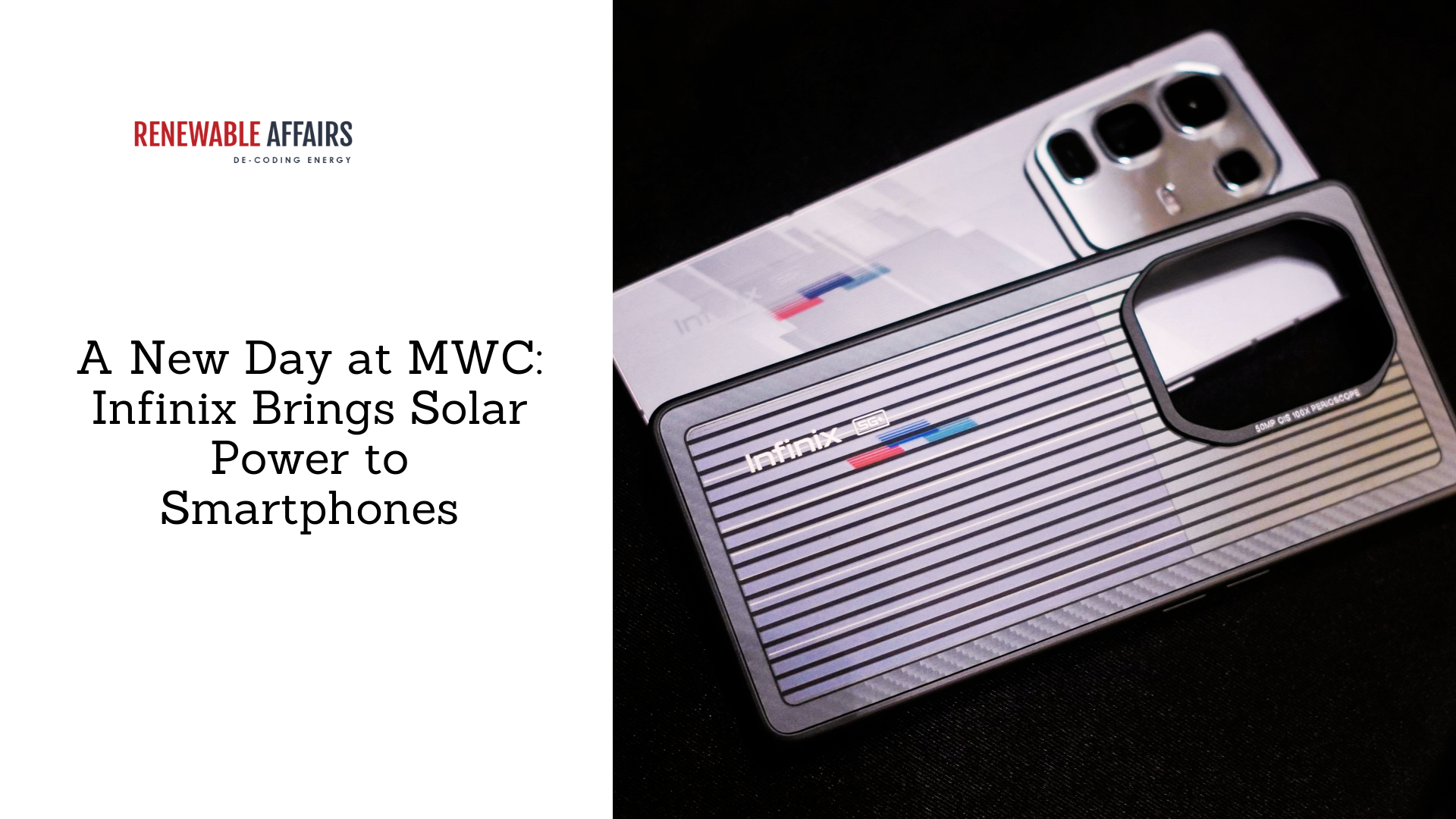


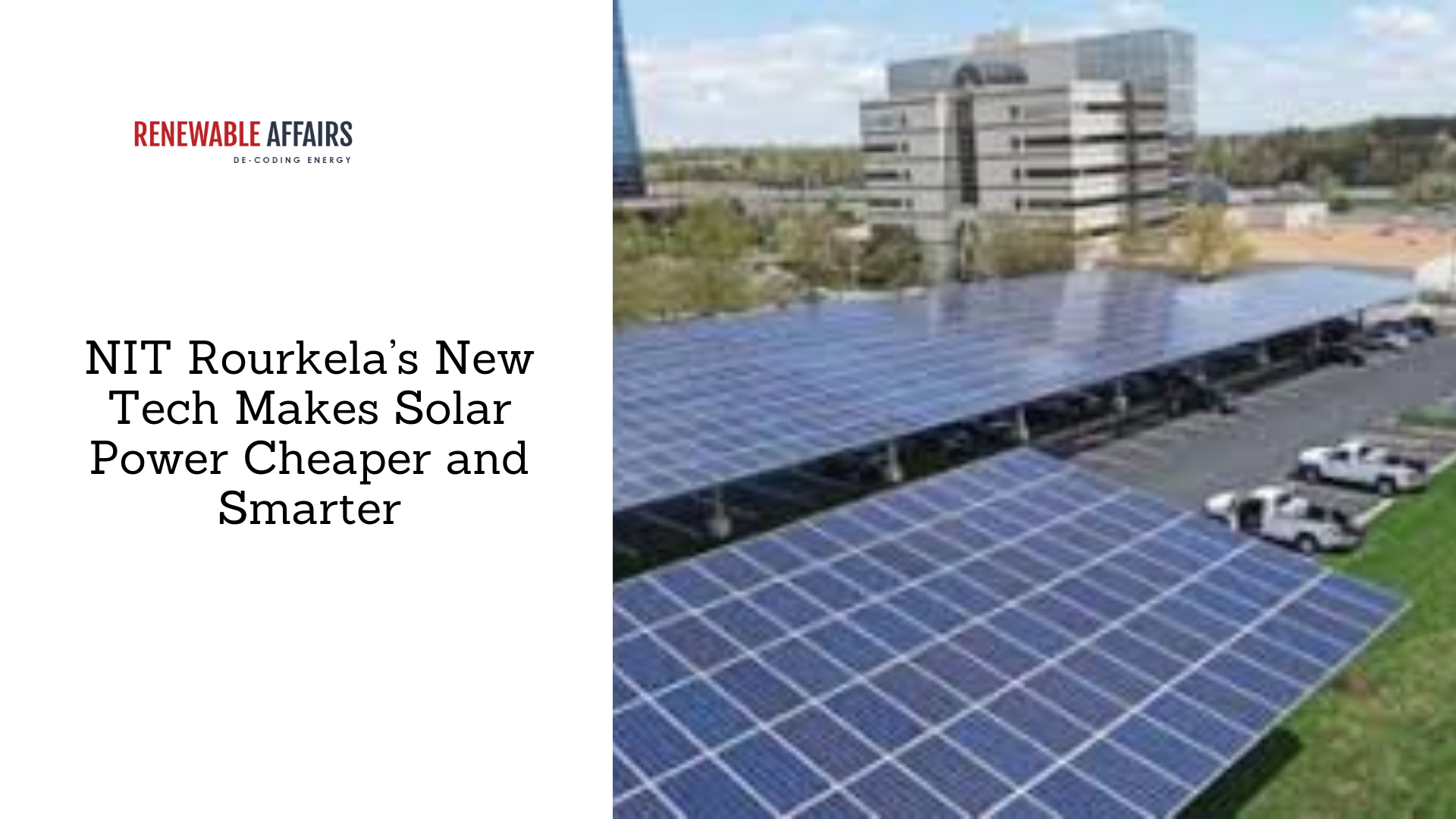
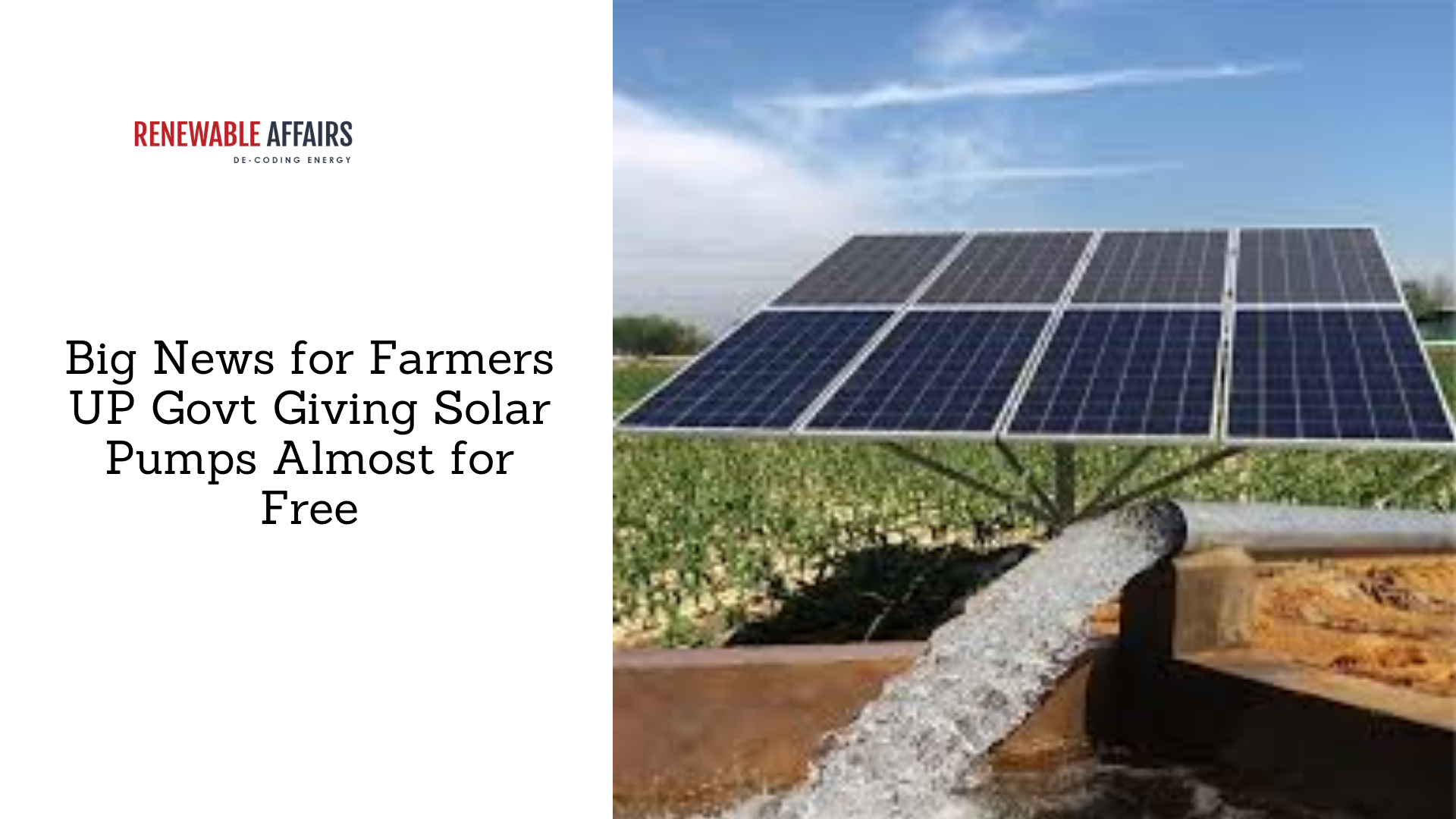
















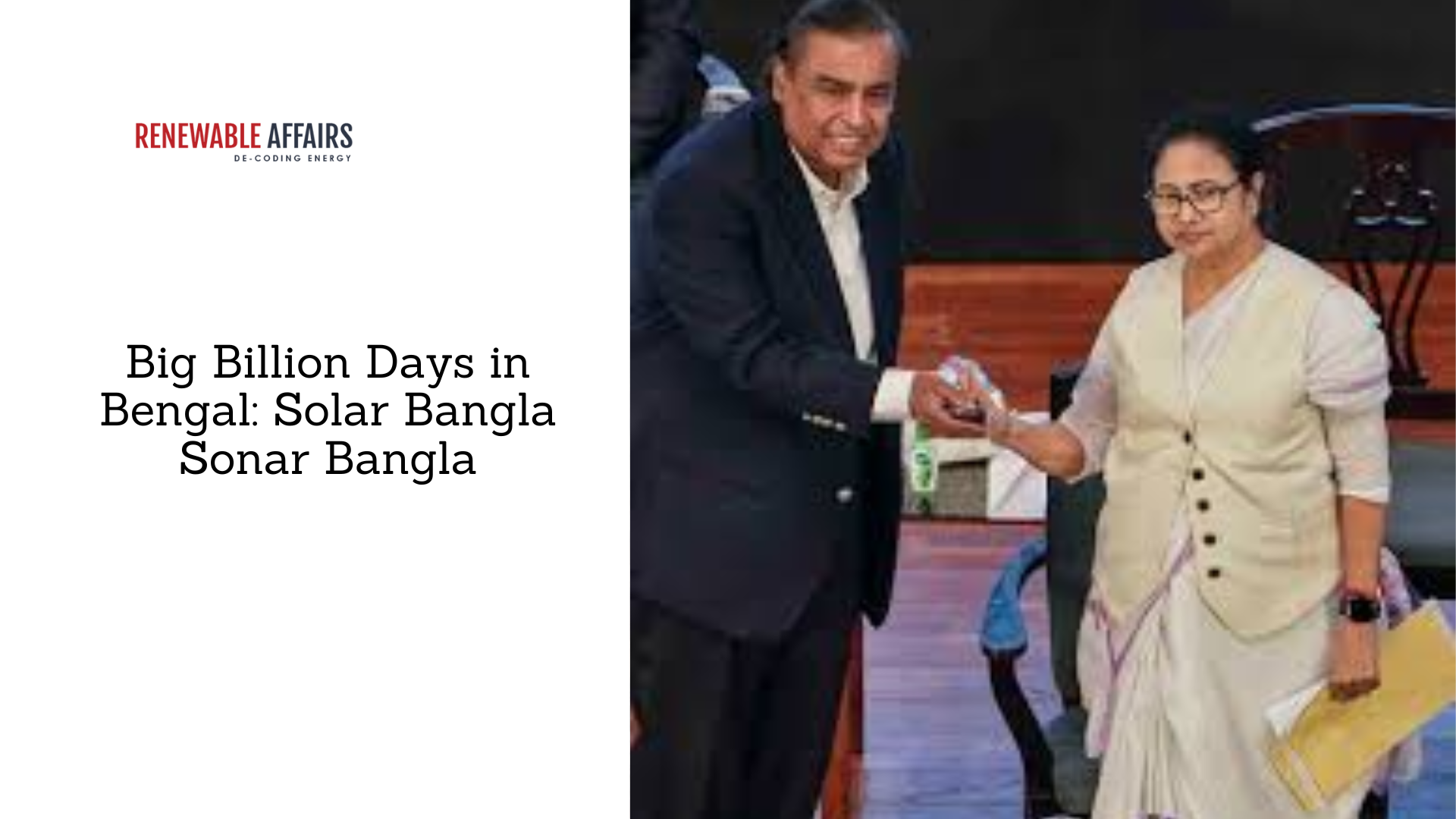










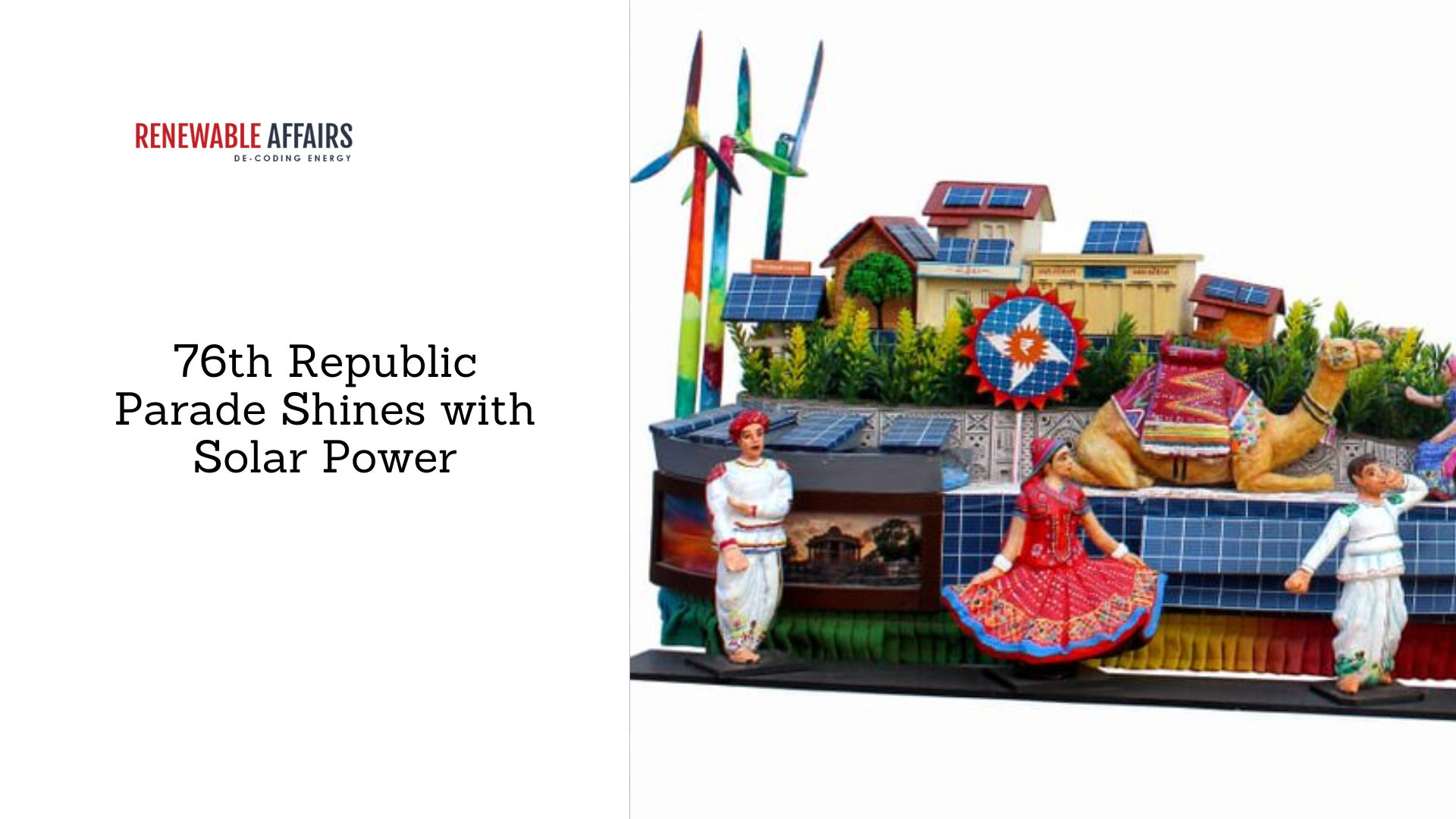


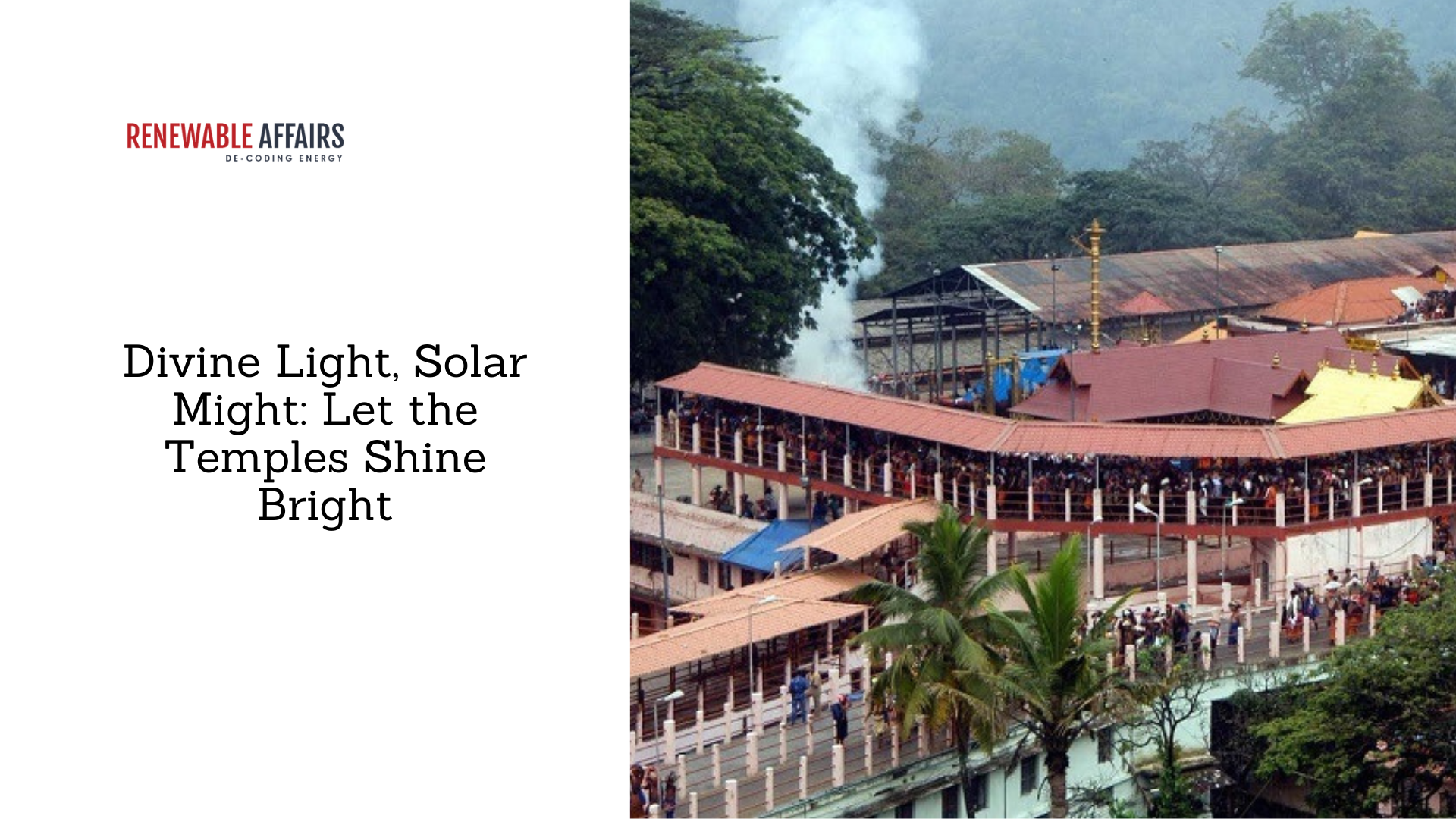


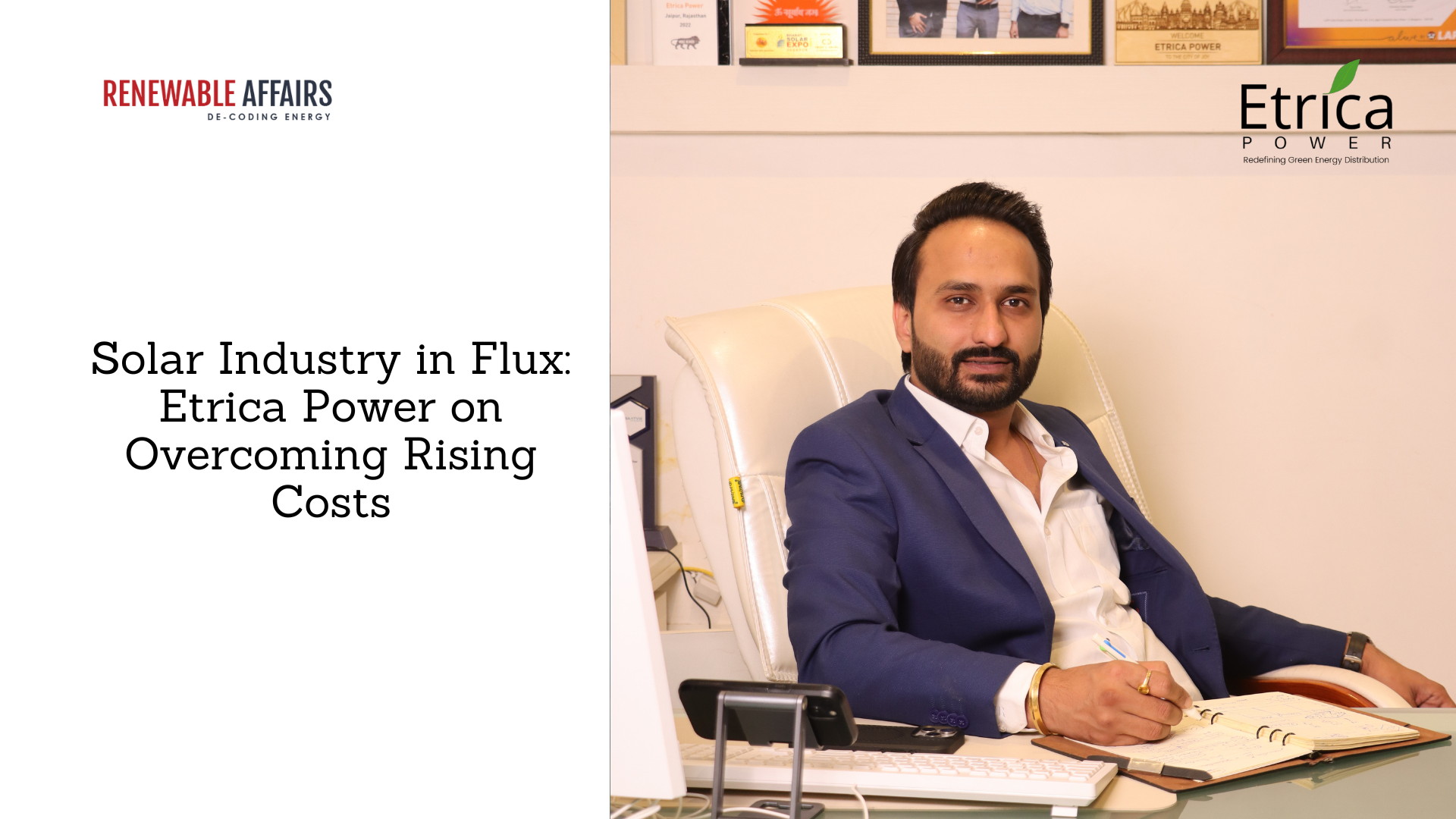





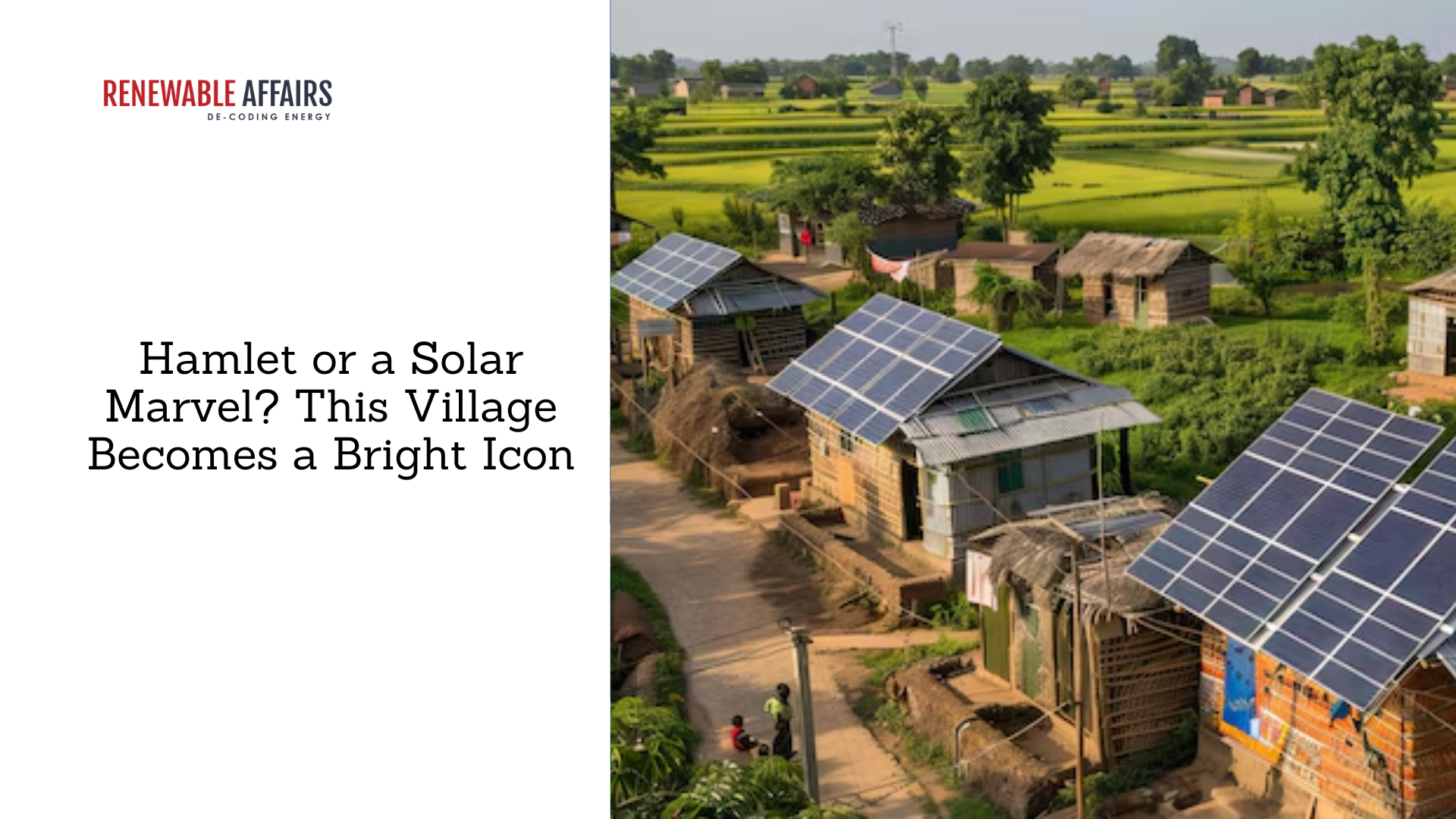




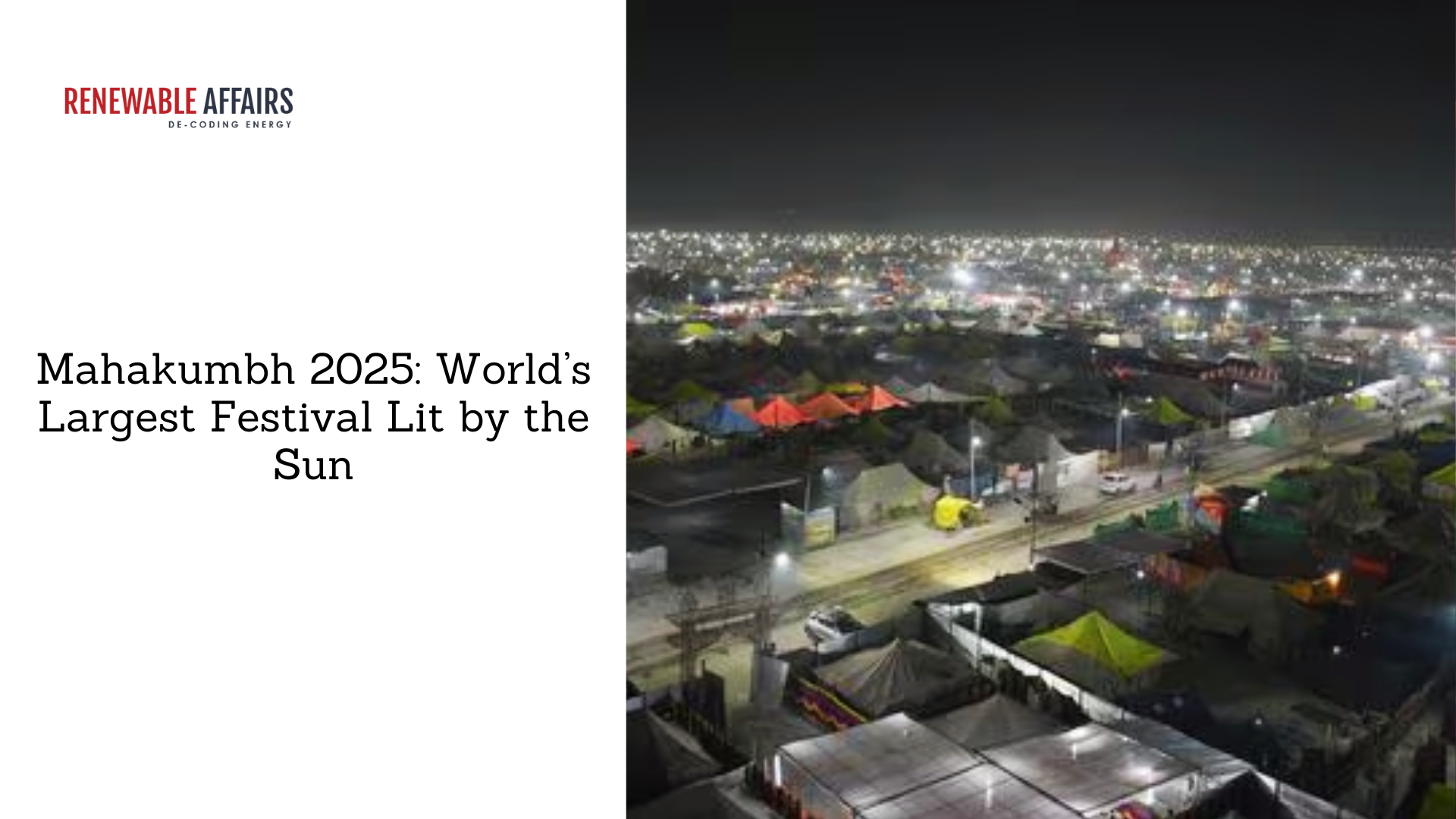

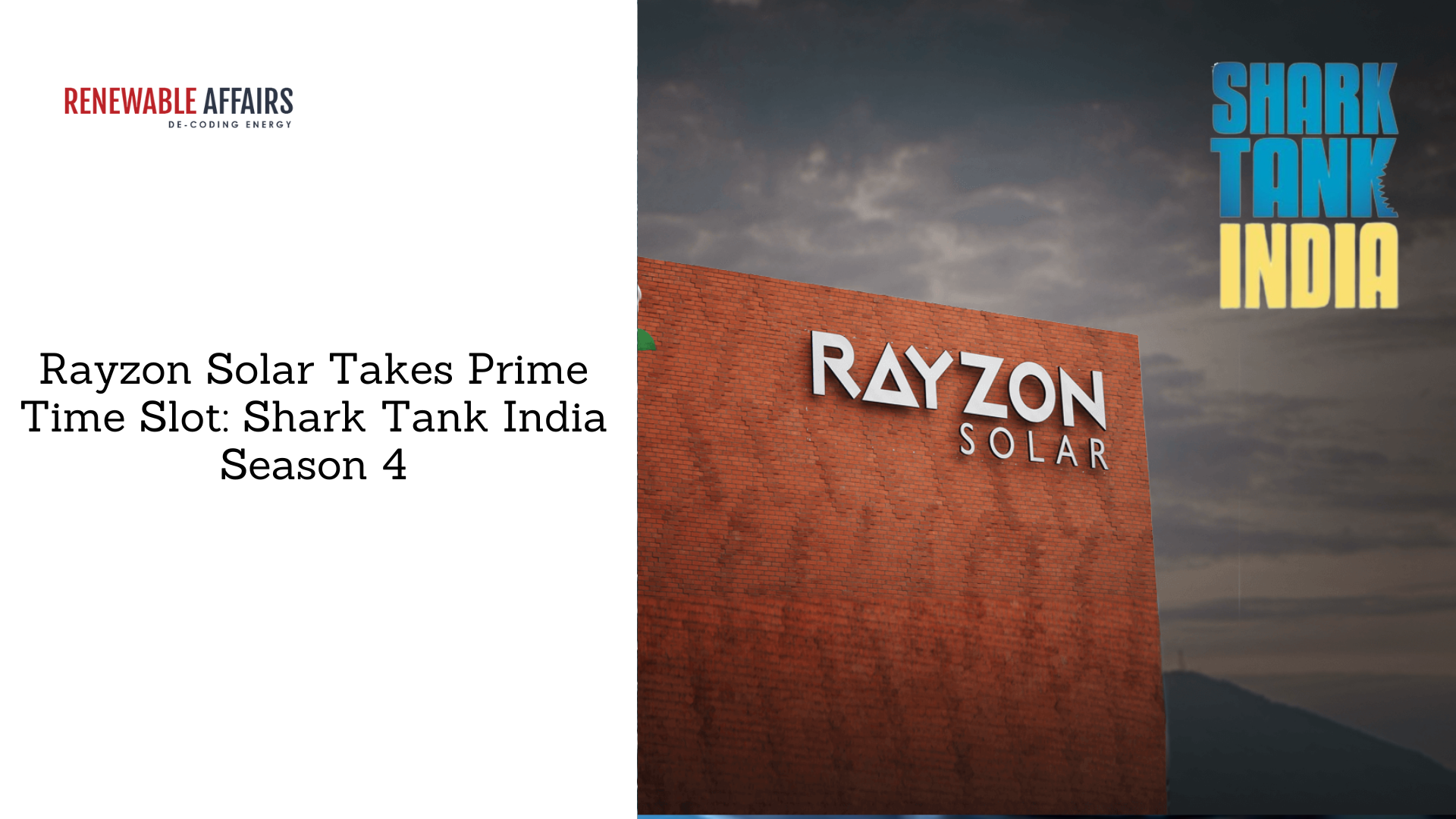

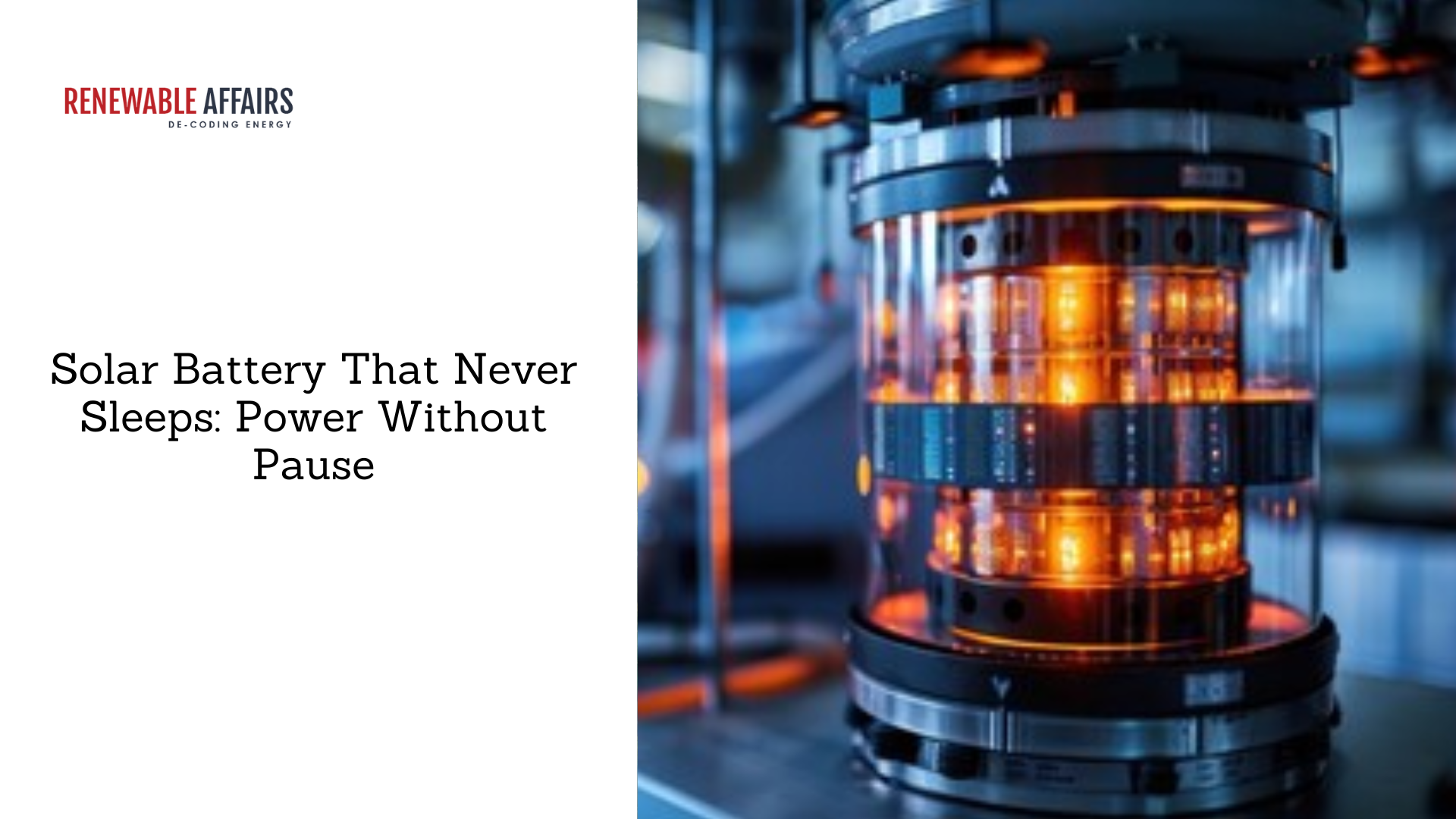
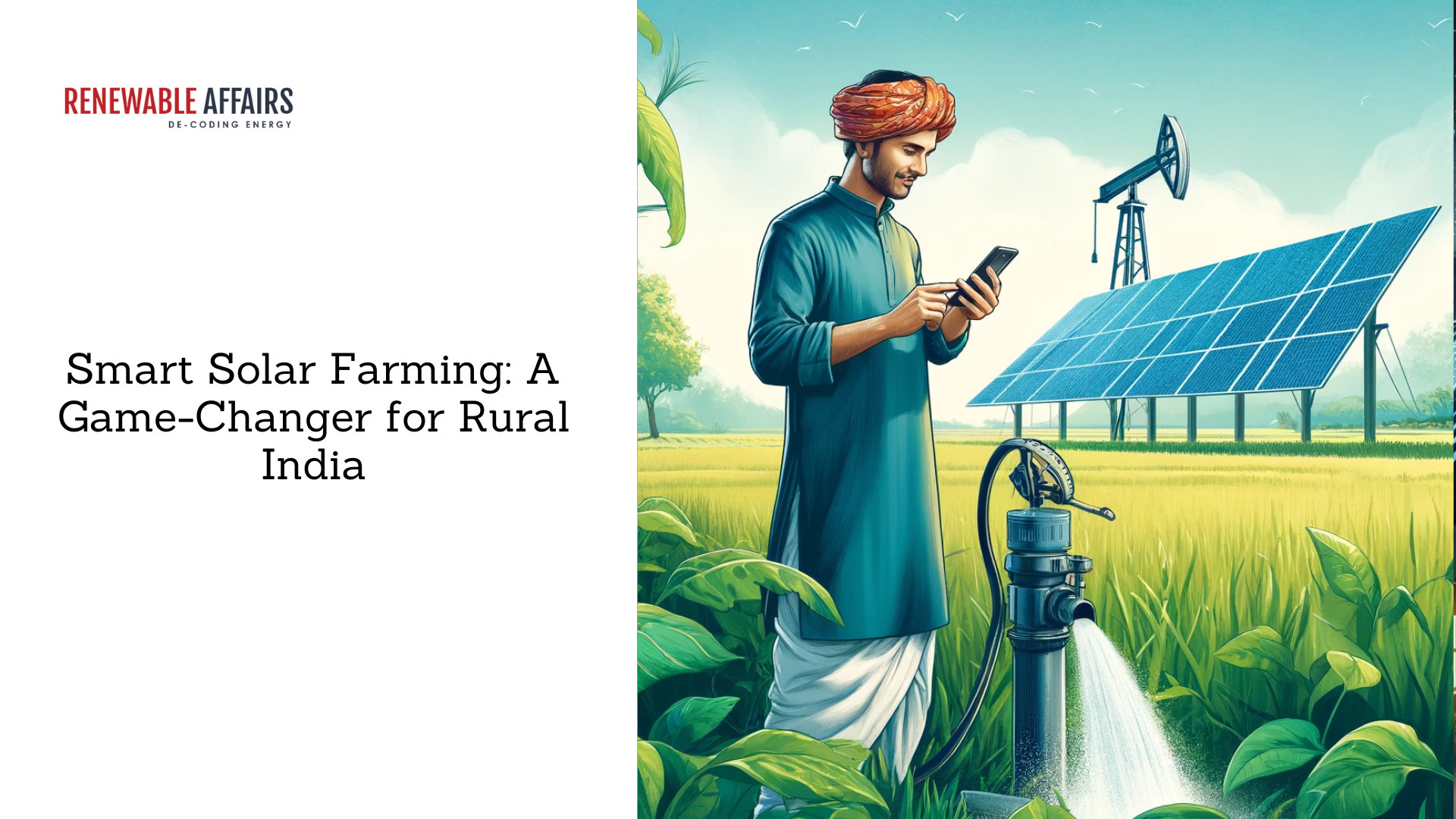







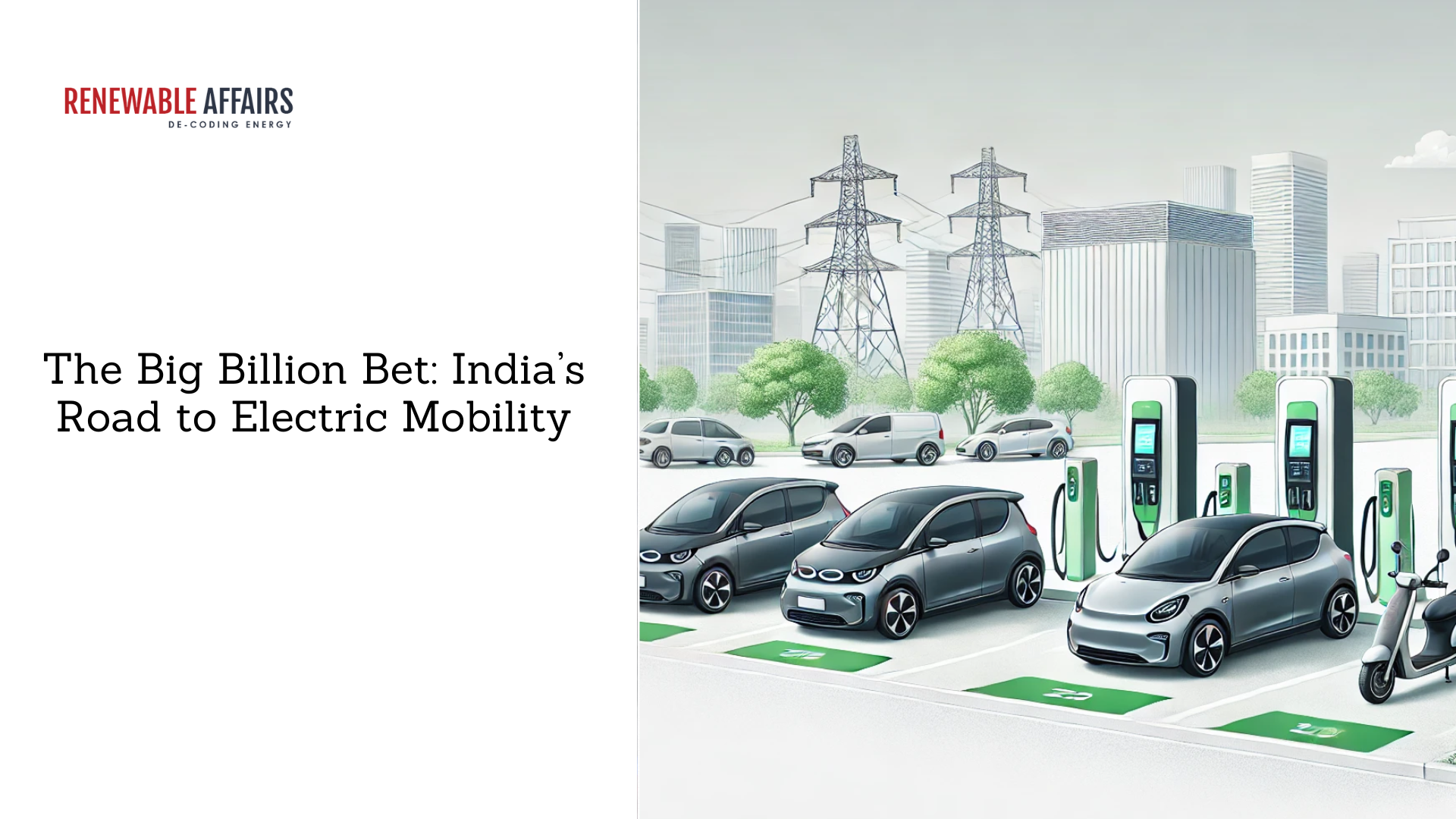












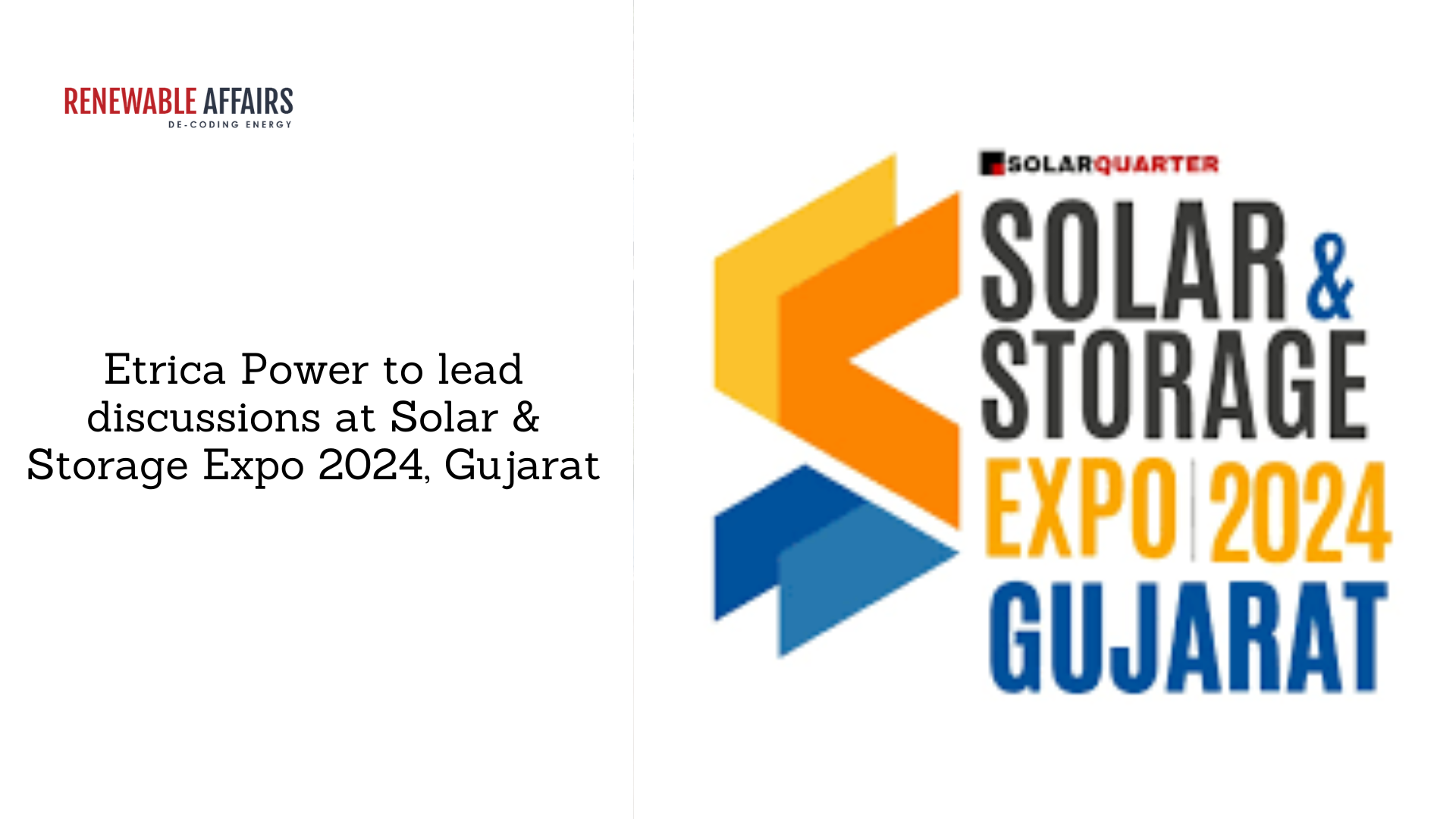




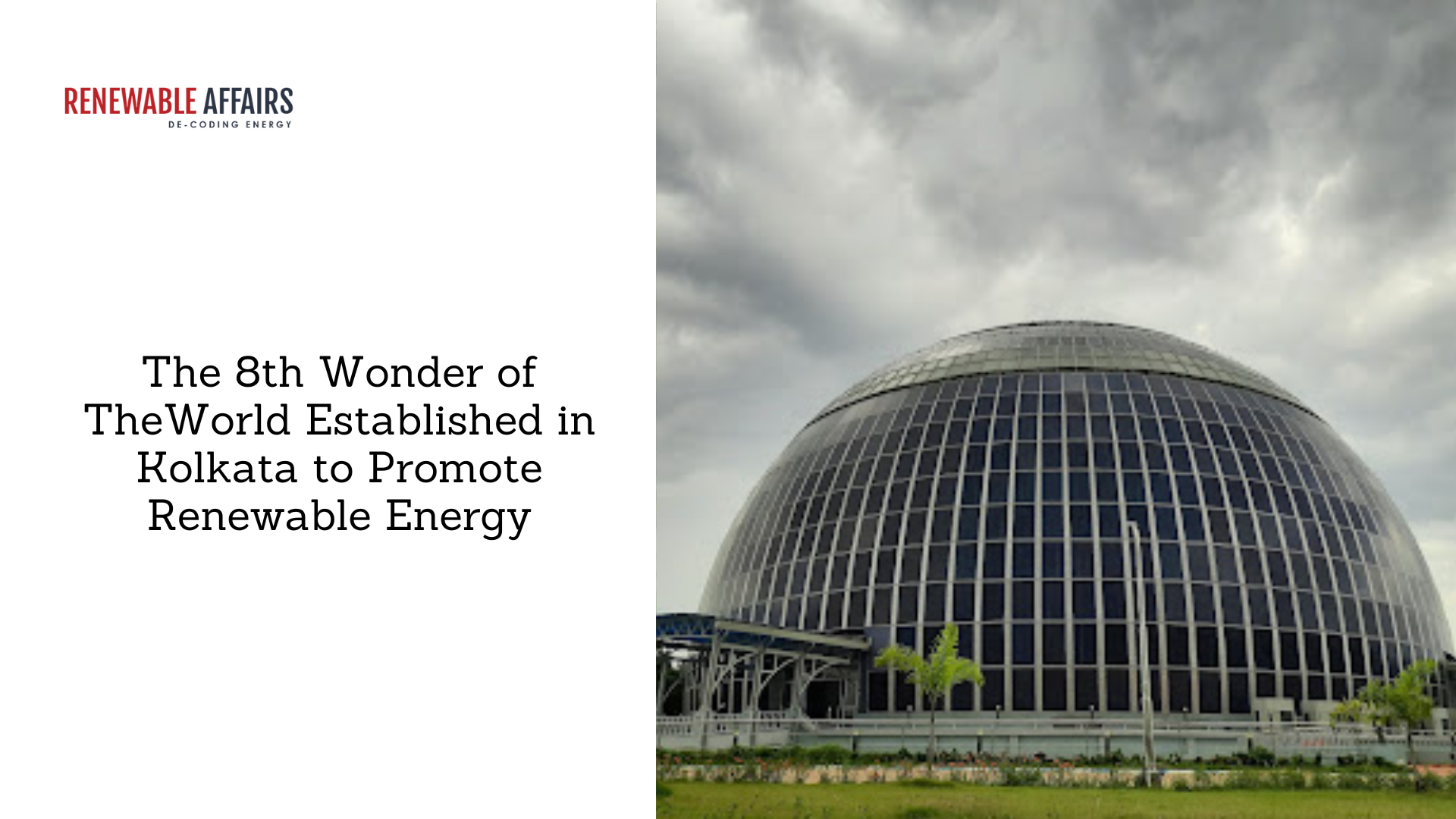
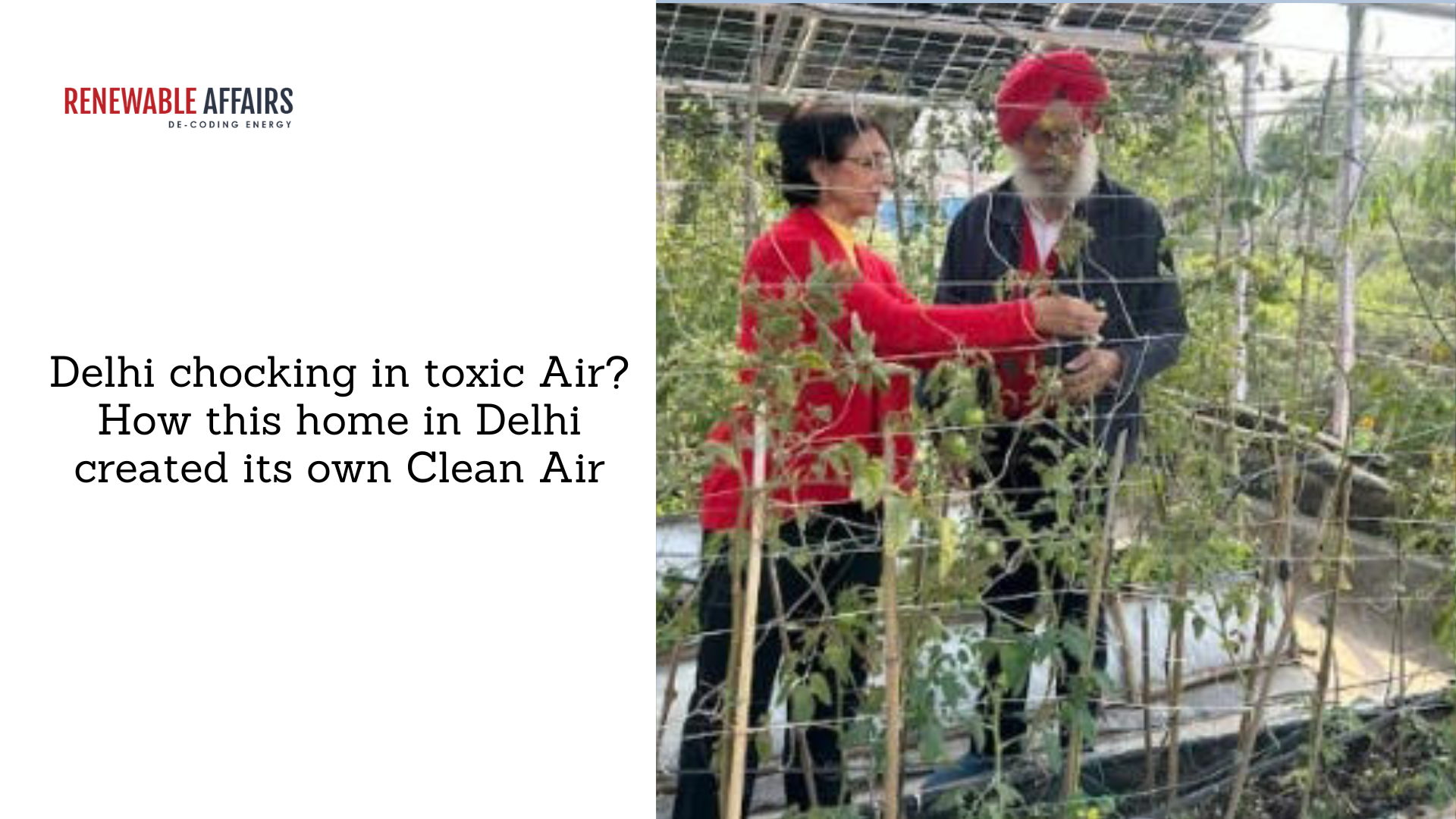










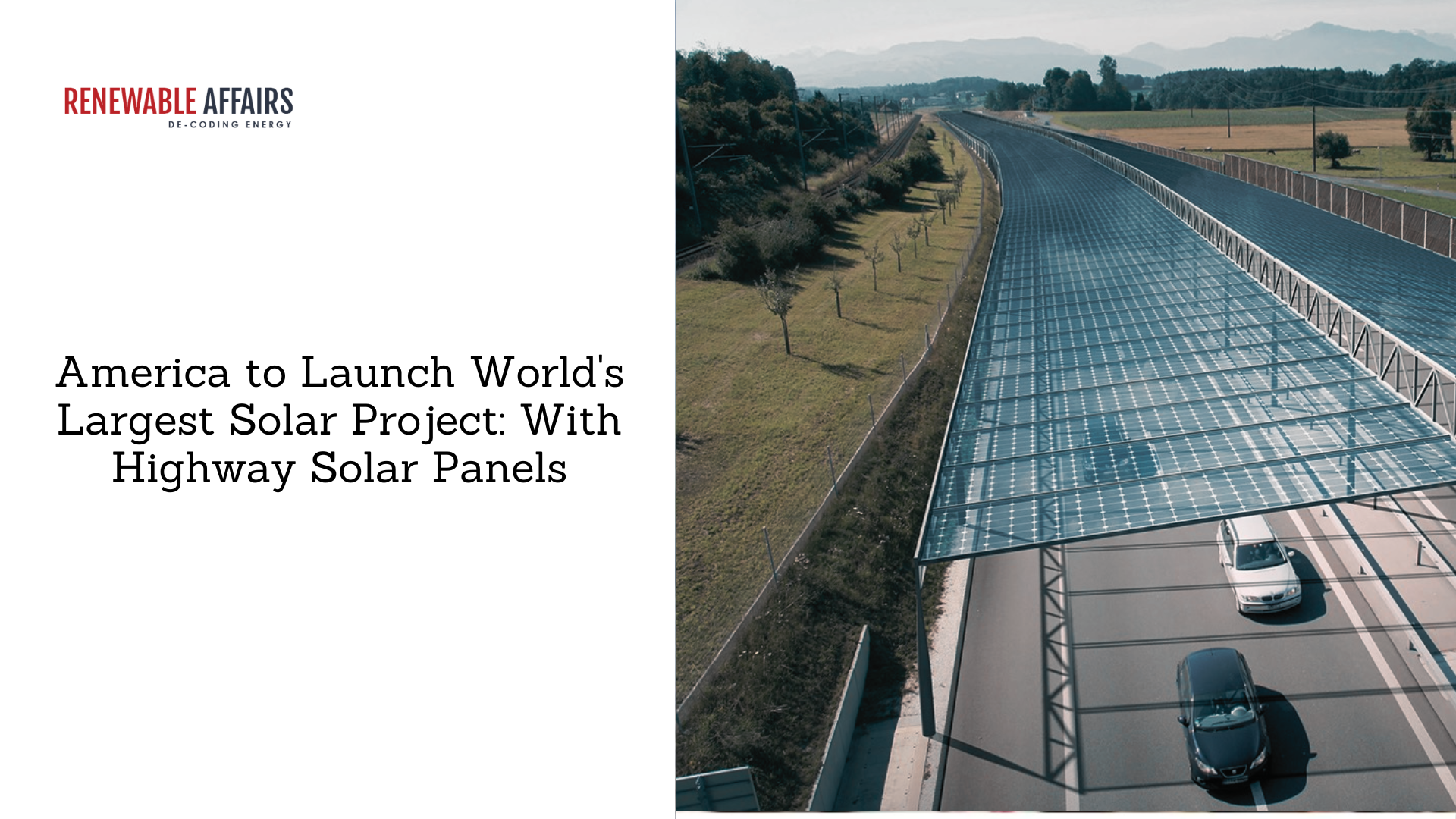
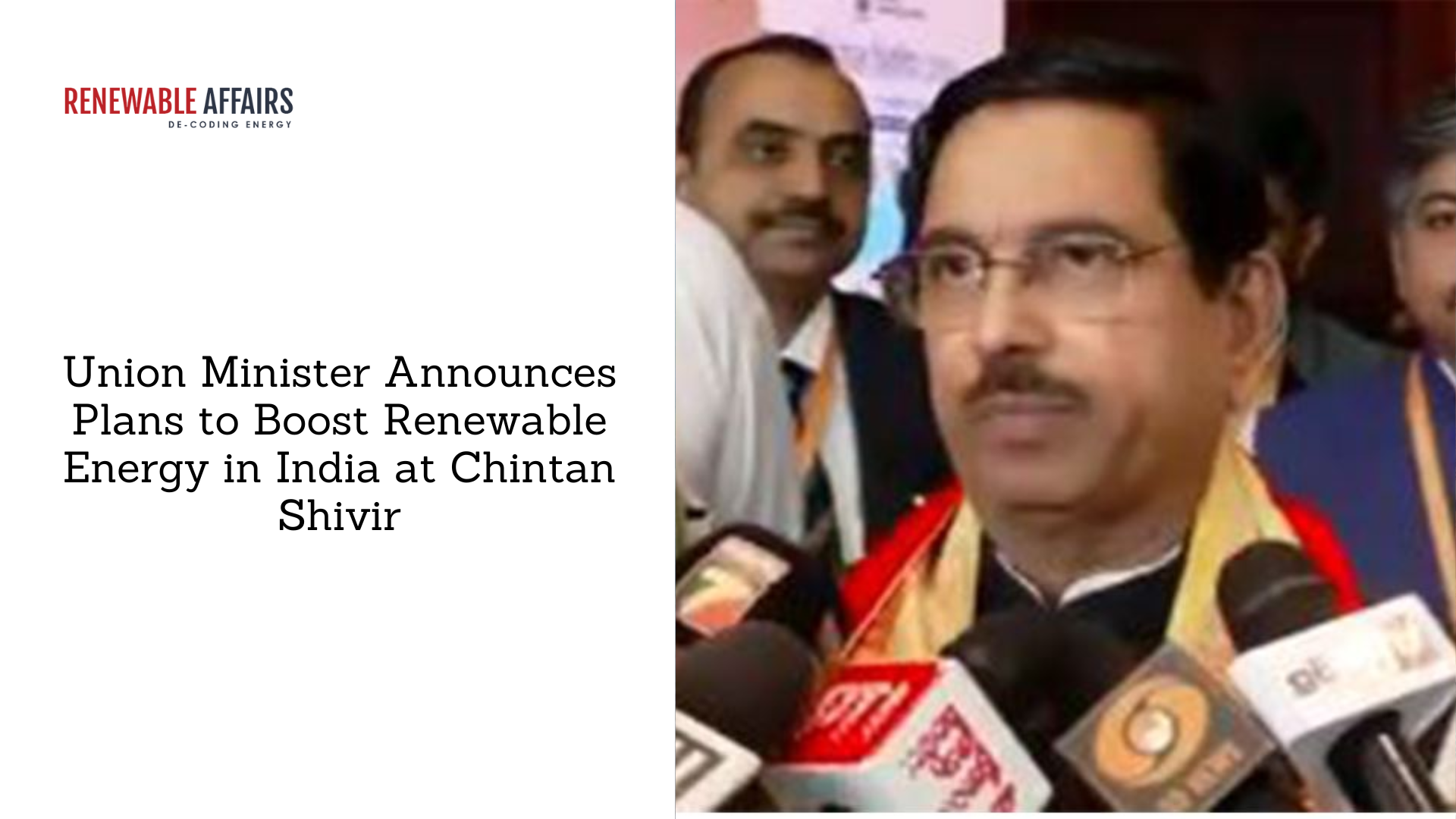





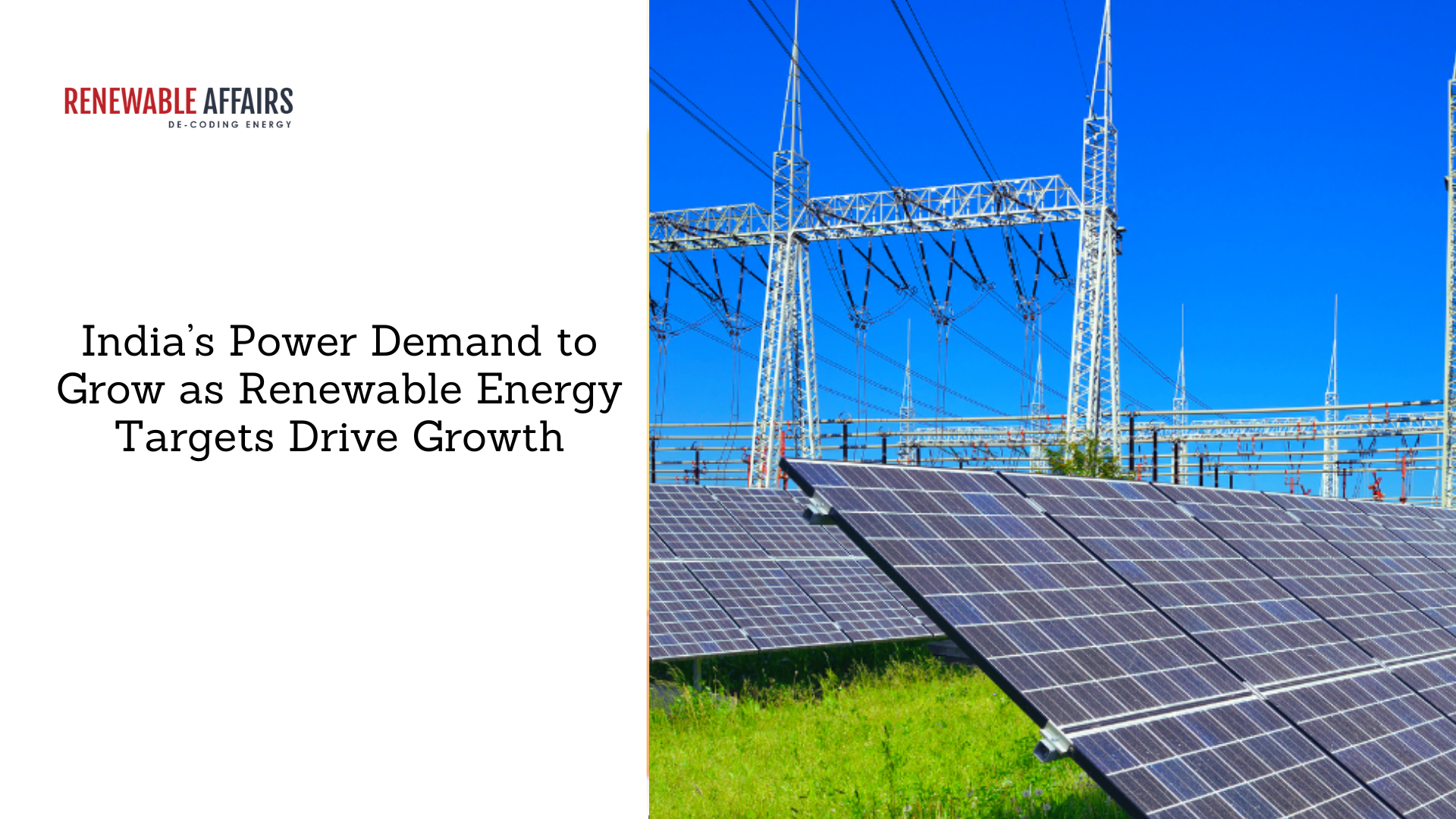




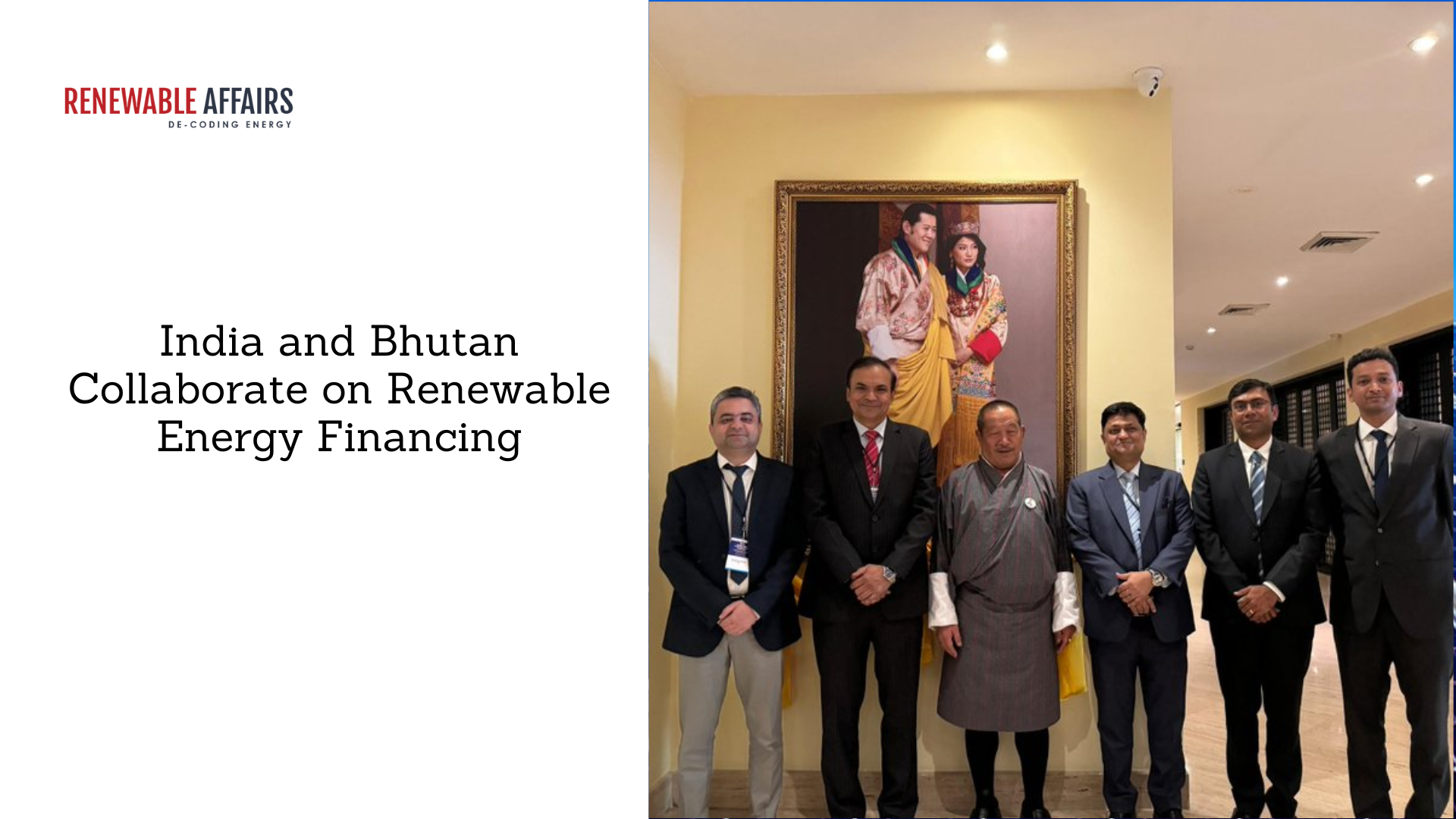






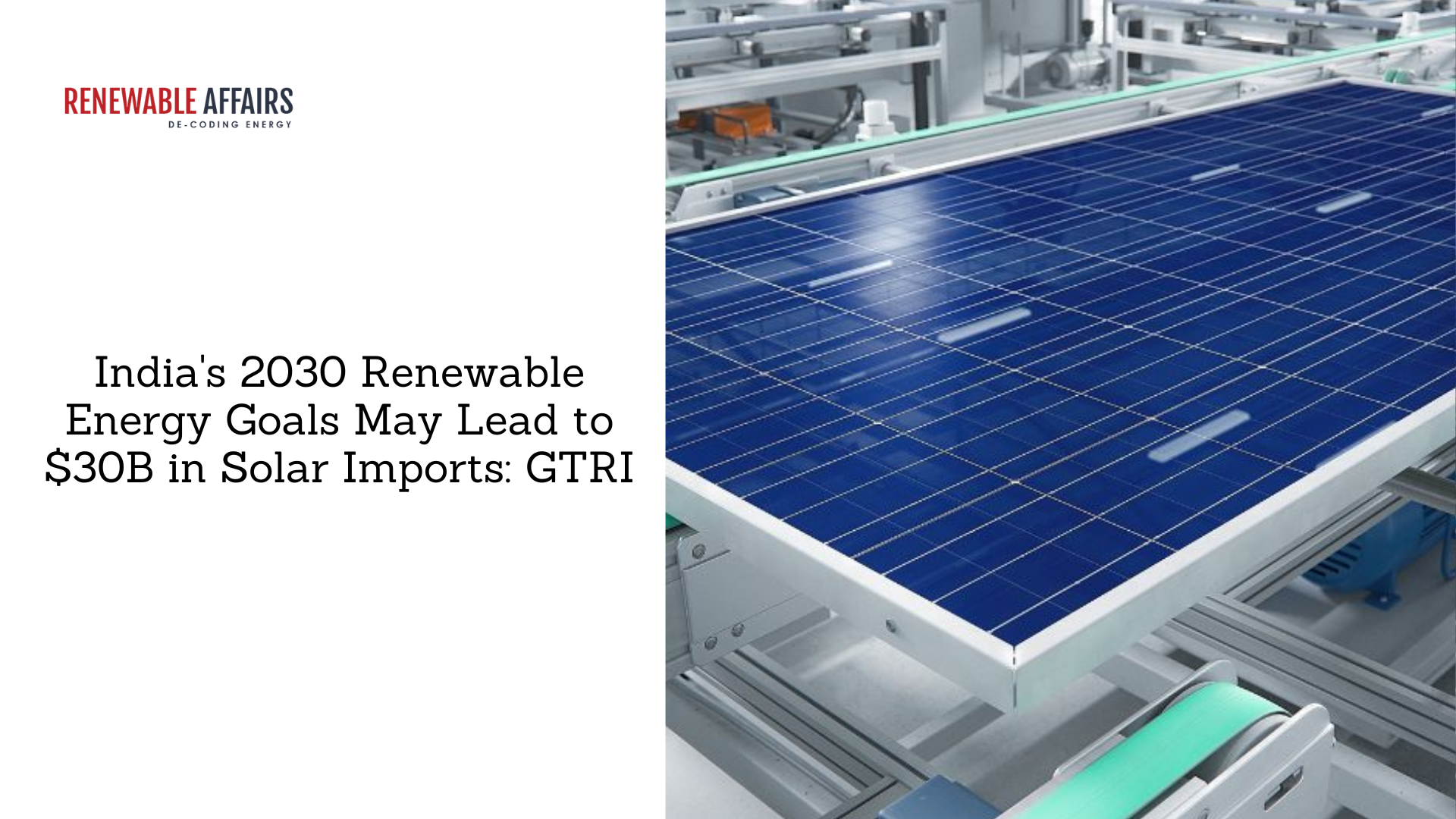

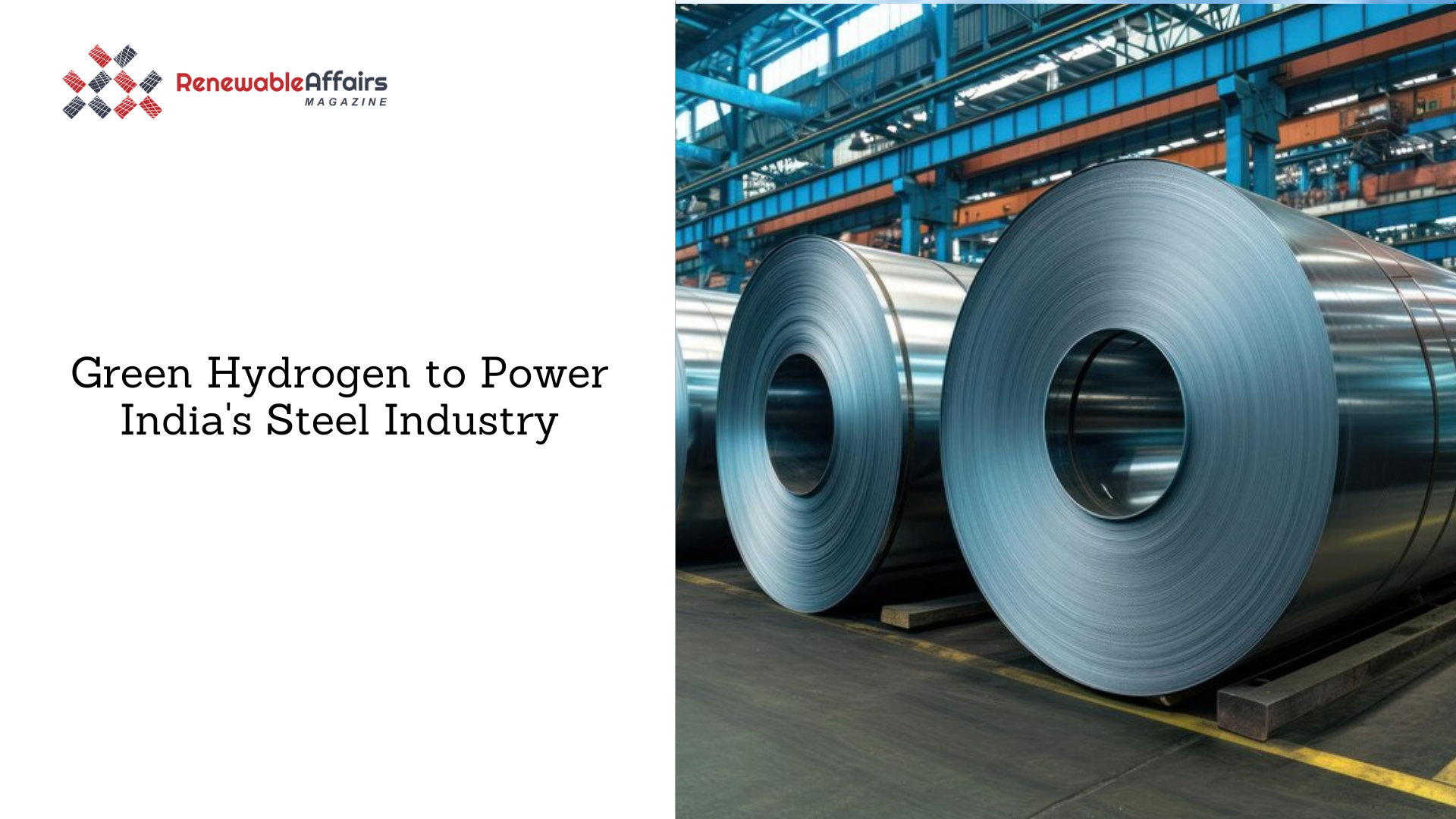

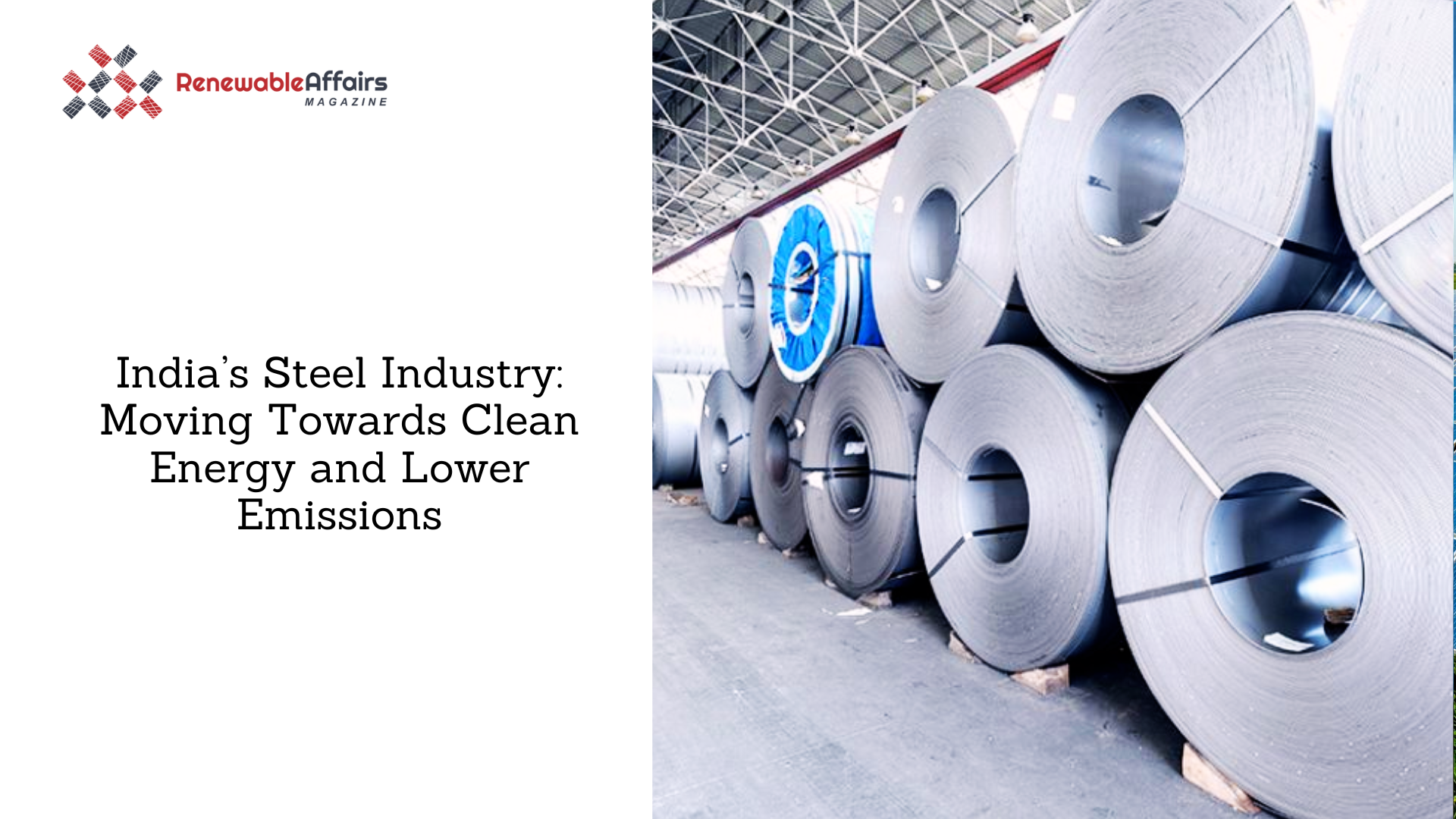


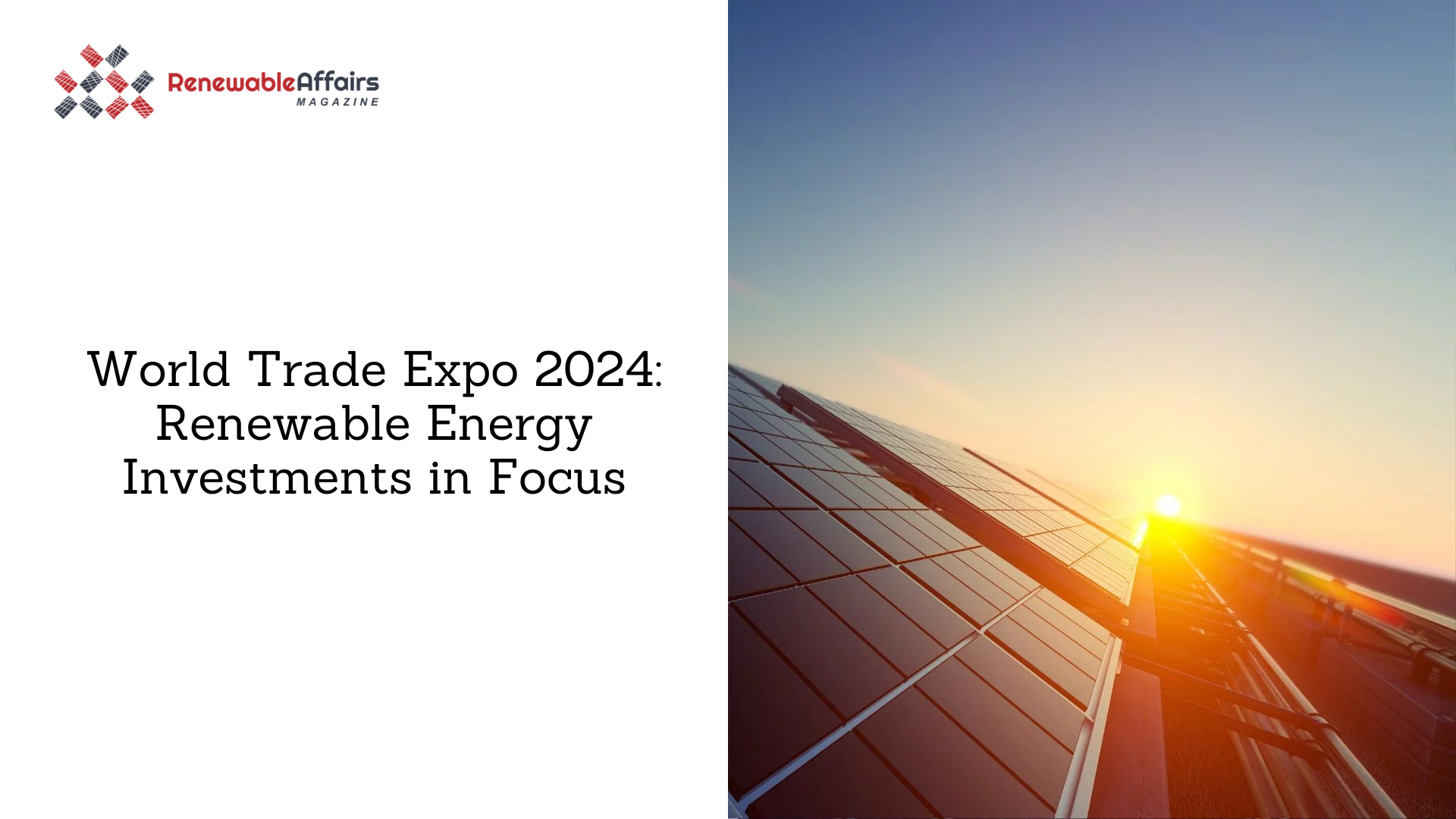
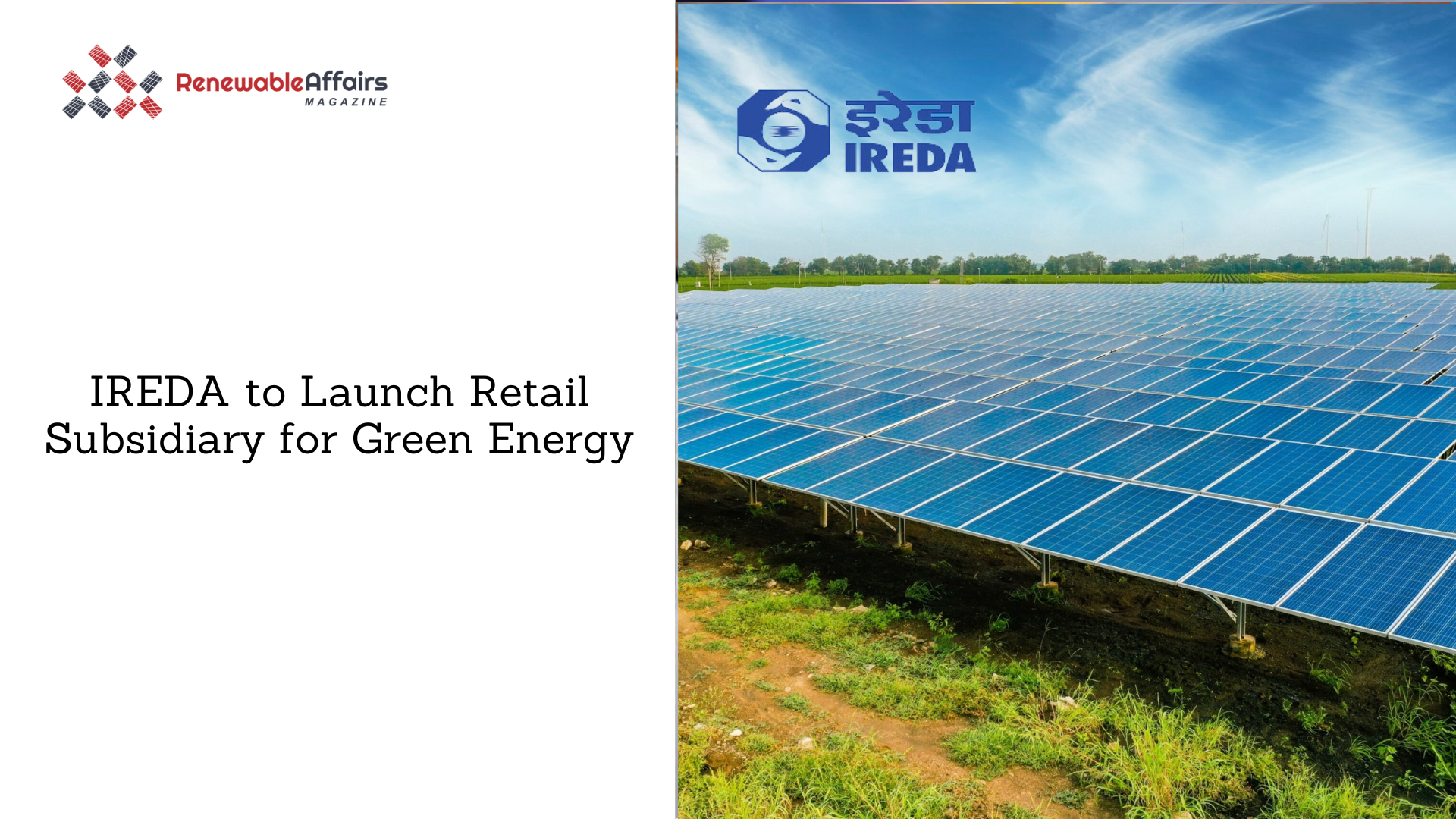


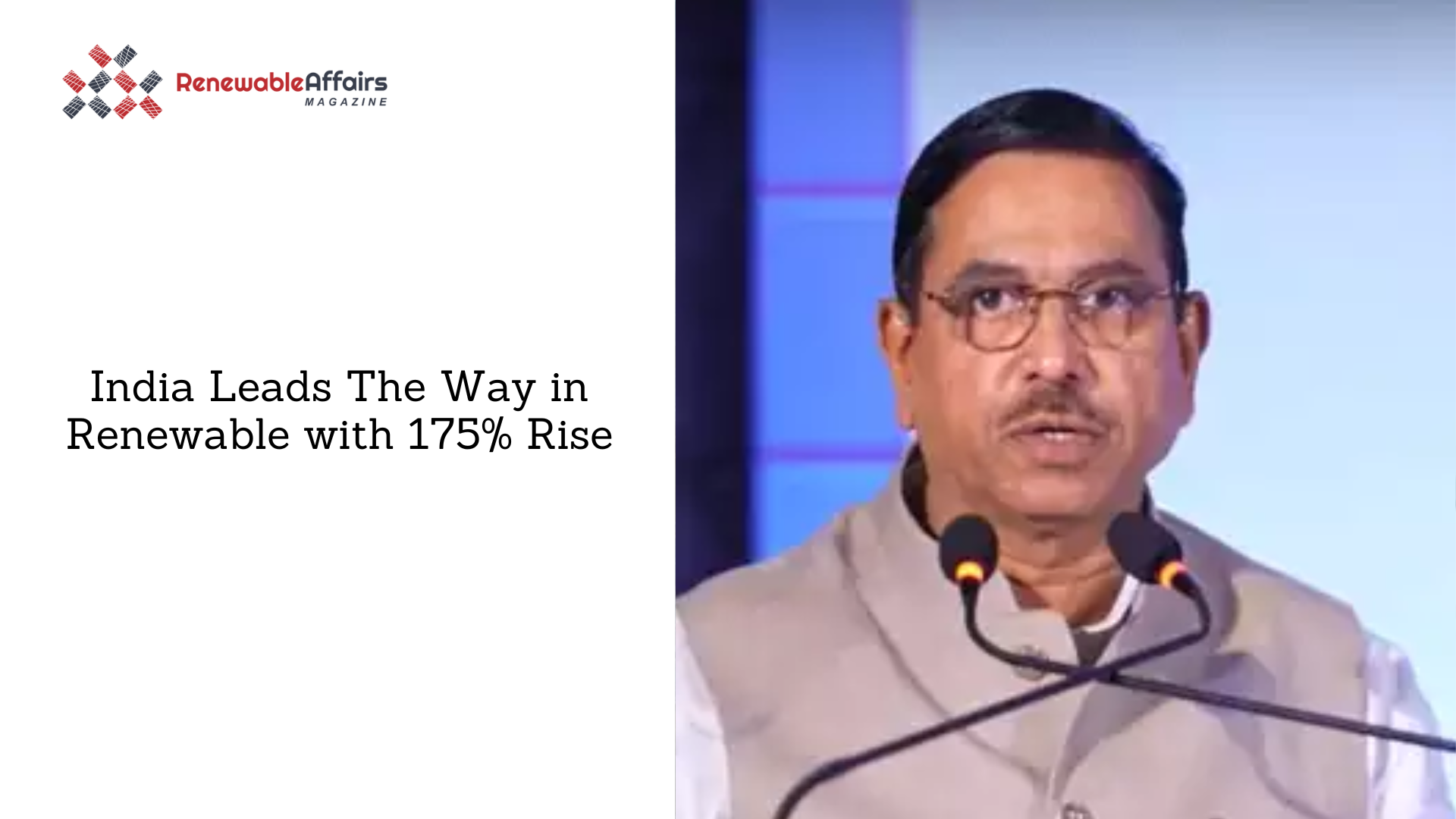



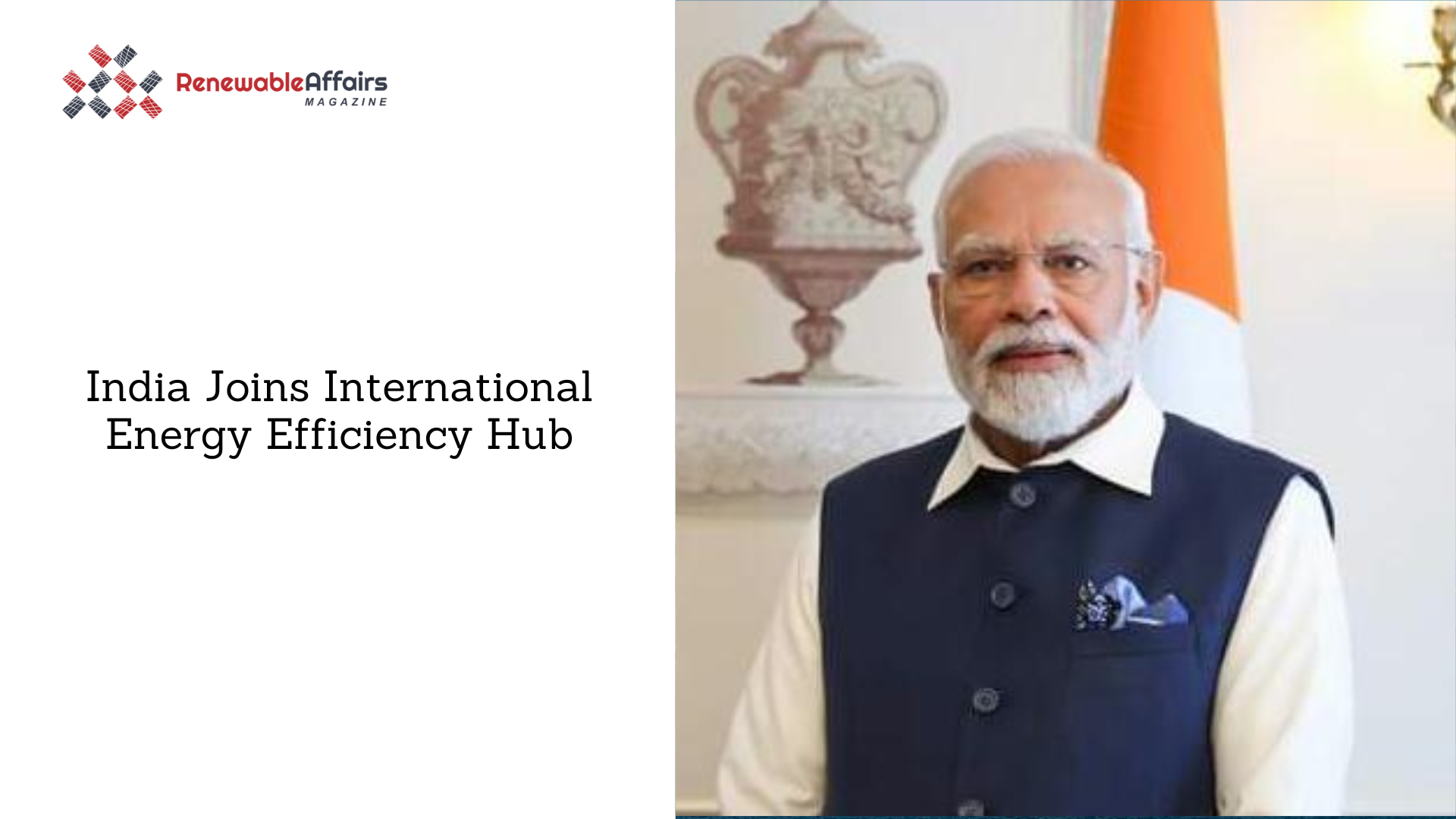

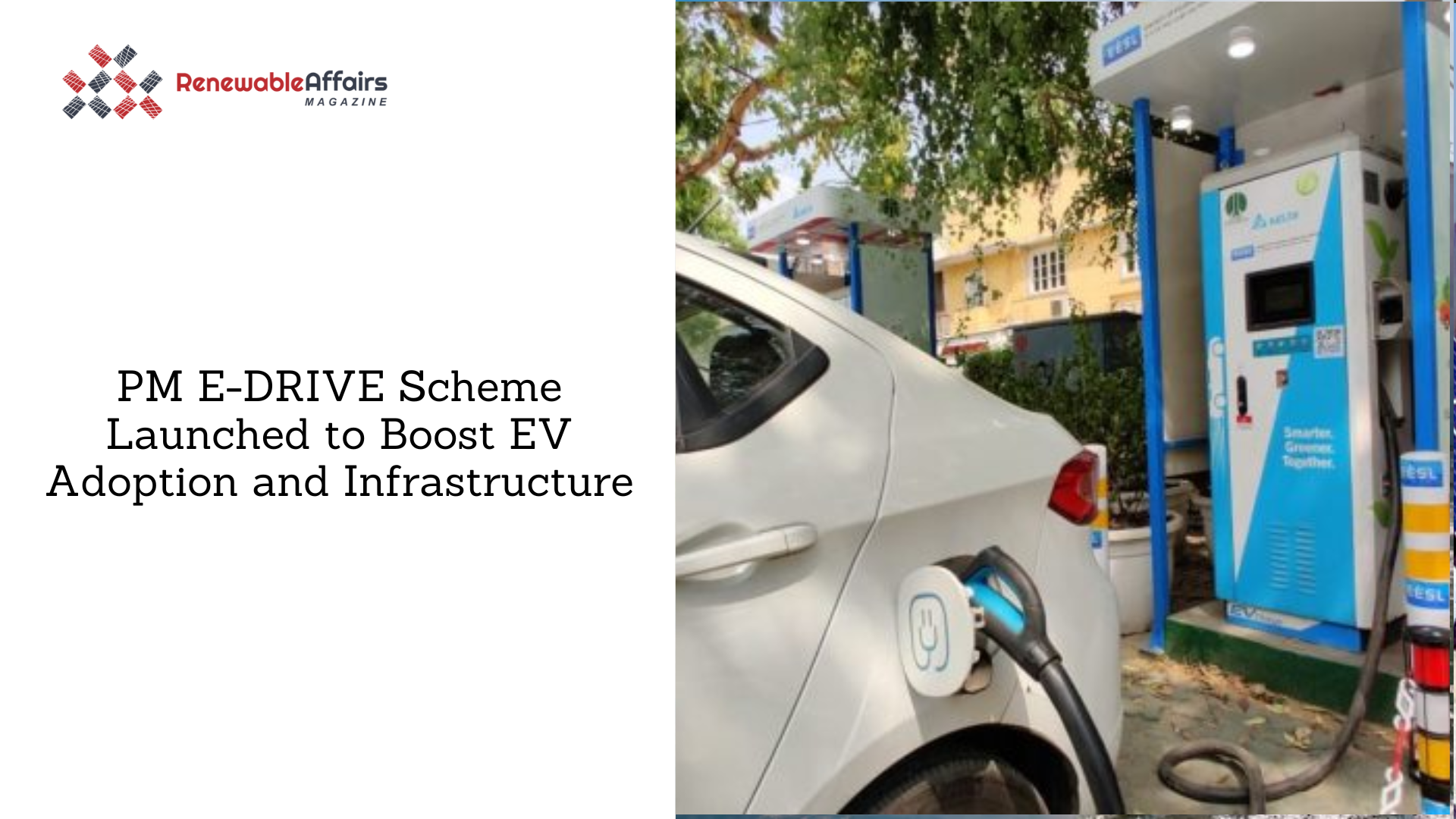

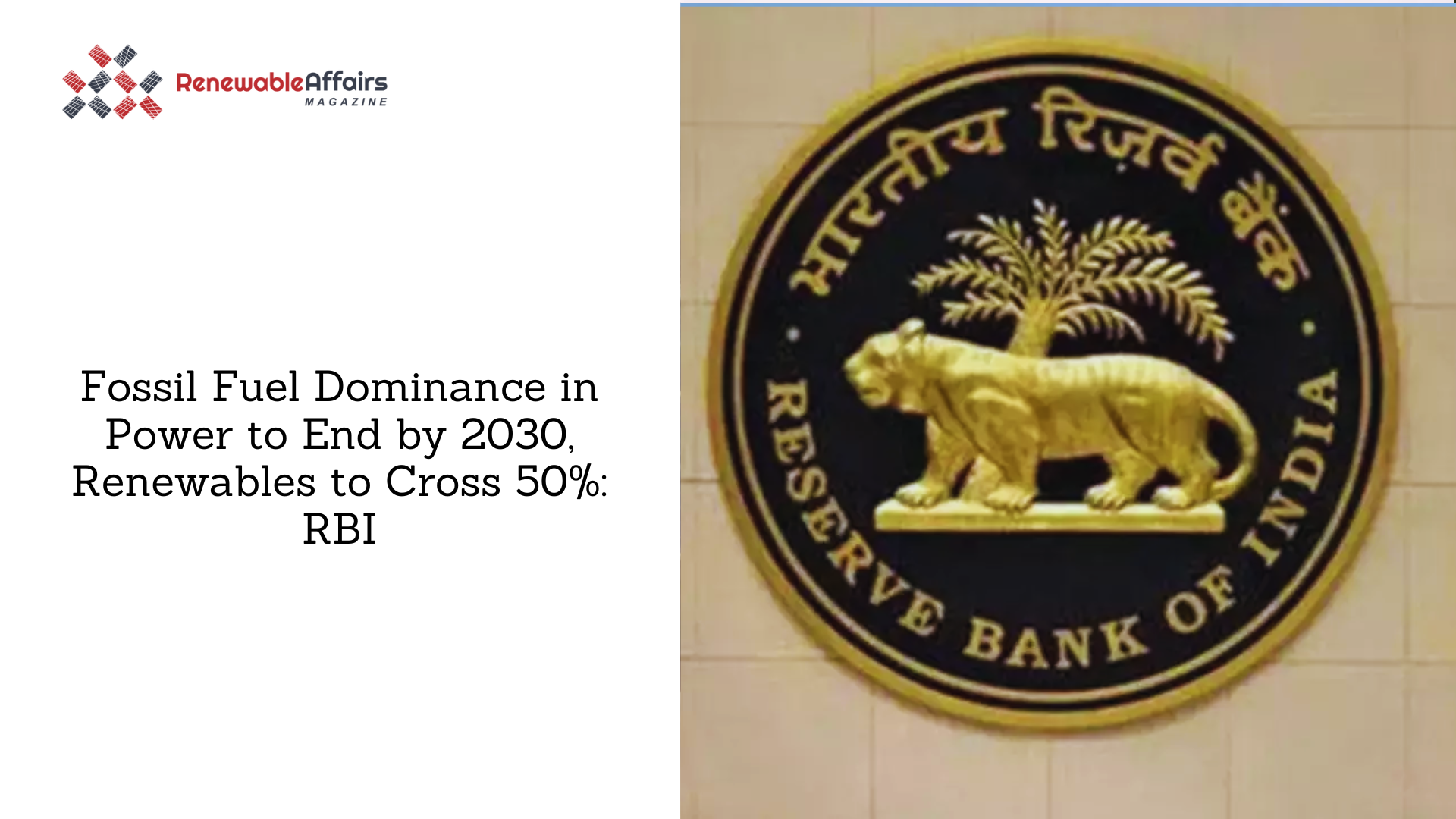




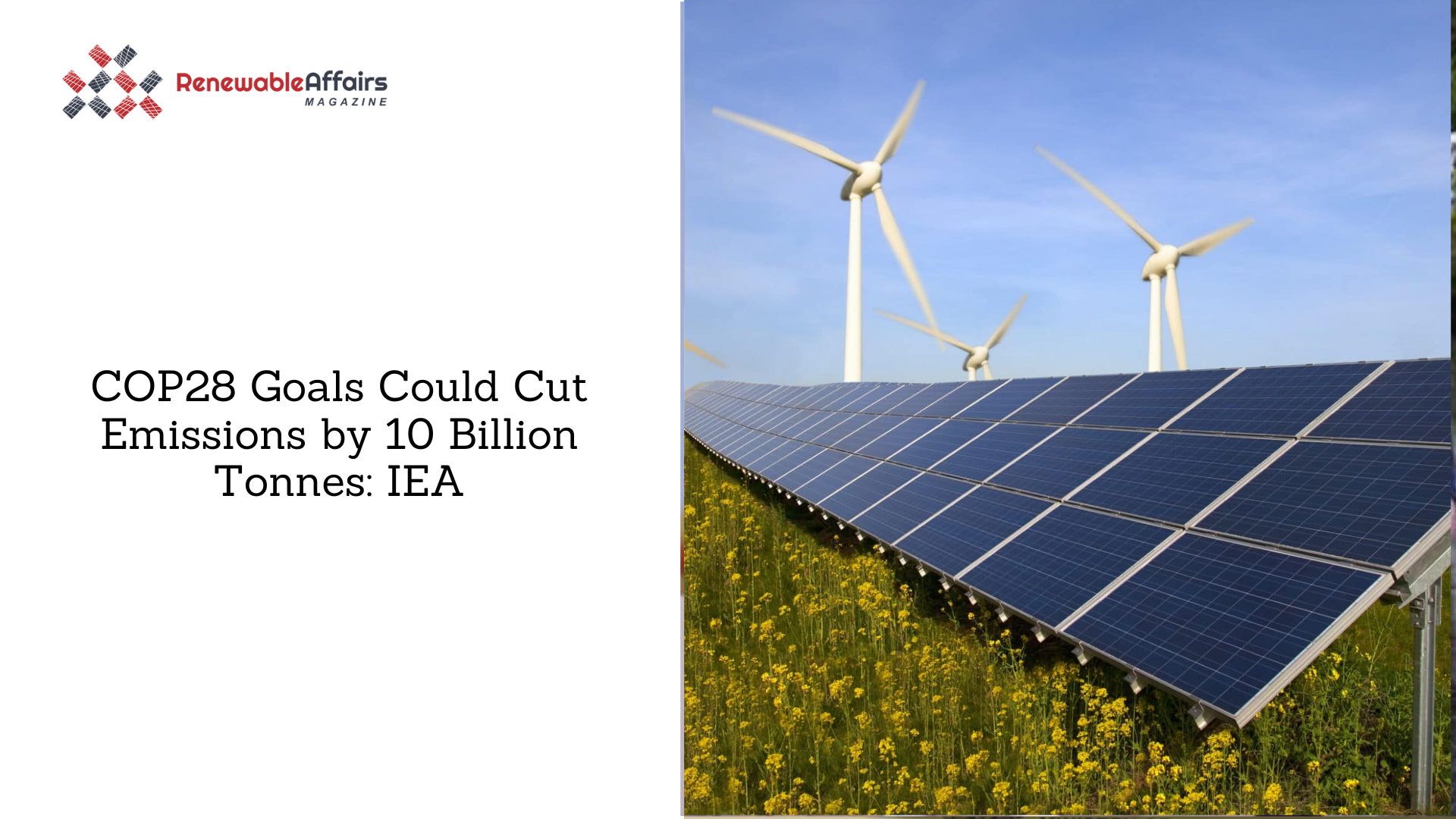


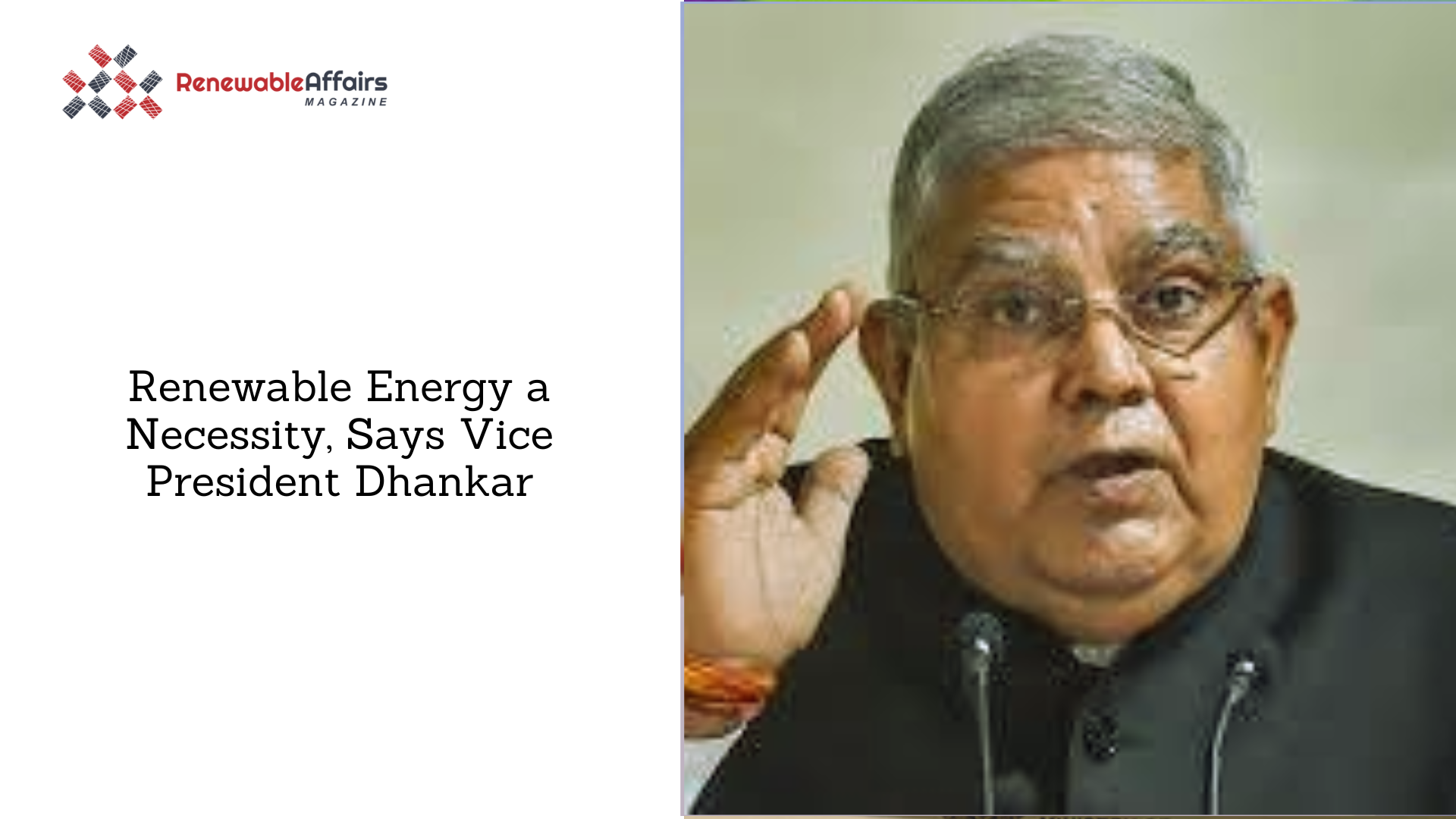




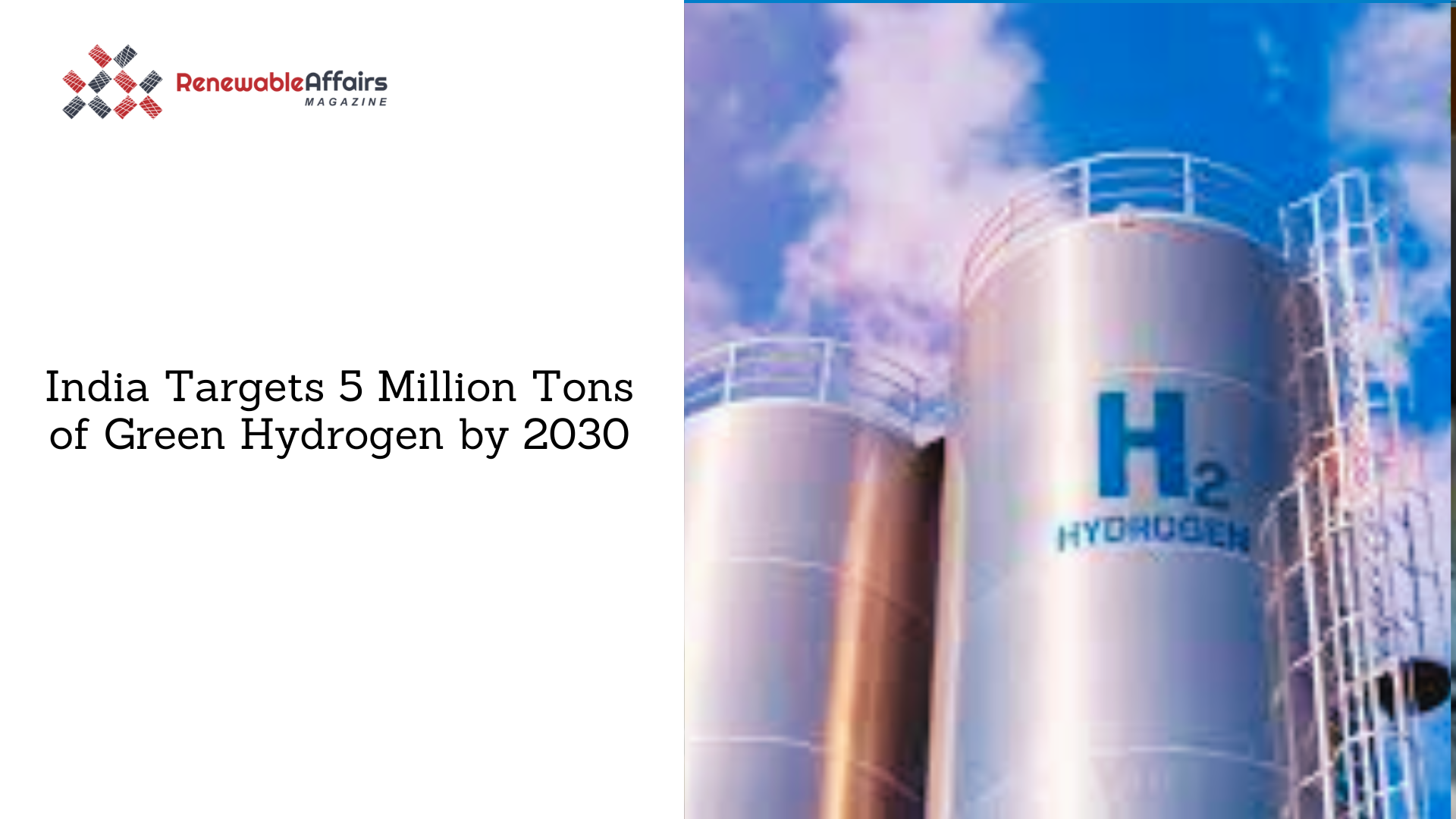








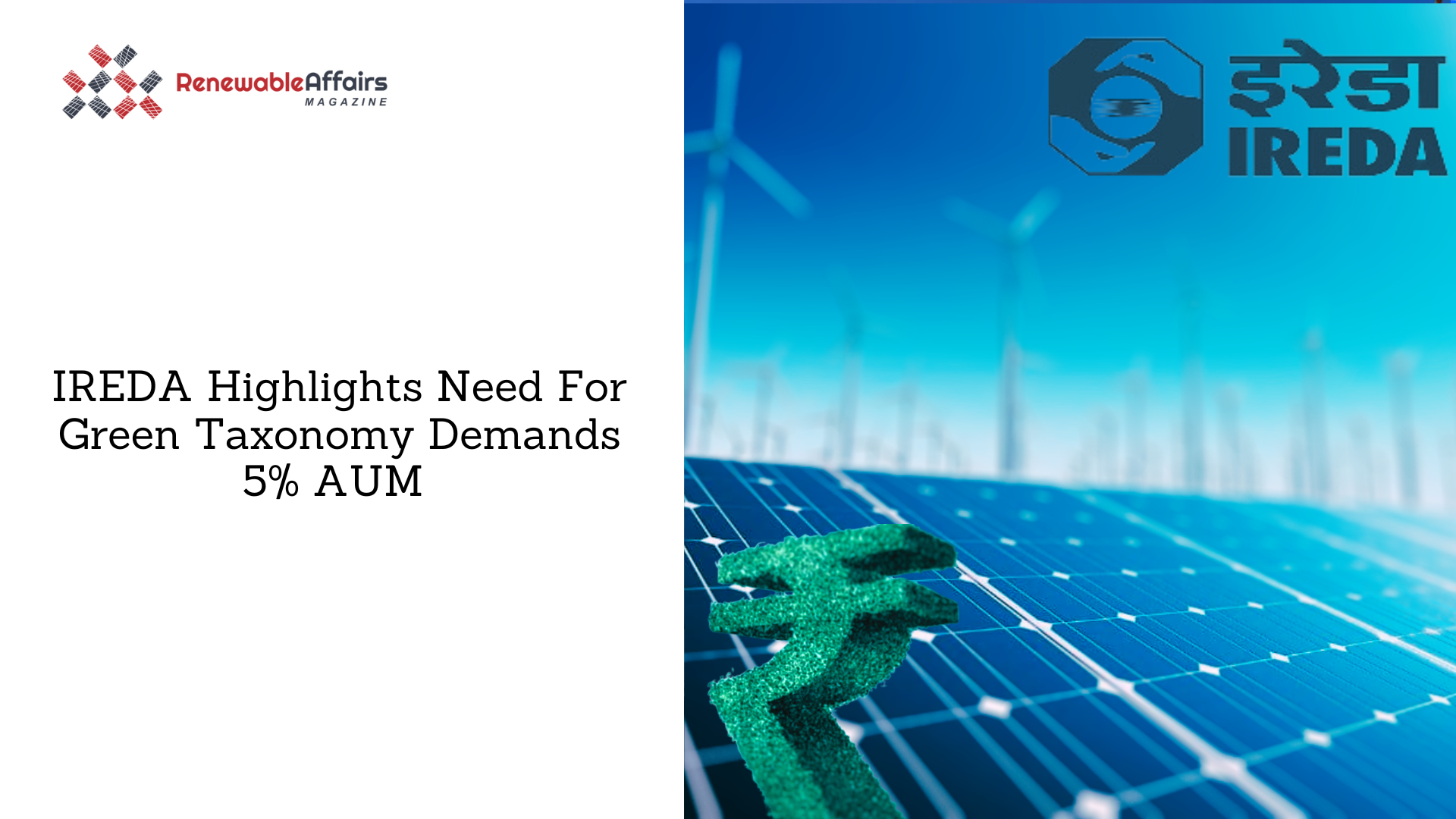




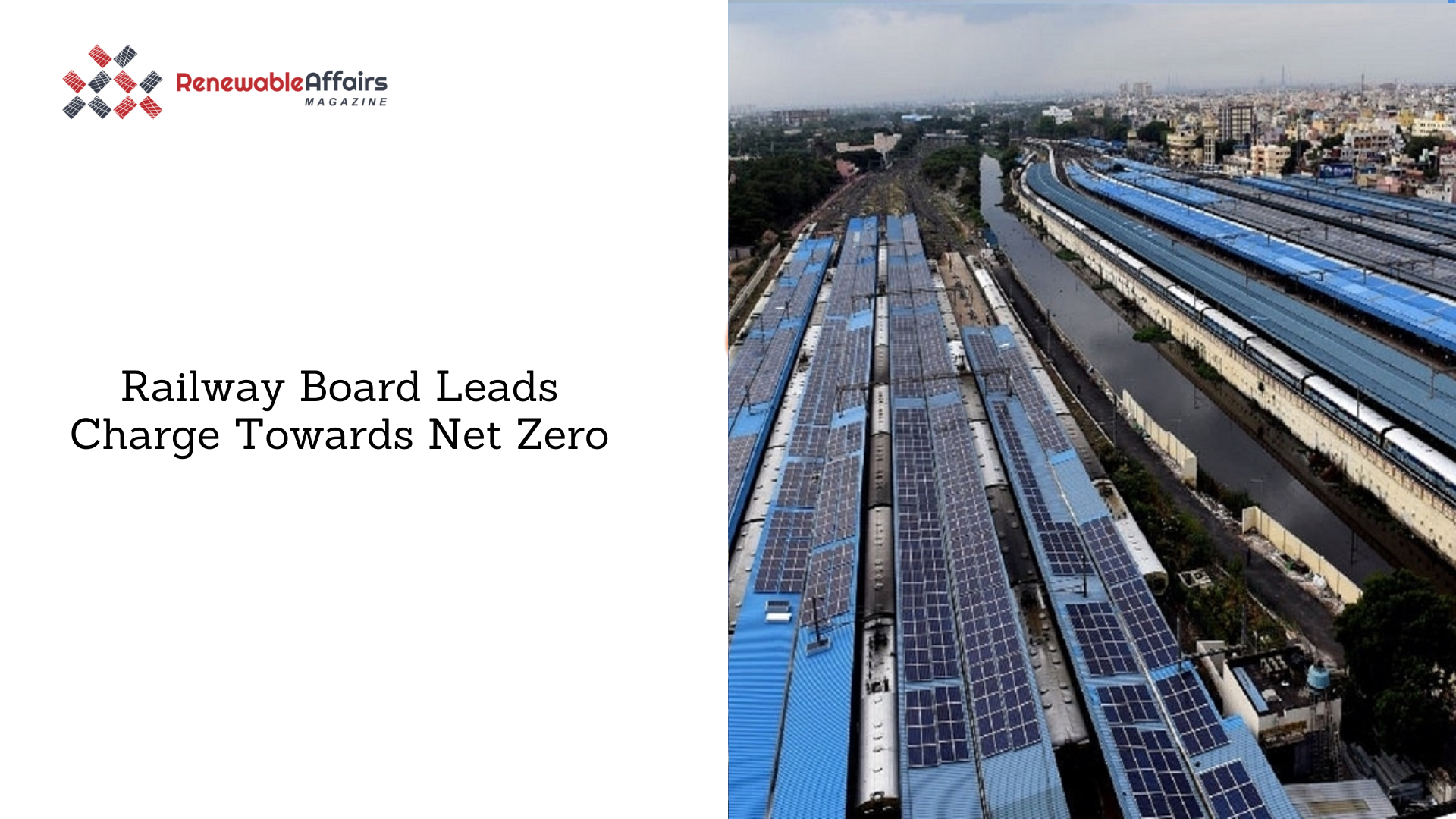










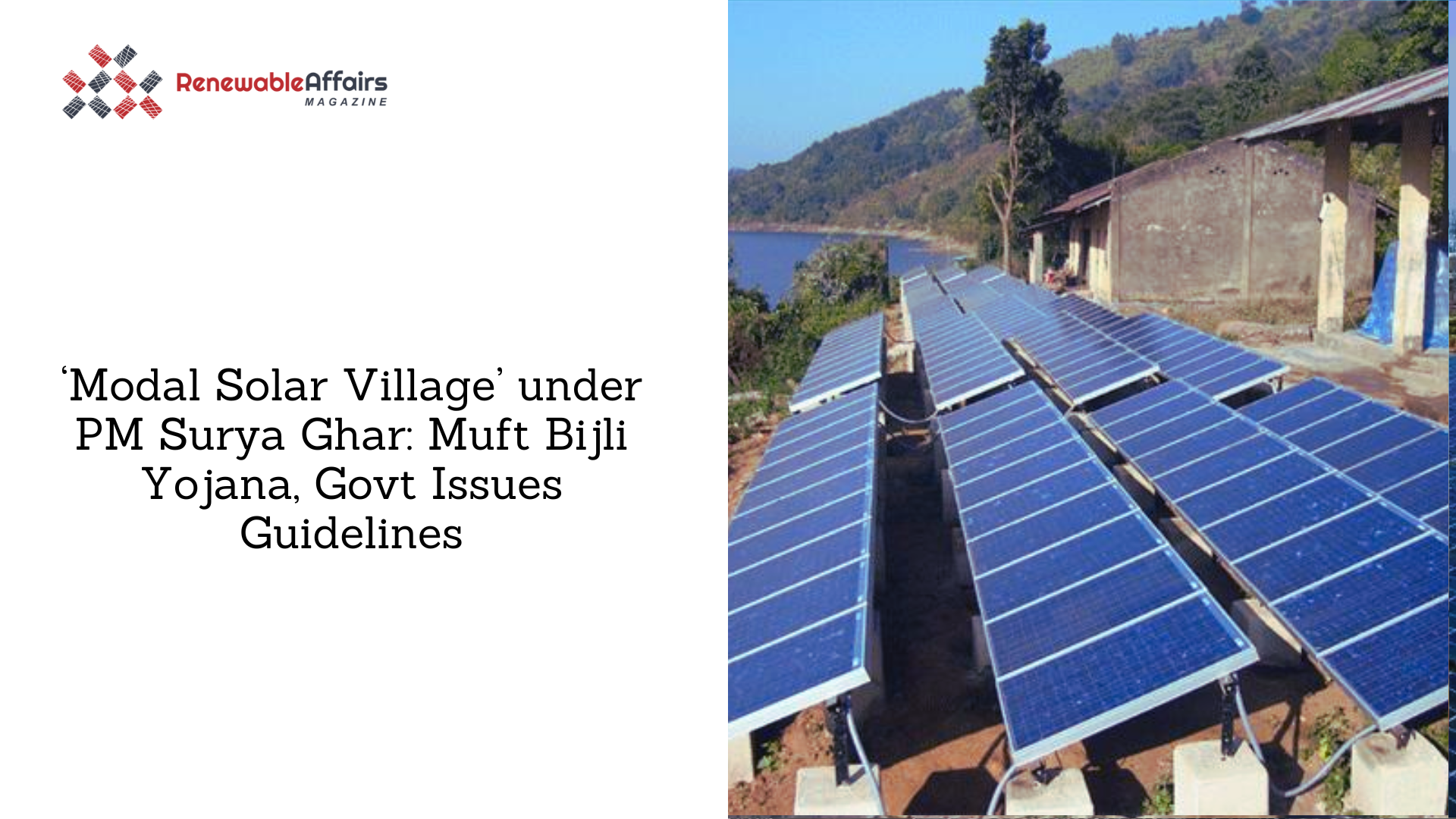









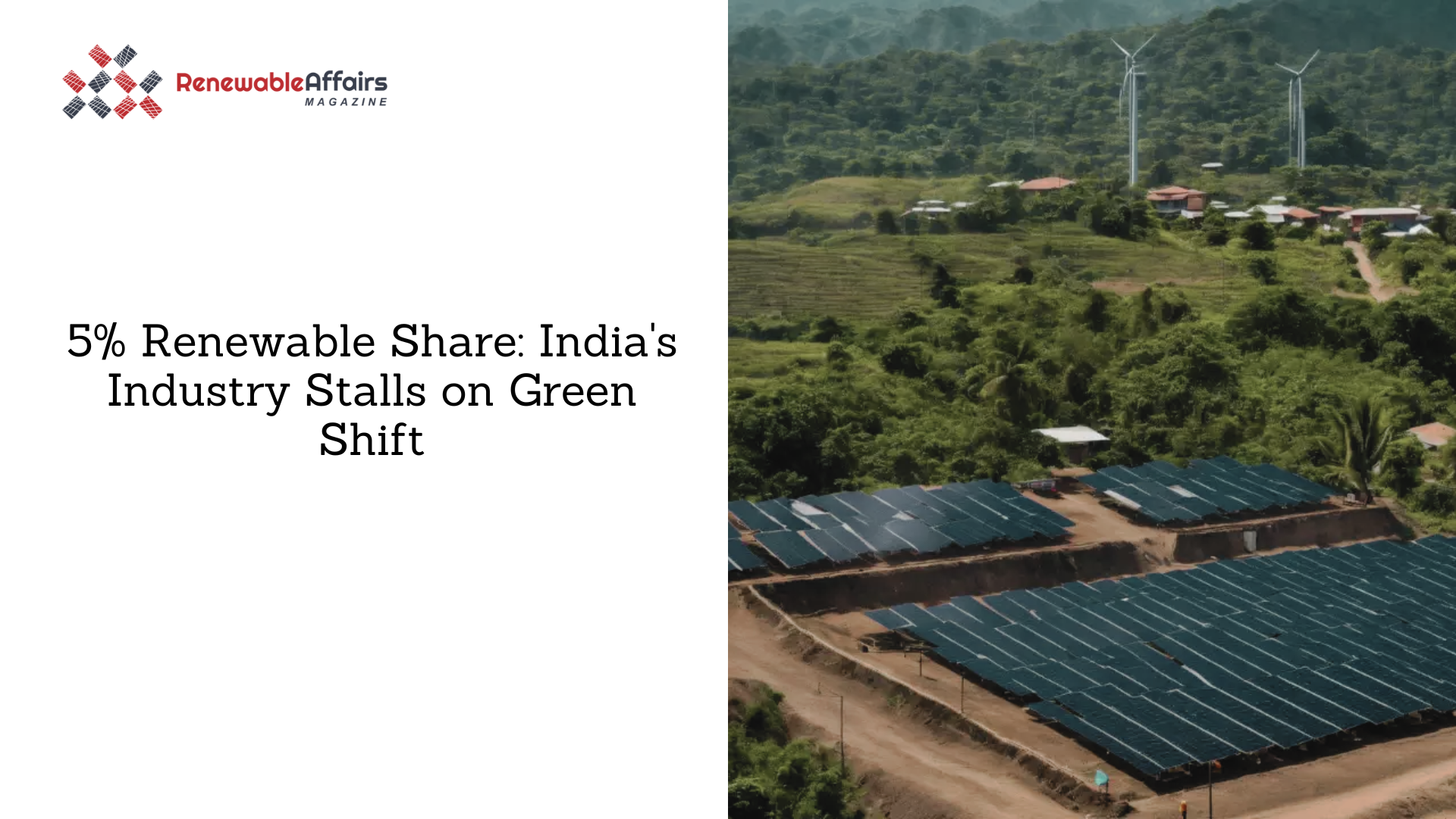

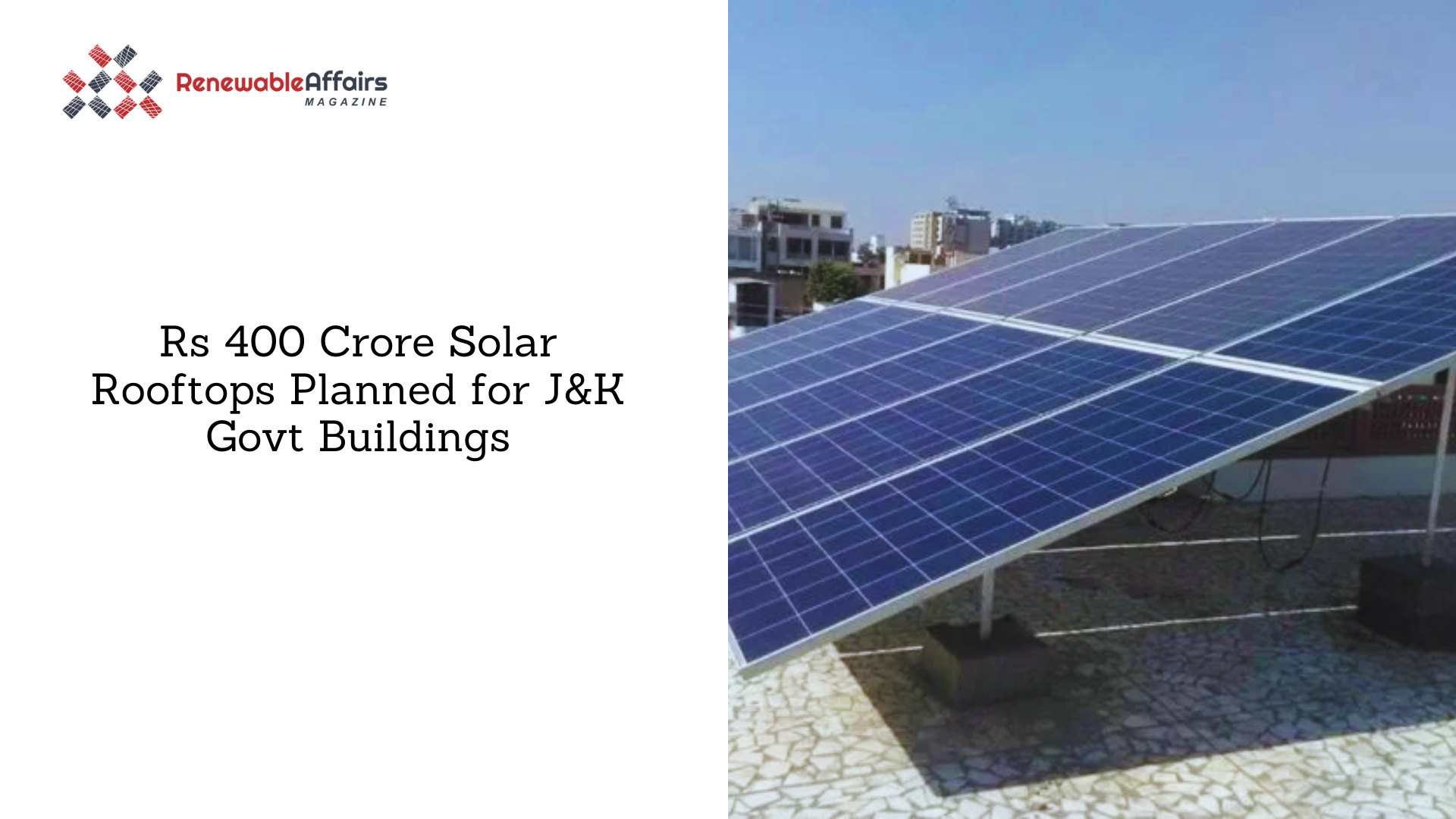
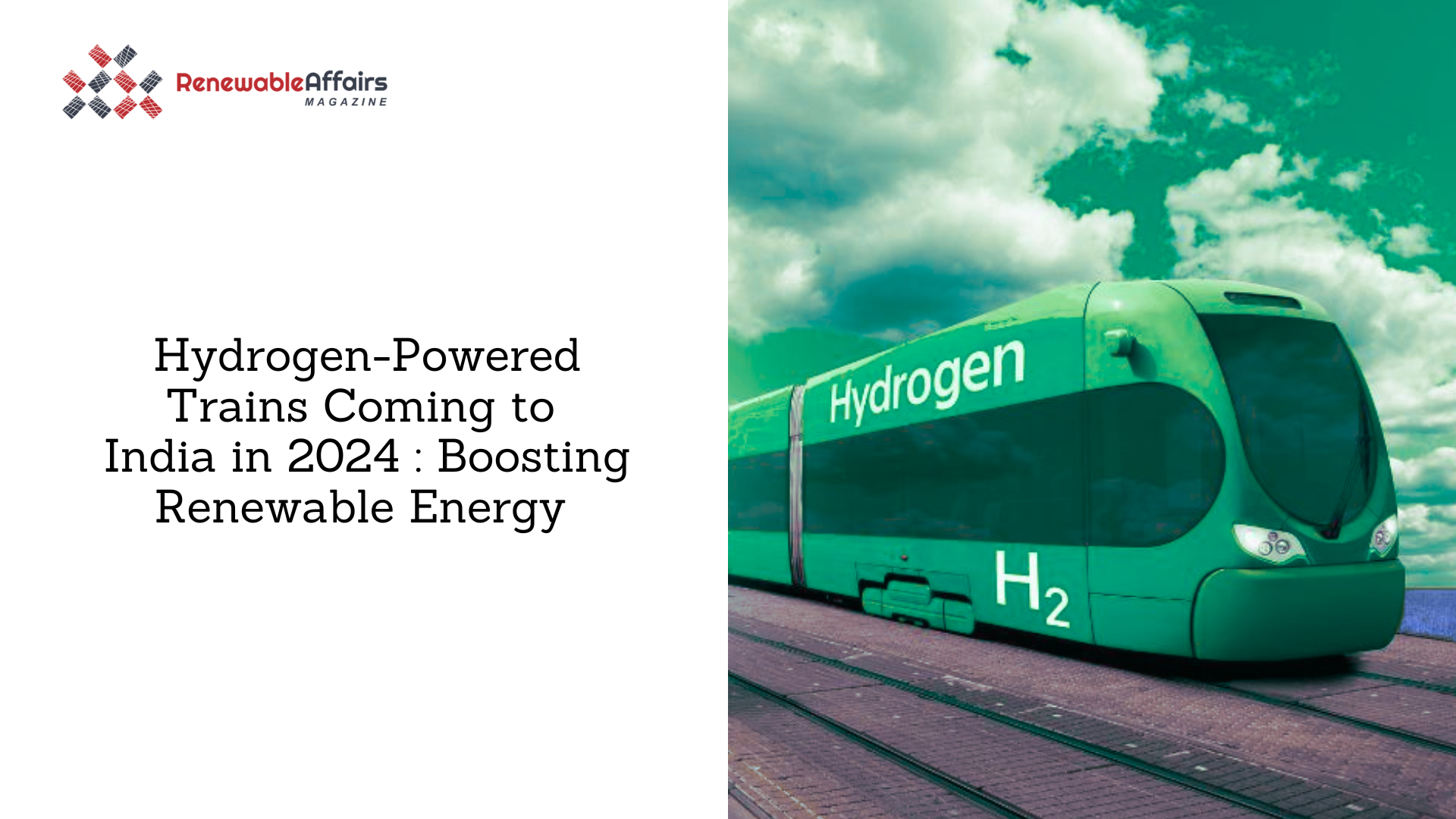


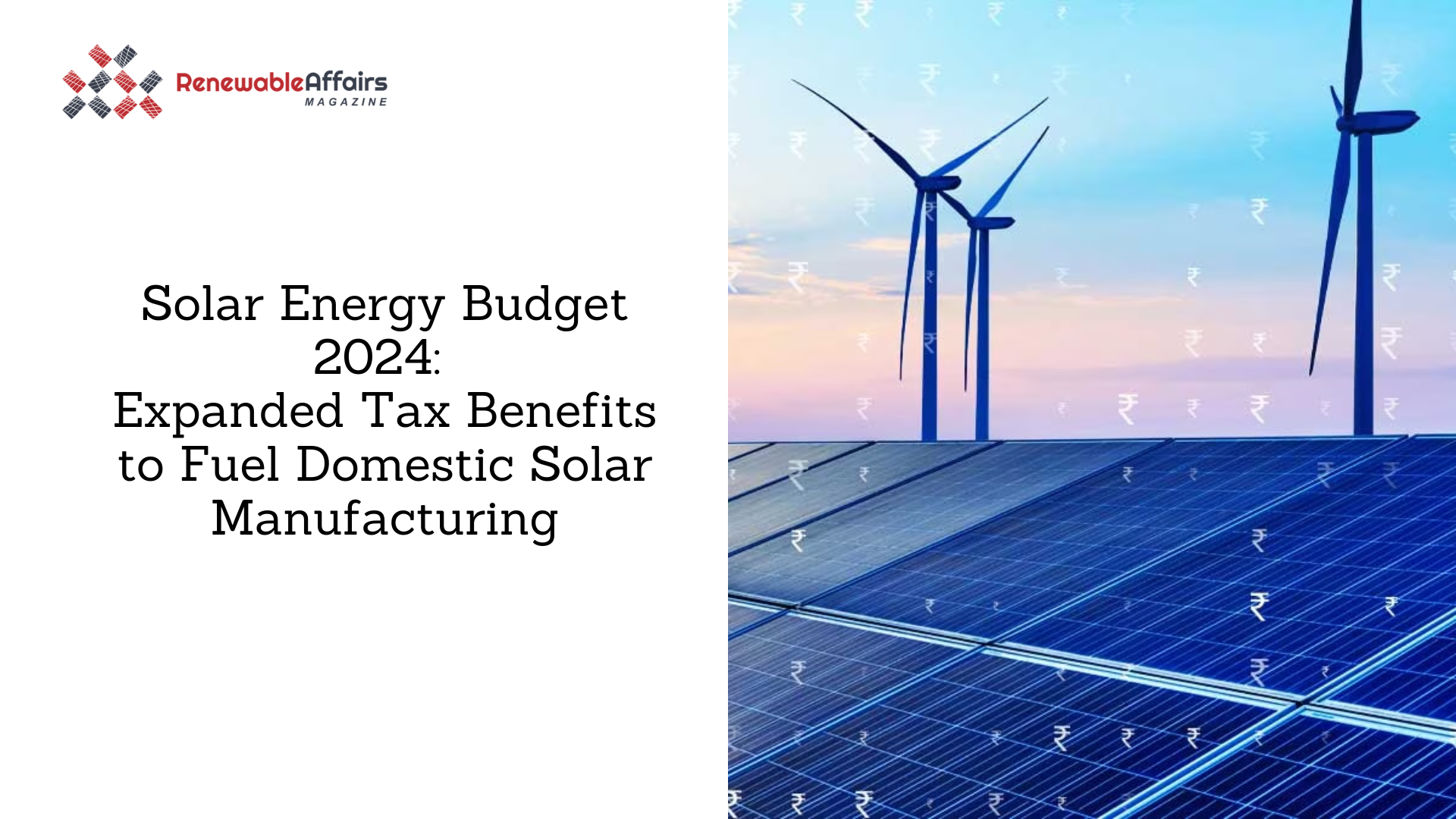





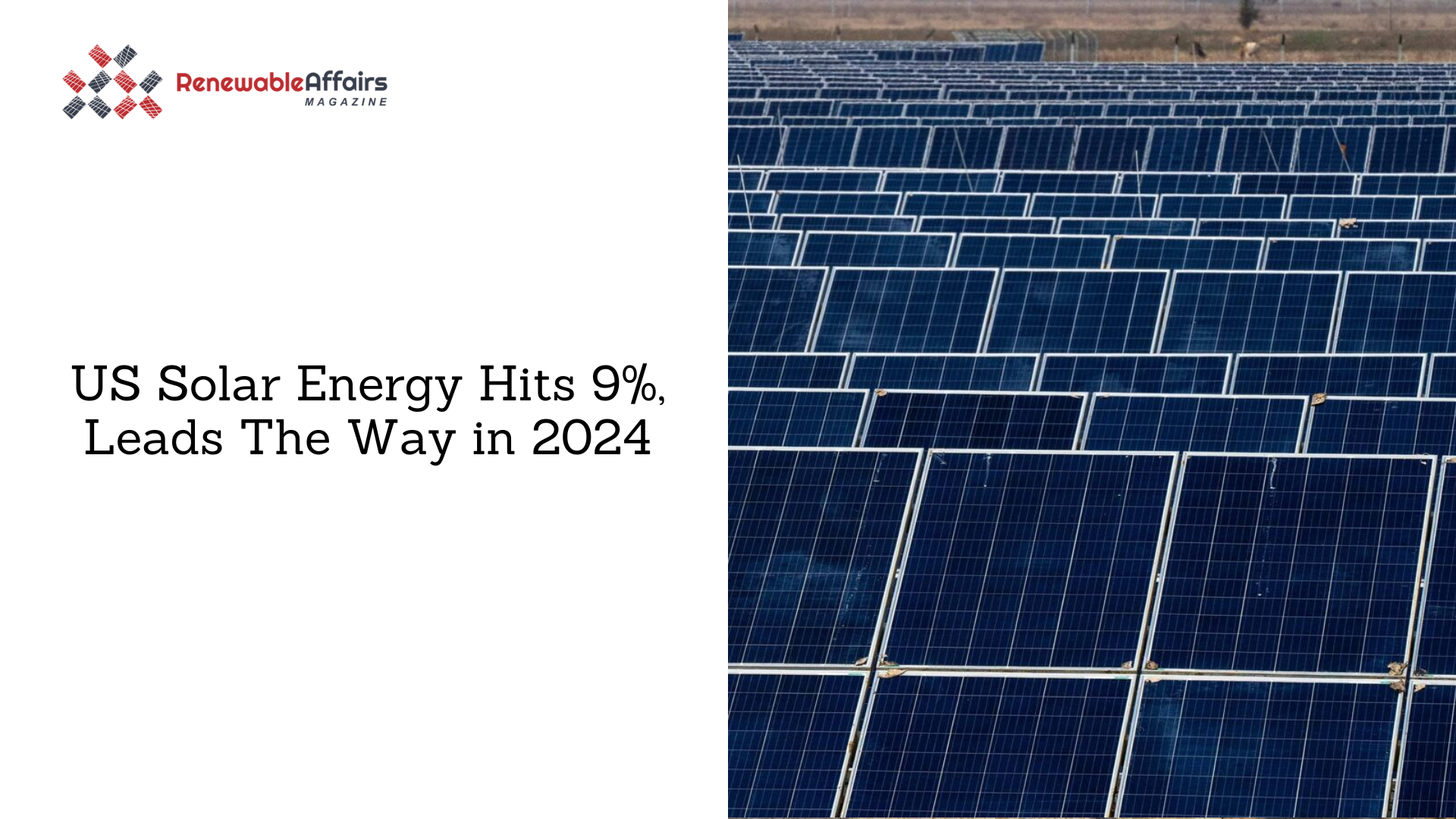

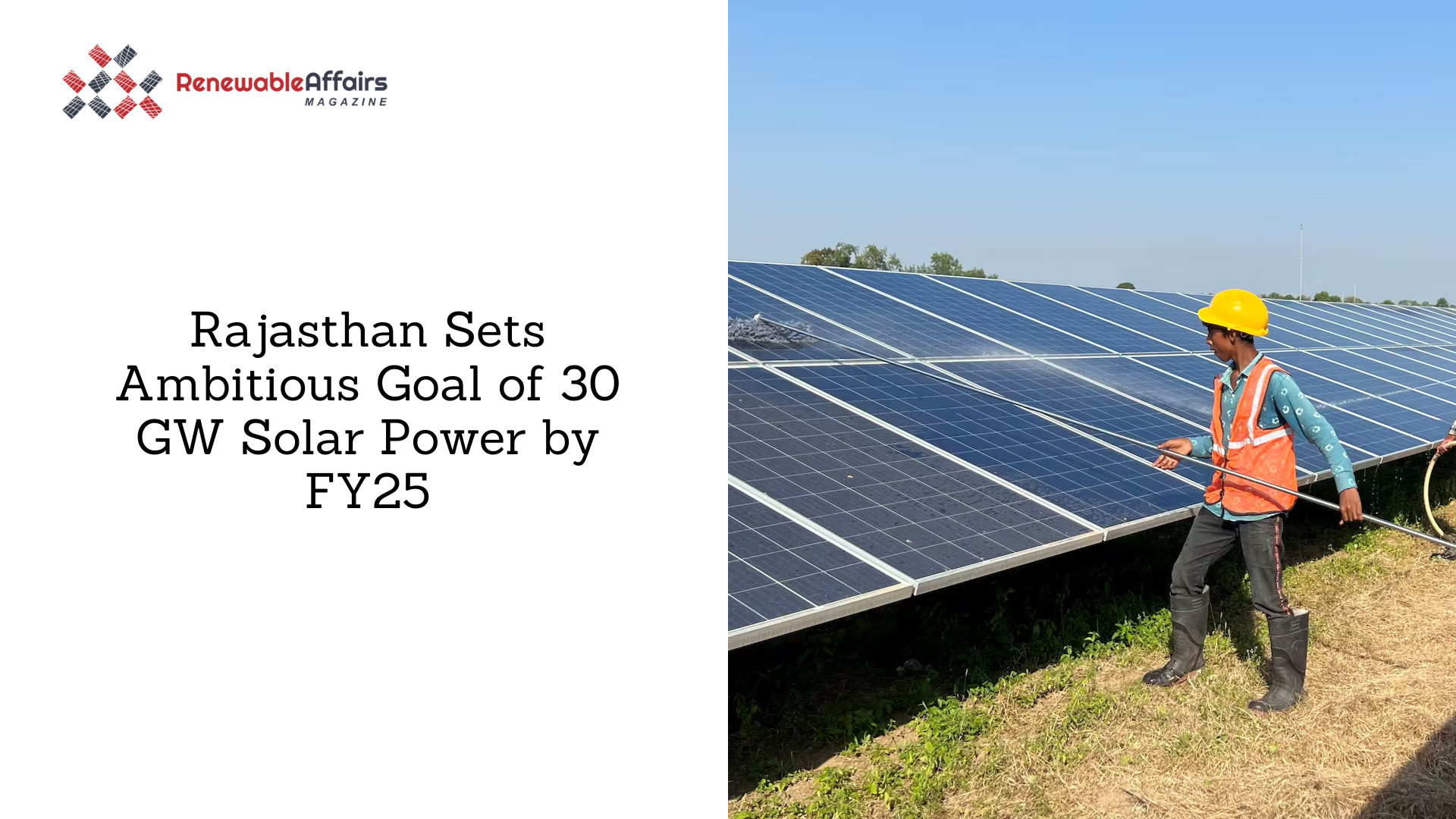
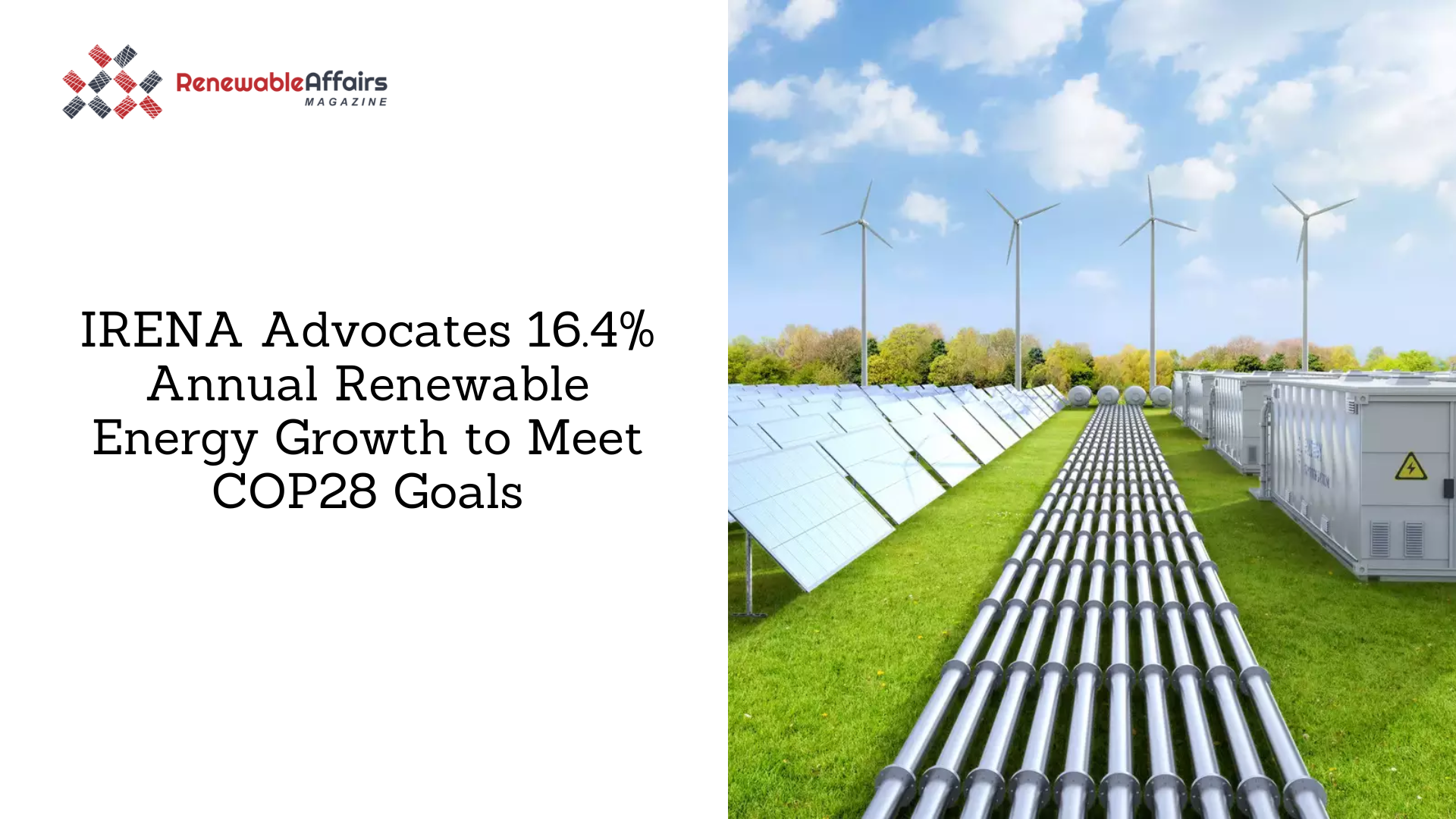

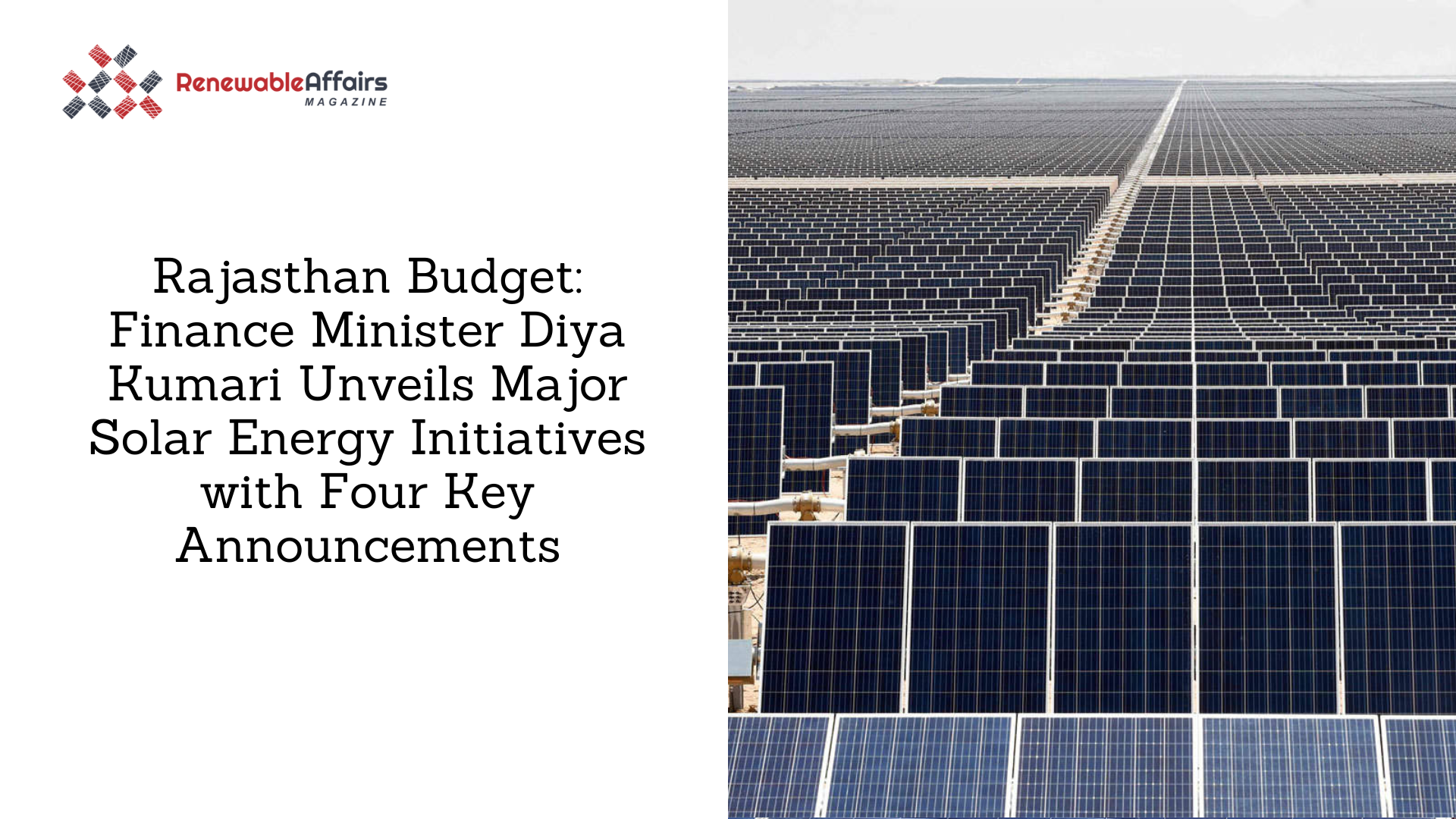
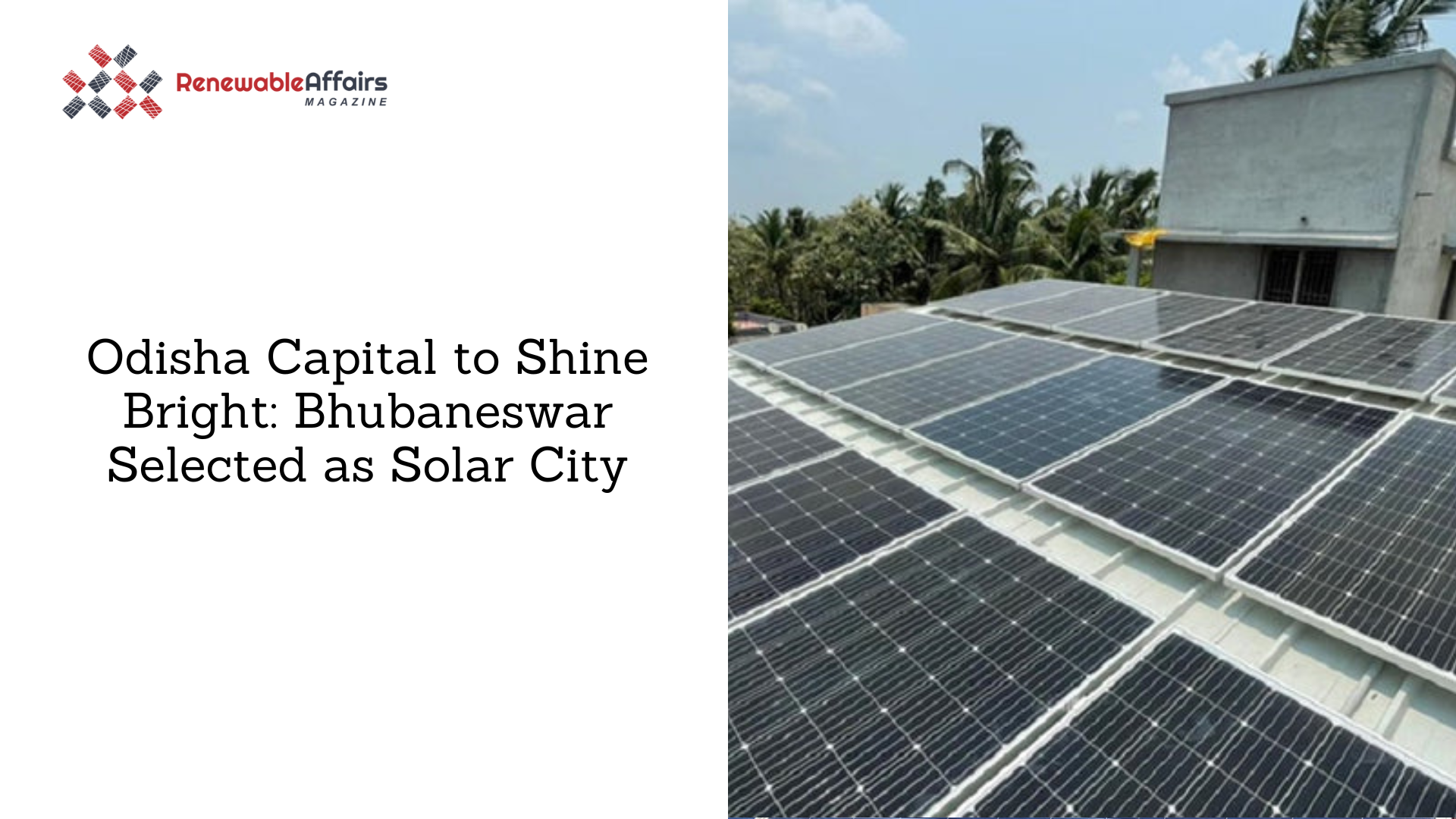



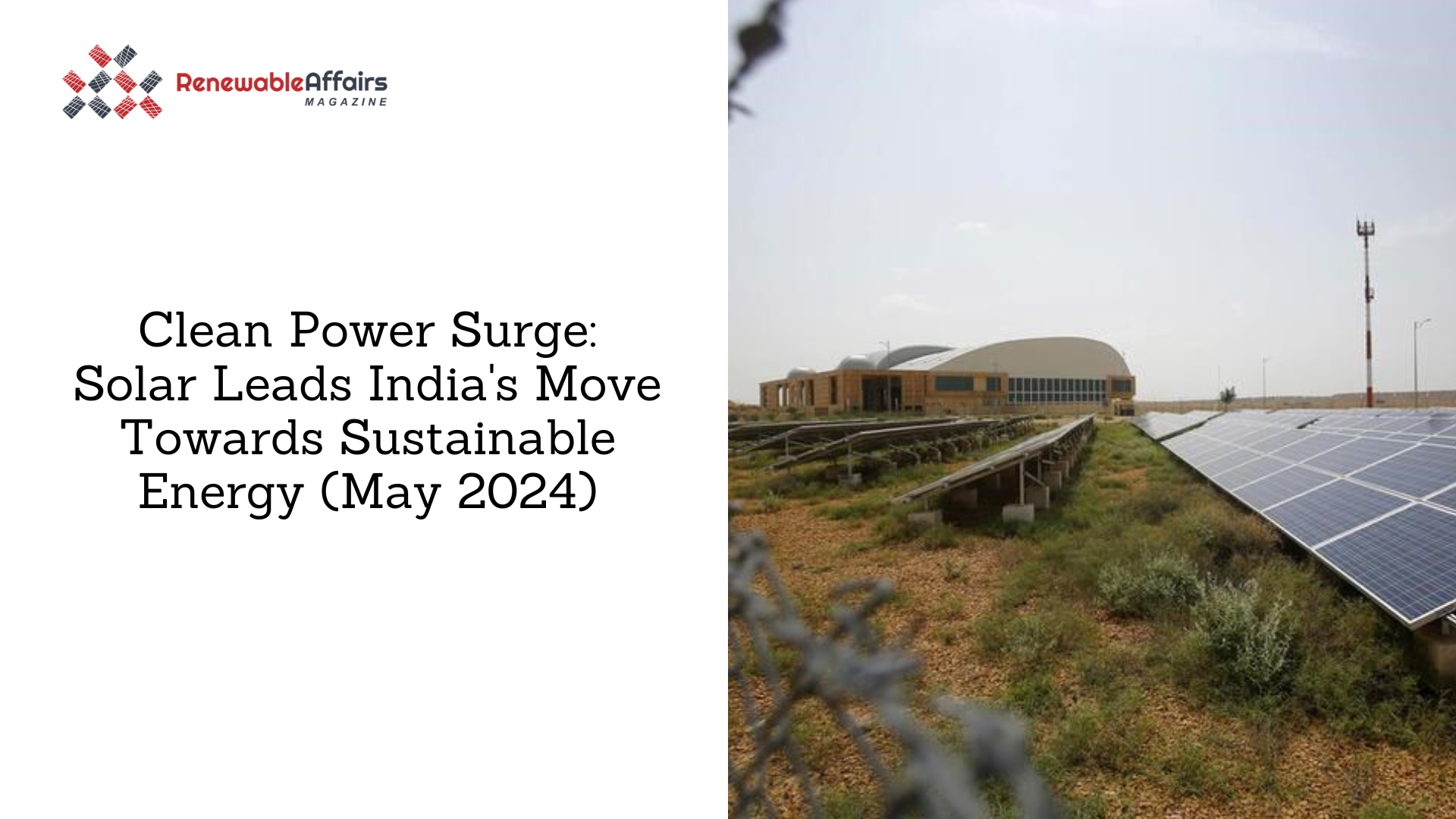




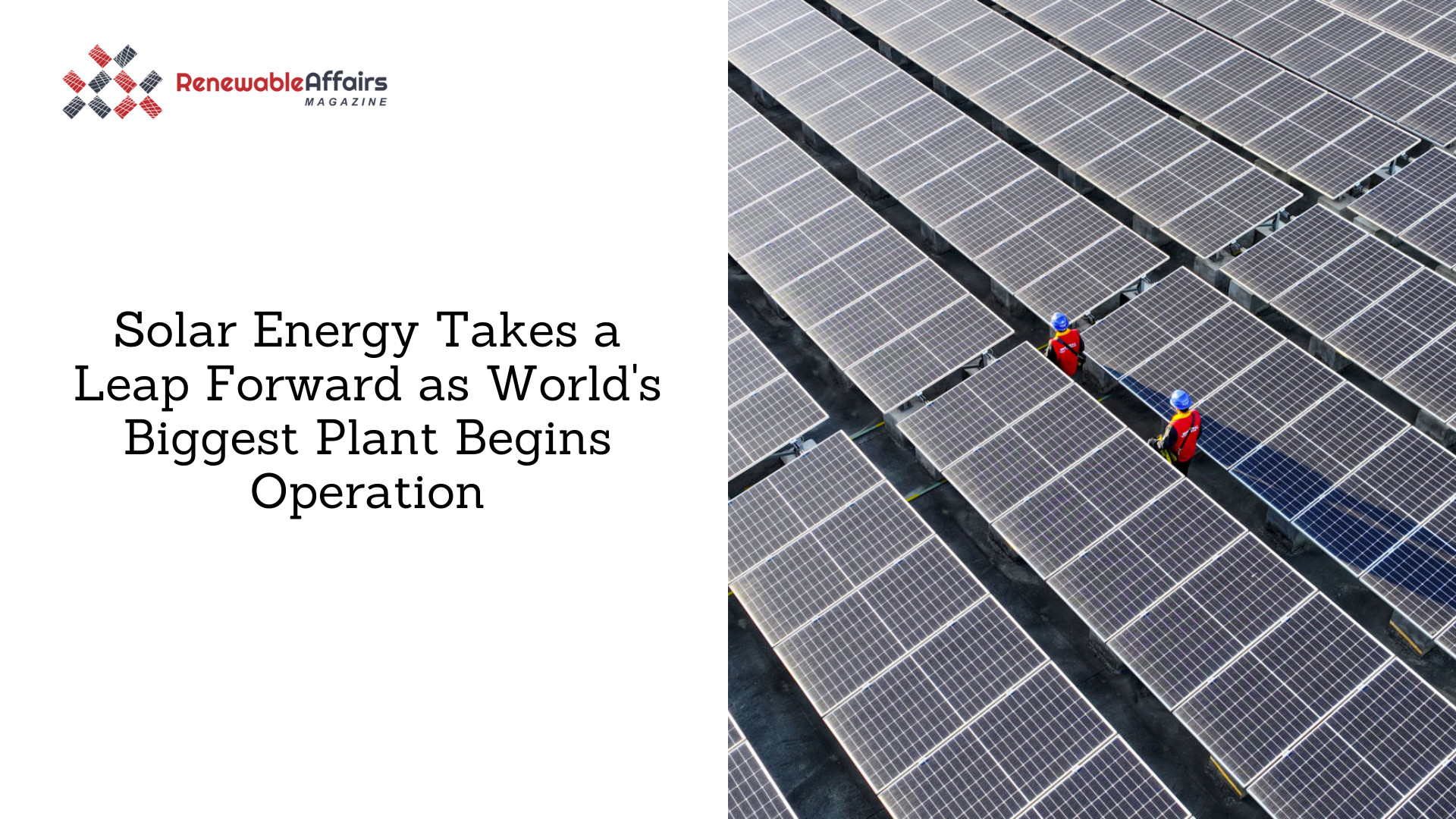
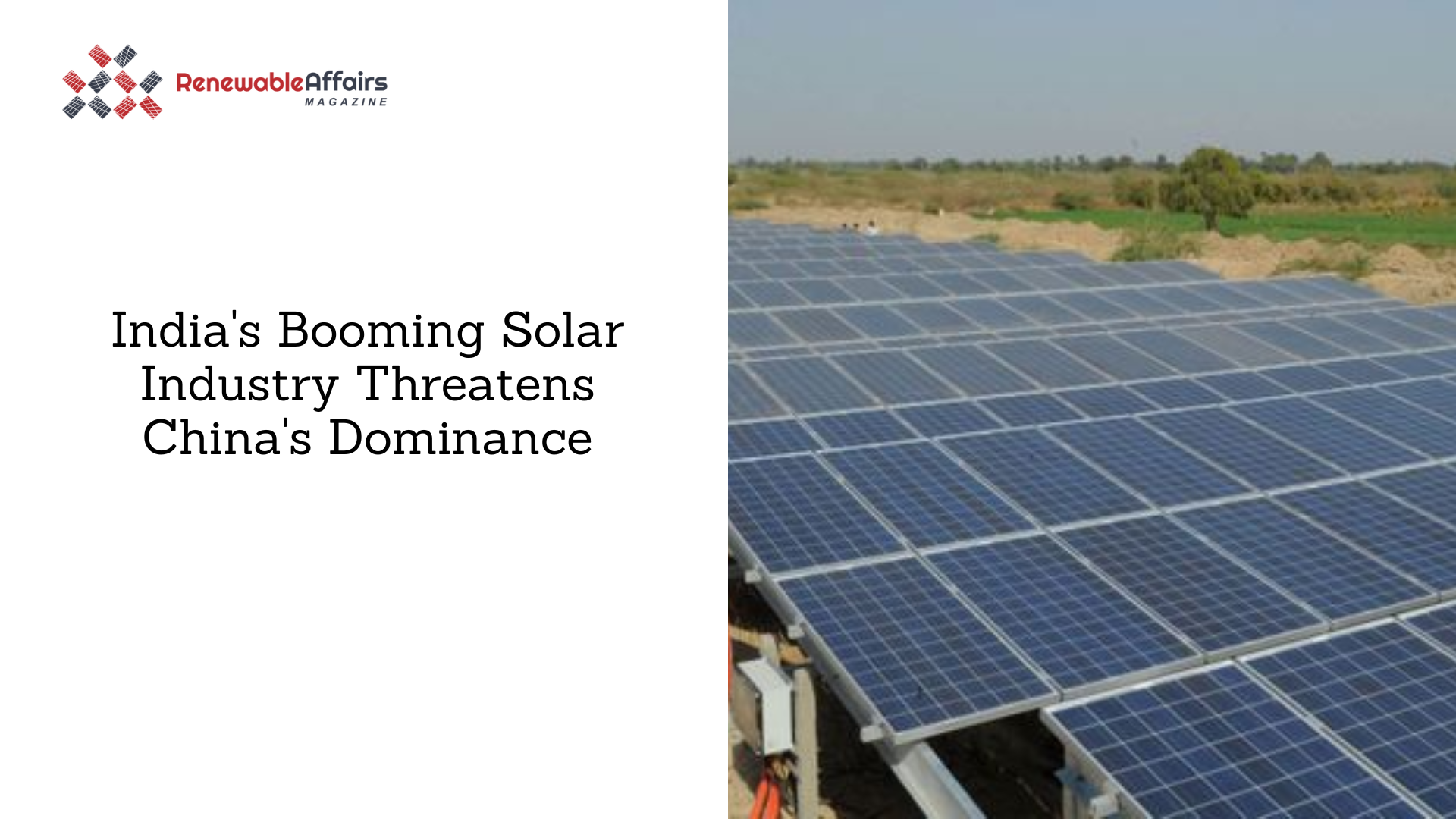









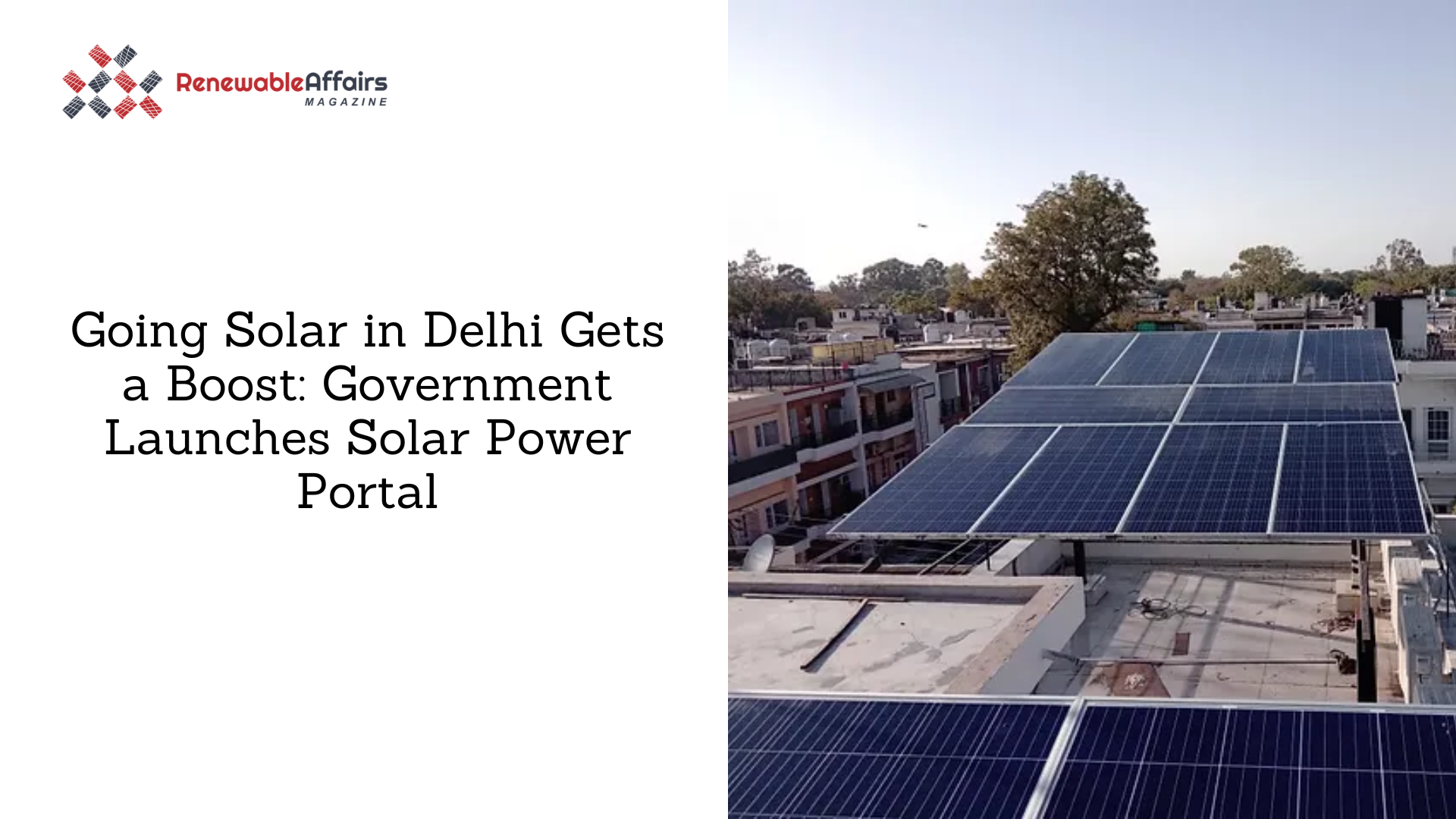


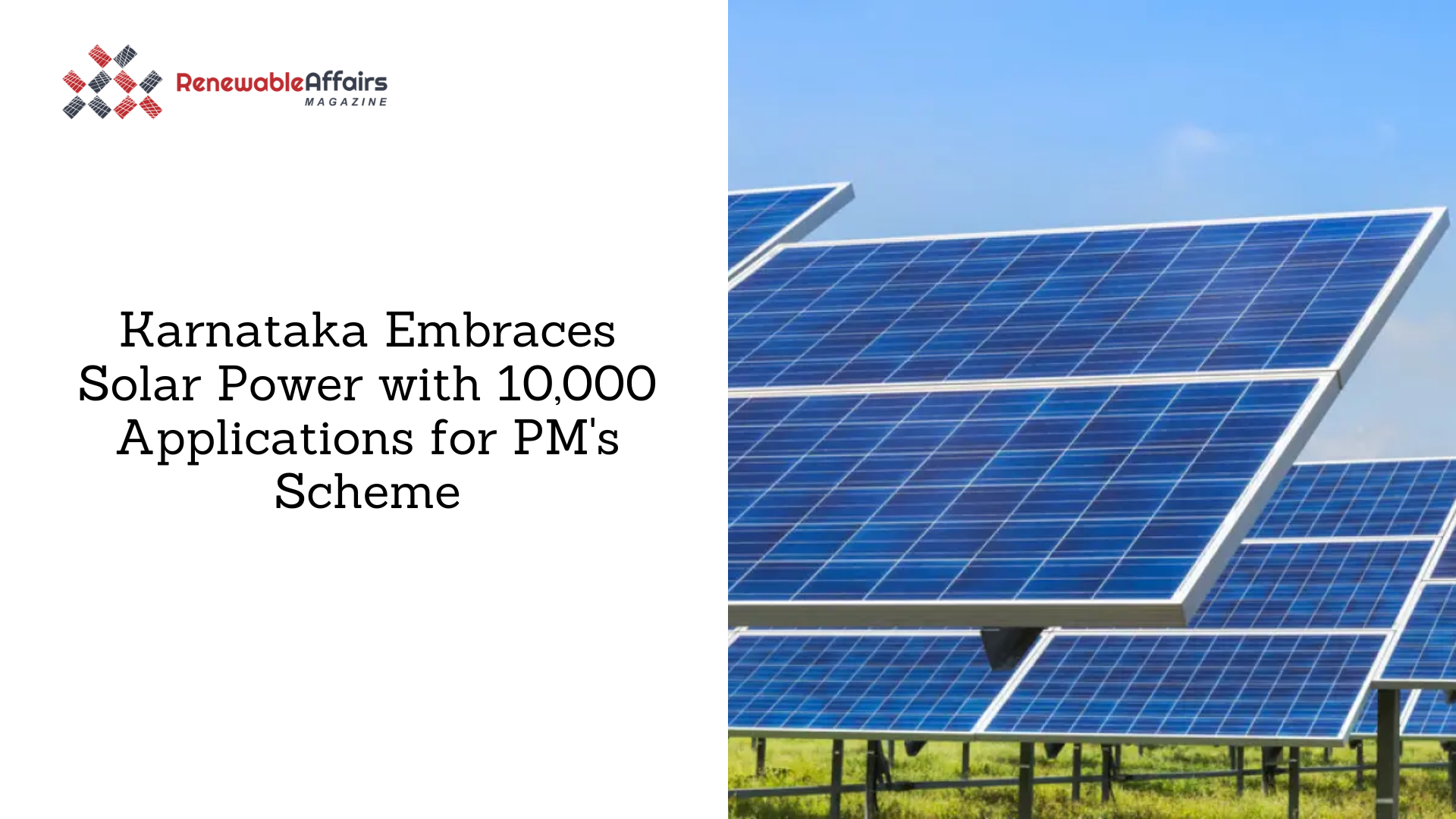
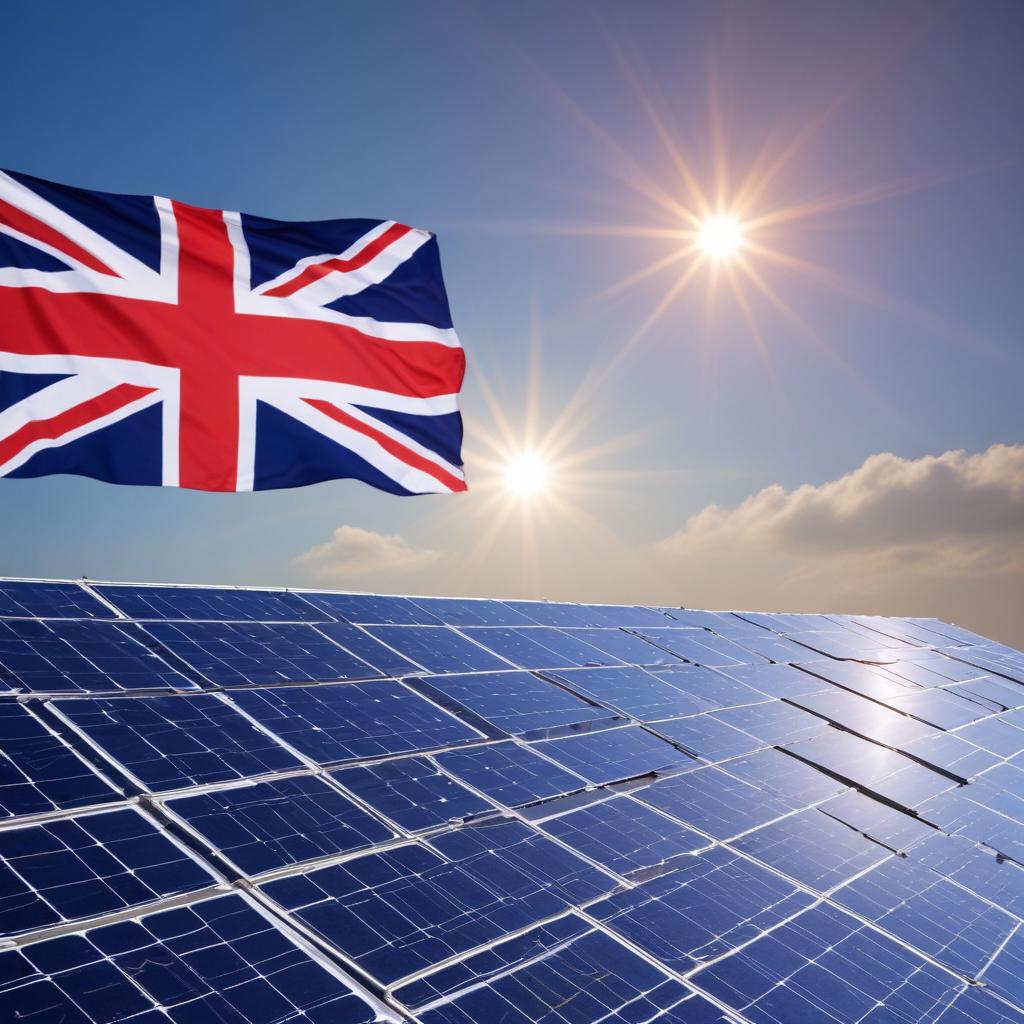

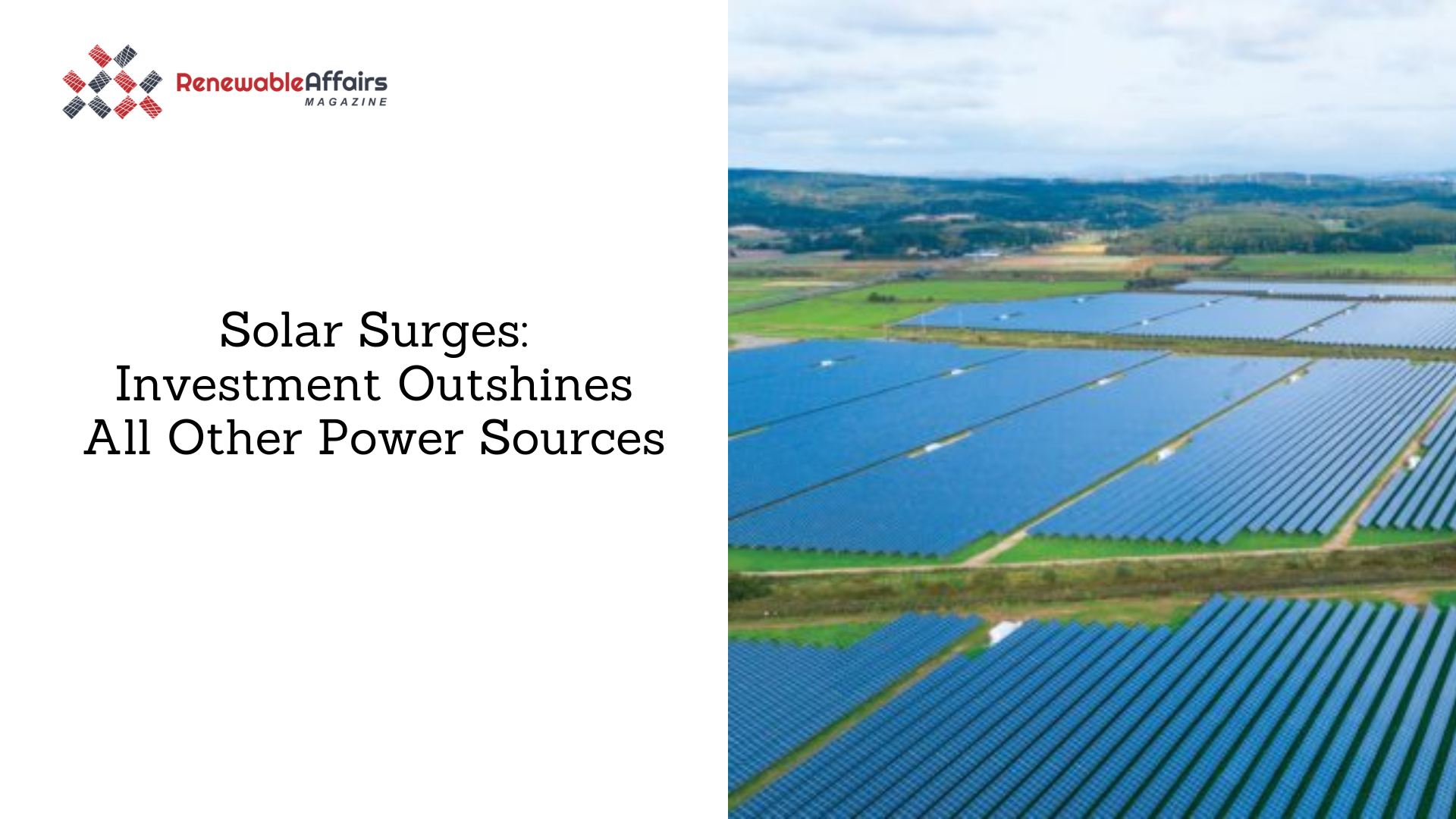



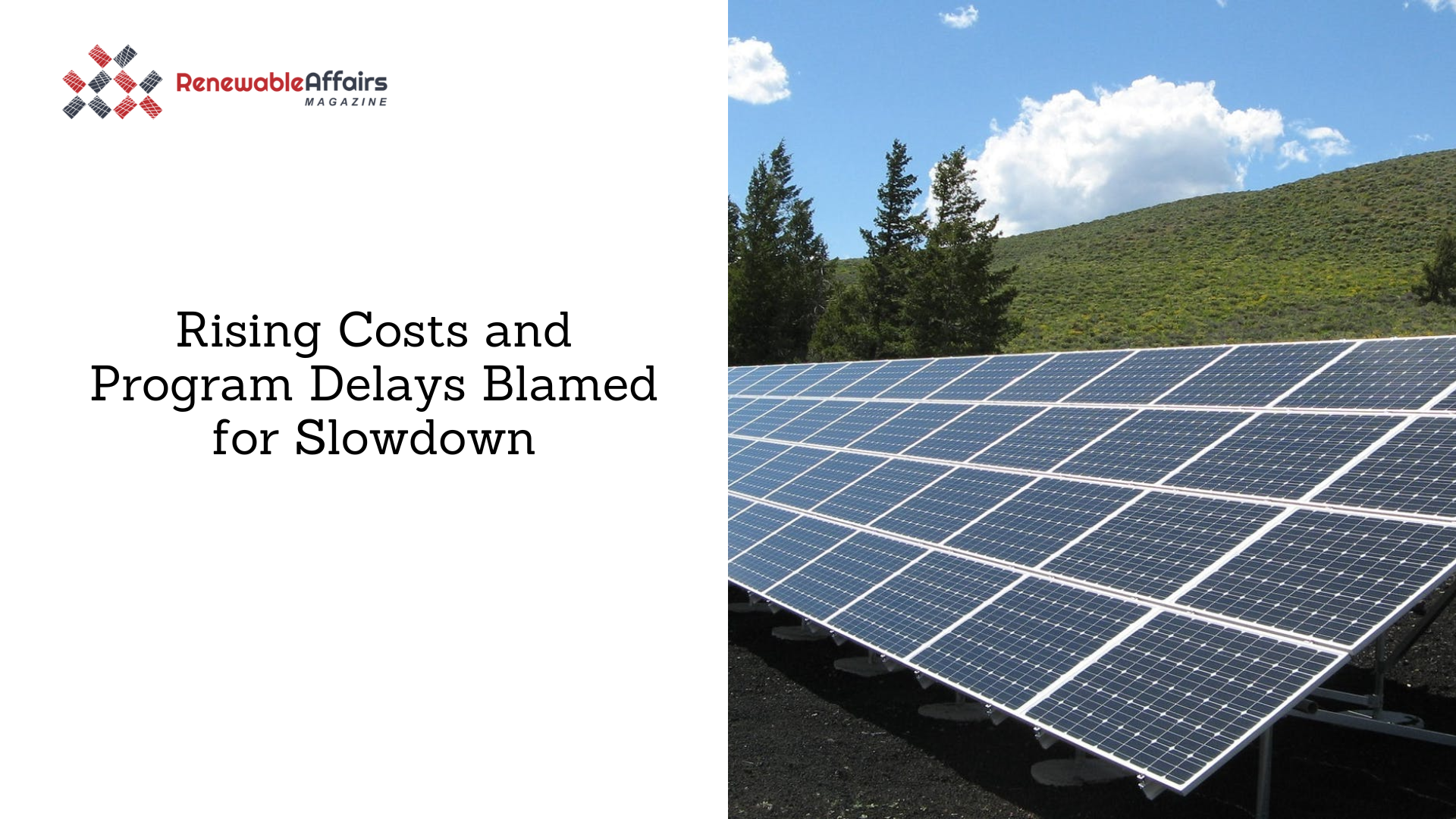






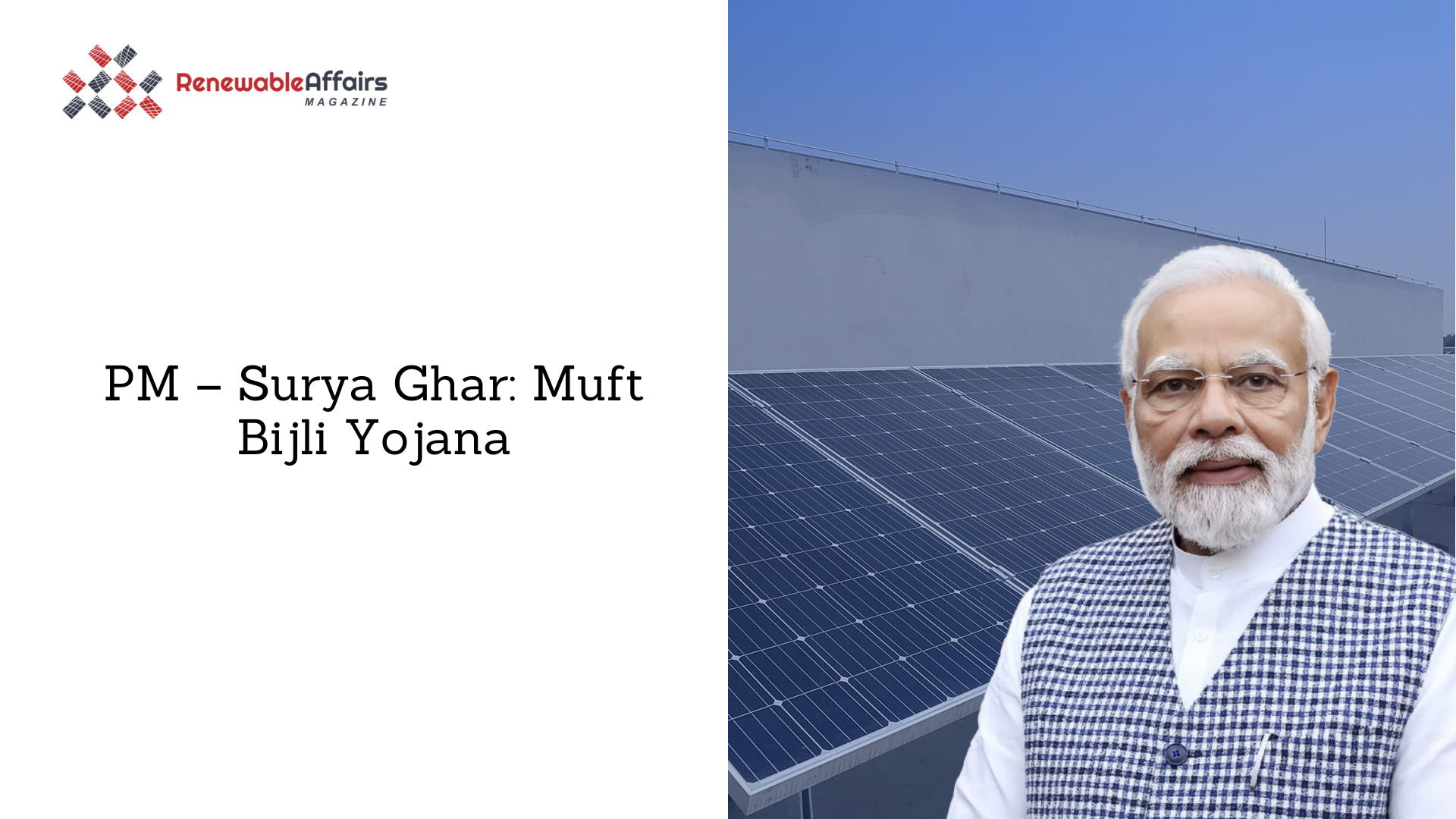
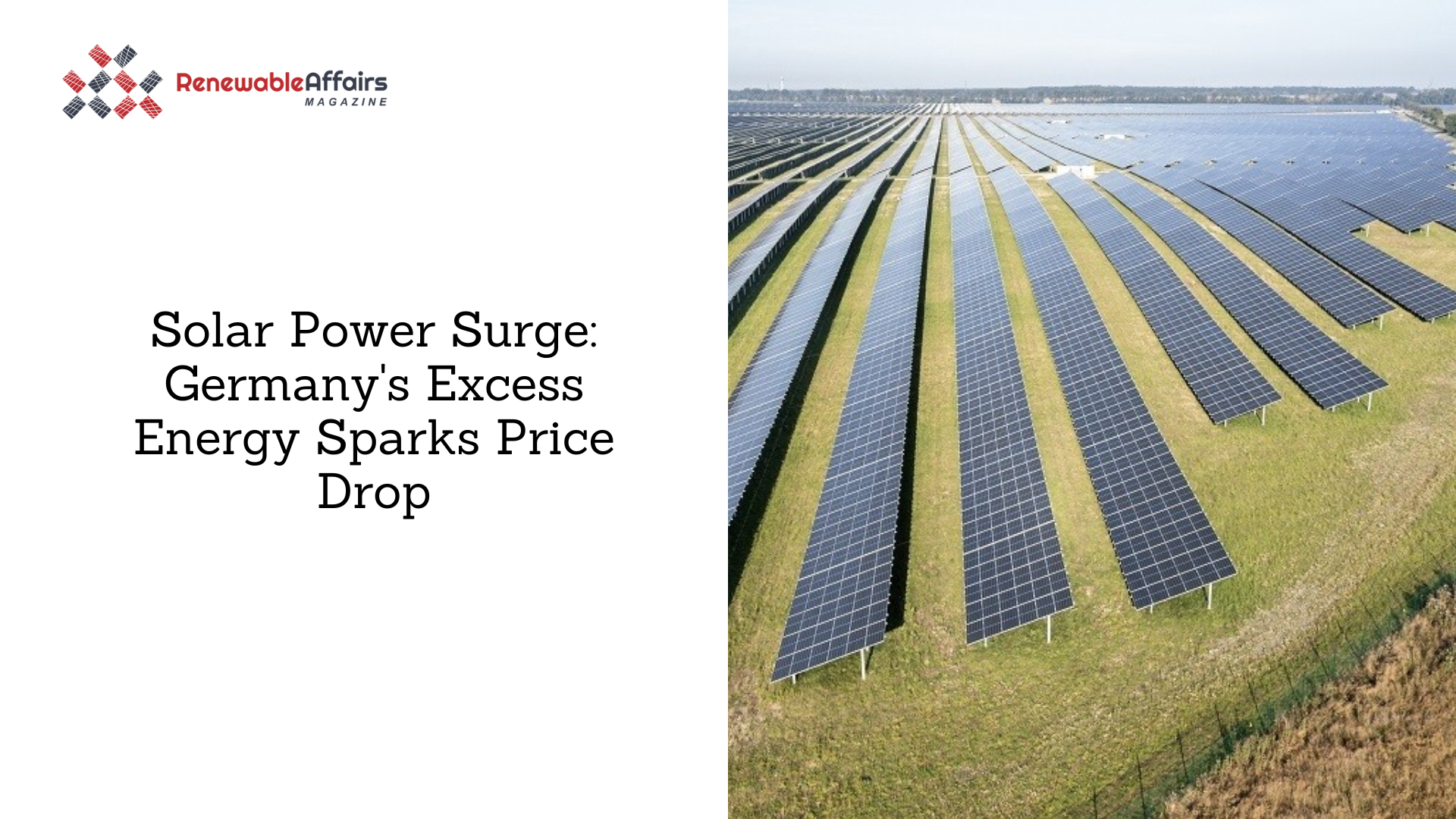



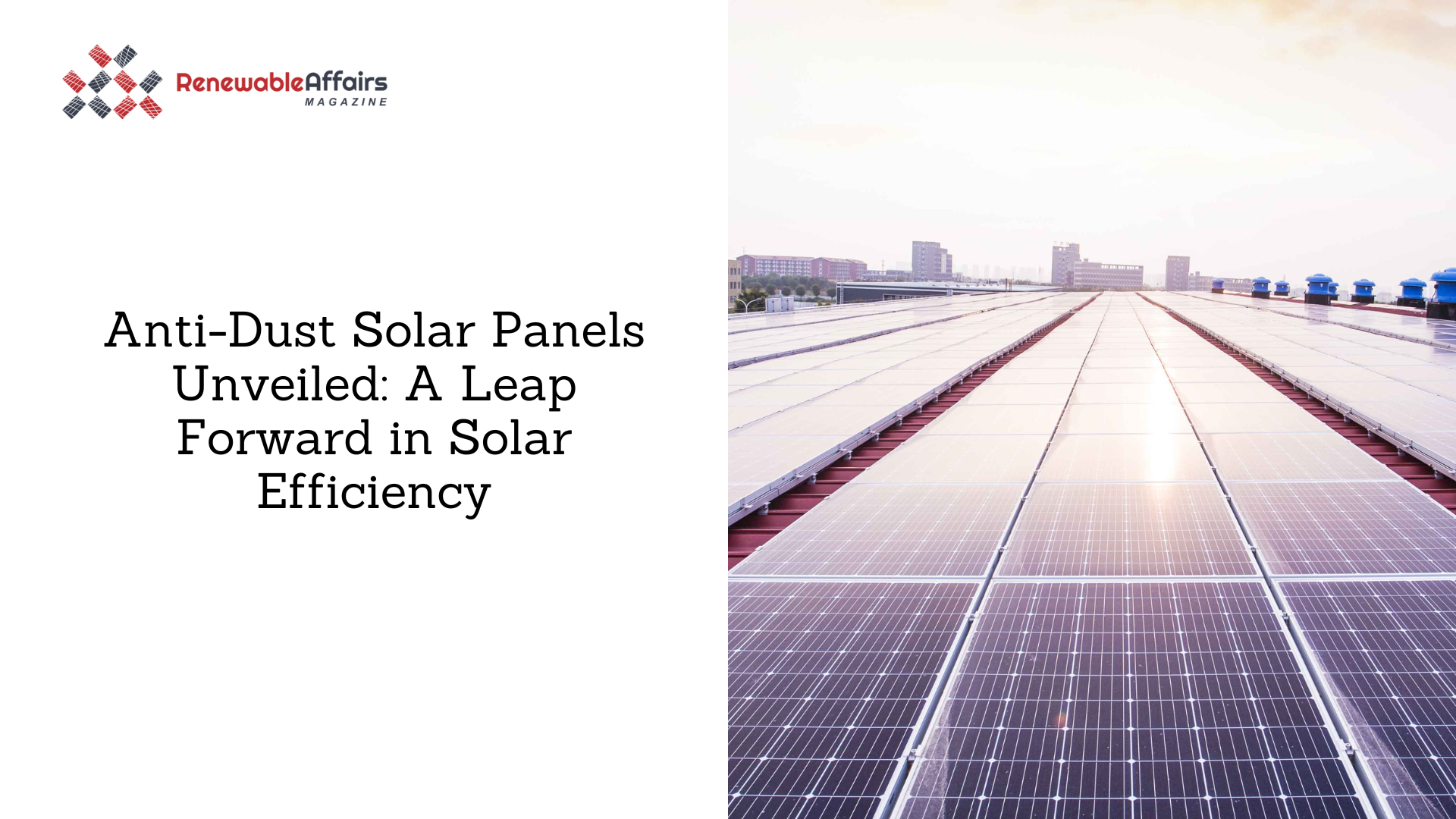
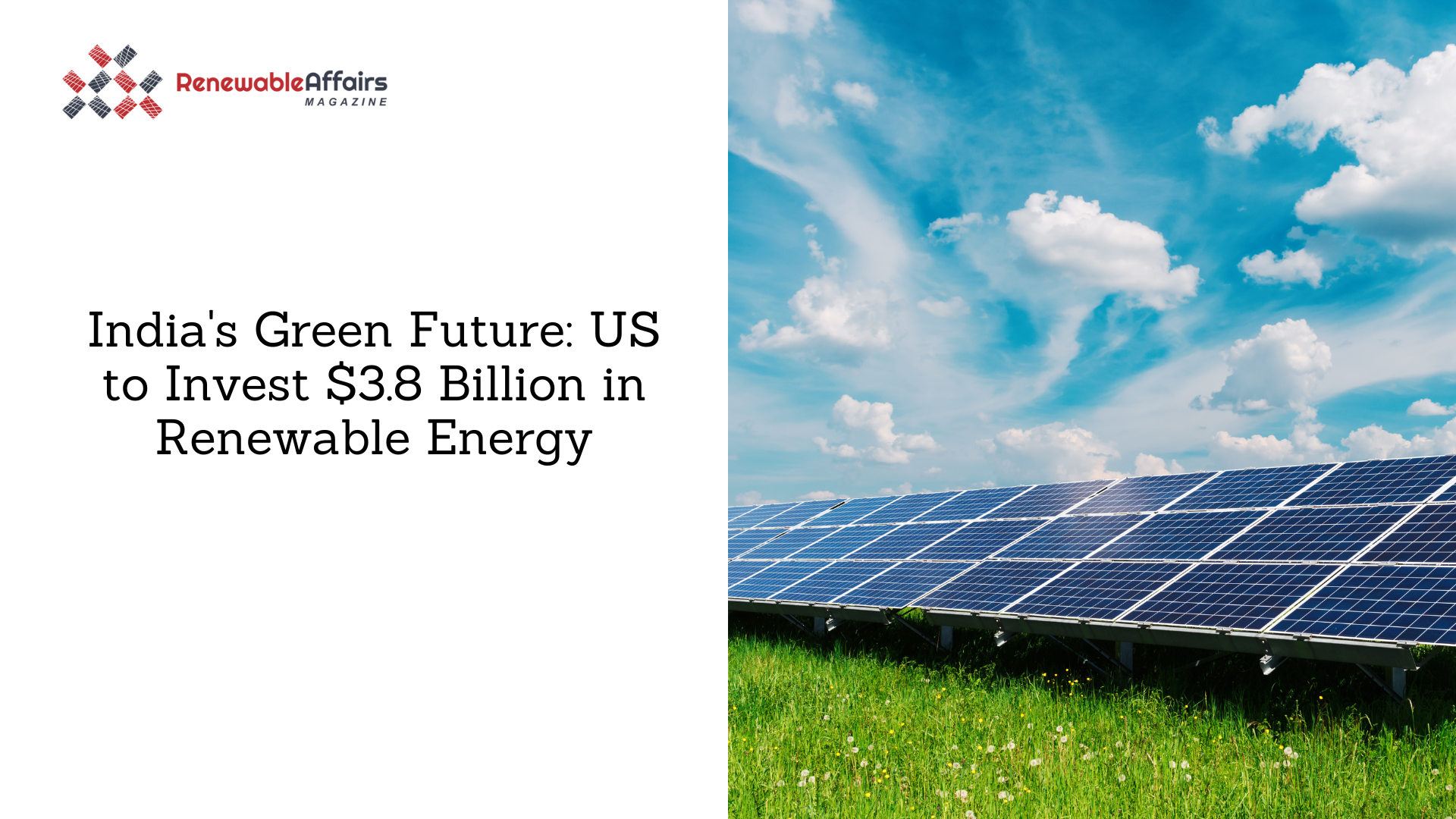



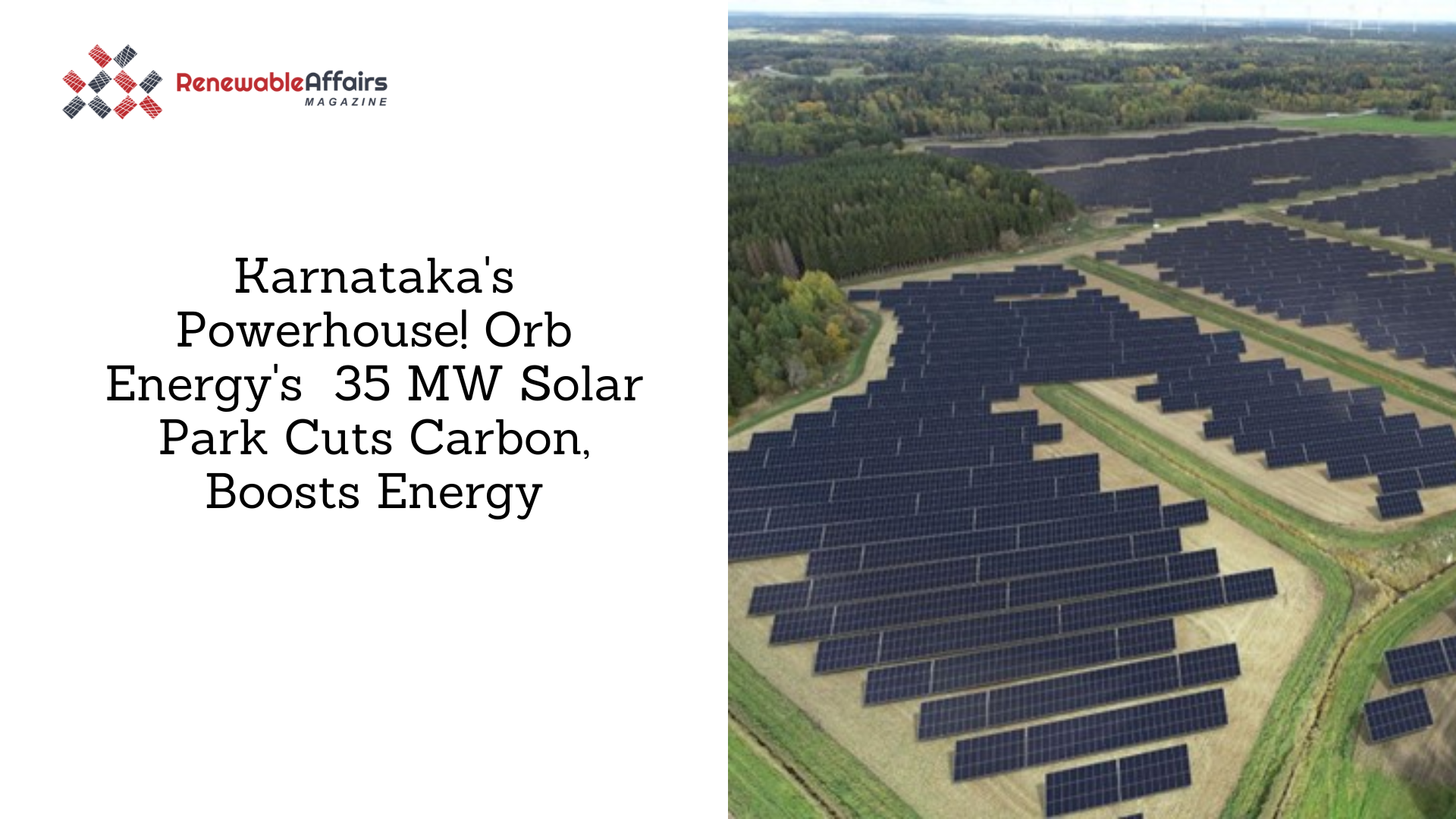




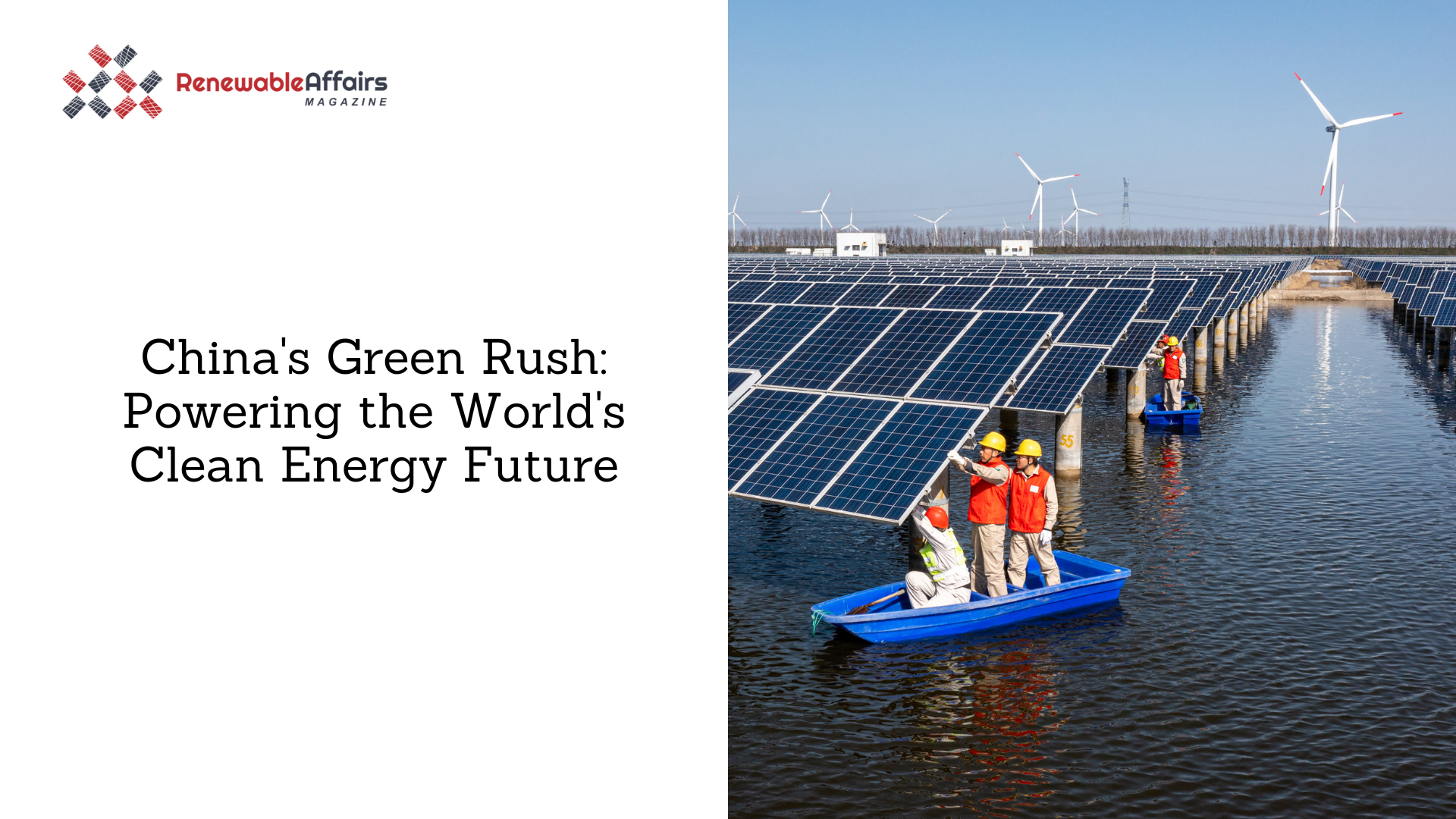
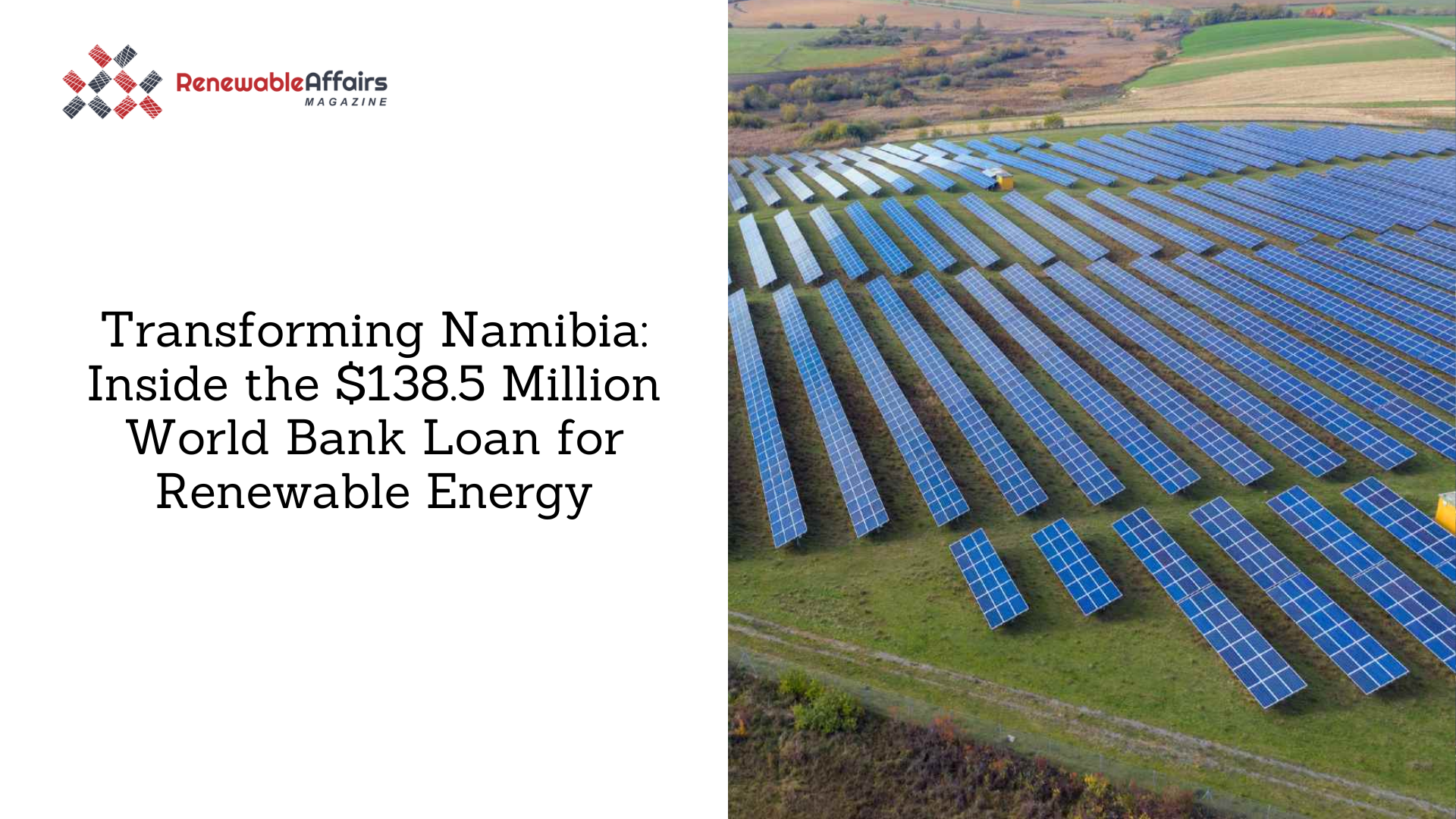
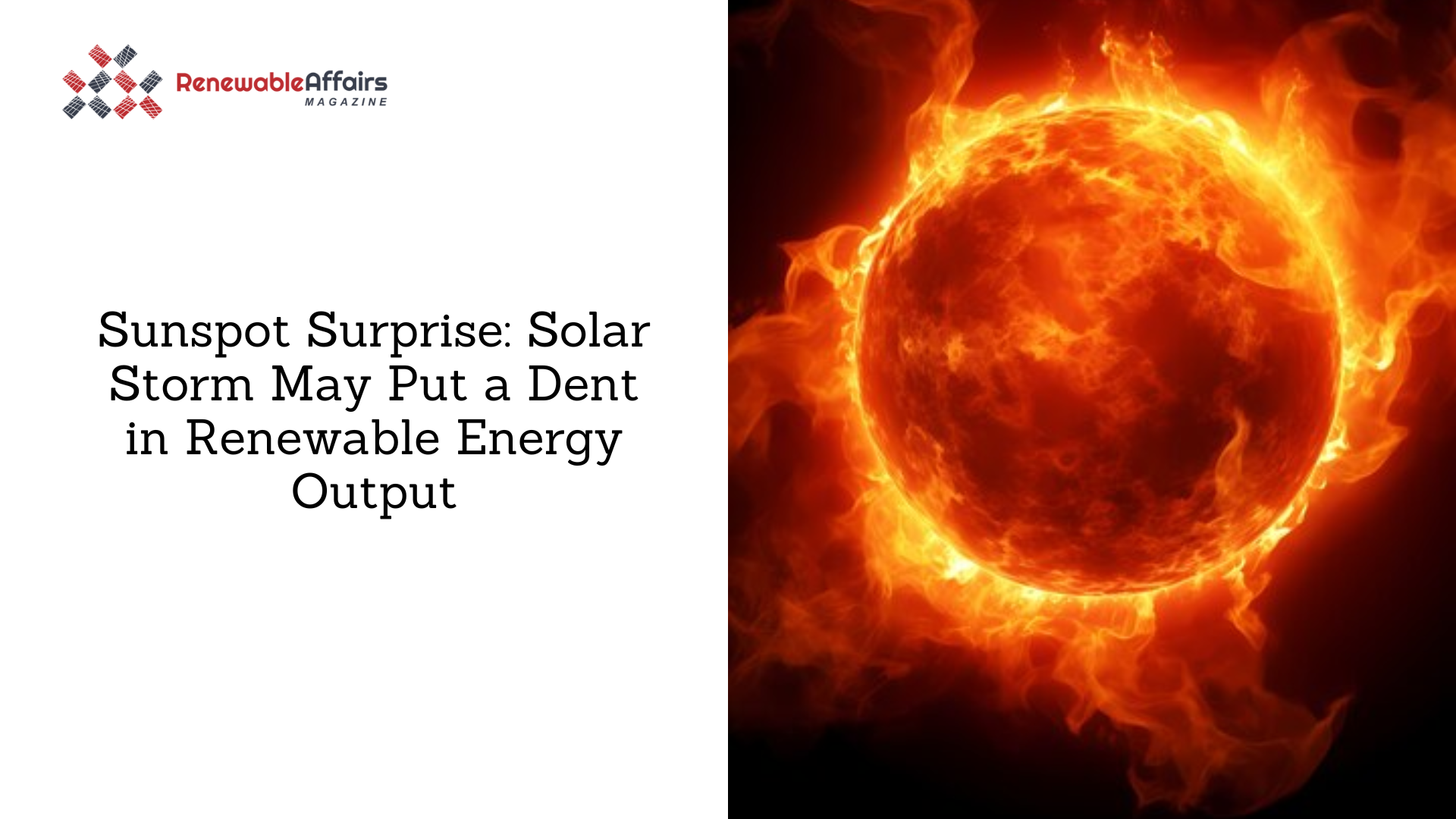

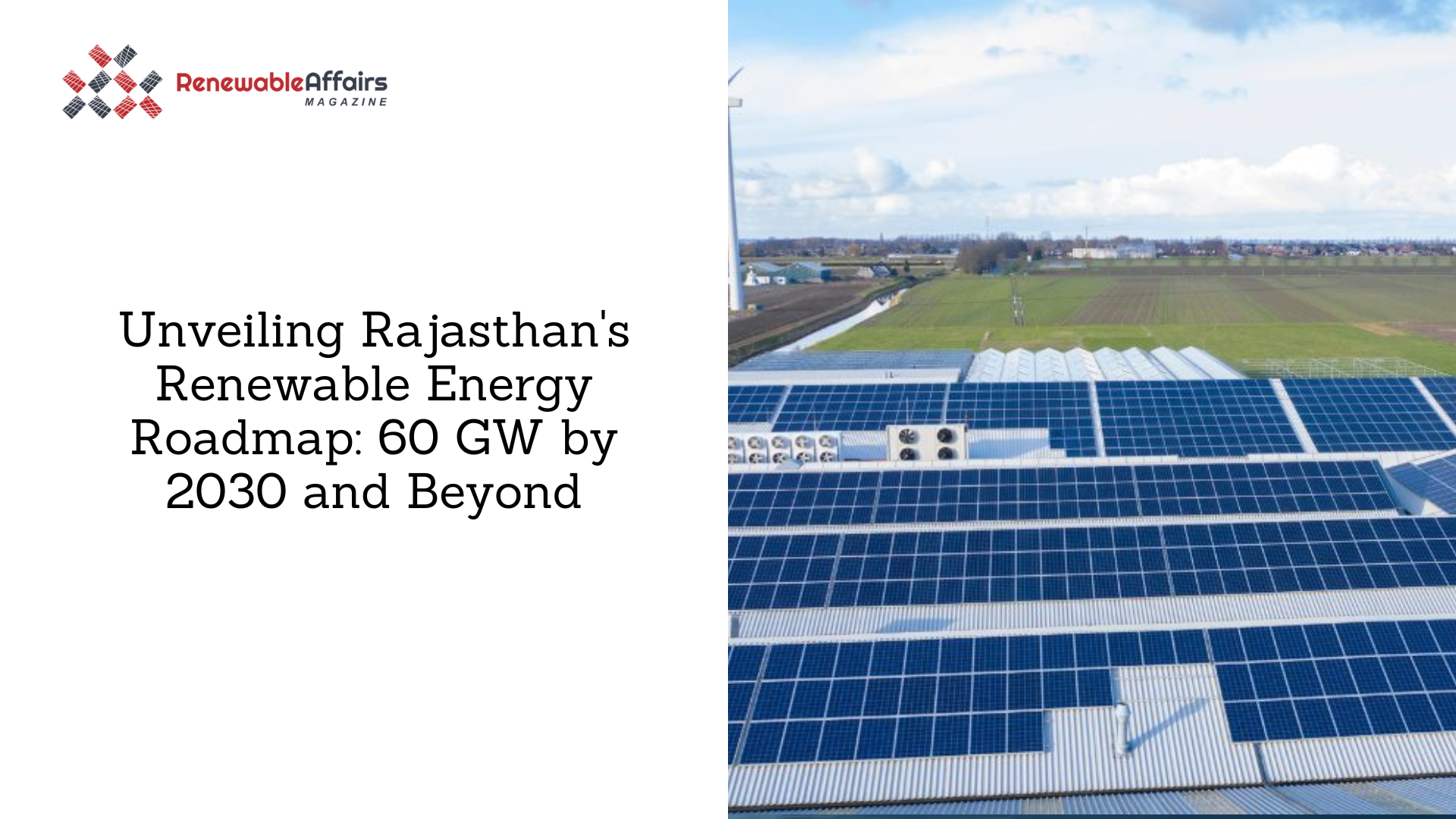

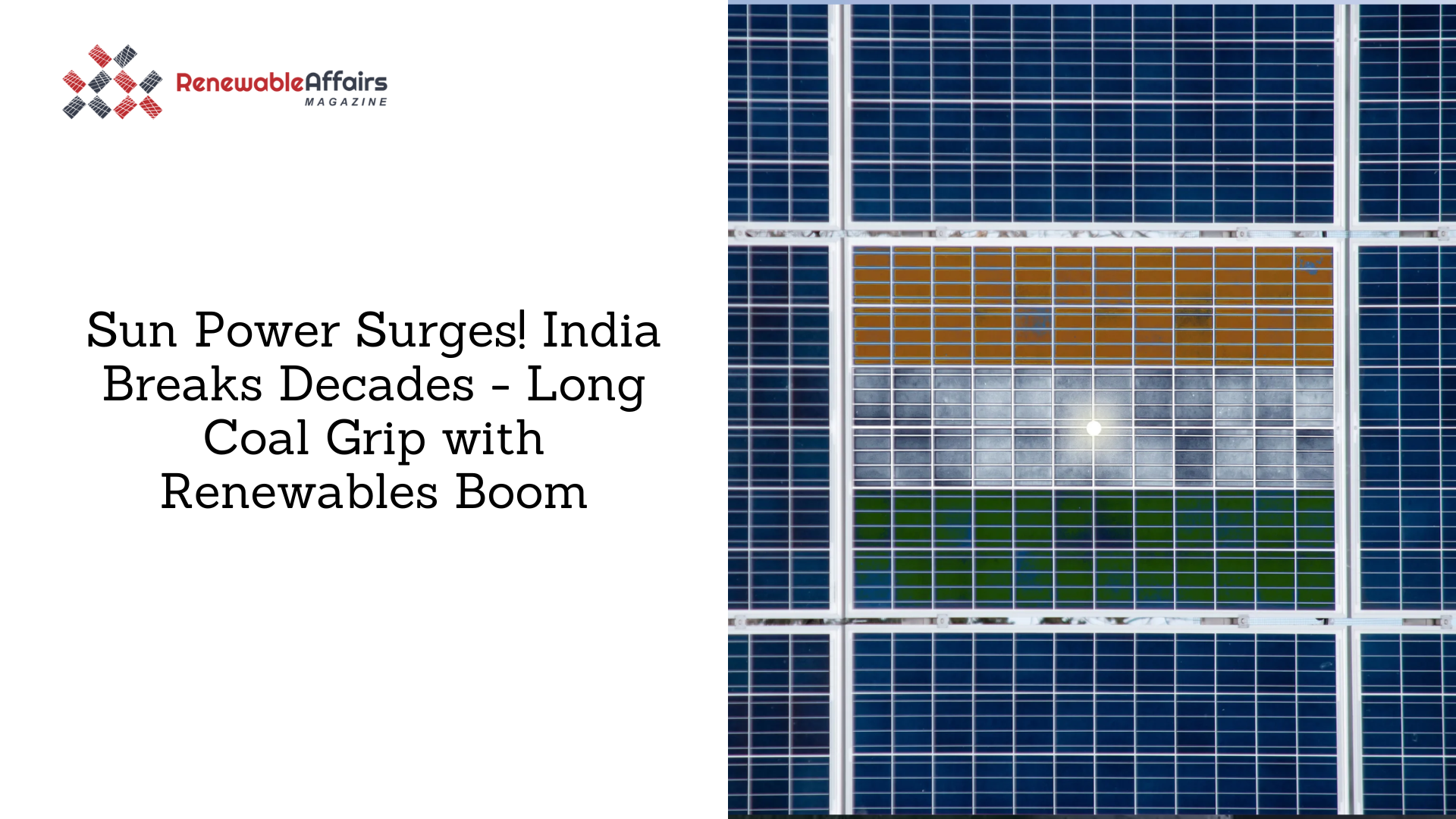


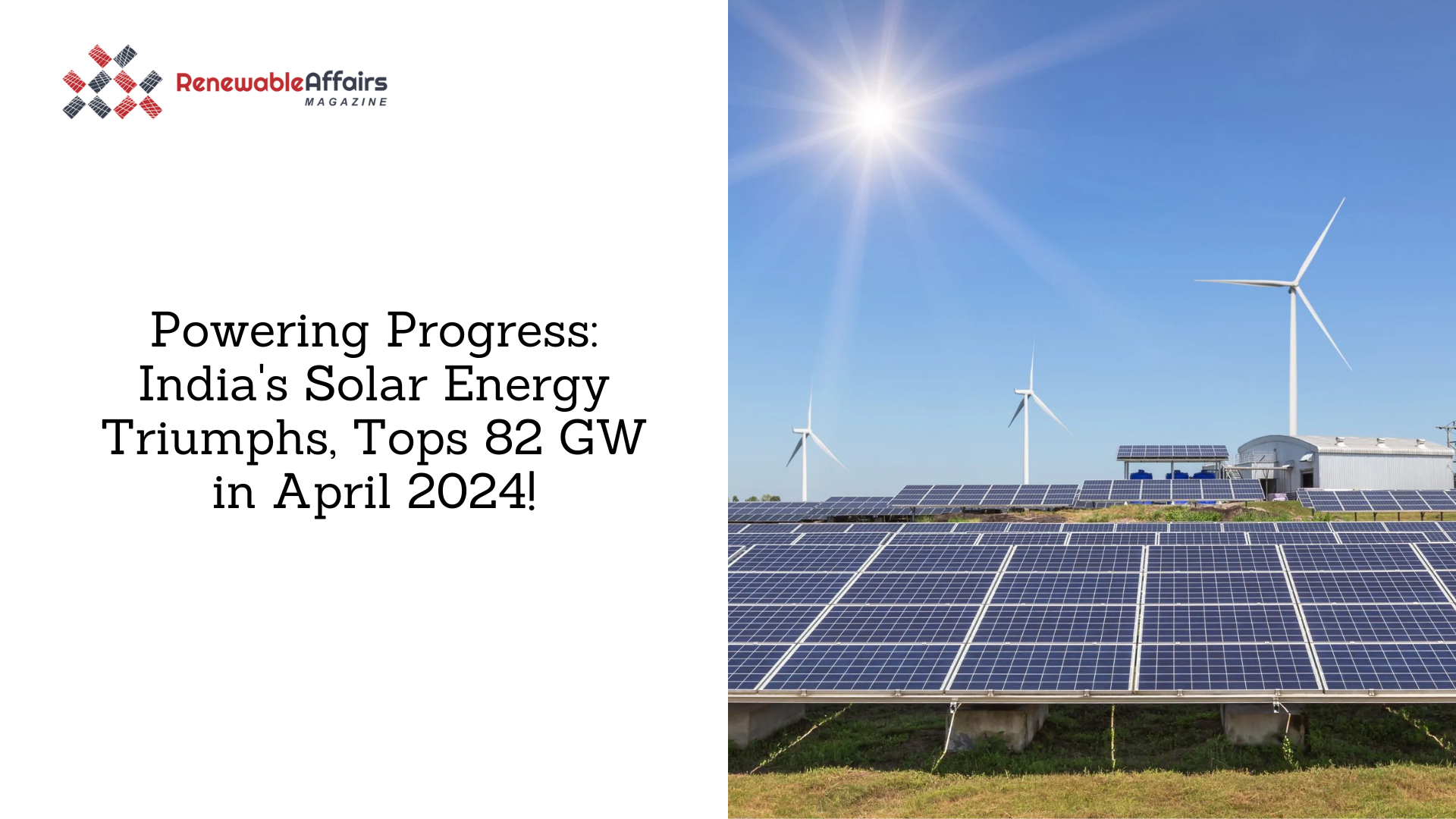
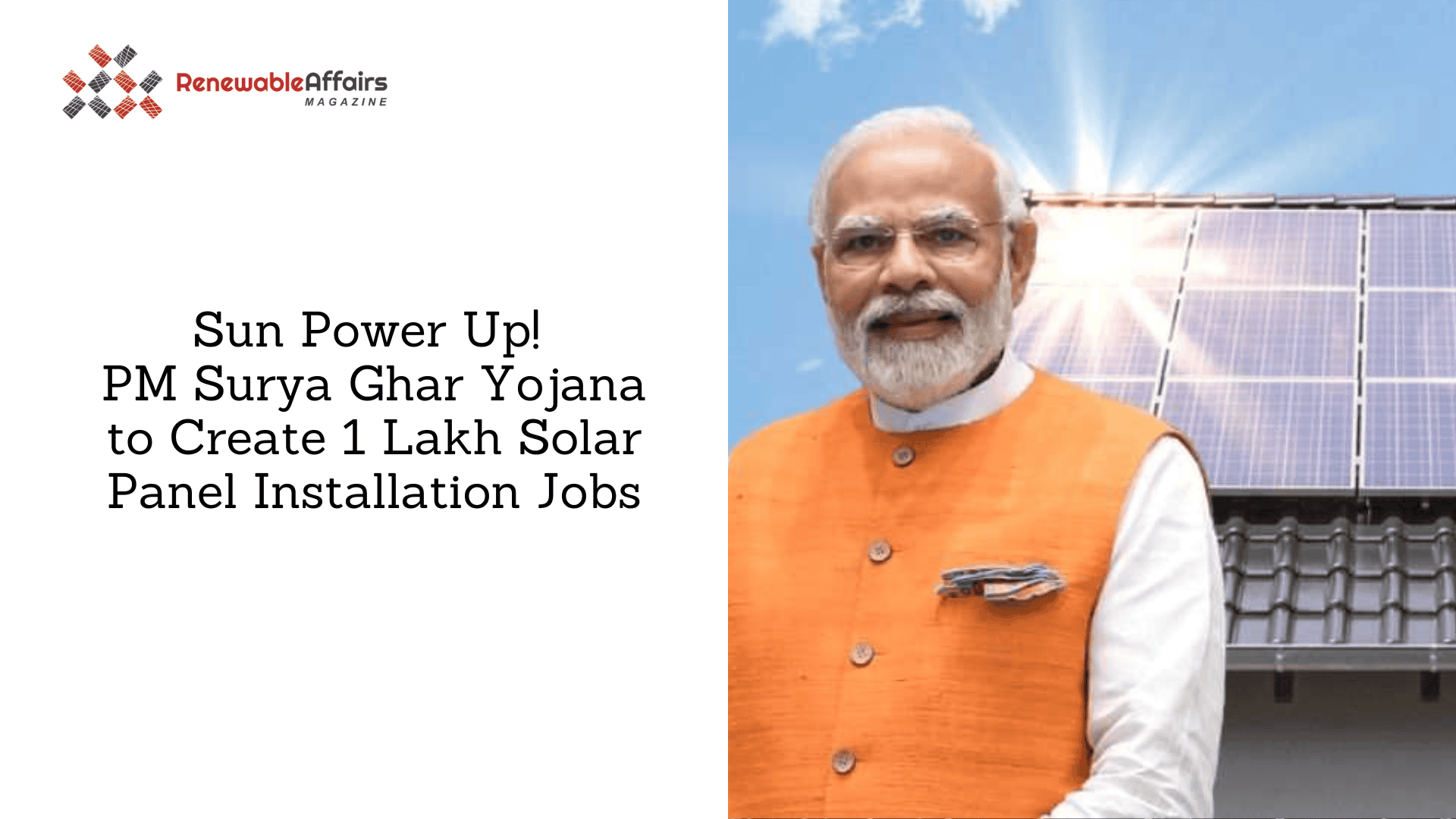







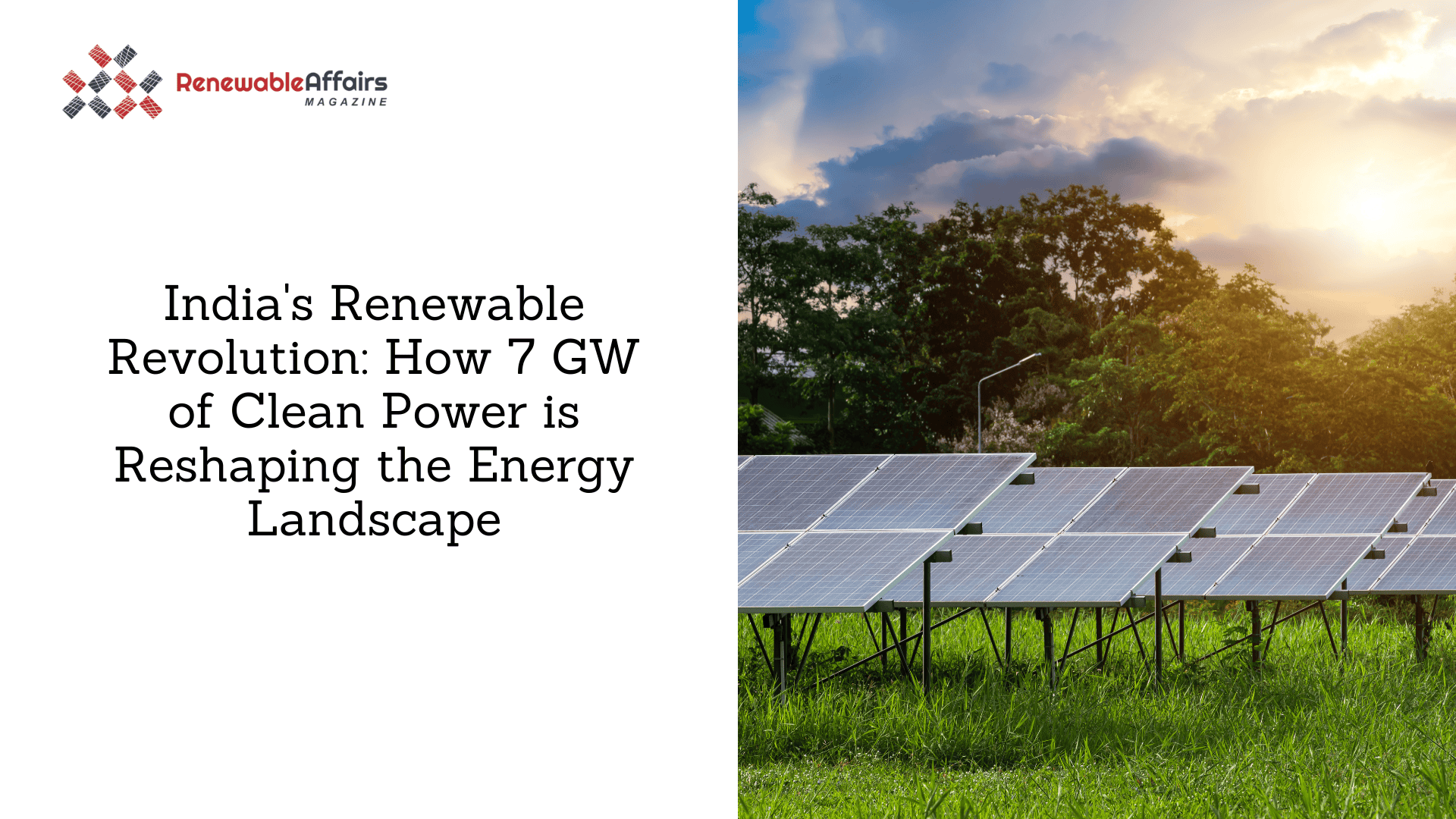


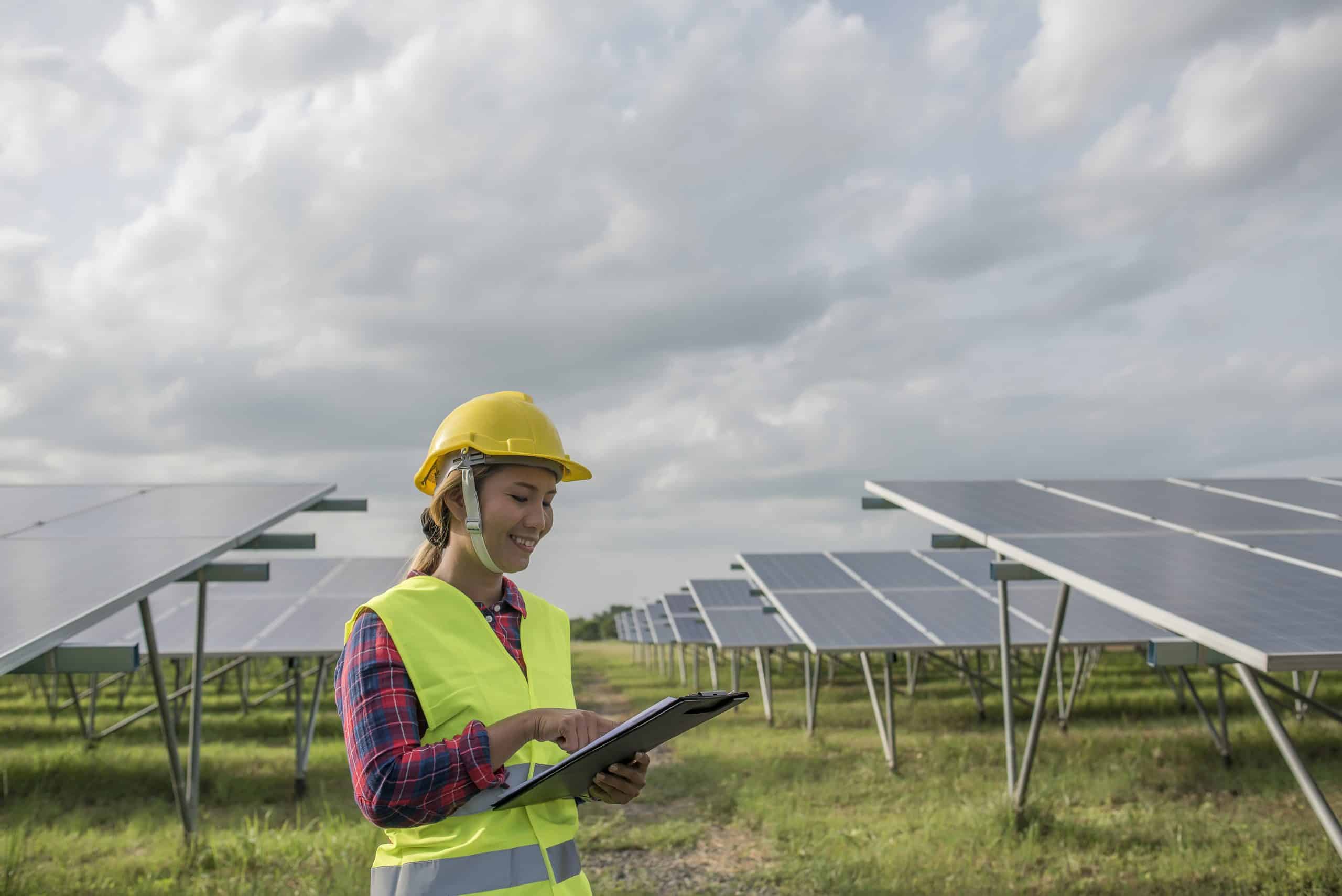

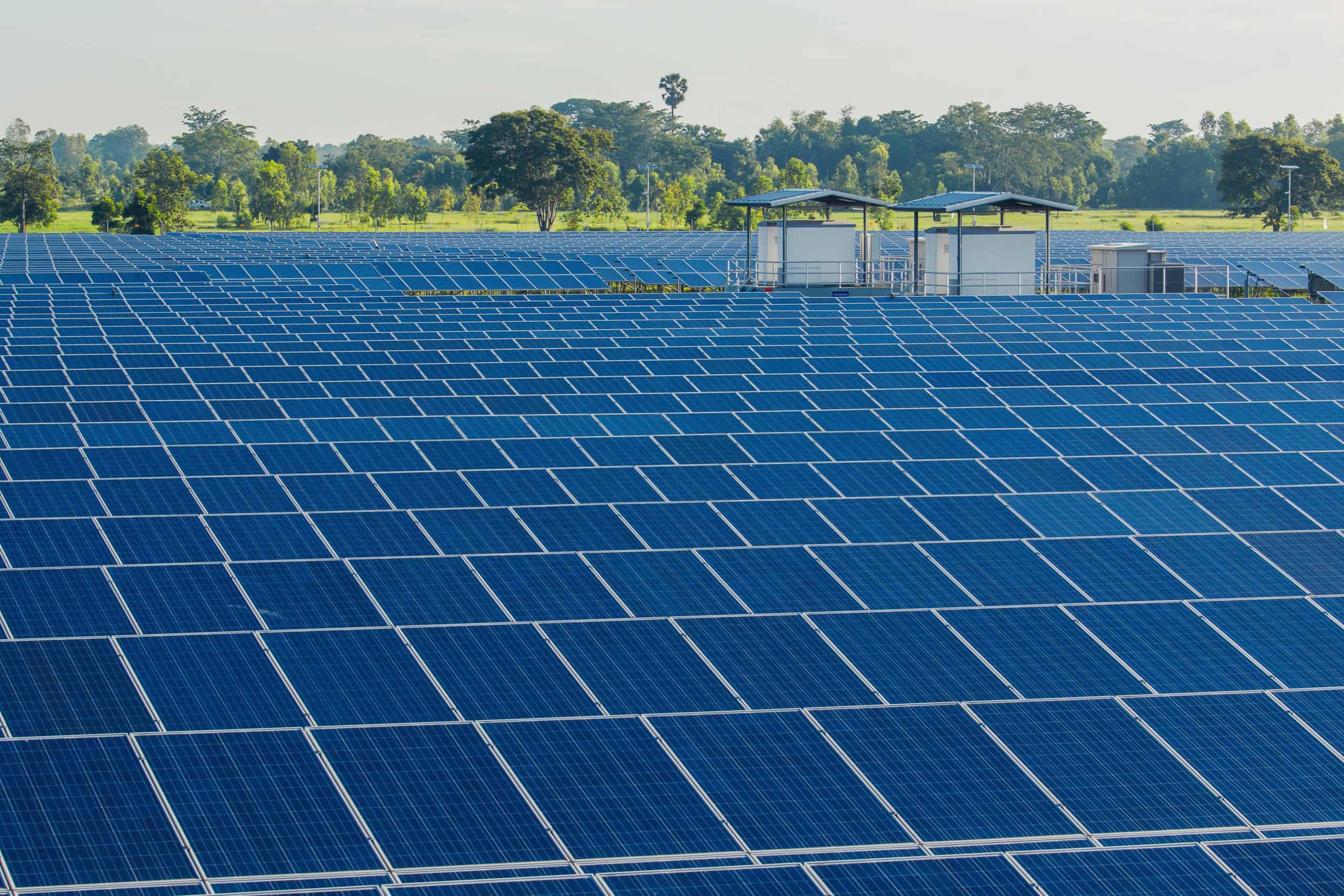




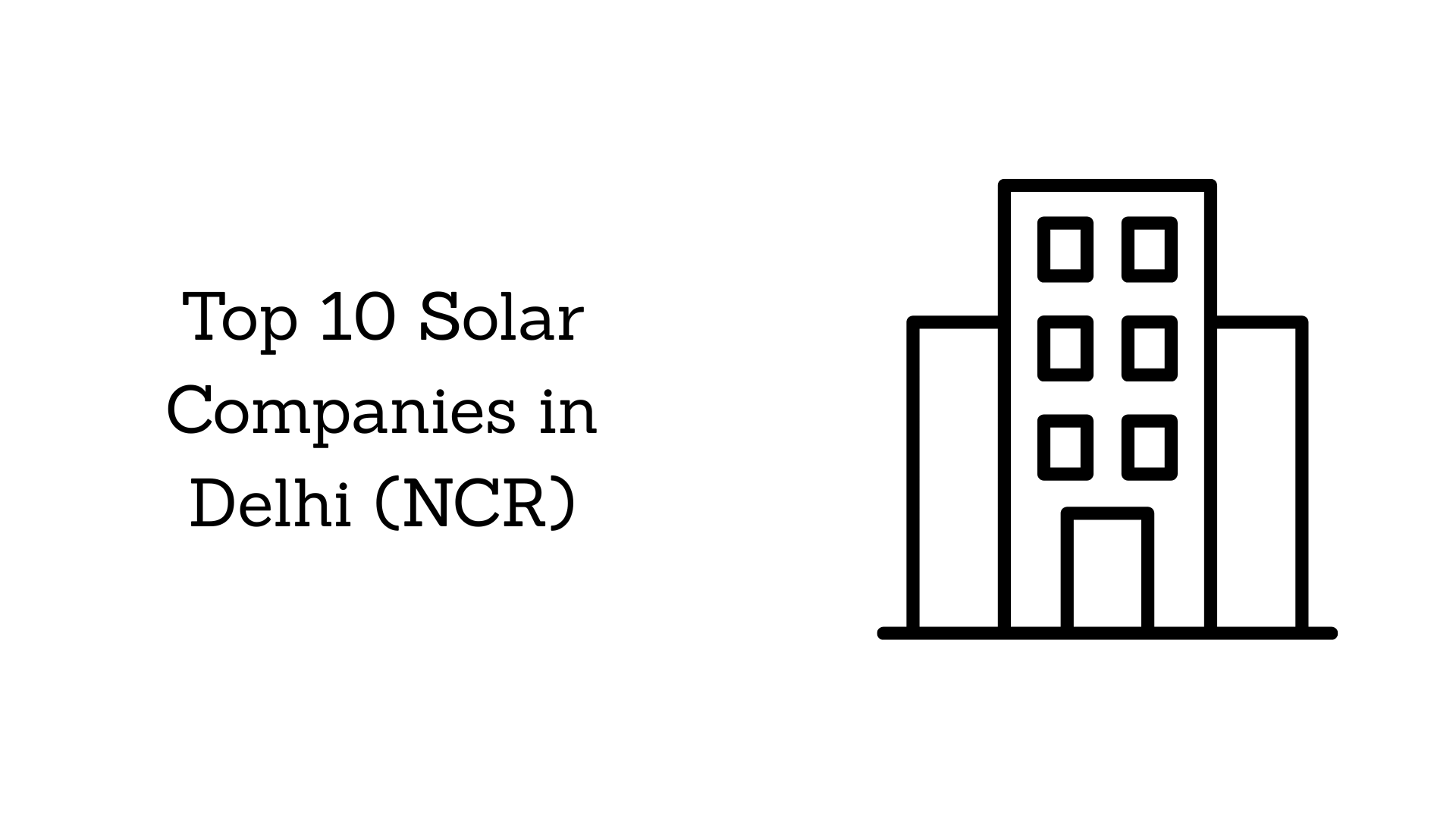




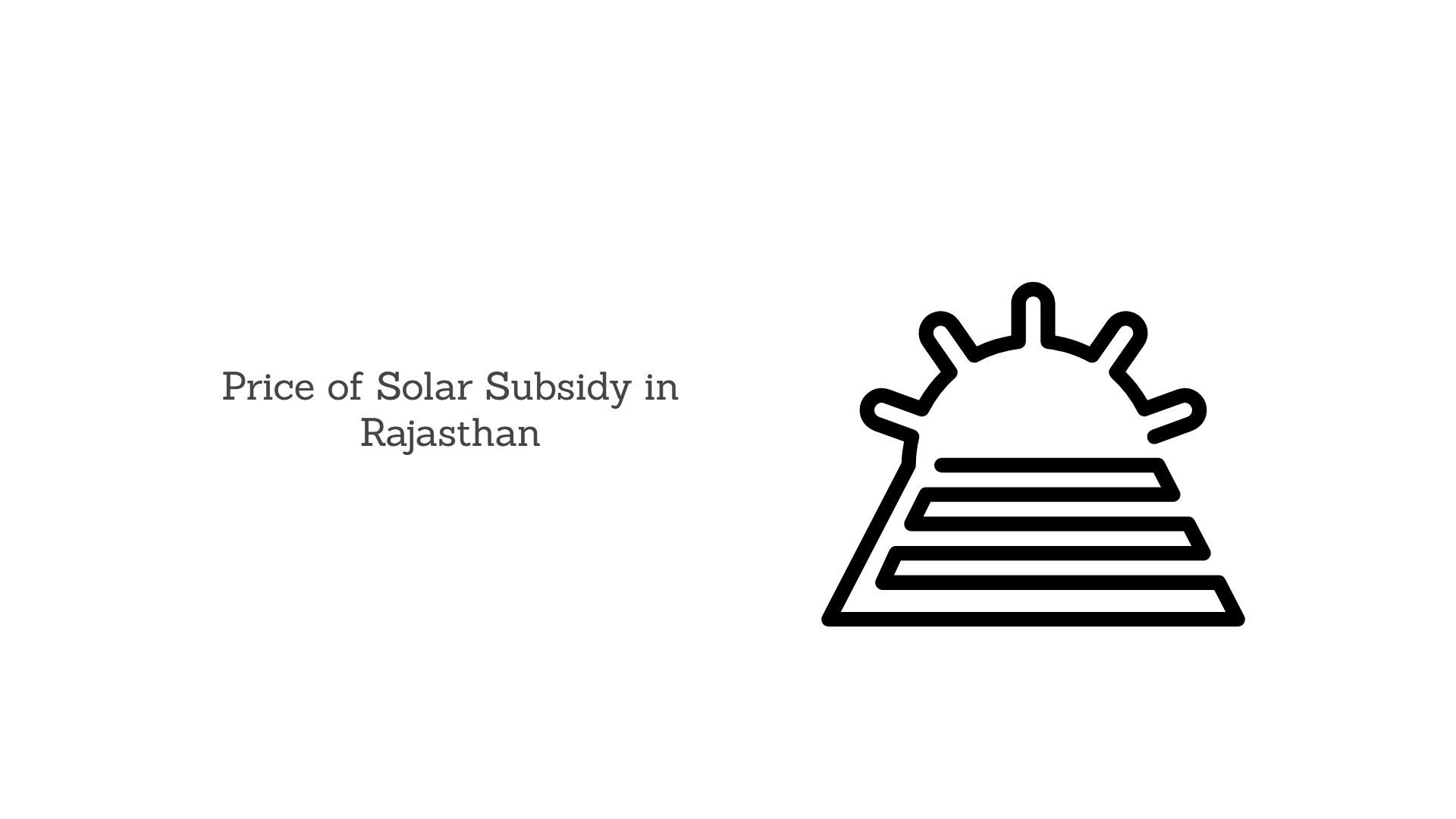
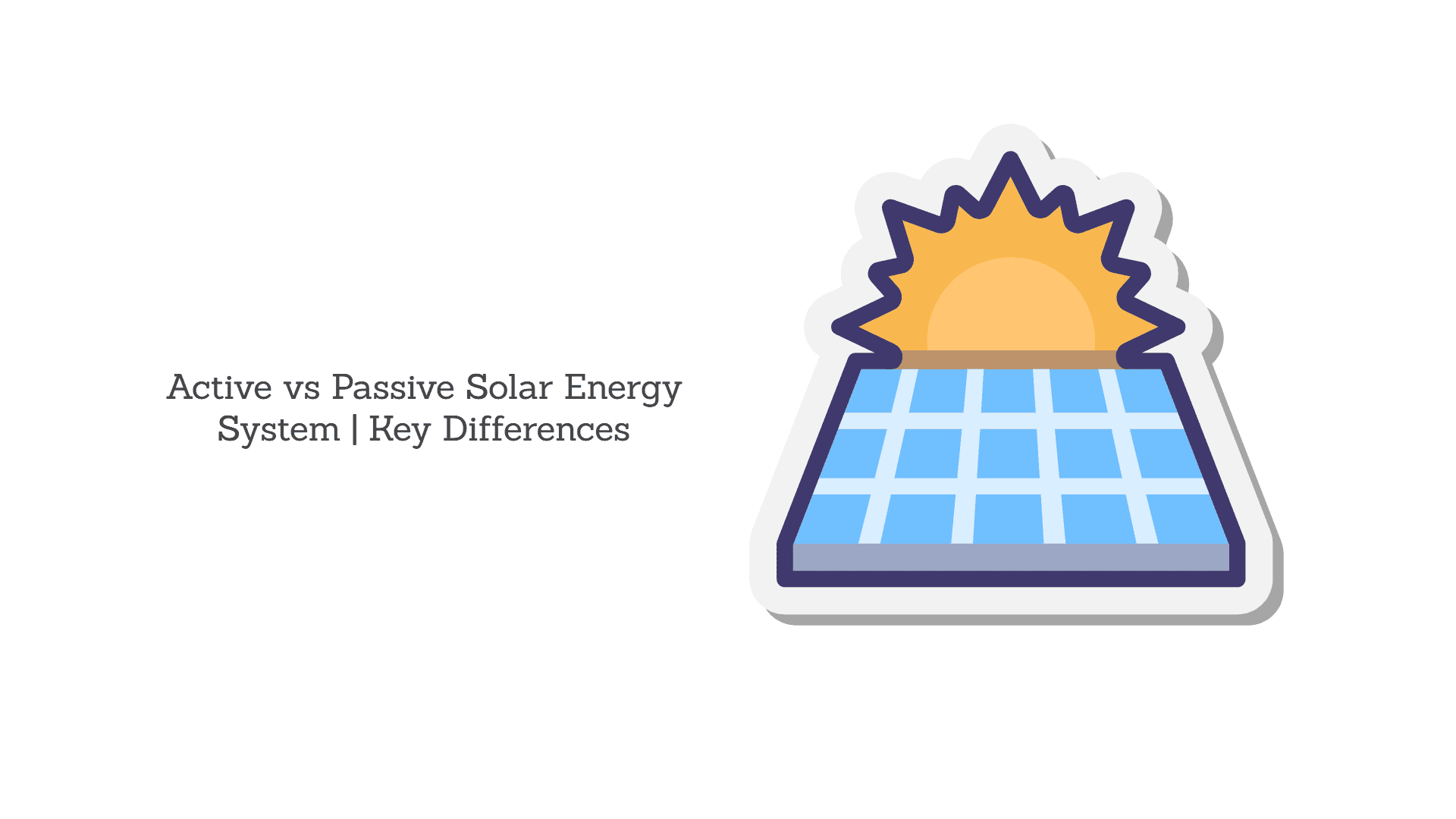

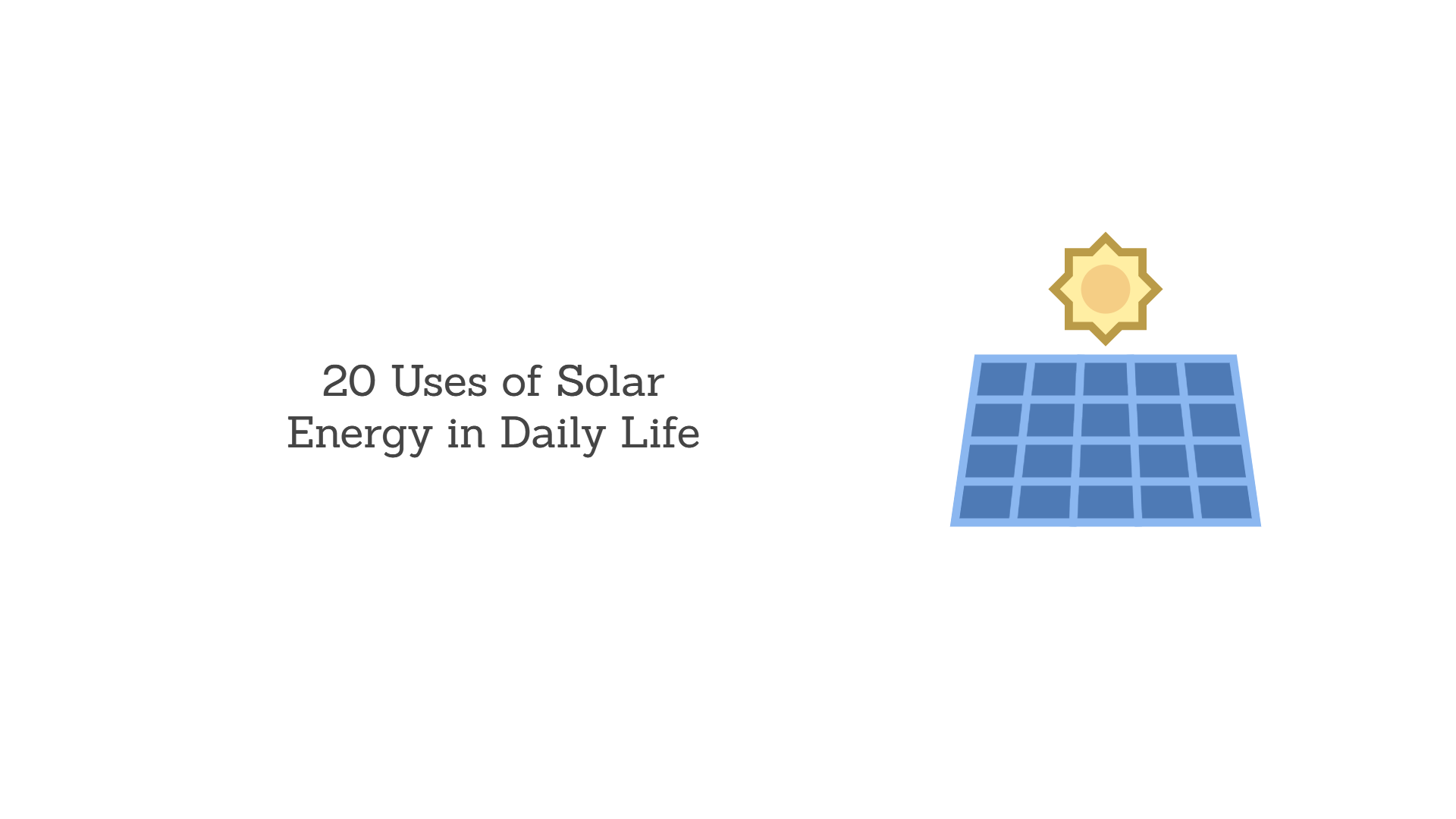




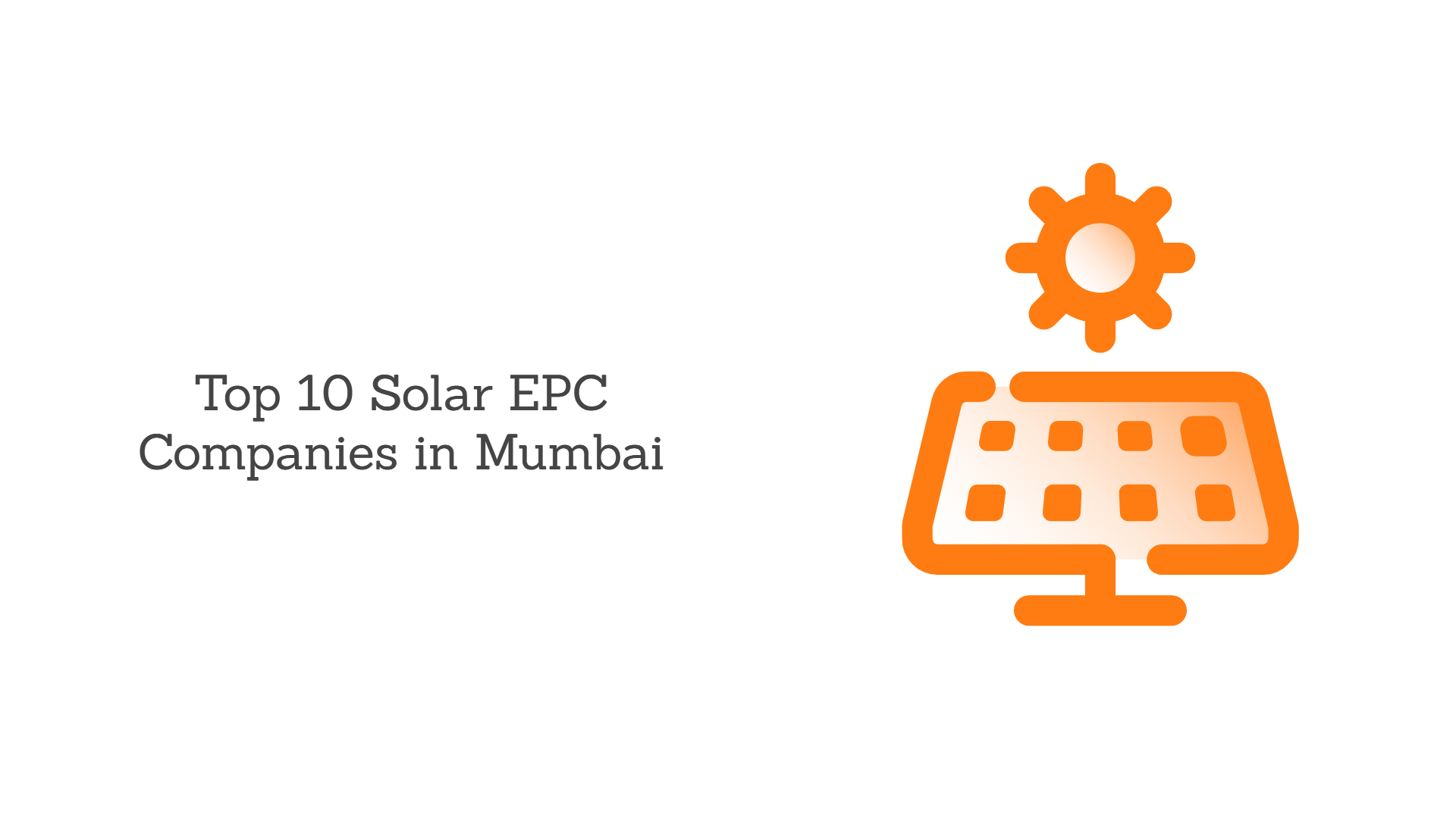
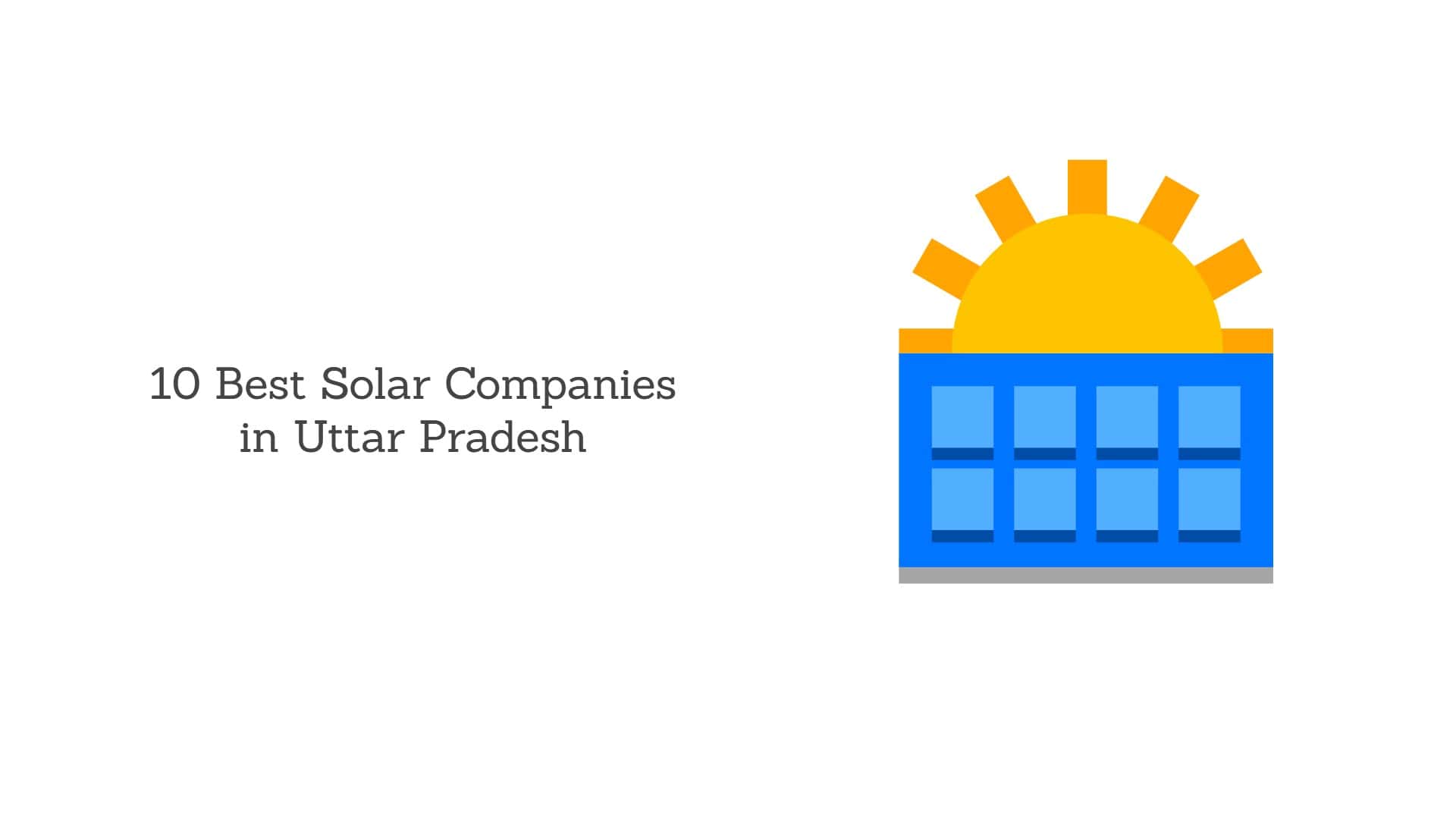
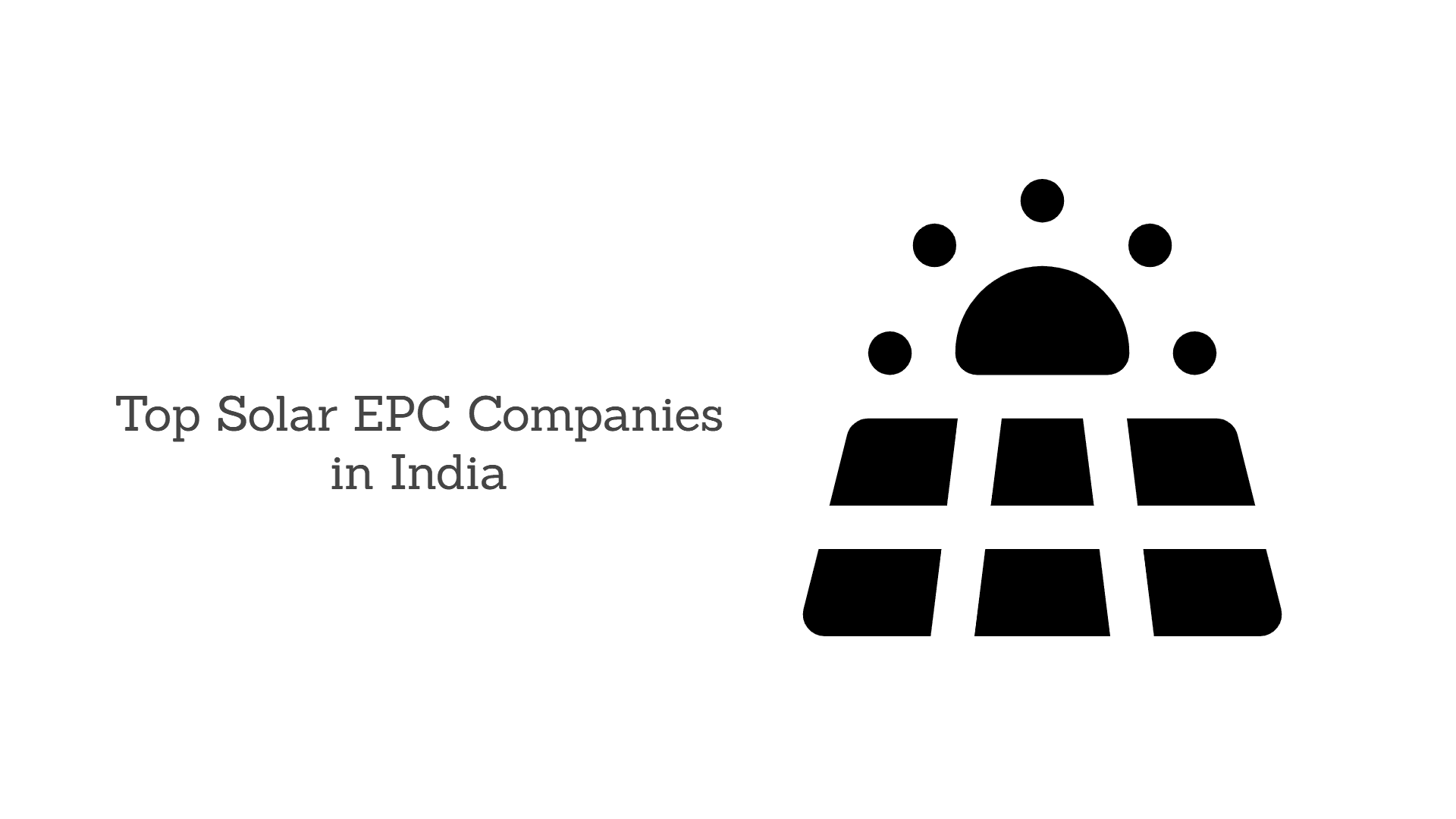

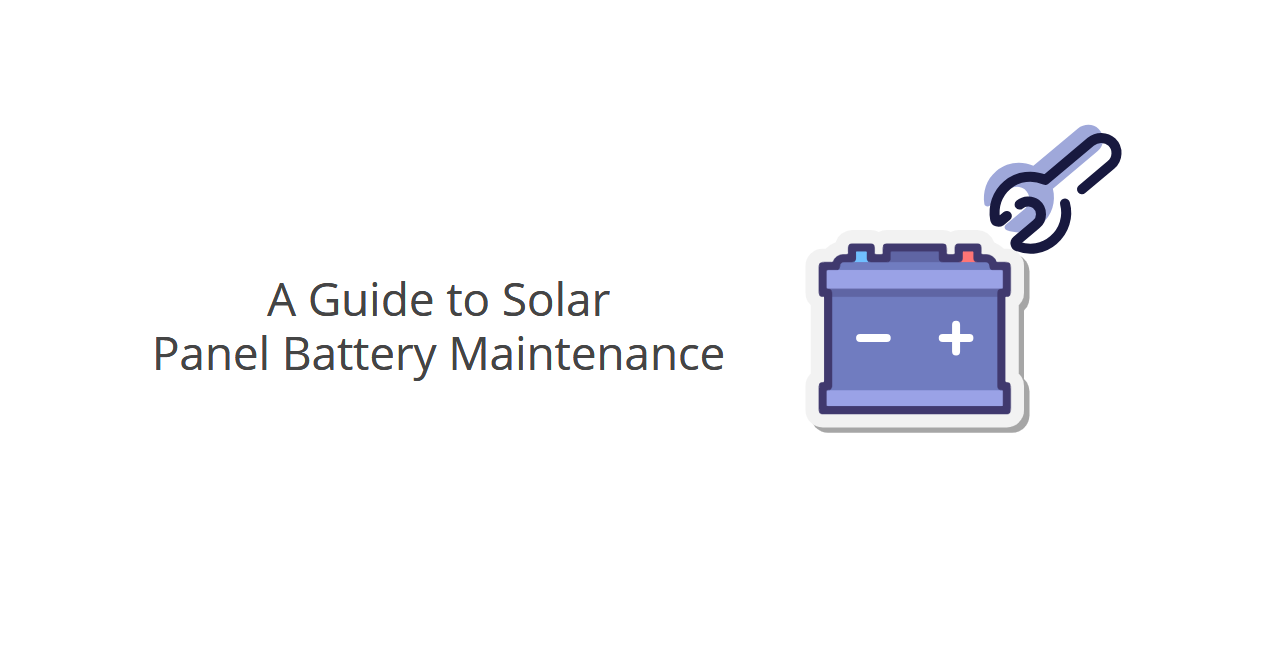
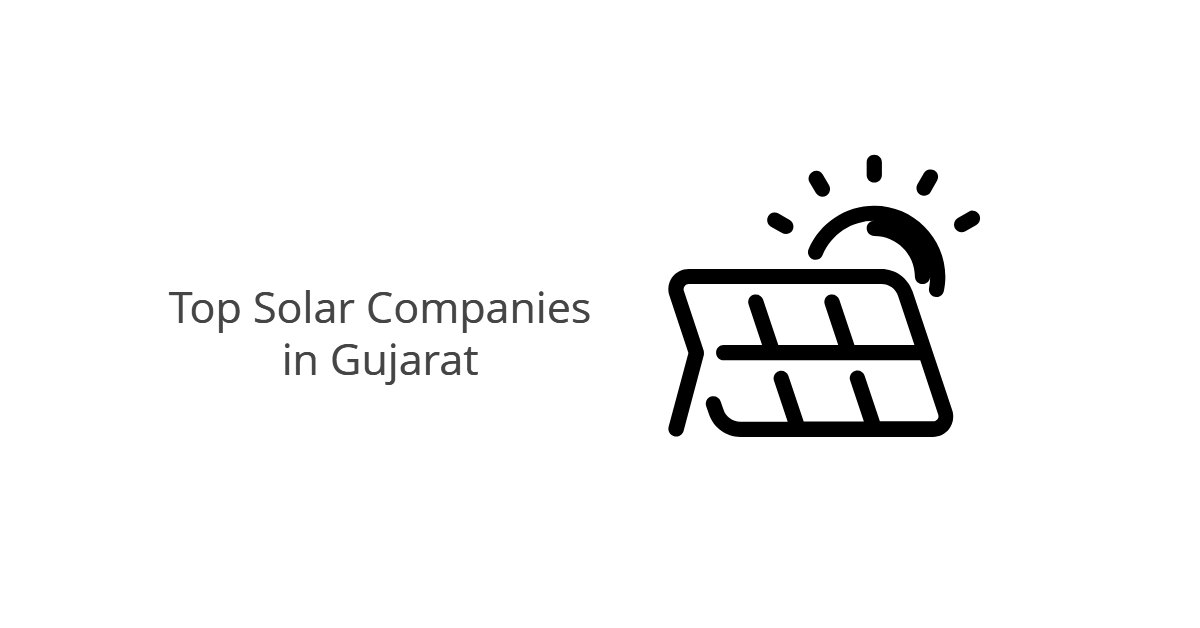



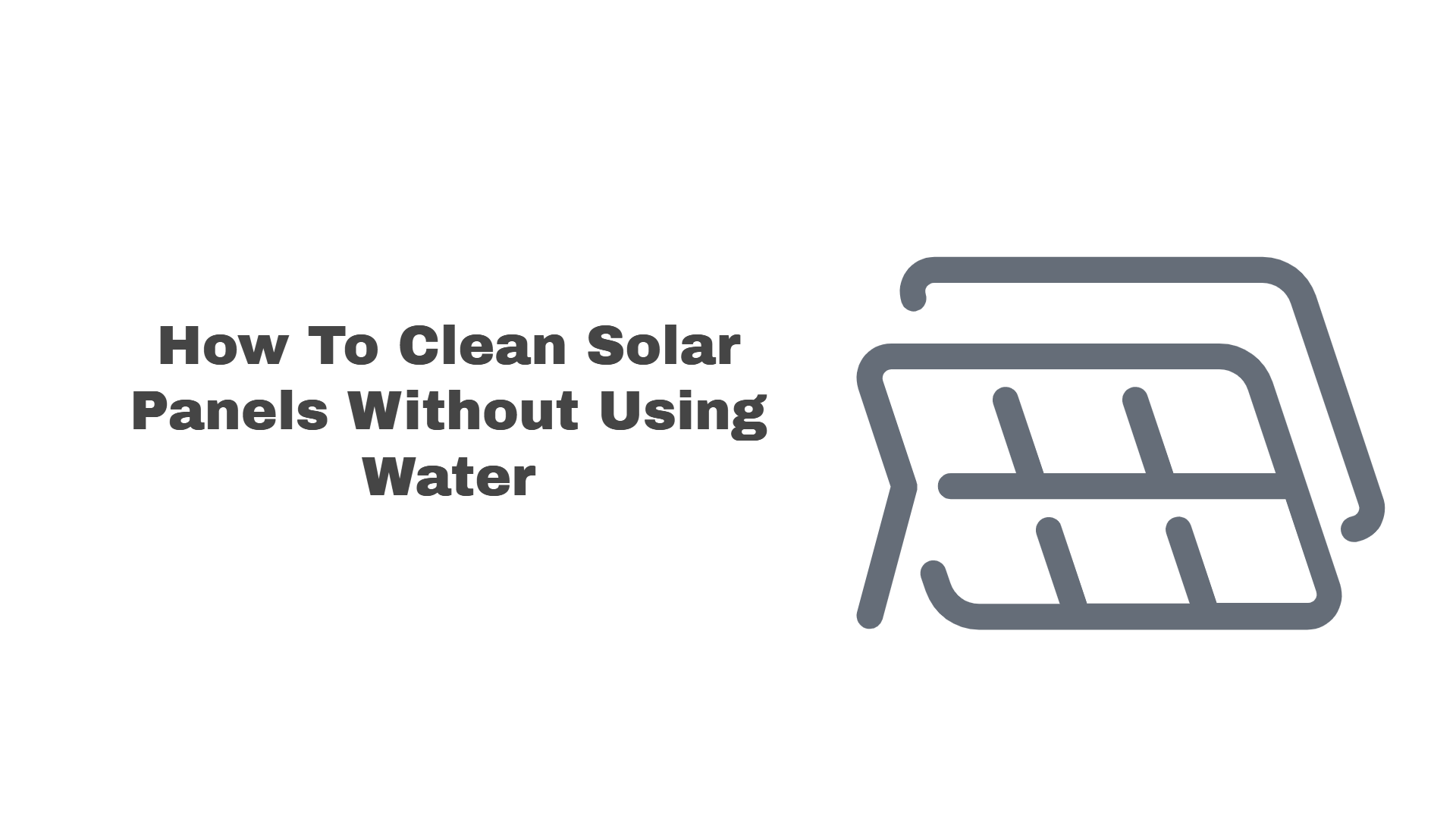
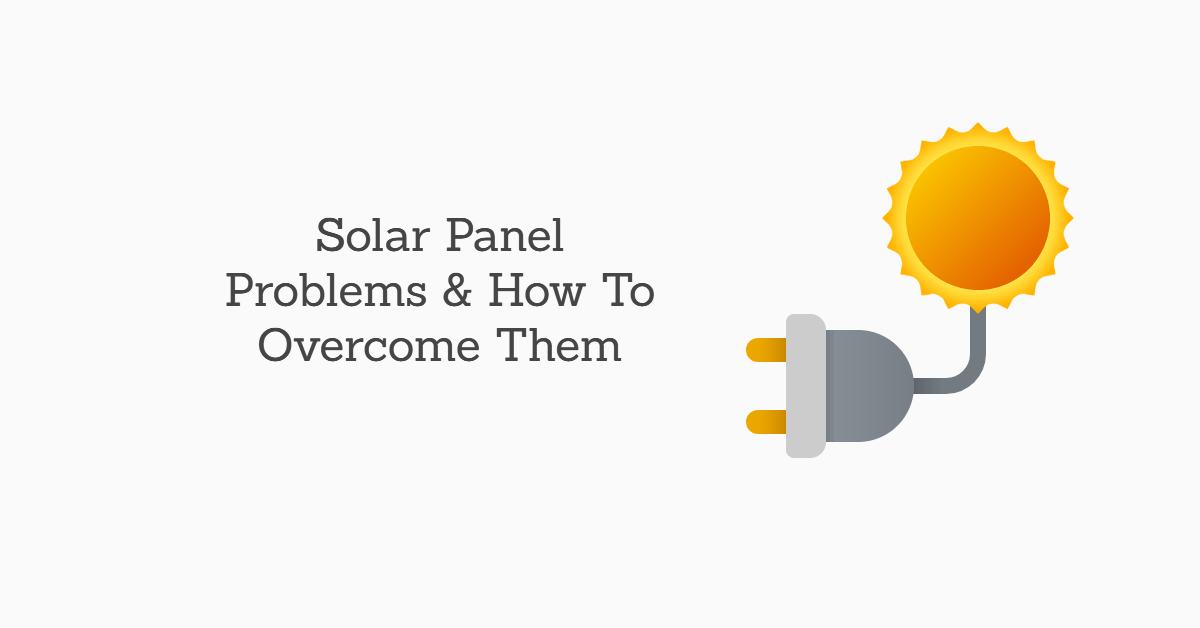

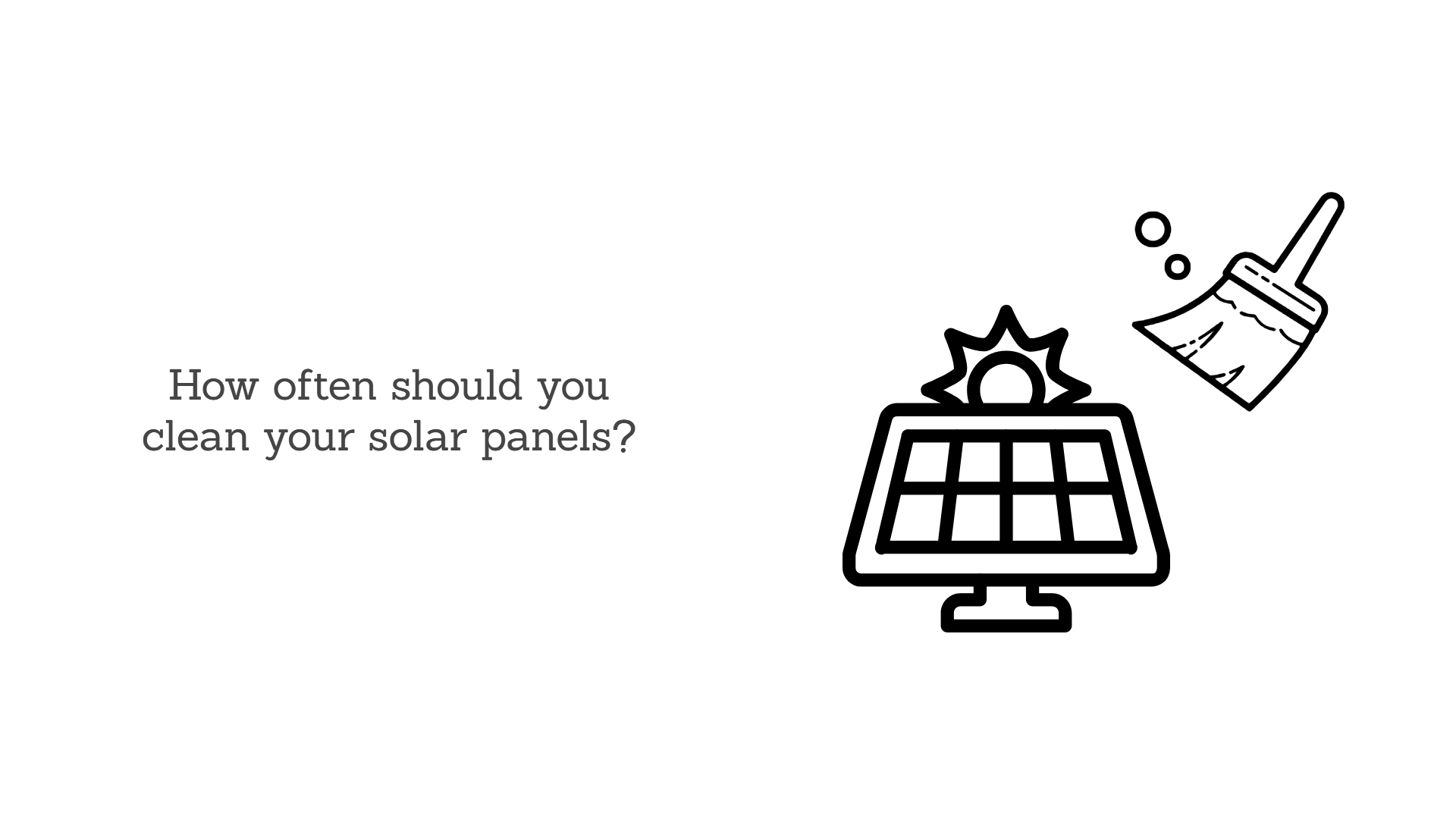
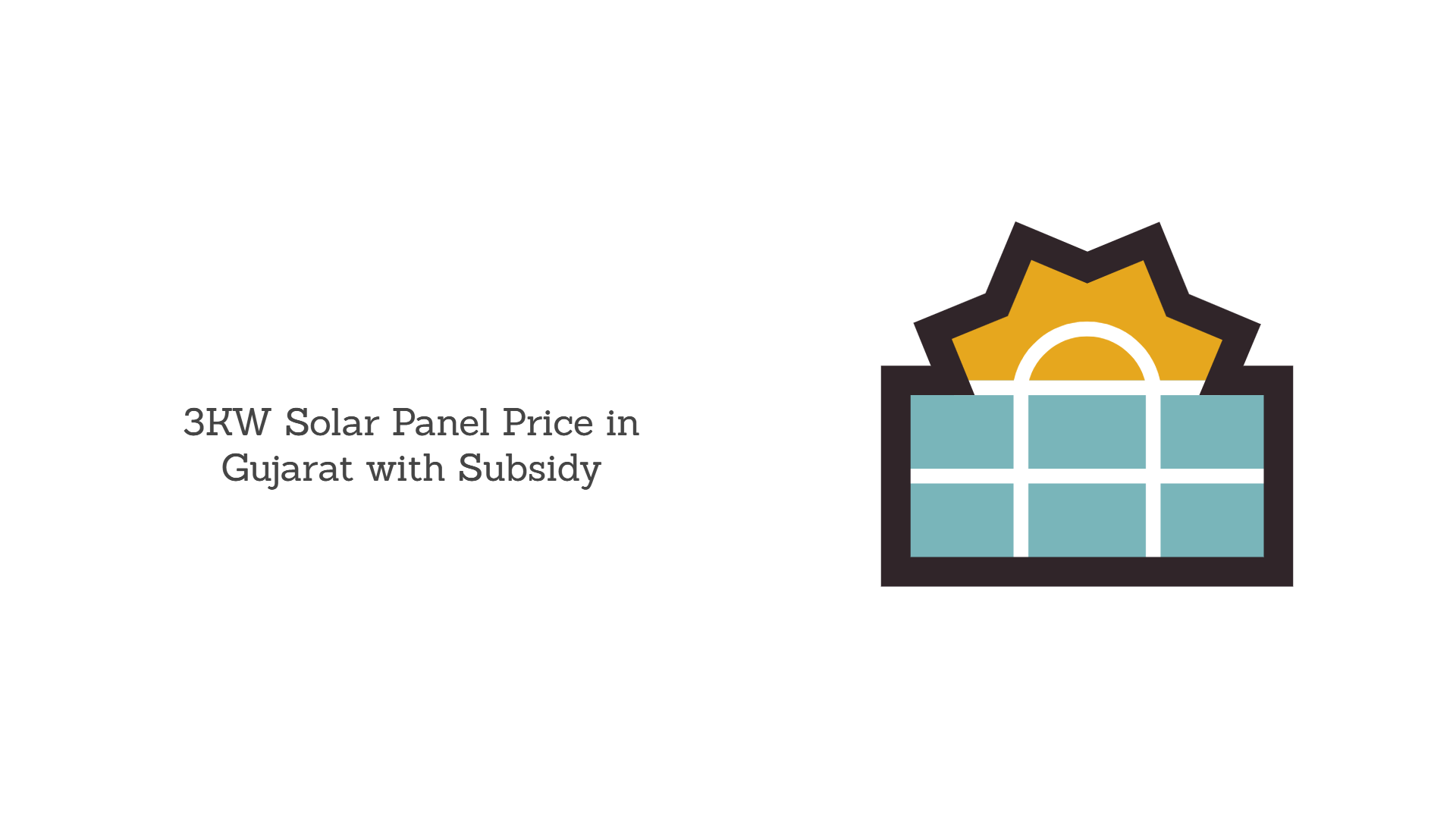
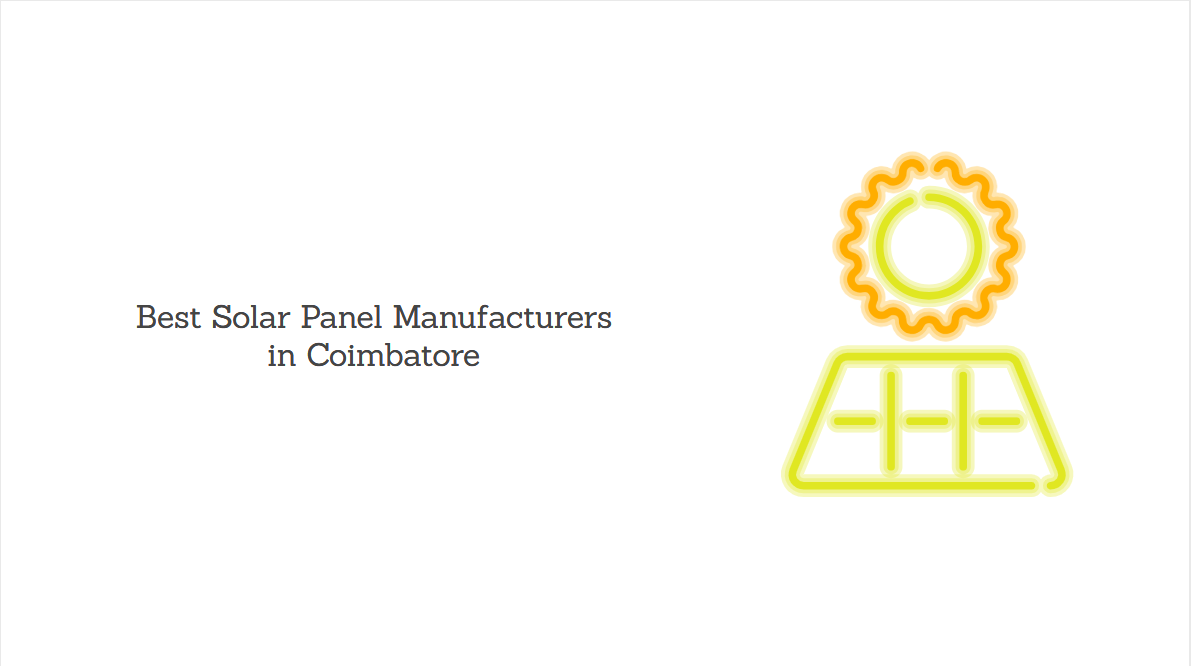
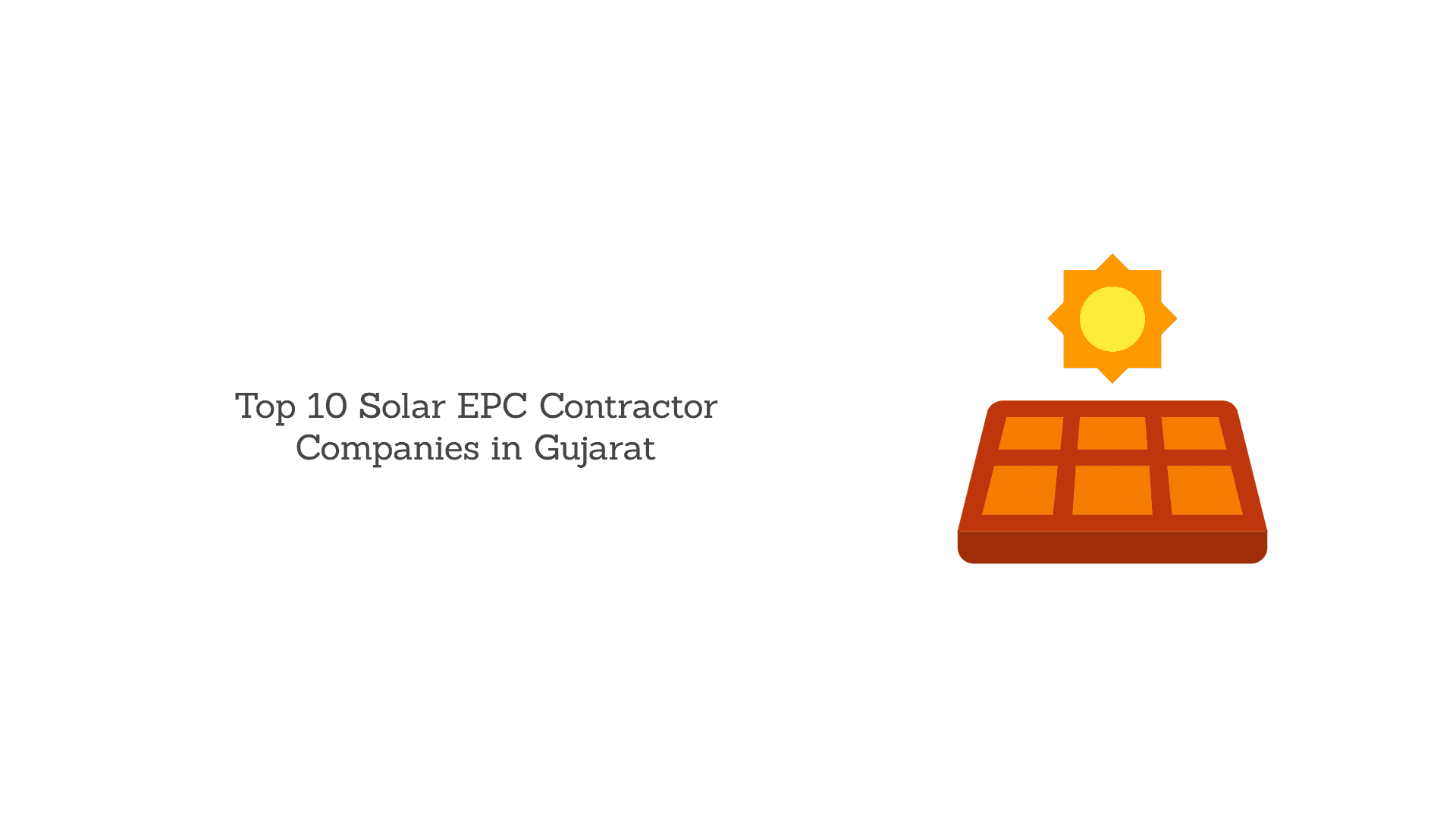
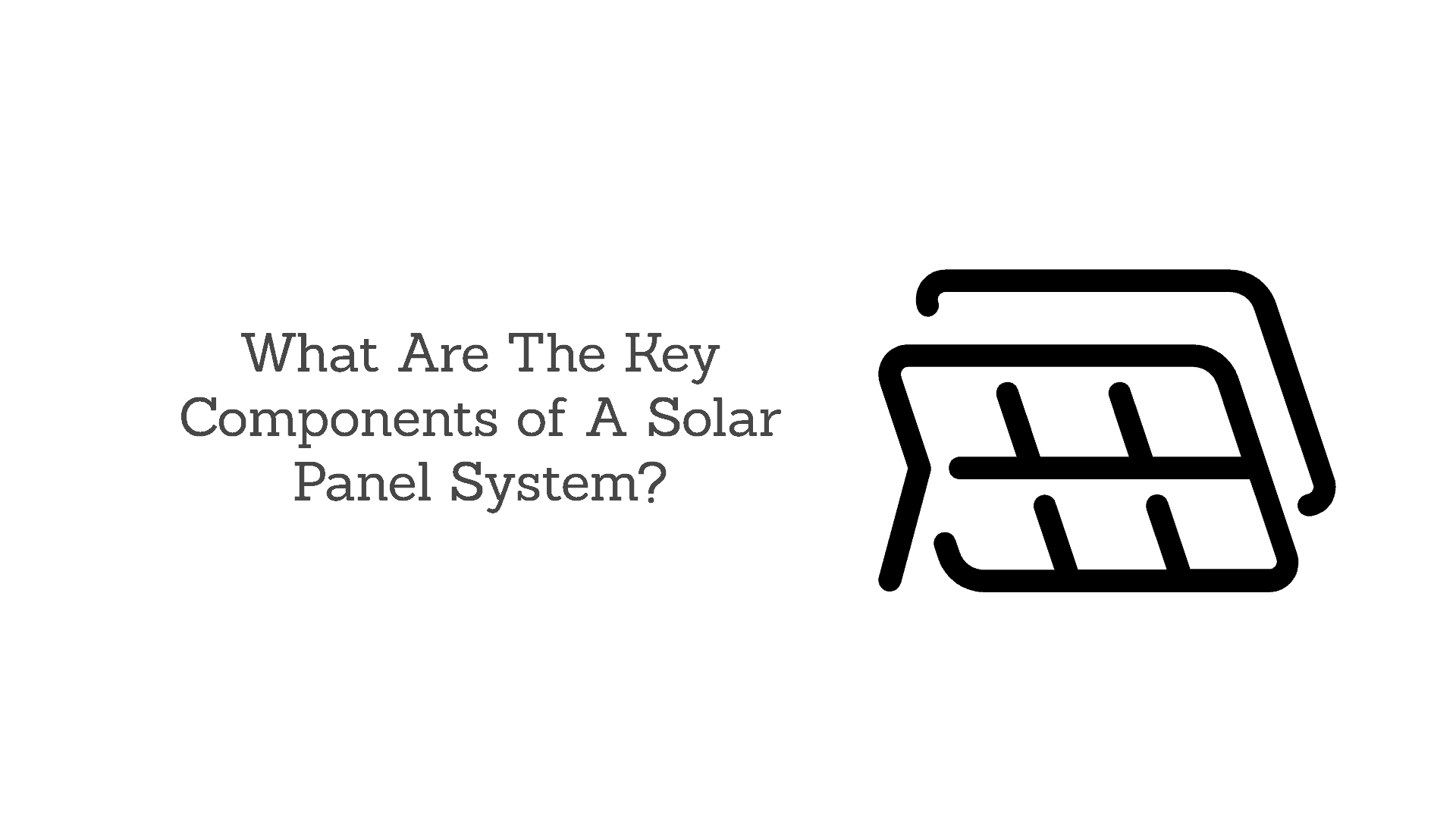
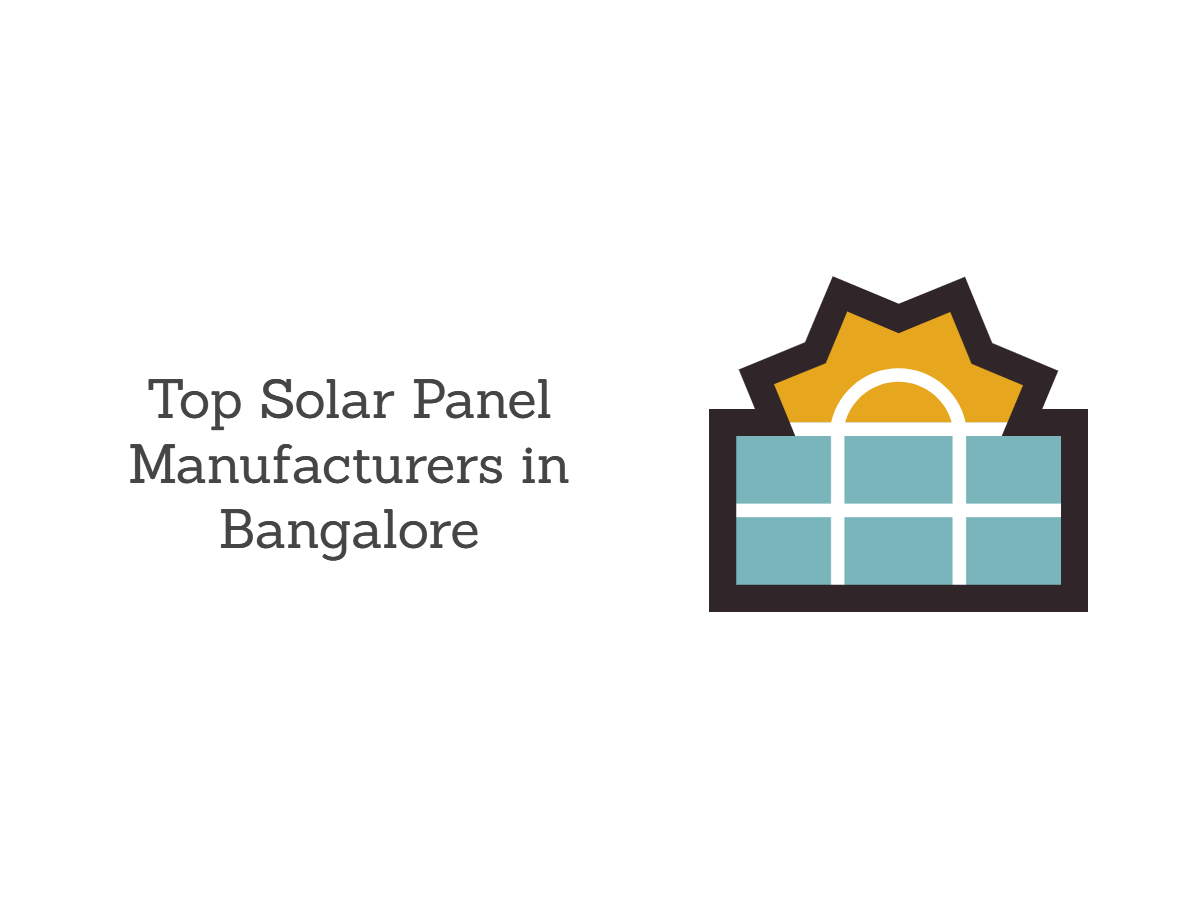






0 Comments